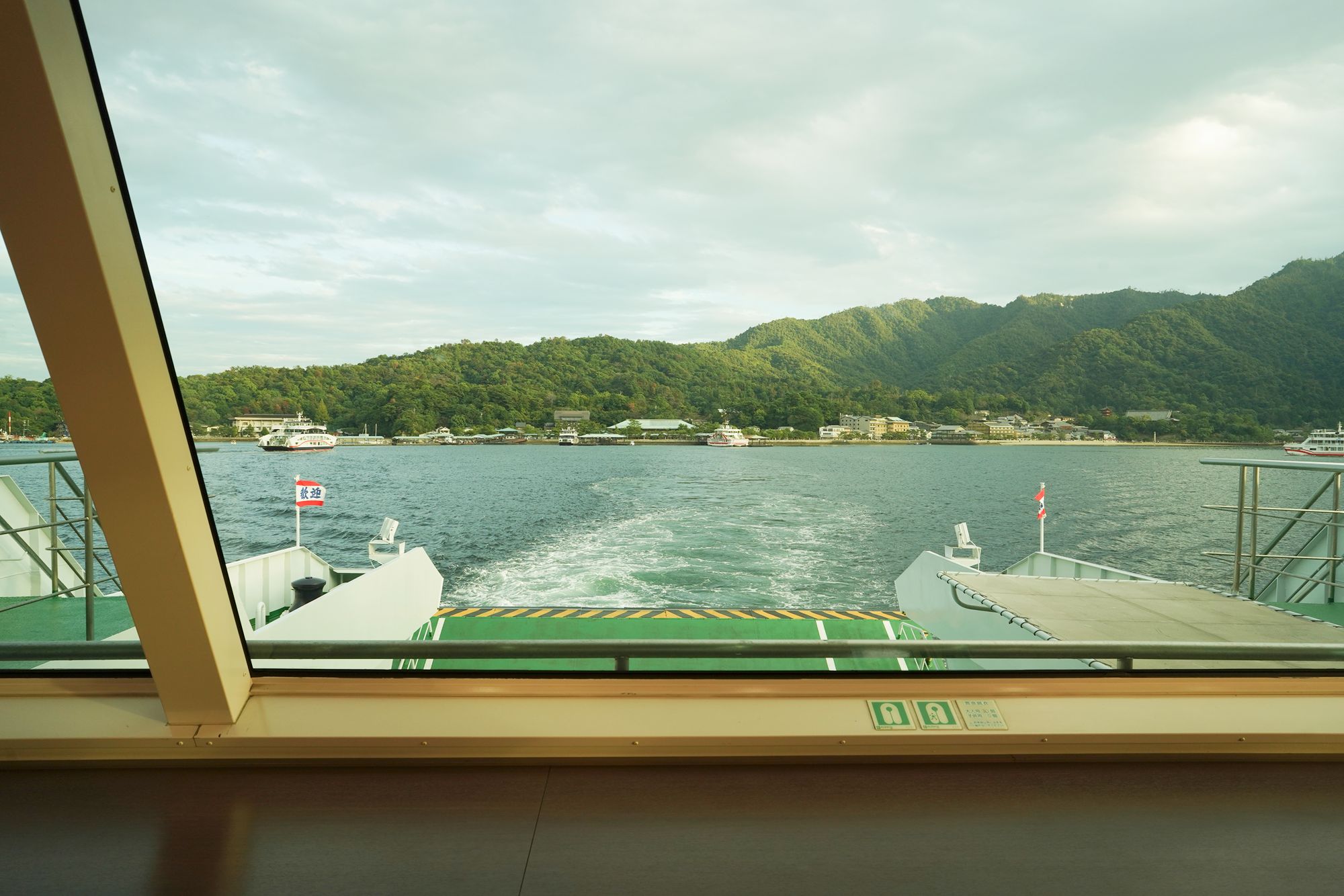Itsukushima Jinja and Daishoin Temple, Hiroshima, Japan
Itsukushima Jinja is a famous shrine with a “floating” torii gate, while Daishoin is a serene Buddhist temple on the sacred Miyajima Island. 1005
Daishoin Temple: 210 Miyajimacho, Hatsukaichi, Hiroshima 739-0588, Japan
Date Picture Taken: October, 2024
I took a tram and a boat from Hiroshima city center to reach Miyajima Island, home to Itsukushima Jinja Shrine and Daishoin Temple.
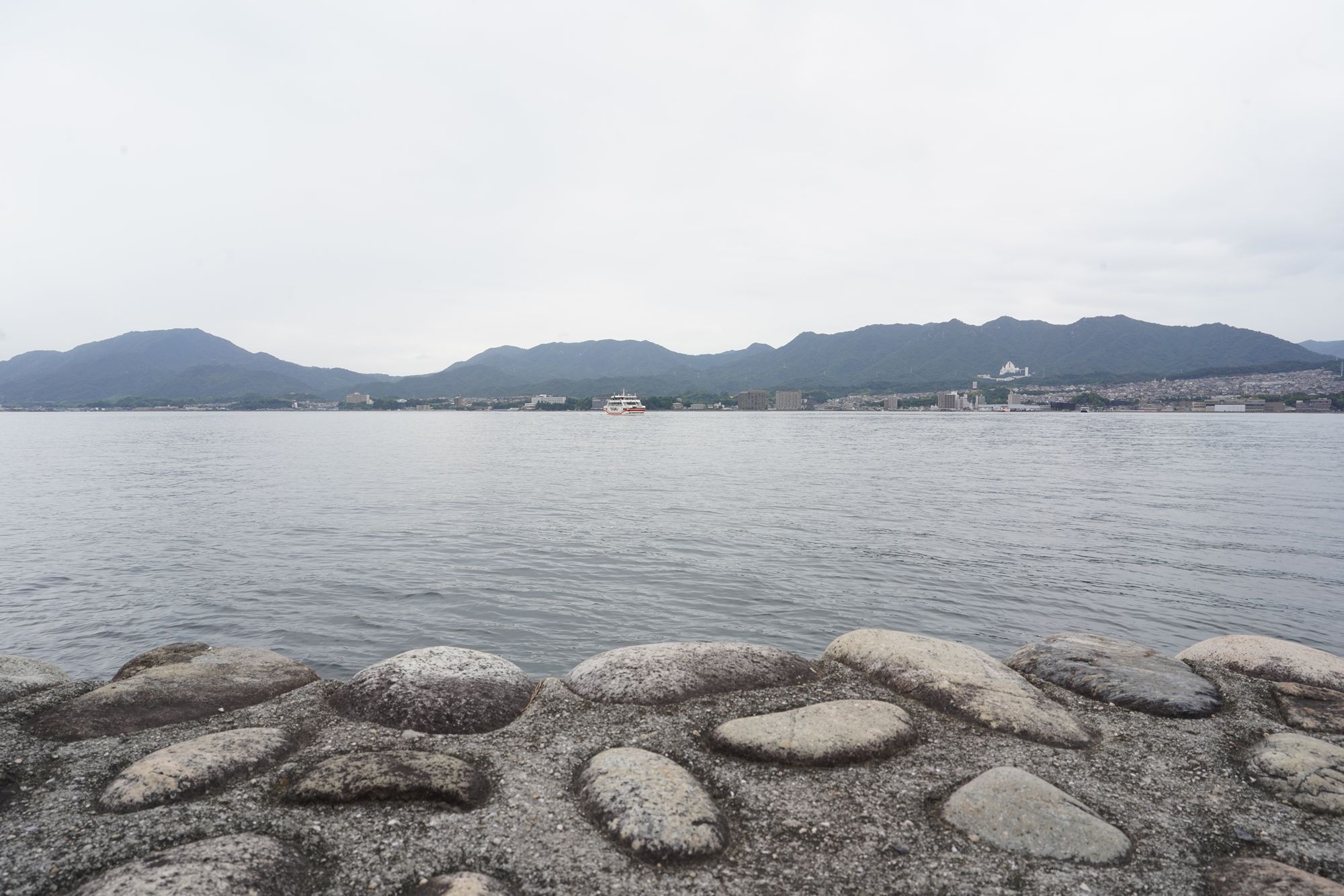
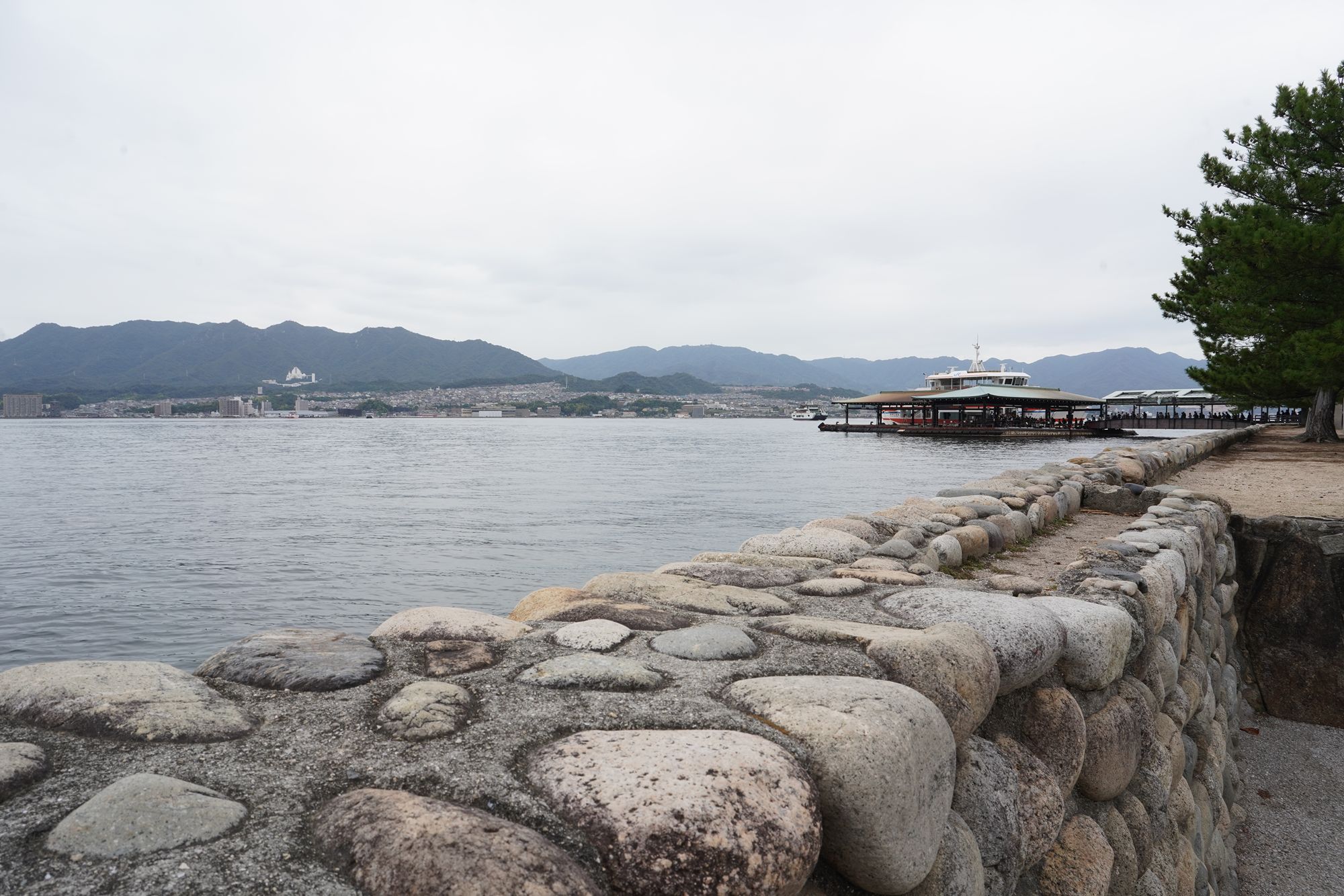
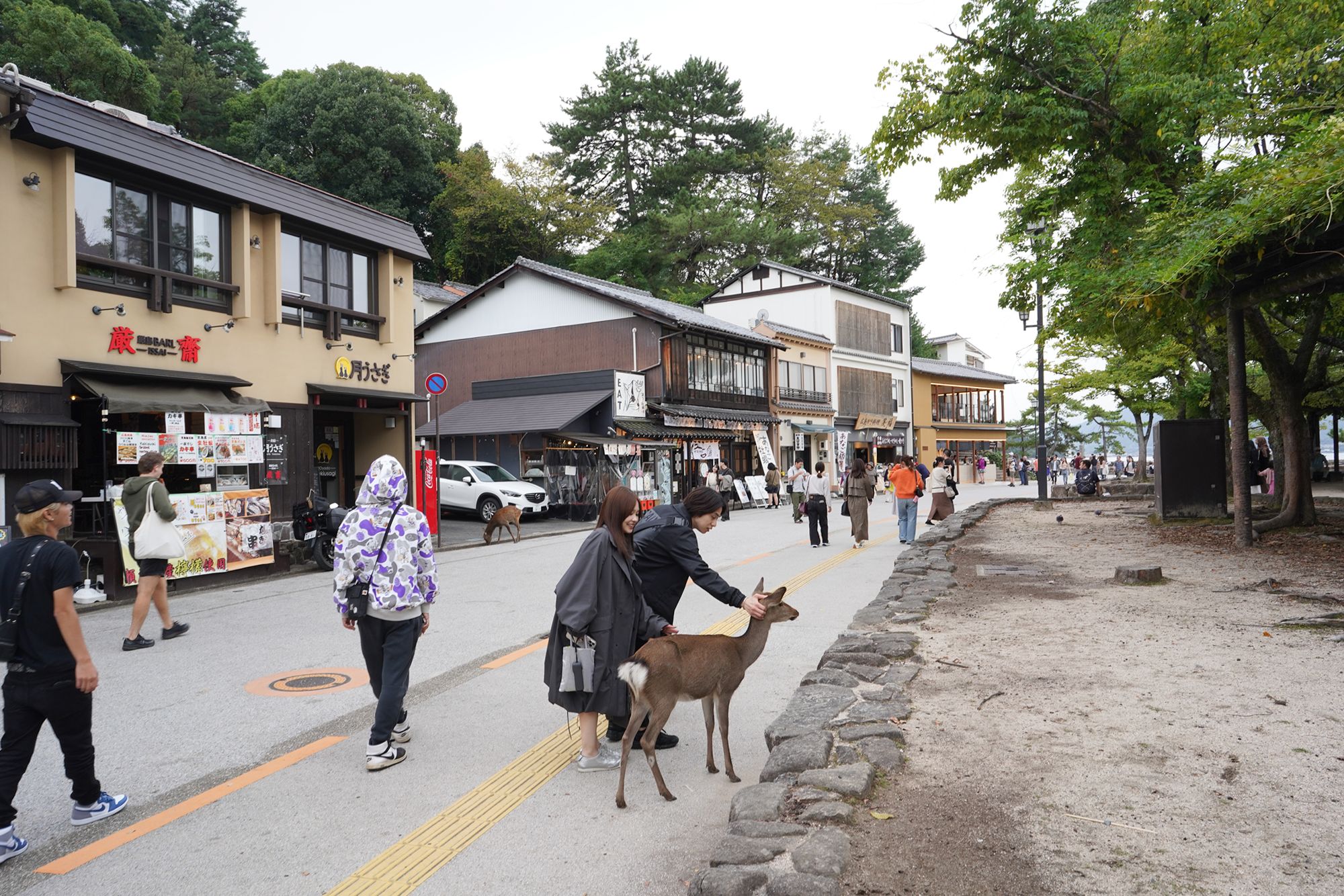
The street from the boat dock to the shrine is a popular tourist area, lined with numerous shops.
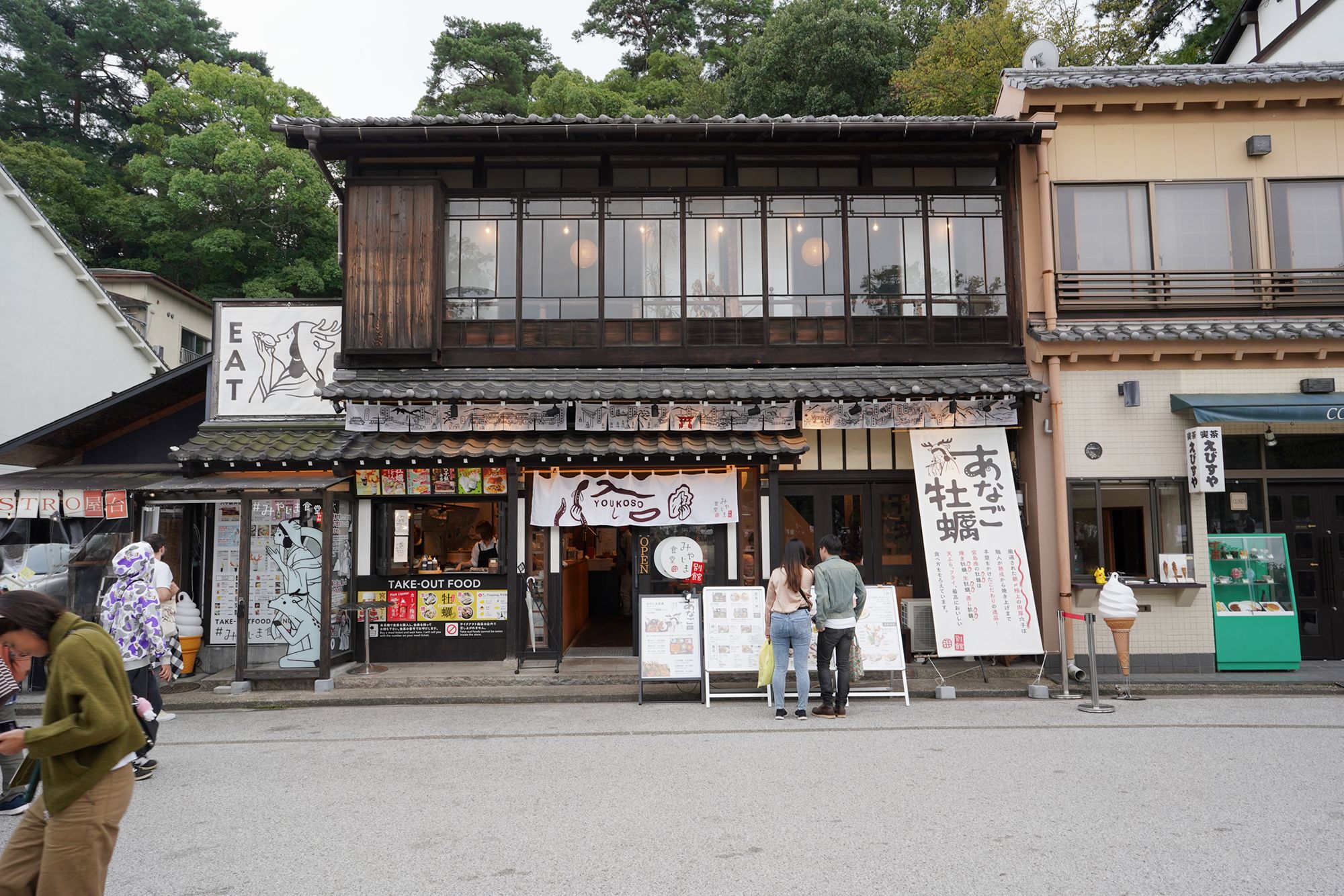
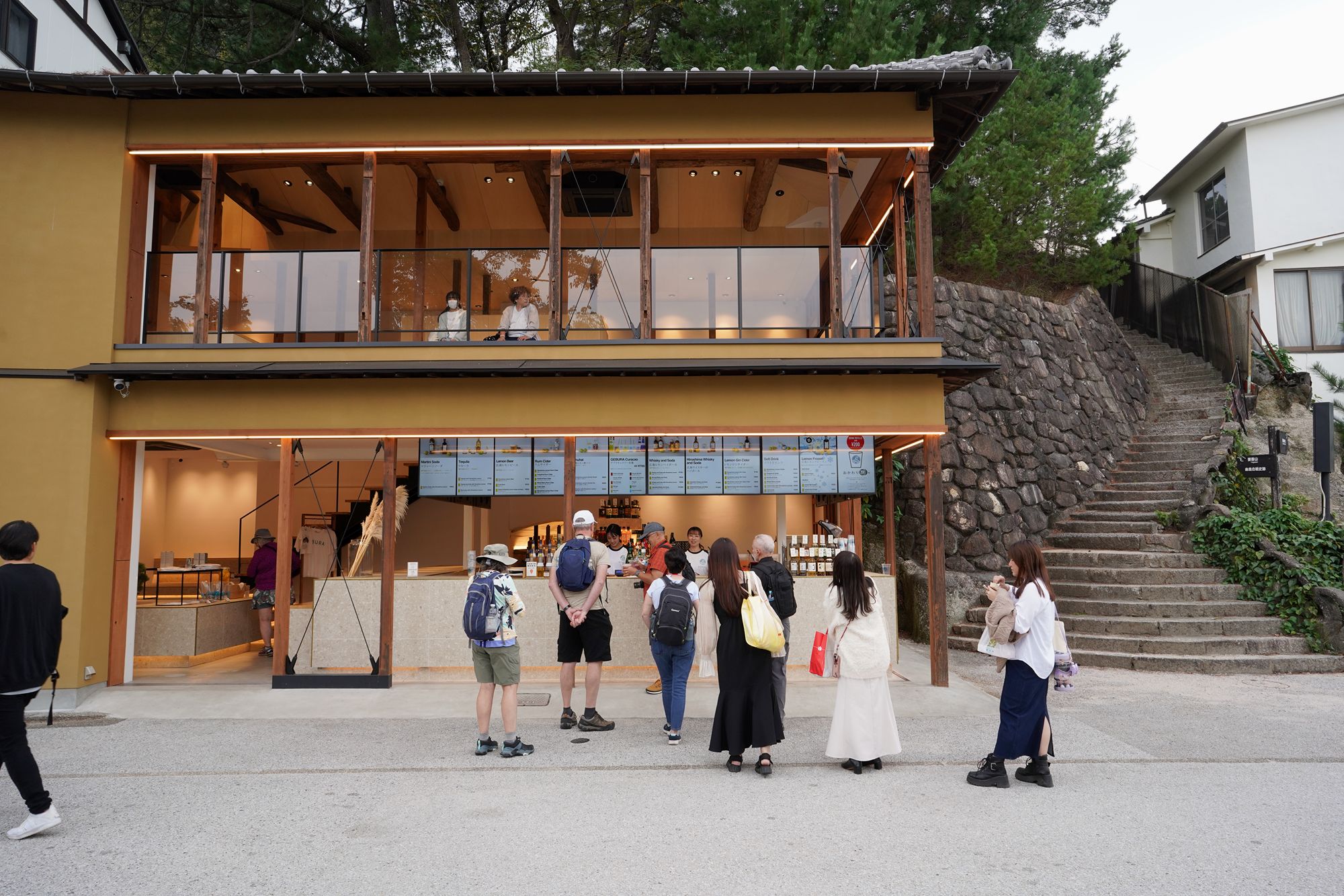
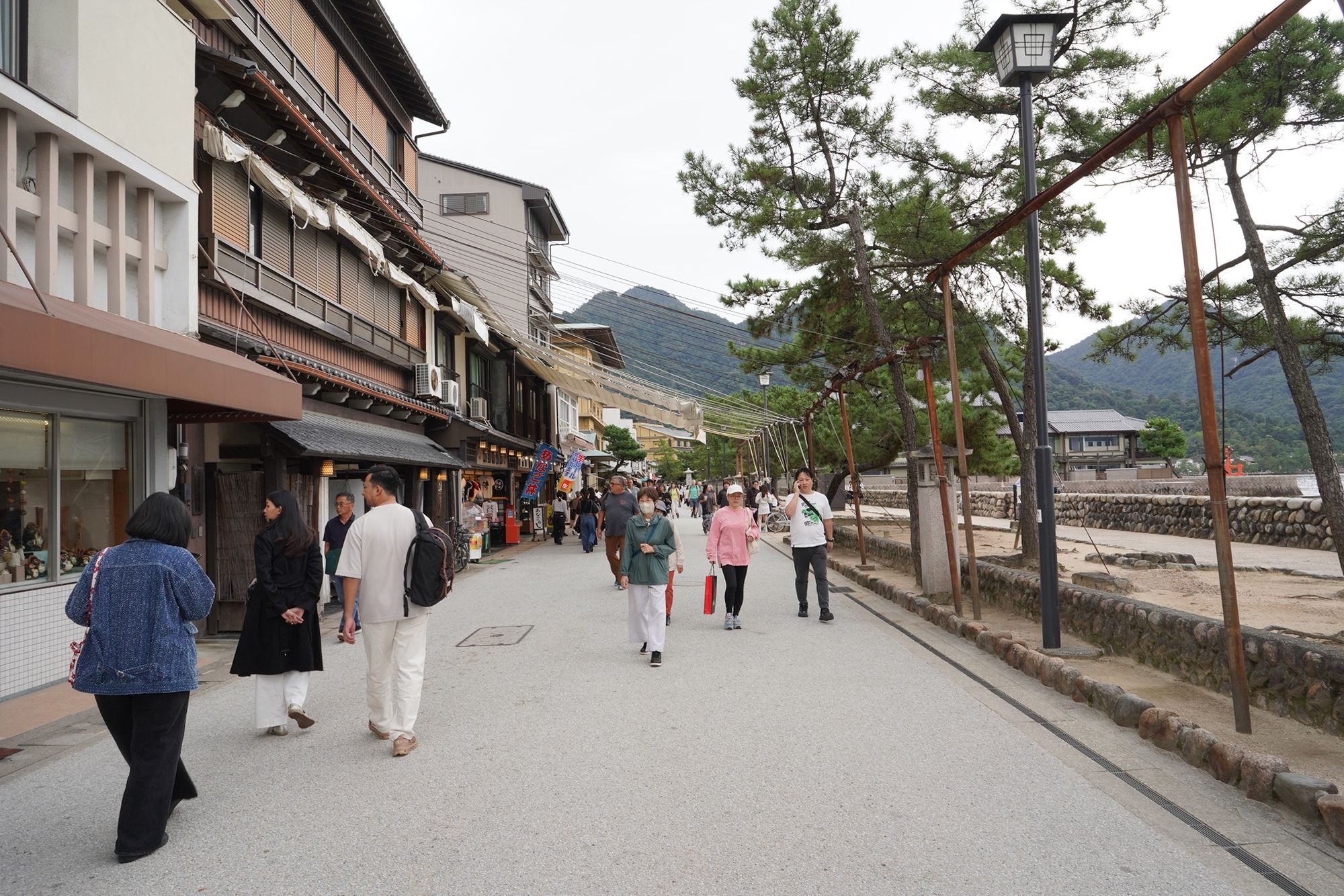
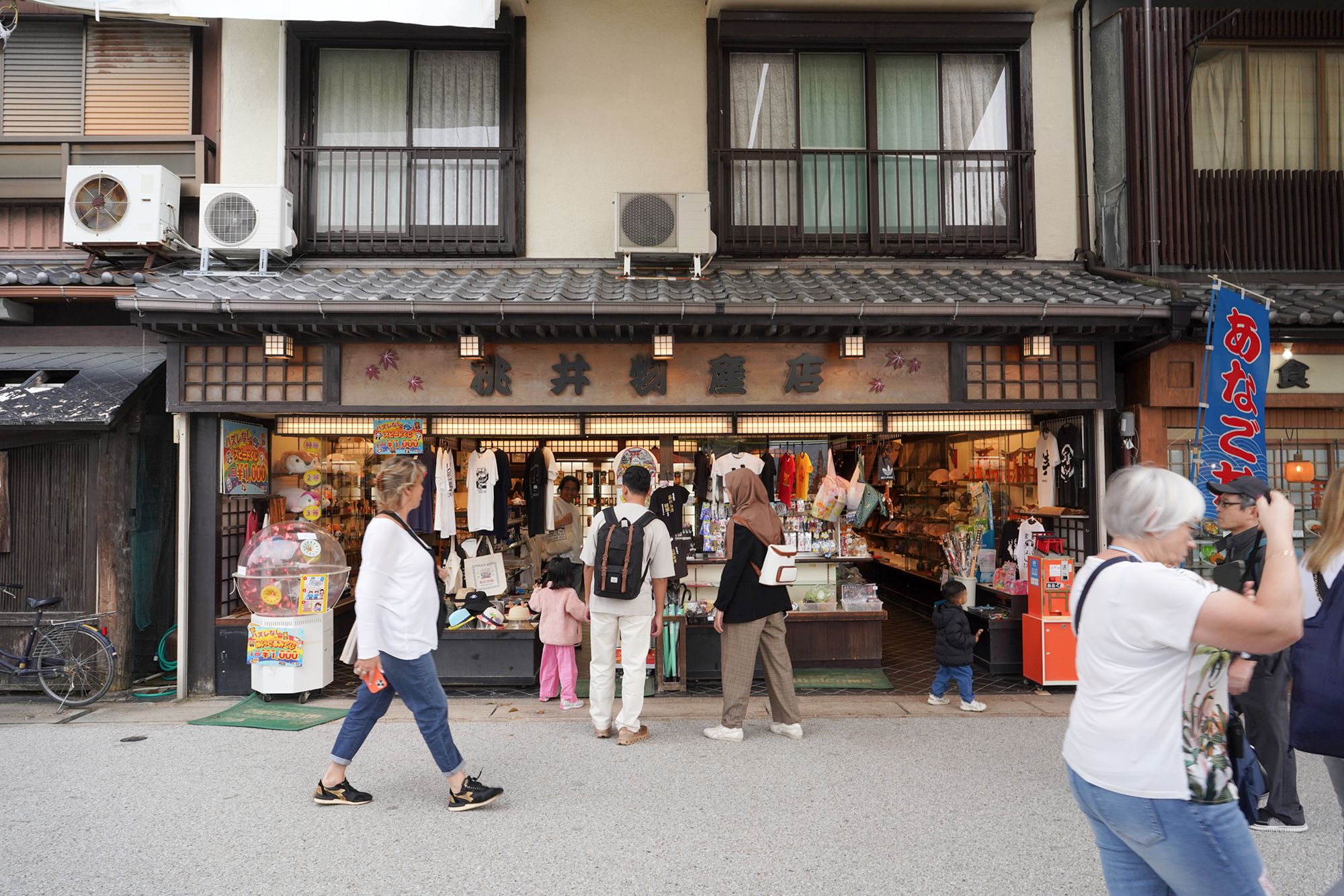
Miyajima Omotesandō Shopping Street
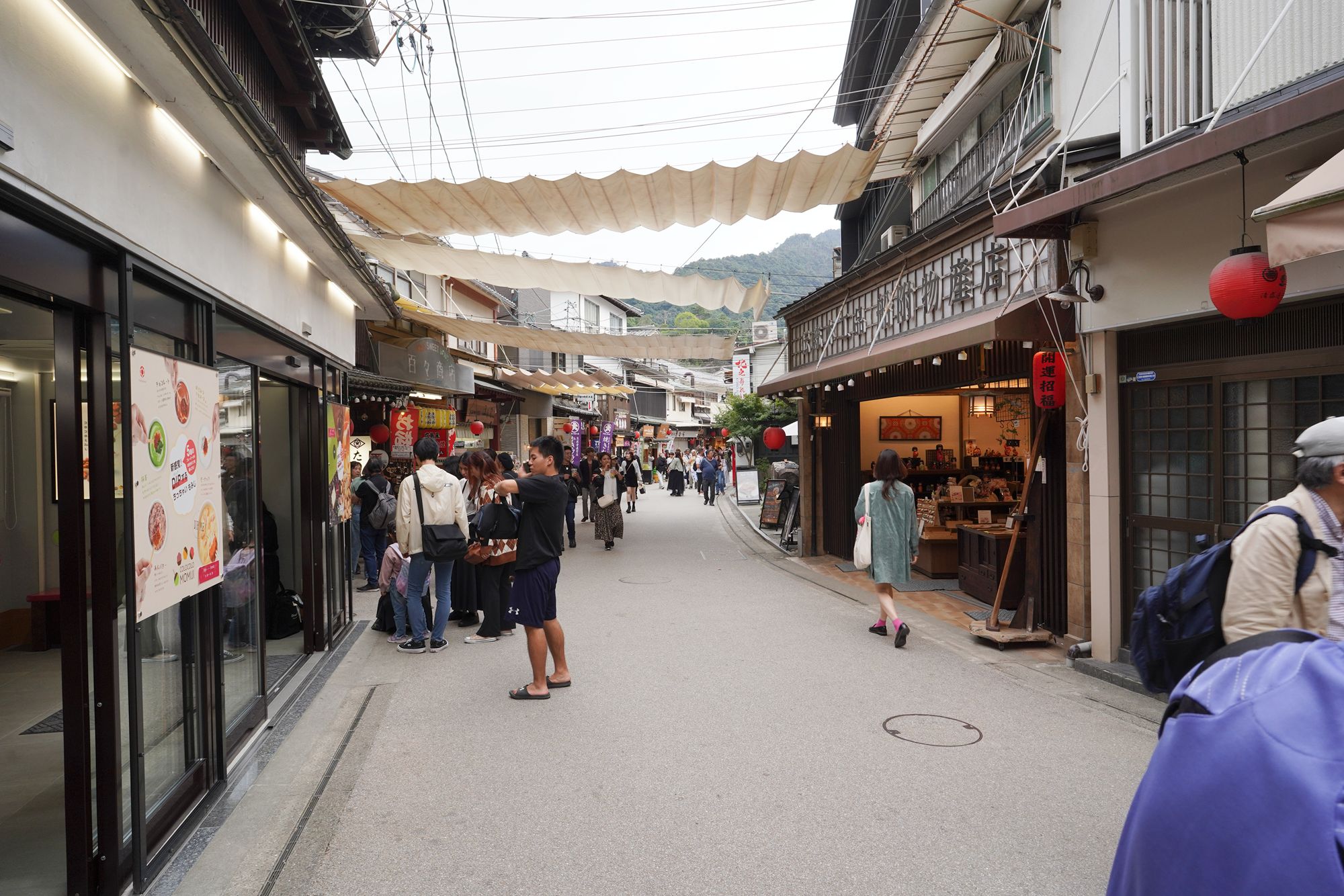
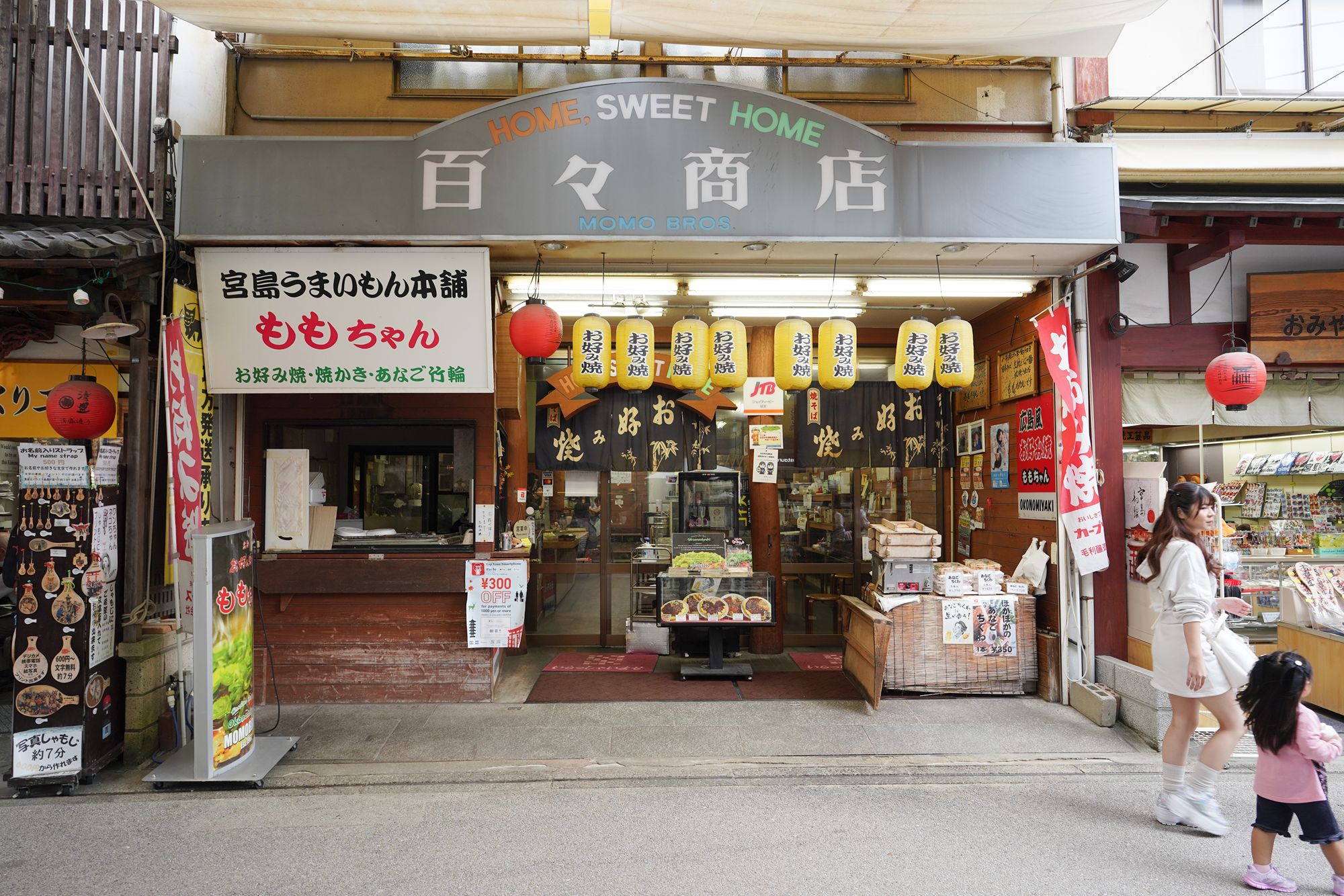
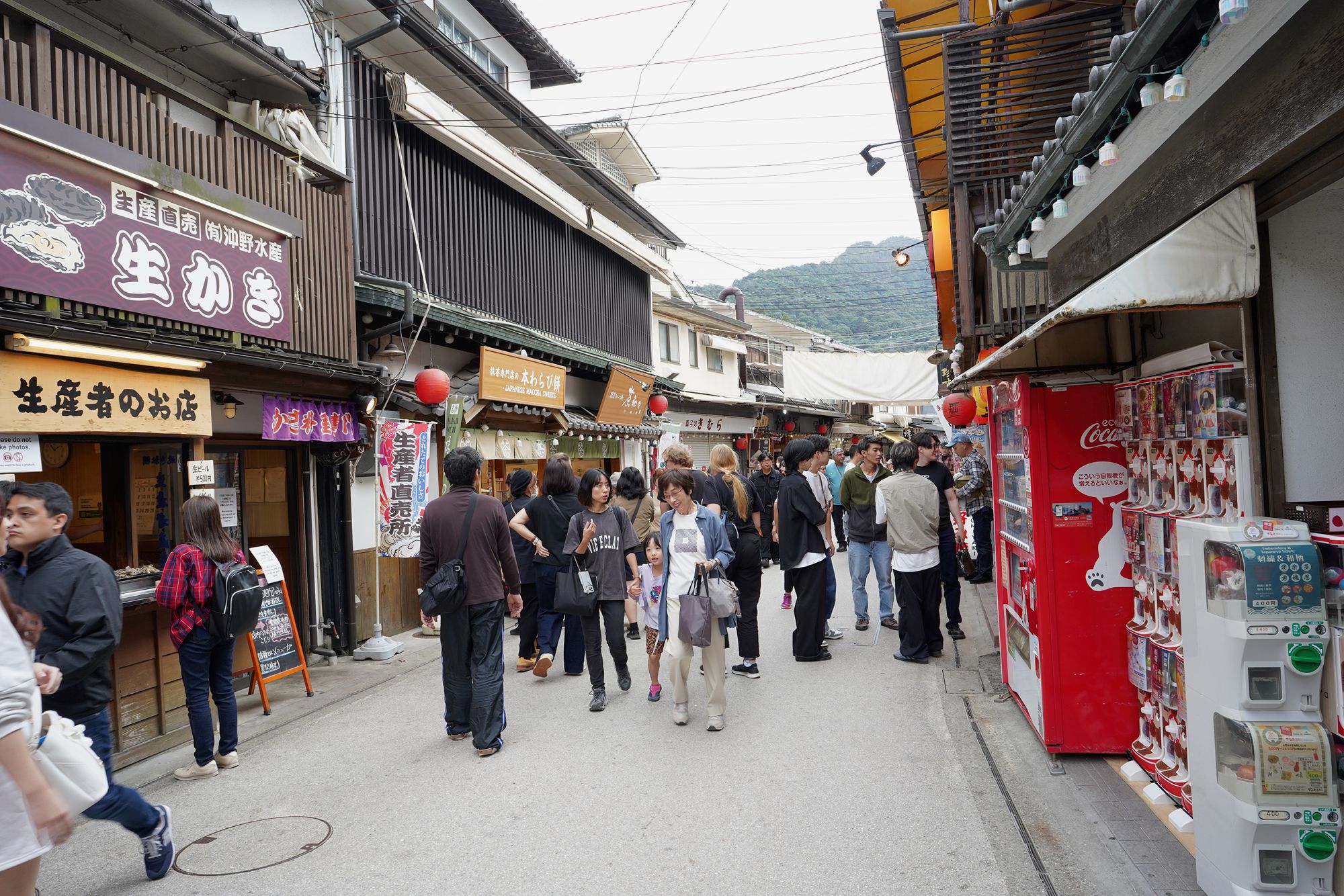
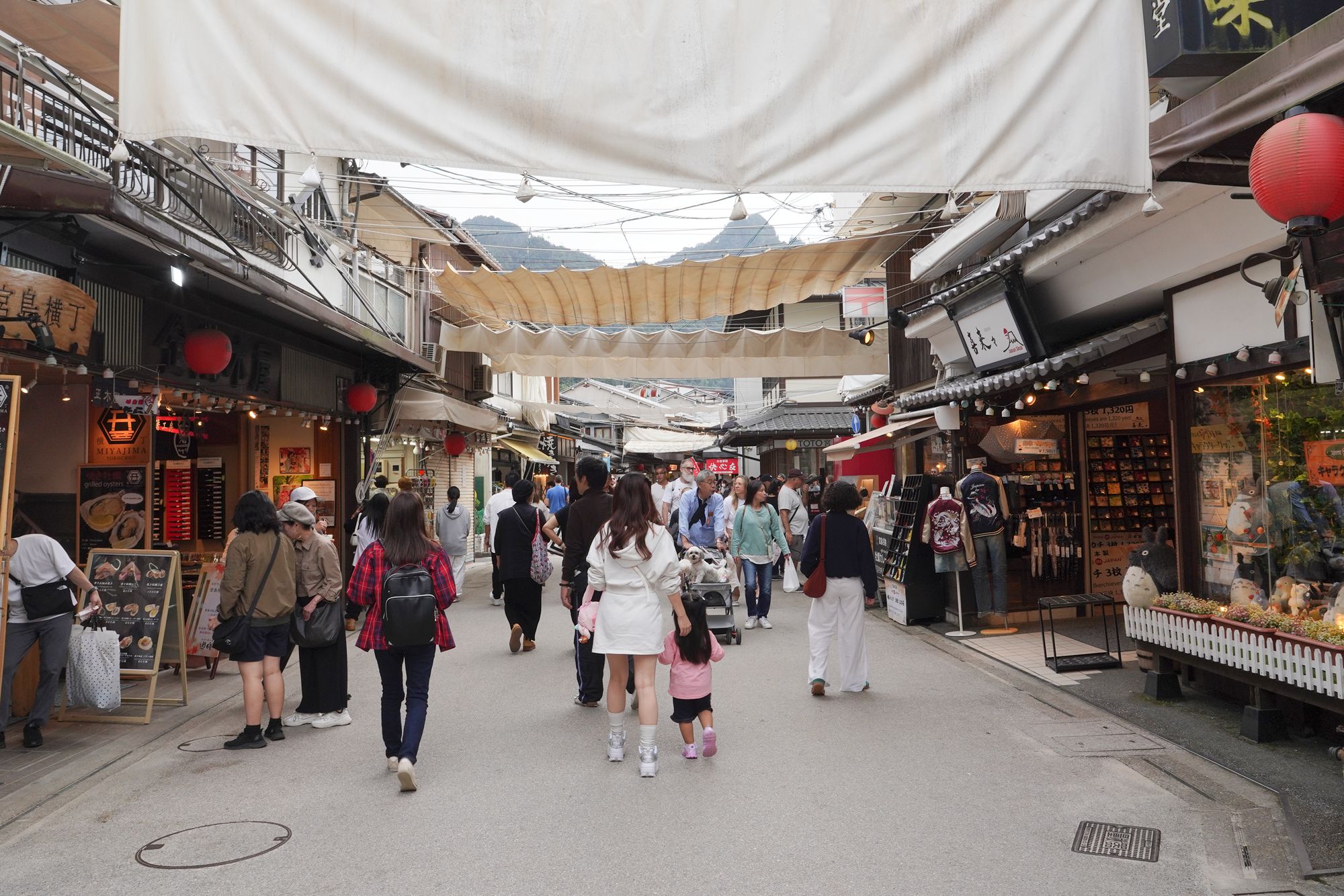
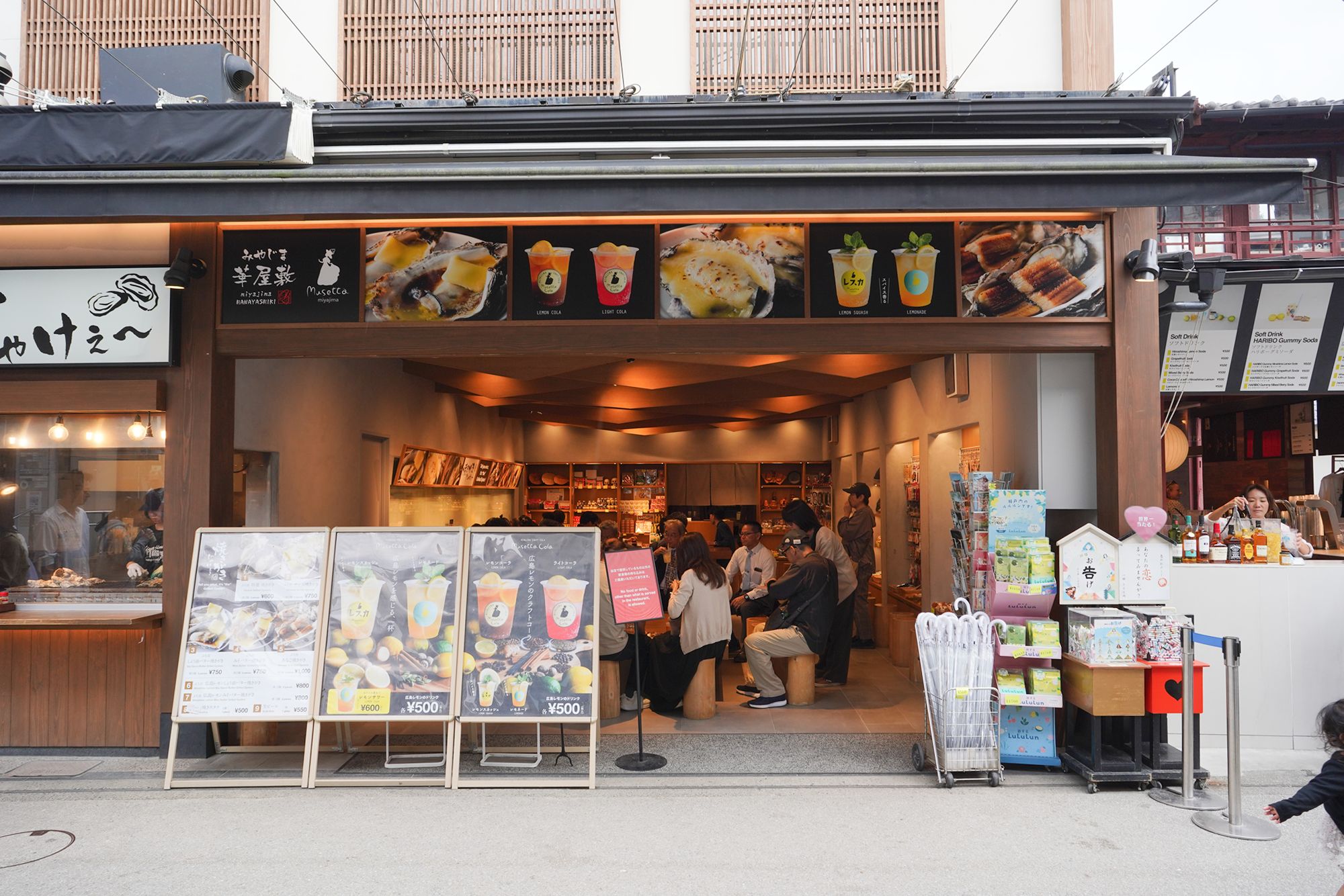
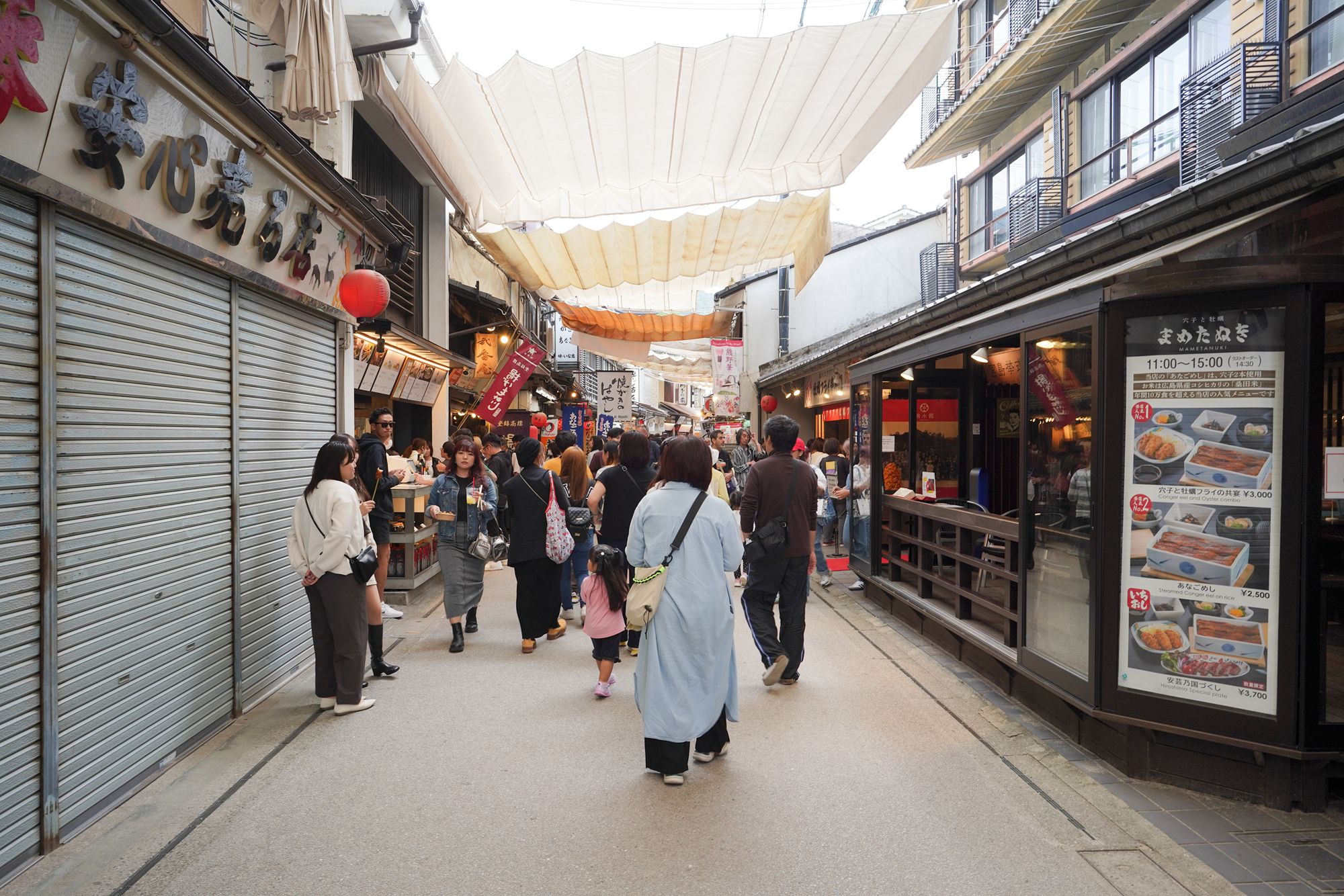
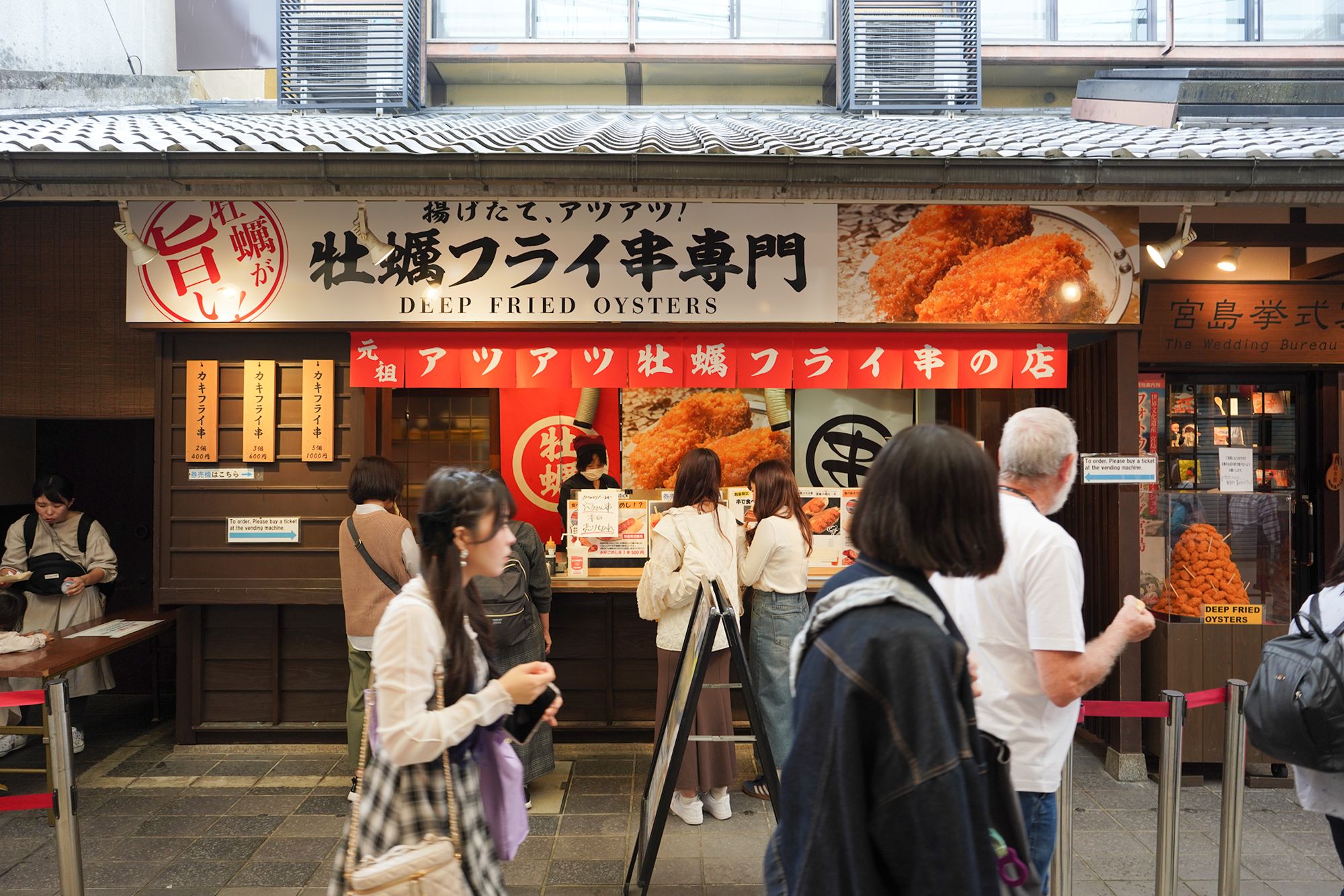
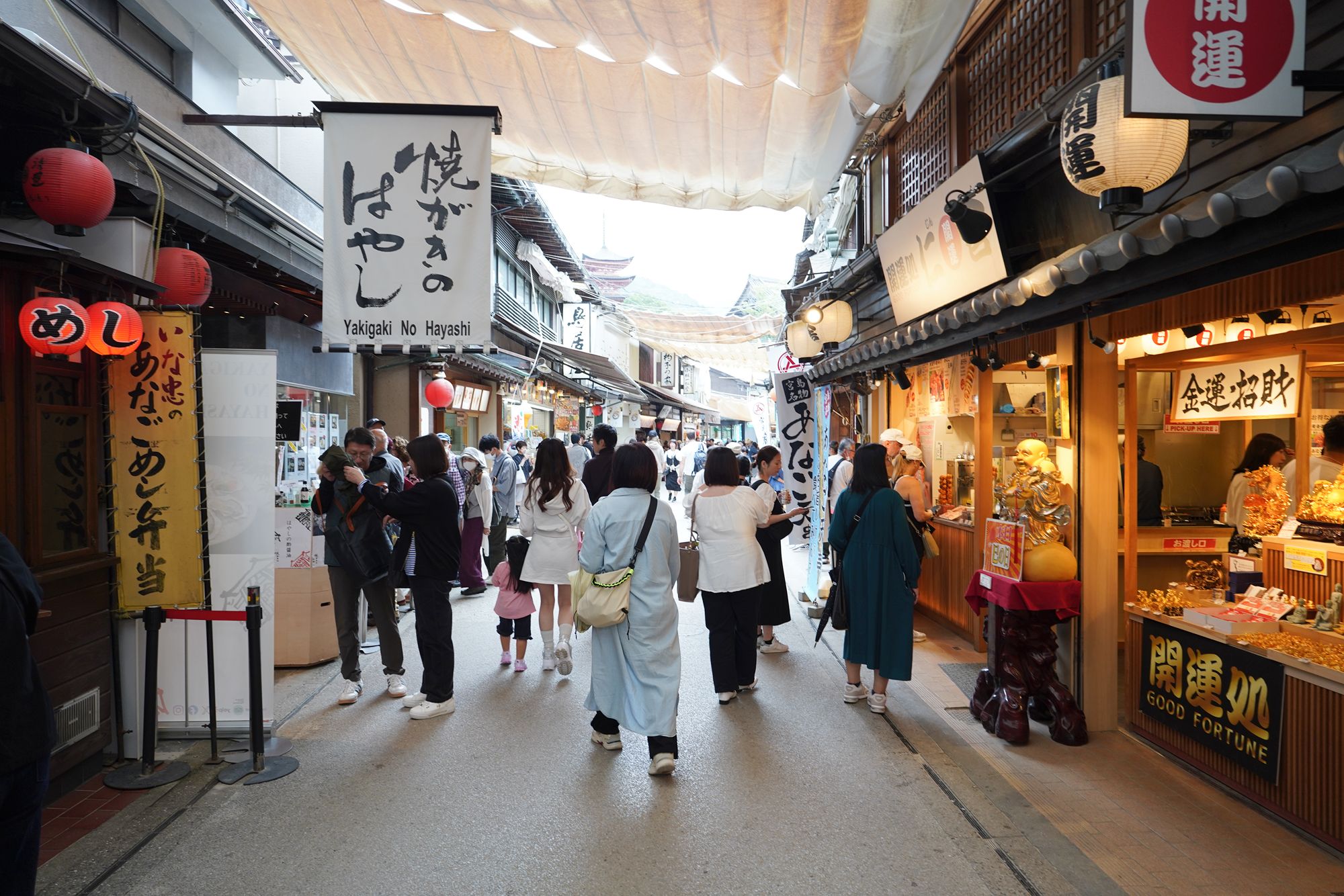
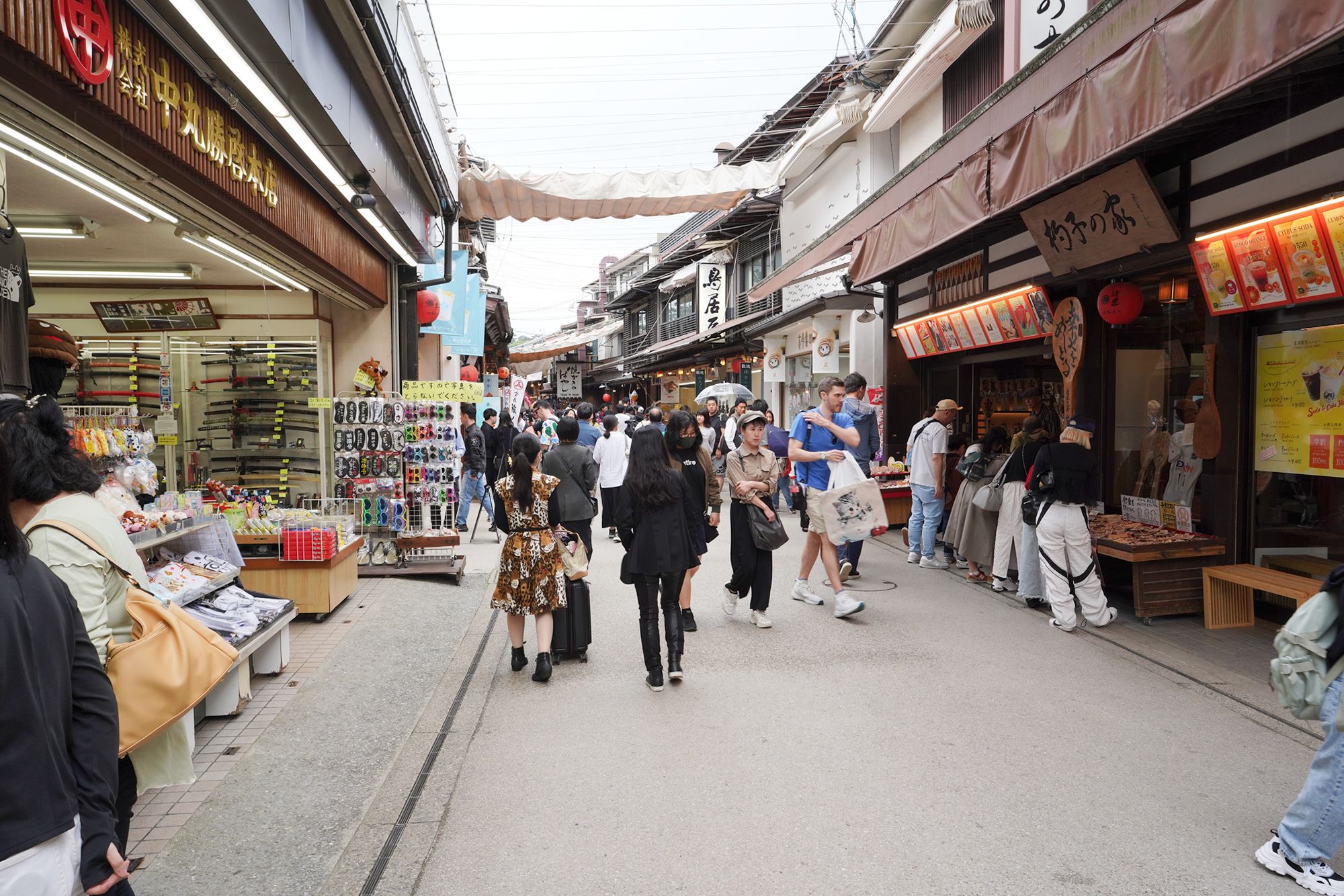
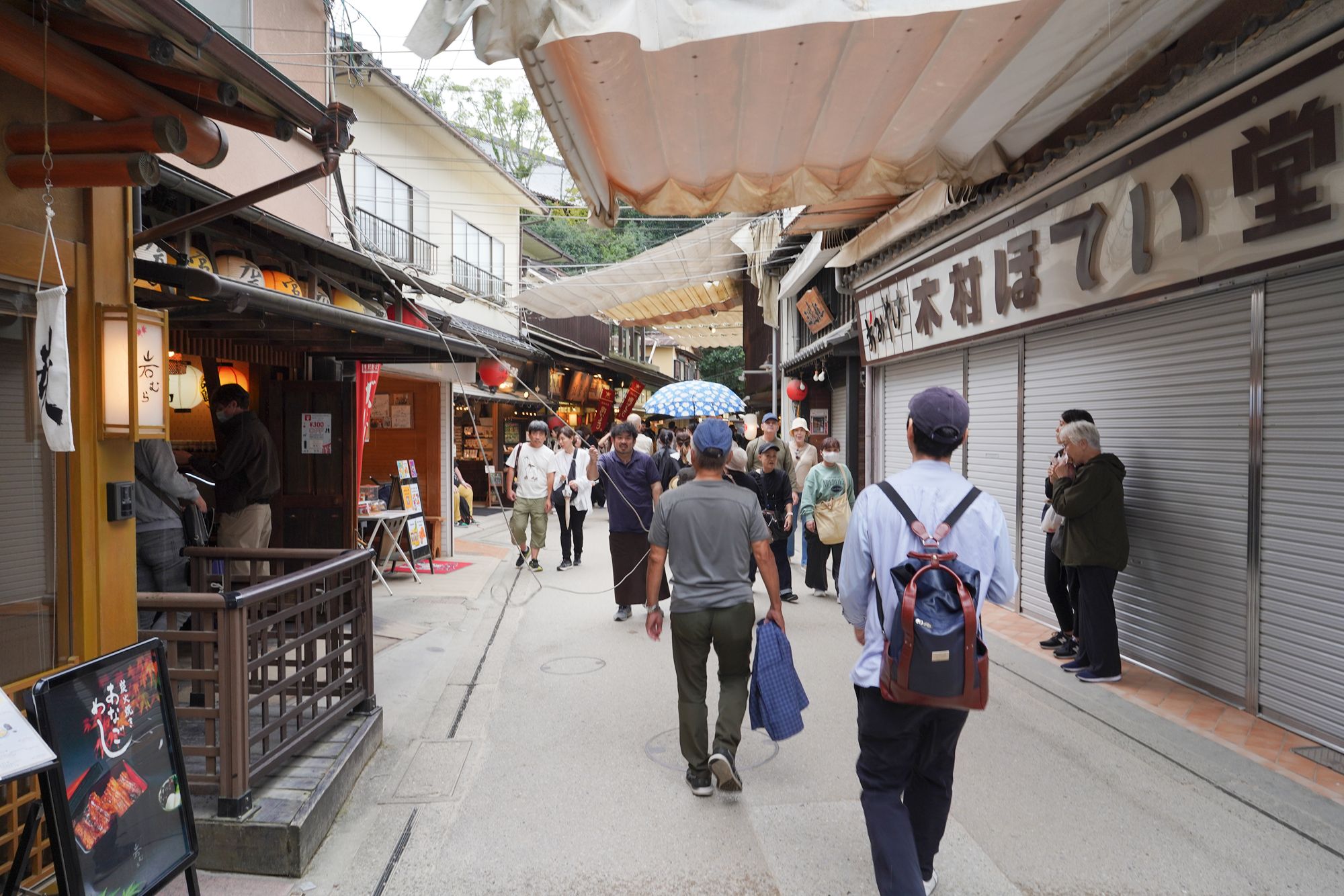
A Itsukushima Jinja Shrine gate
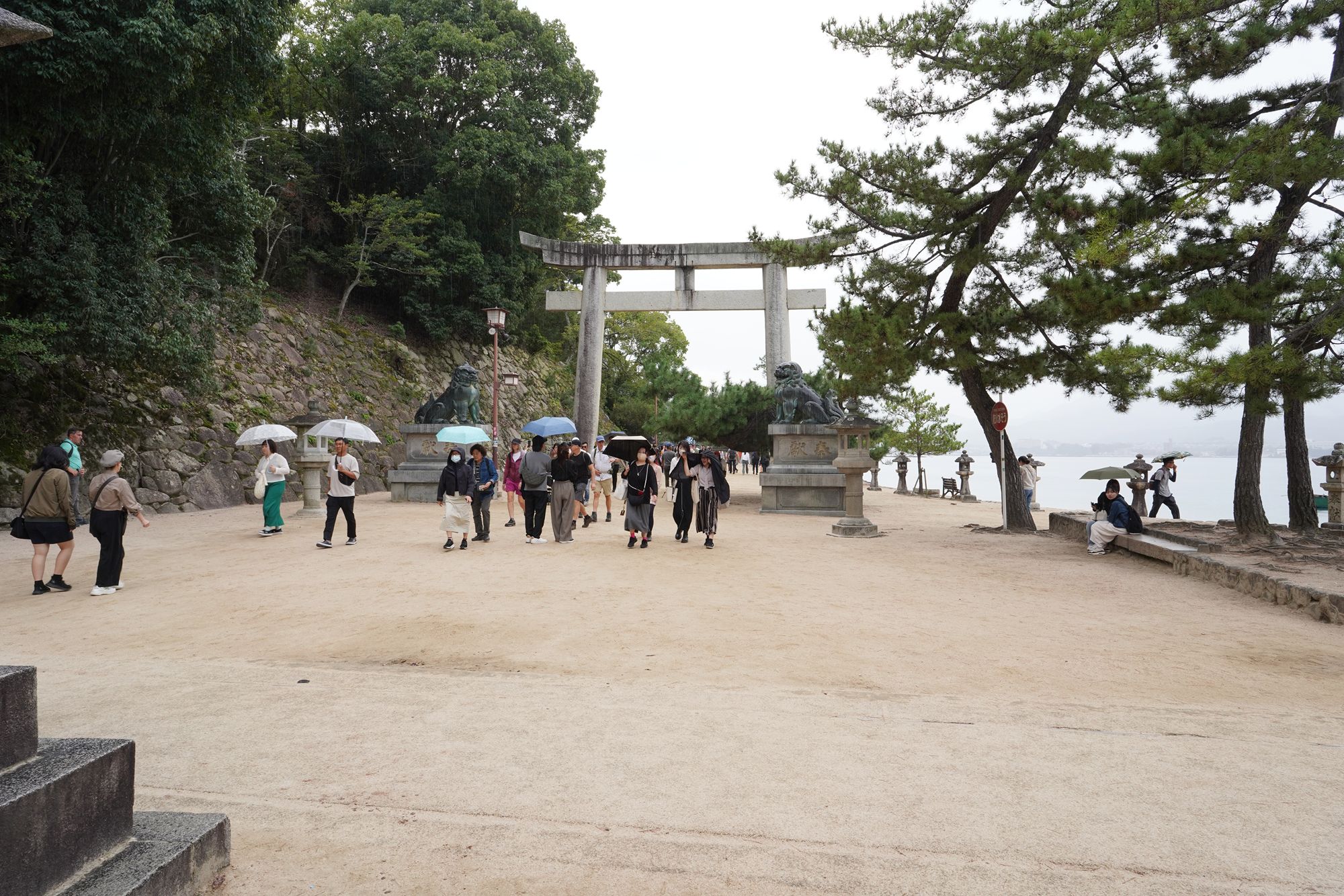
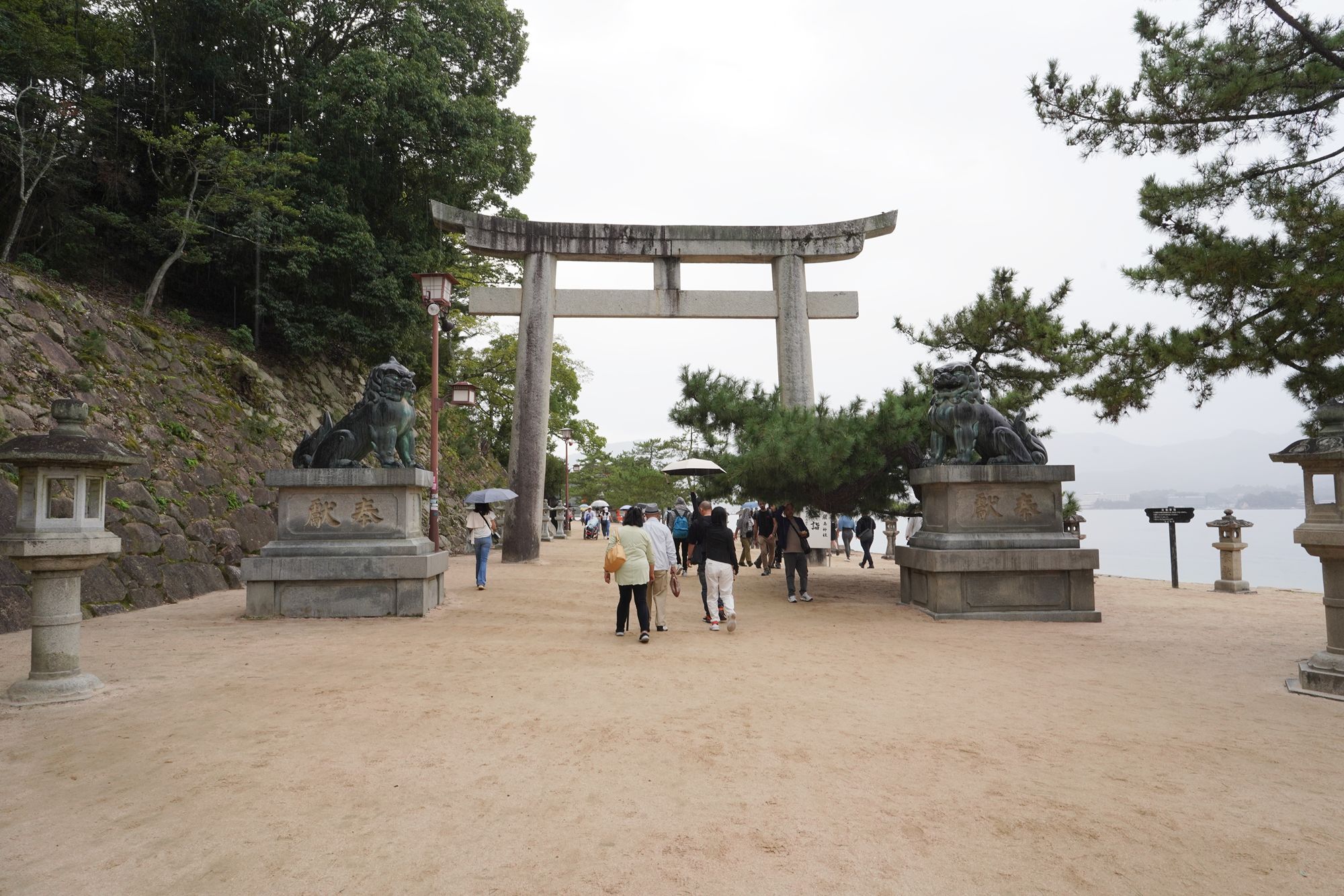
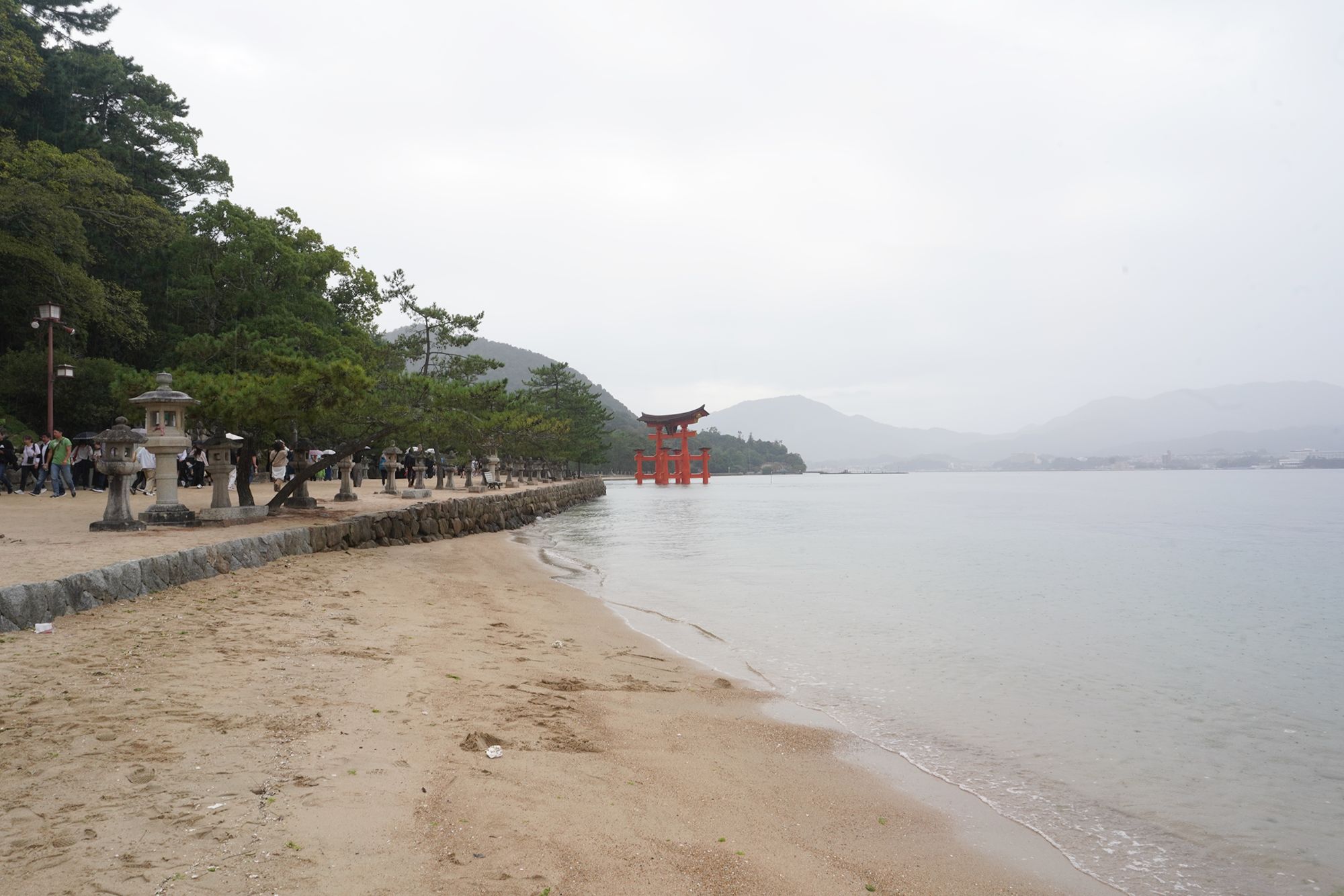
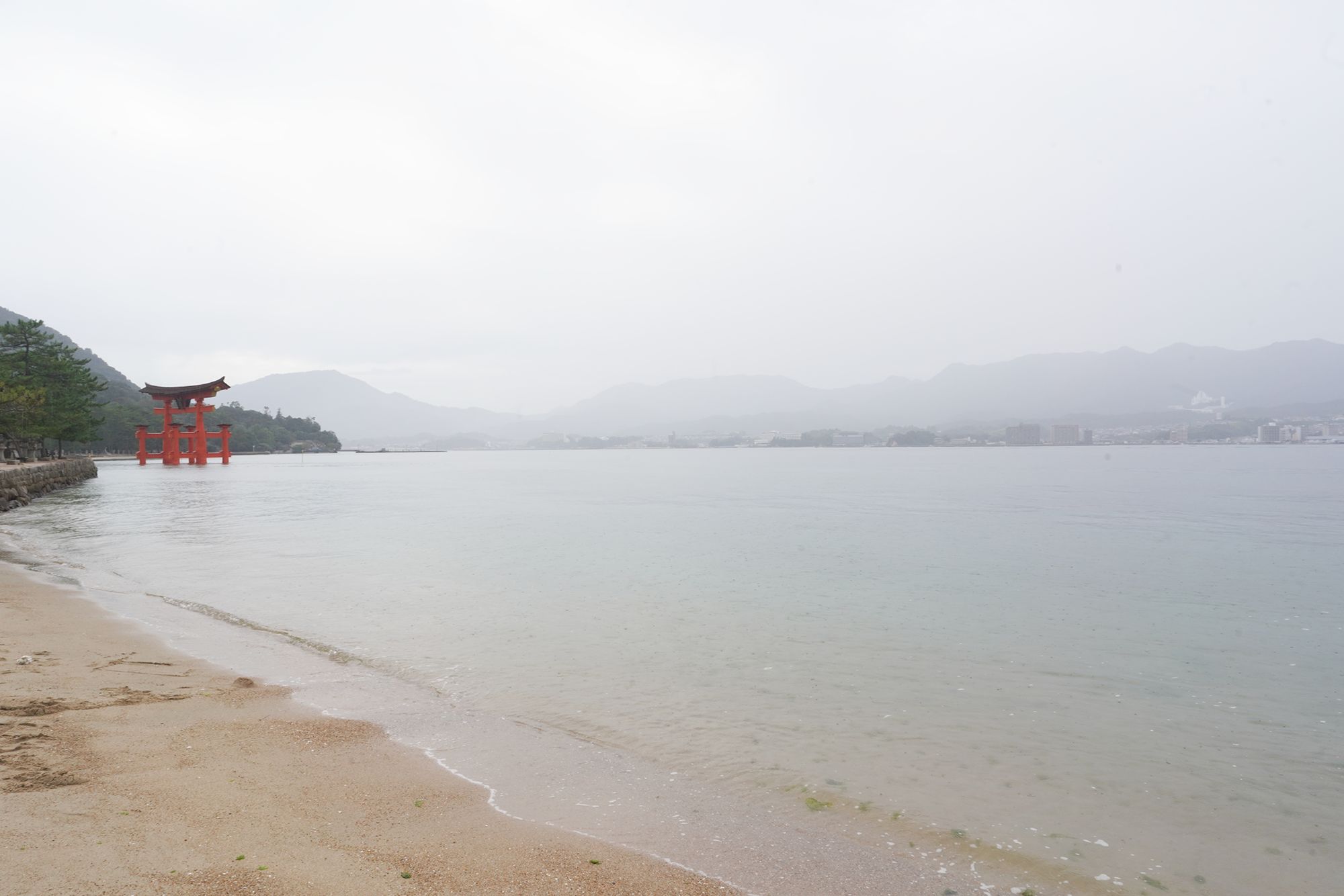
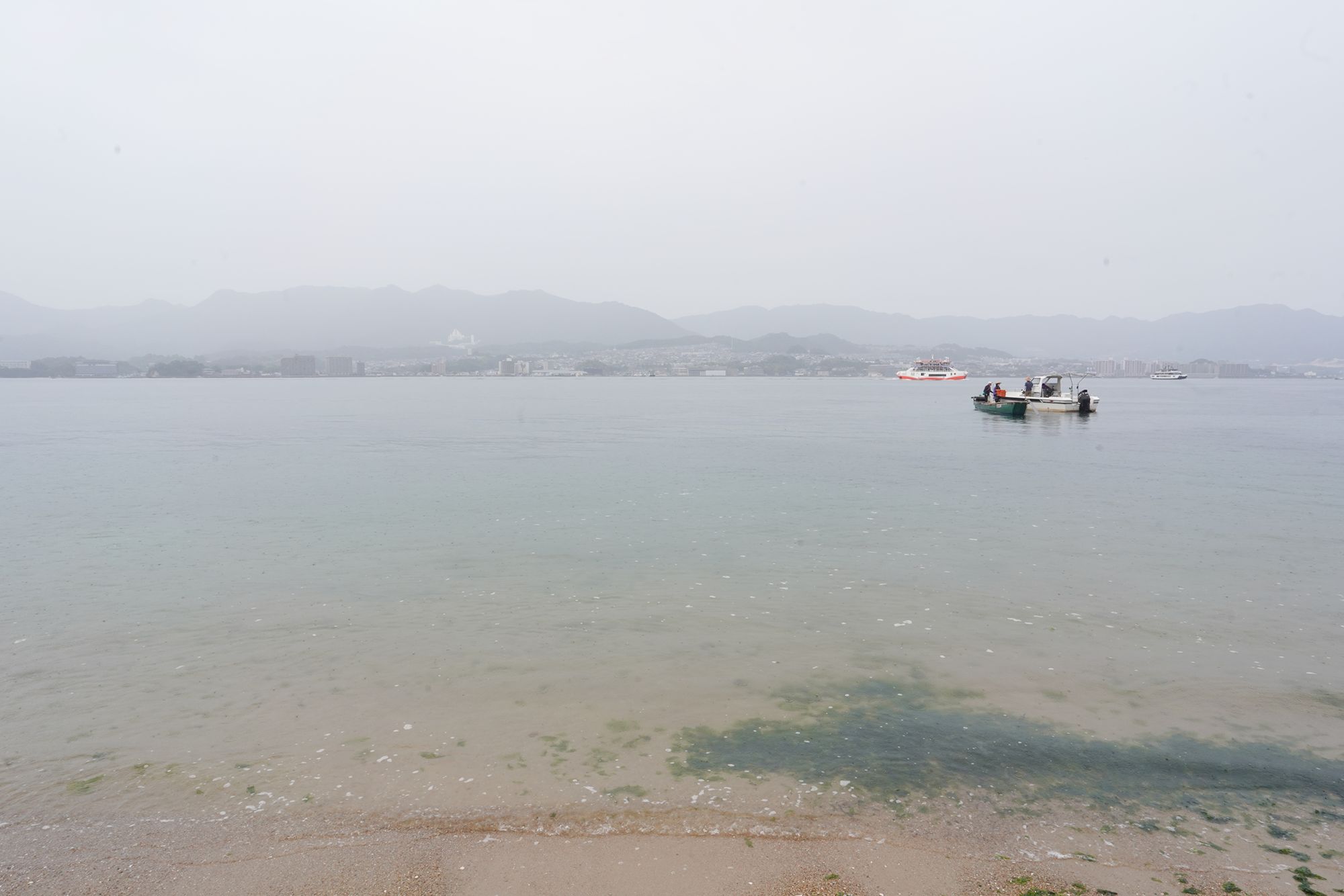
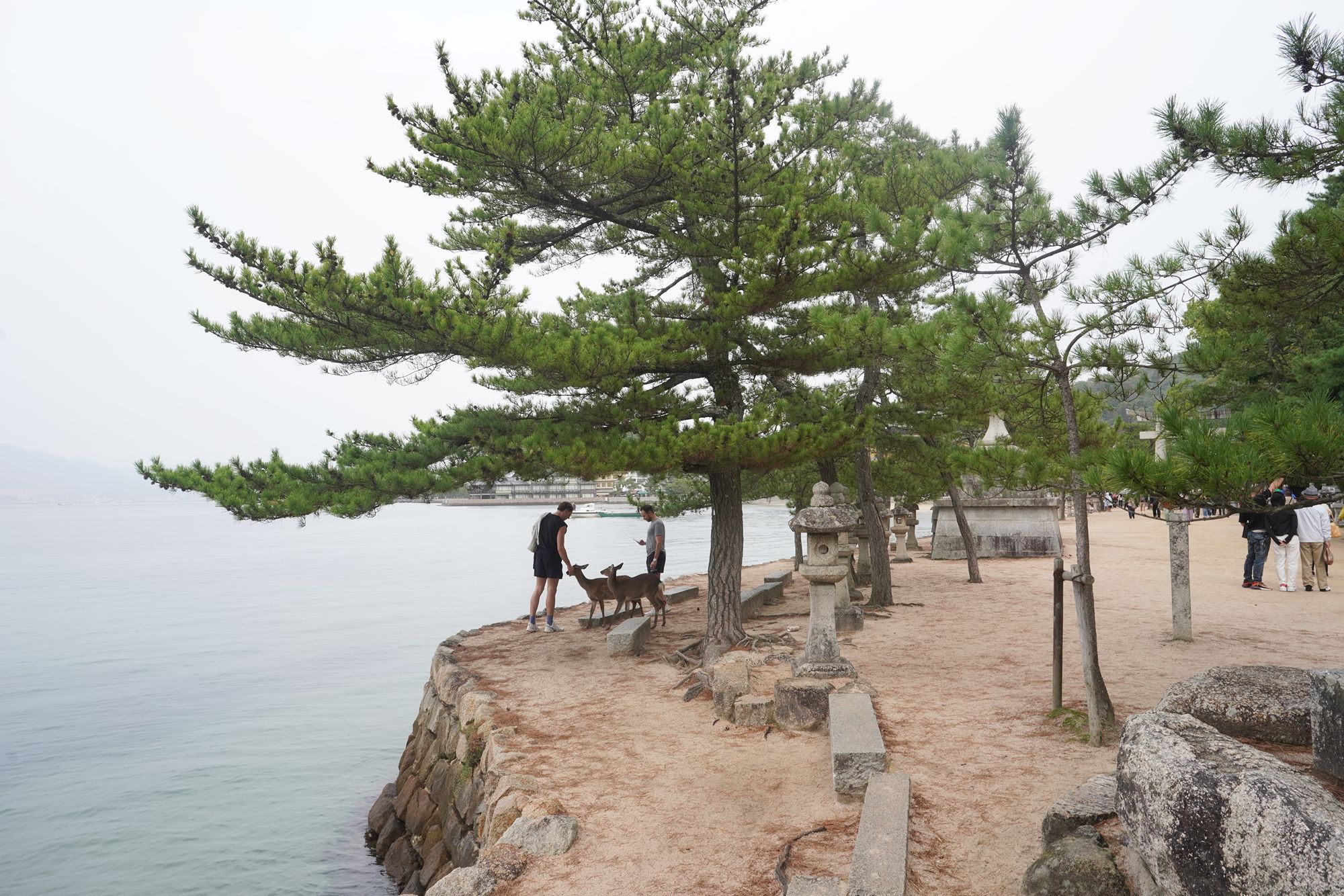
The floating gate of Itsukushima Jinja, known as the “Otorii,” is one of Japan’s most iconic landmarks. Standing at 16.6 meters tall, the gate is constructed from camphor and cedar wood, chosen for their durability. The vermilion-painted gate contrasts beautifully with the surrounding sea, mountains, and shrine structures, creating a beautiful sight that changes with the tides.
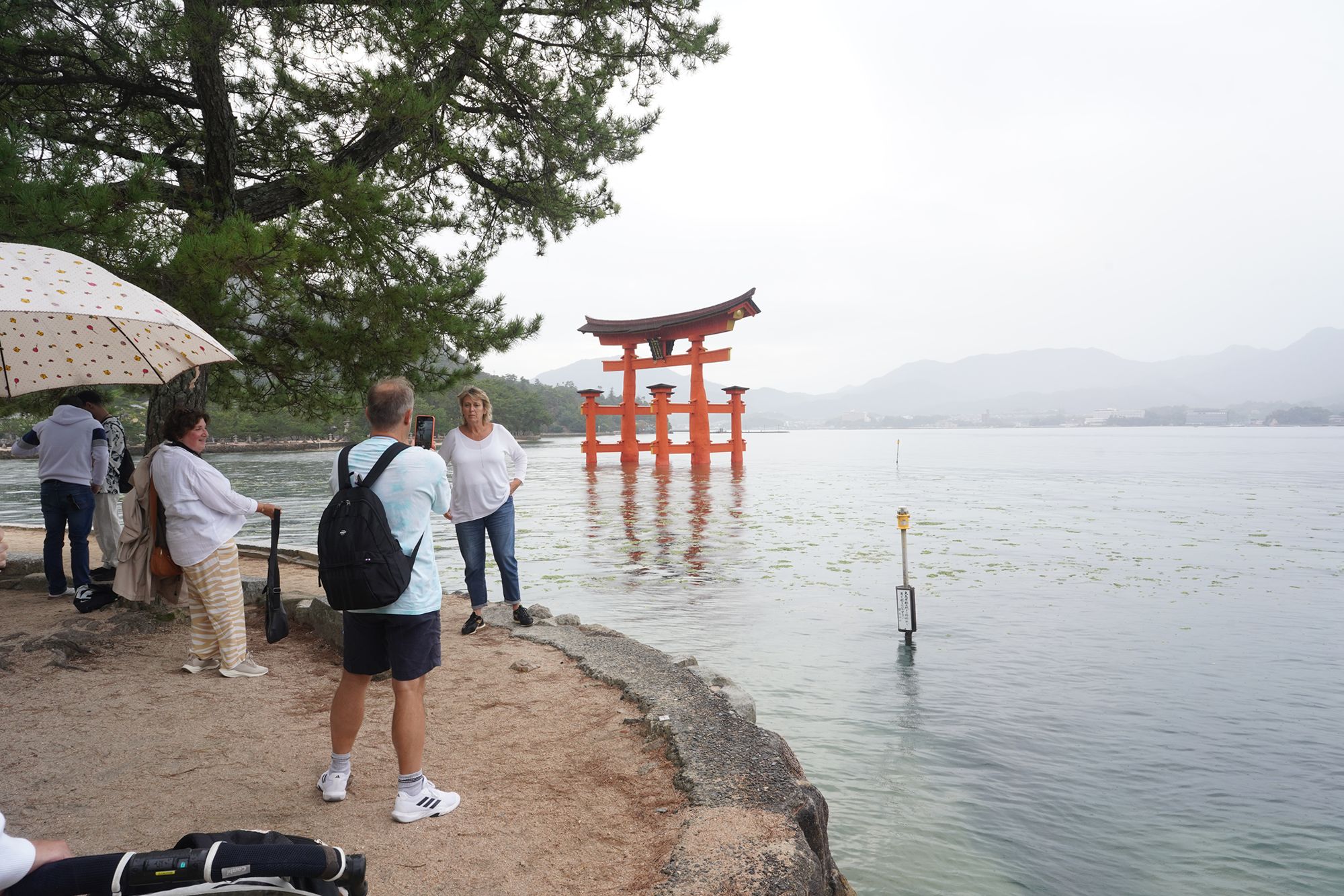
During high tide, the torii gate appears to float on the water, symbolizing the boundary between the human and divine realms. At low tide, visitors can walk up to the gate, touch its base, and admire its construction up close. The gate’s design is traditional yet robust, featuring a free-standing structure held upright by its own weight without being anchored to the seabed.
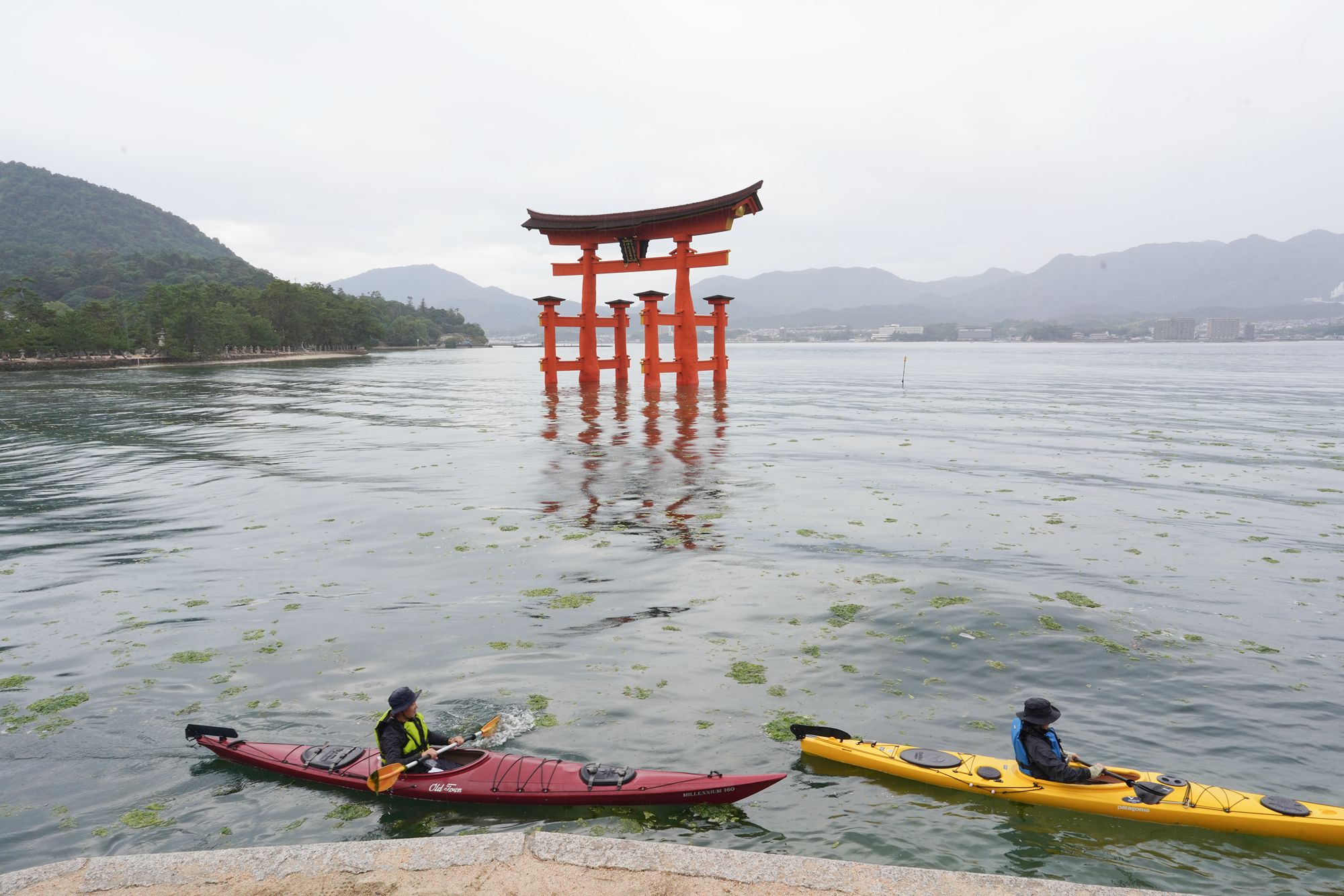
Originally built in 1168, the current gate dates back to 1875, following numerous reconstructions over the centuries. The gate’s spiritual significance lies in its role as the entrance to the sacred space of Itsukushima Jinja, emphasizing the Shinto belief in harmony between nature and the divine.
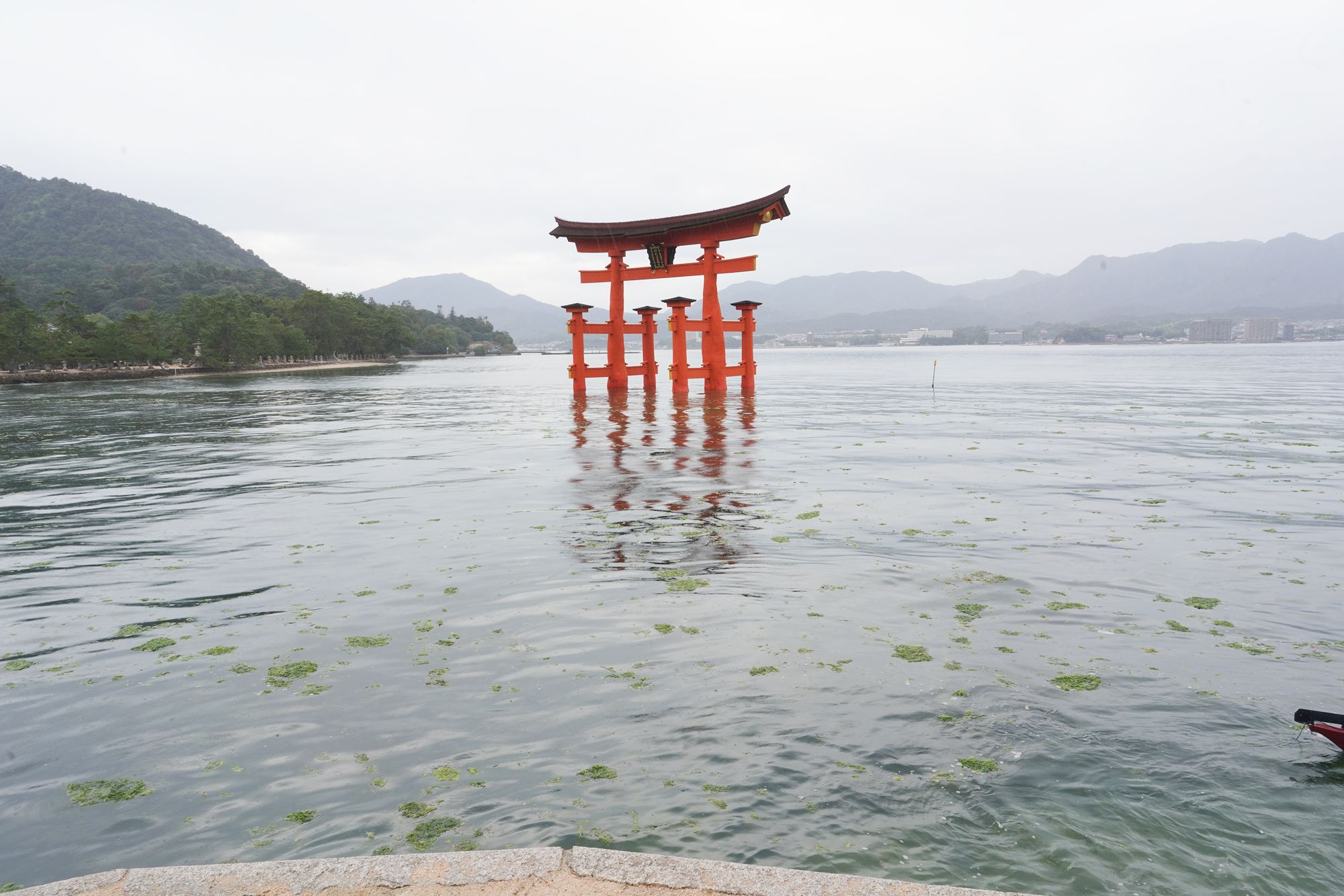

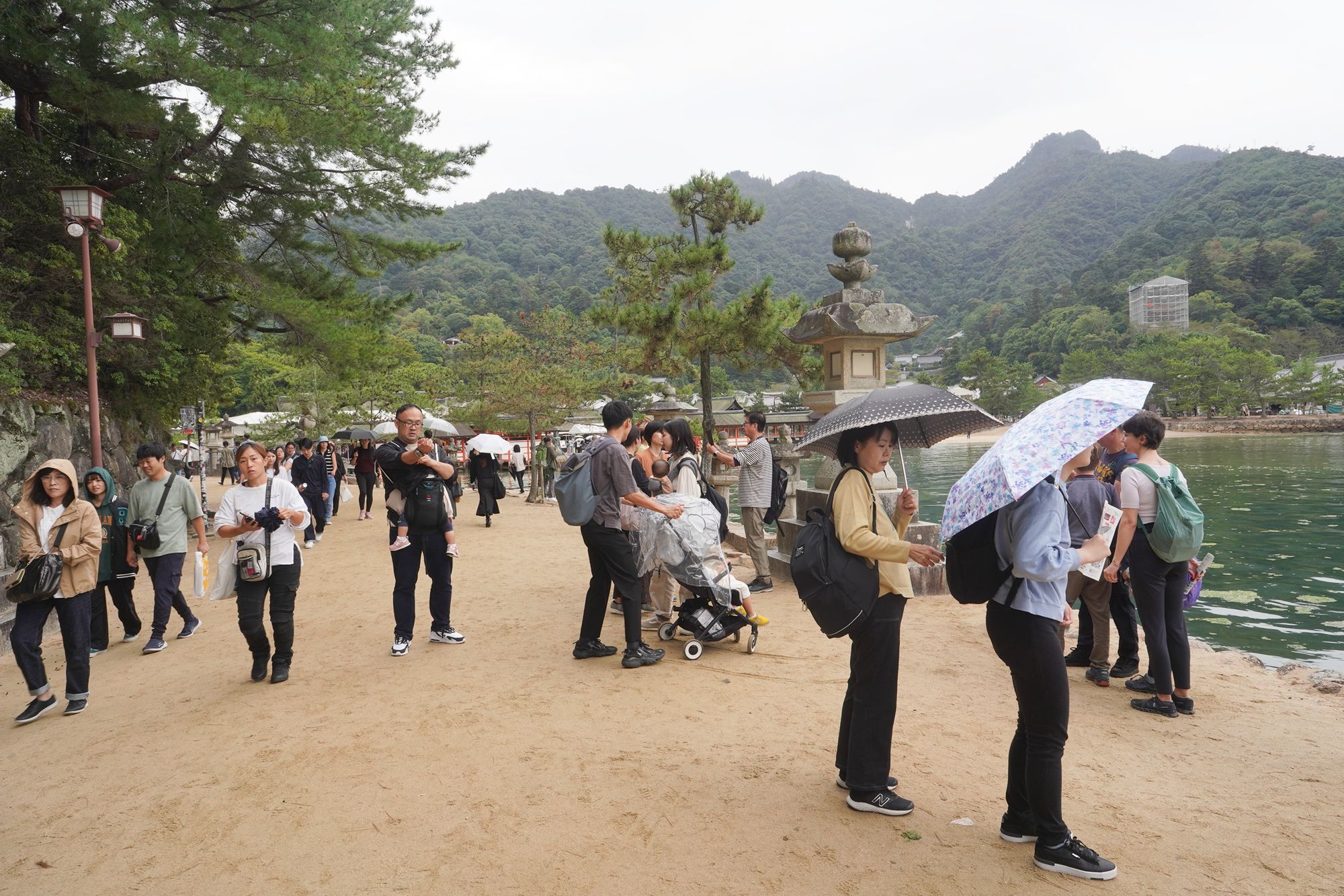
Itsukushima Jinja Shrine
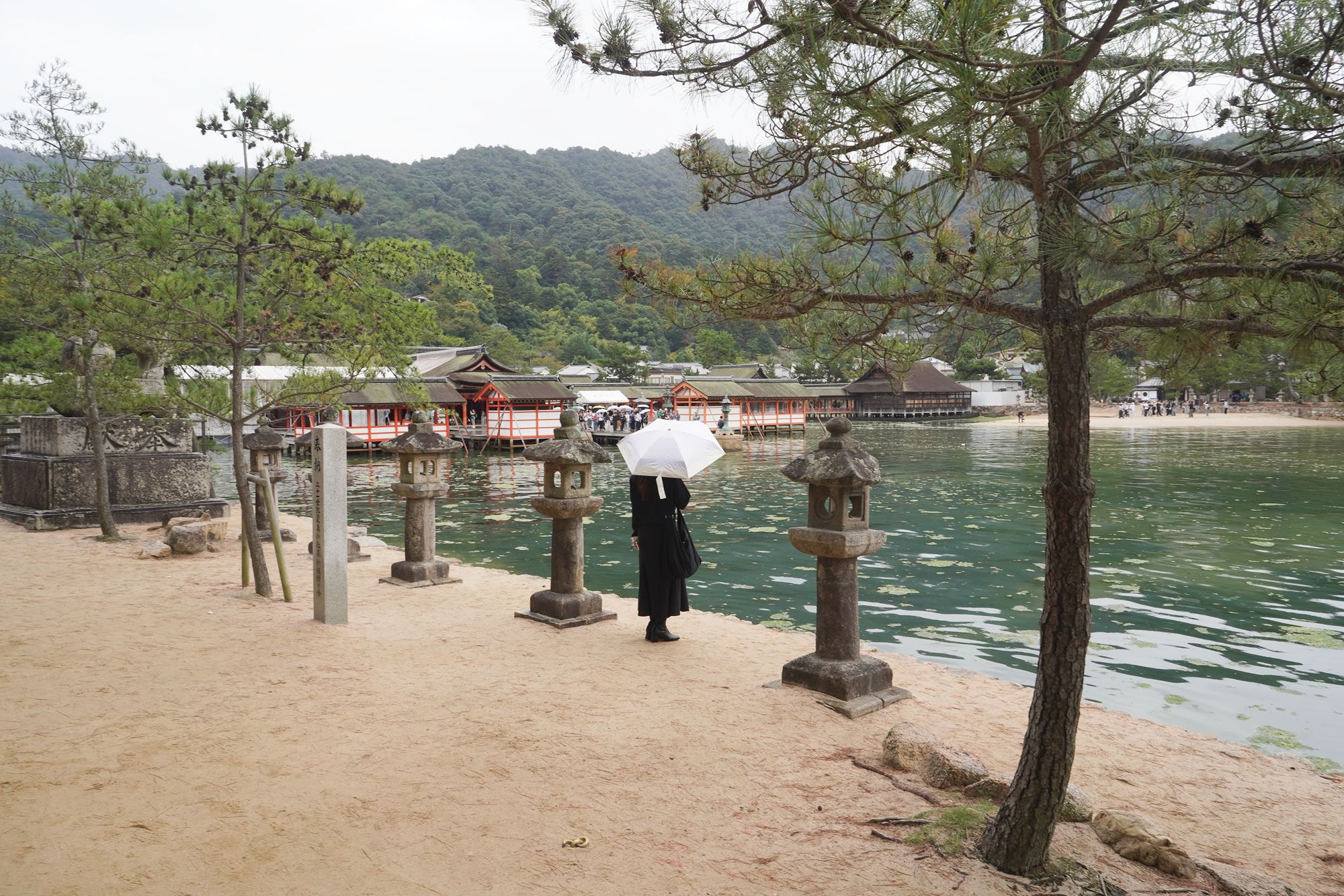
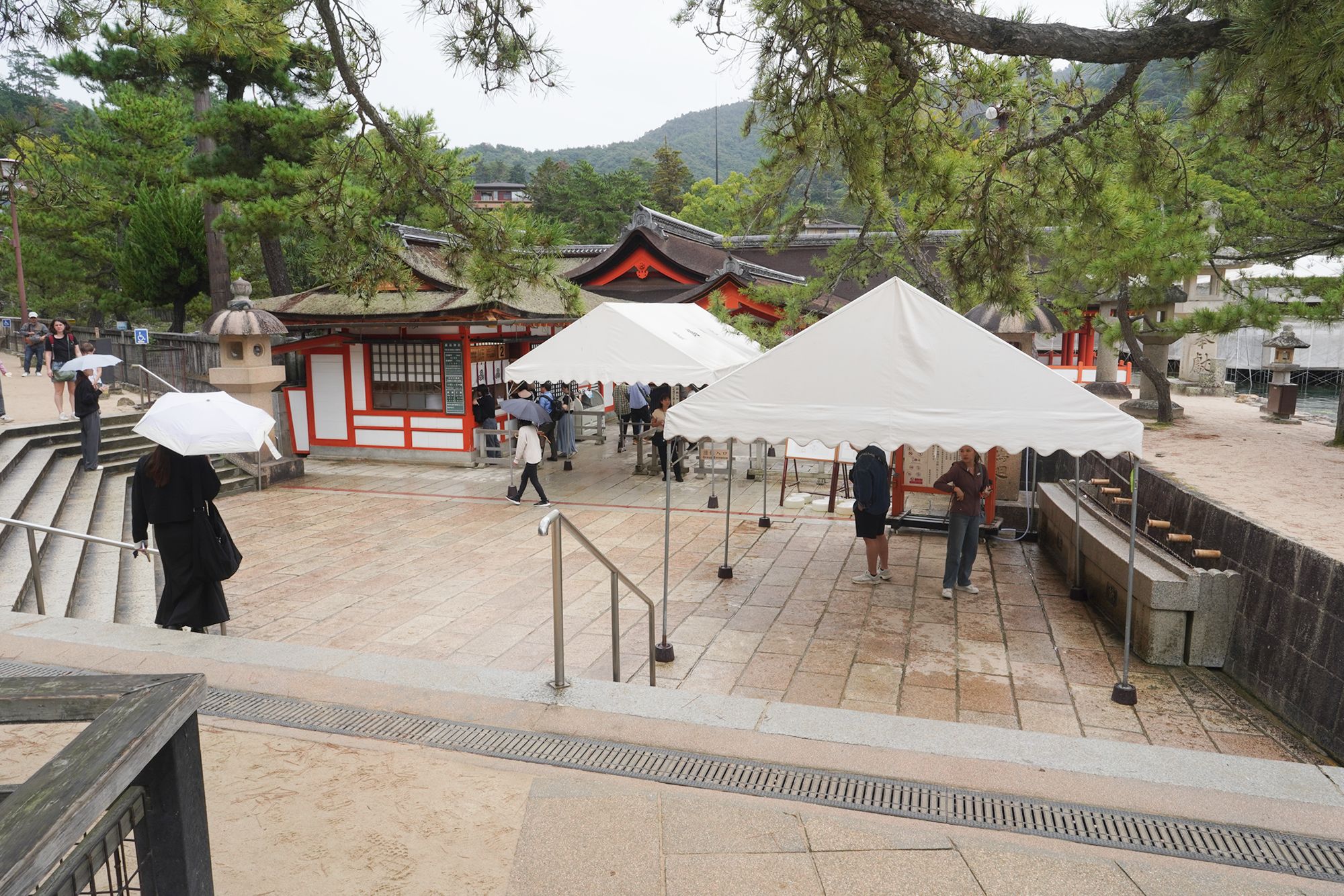
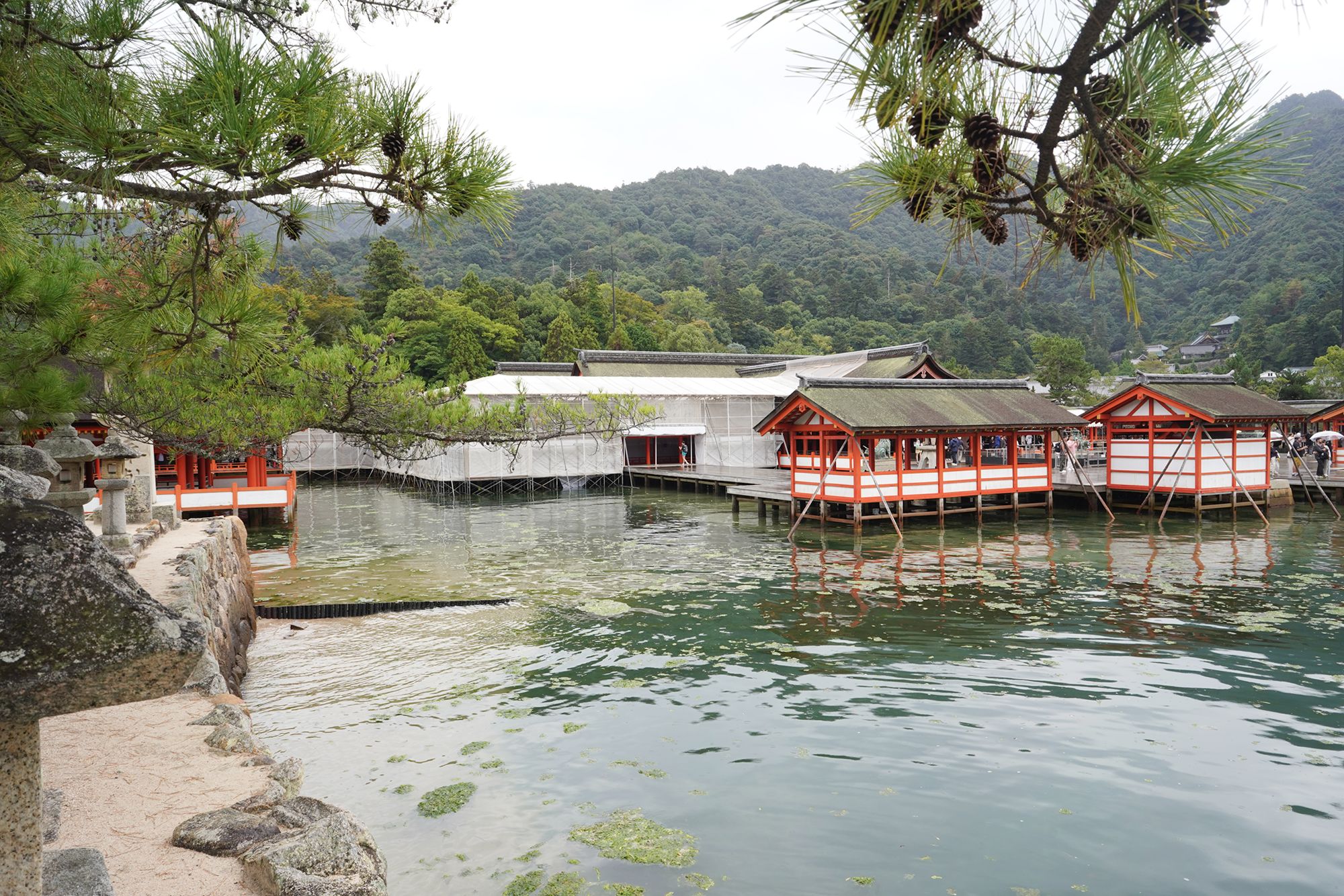
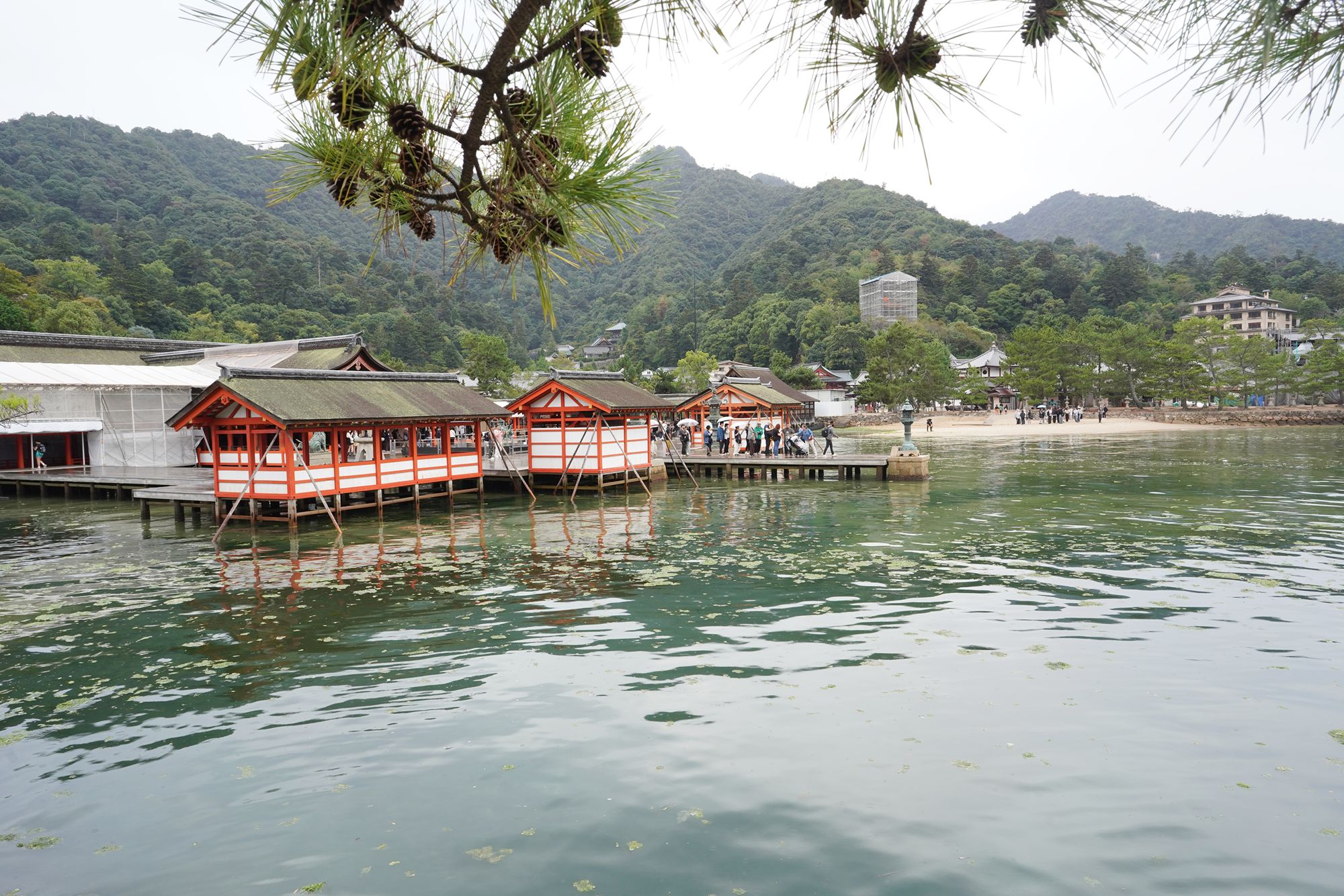
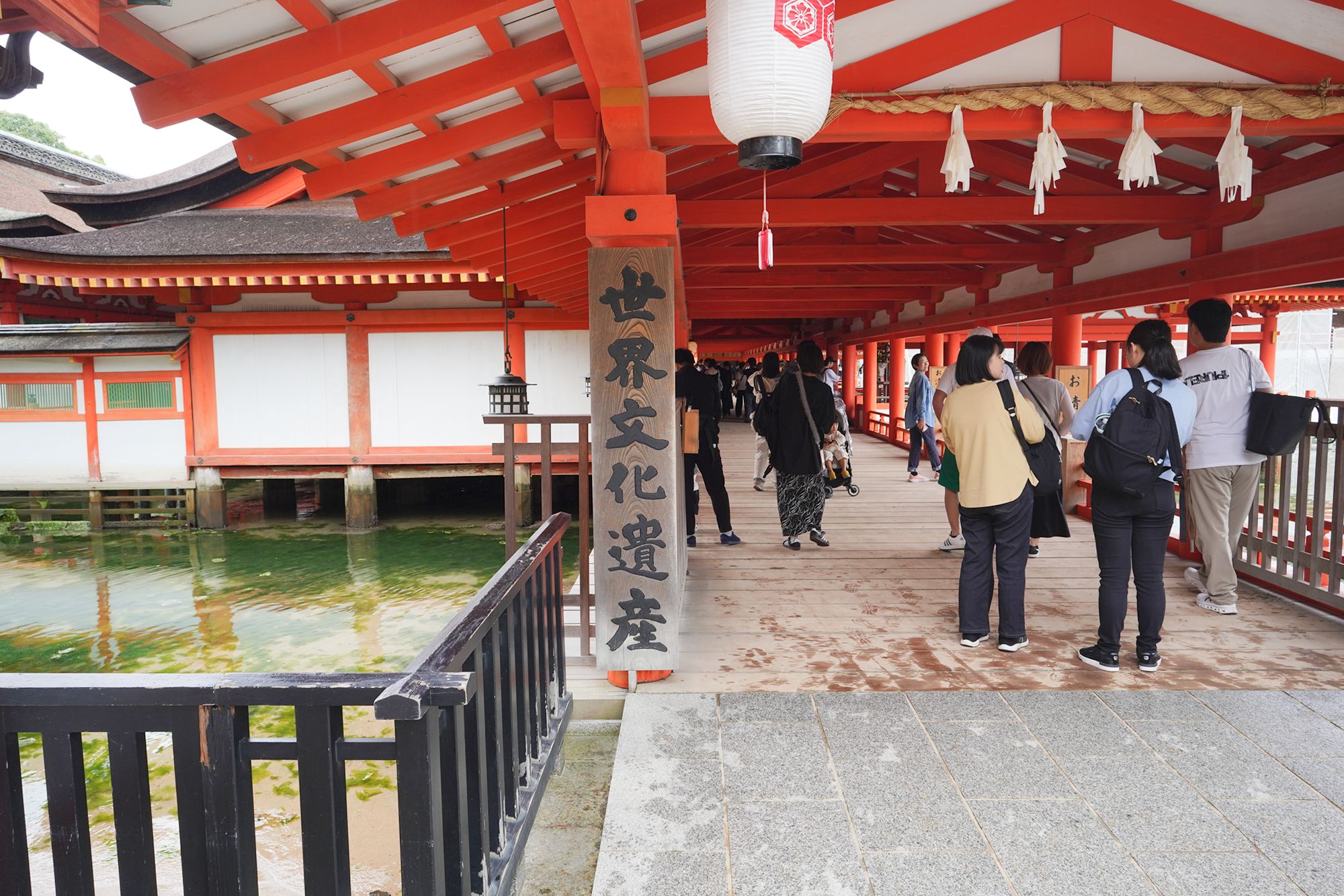
Itsukushima Jinja, situated on Miyajima Island in Hiroshima Prefecture, is one of Japan’s most iconic and culturally significant shrines, designated as a UNESCO World Heritage Site in 1996. The shrine dates back to the 6th century, with its current design established in 1168 under the patronage of Taira no Kiyomori, a prominent samurai leader. It is dedicated to the three Munakata goddesses, who are considered protectors of maritime travel, commerce, and fortune.
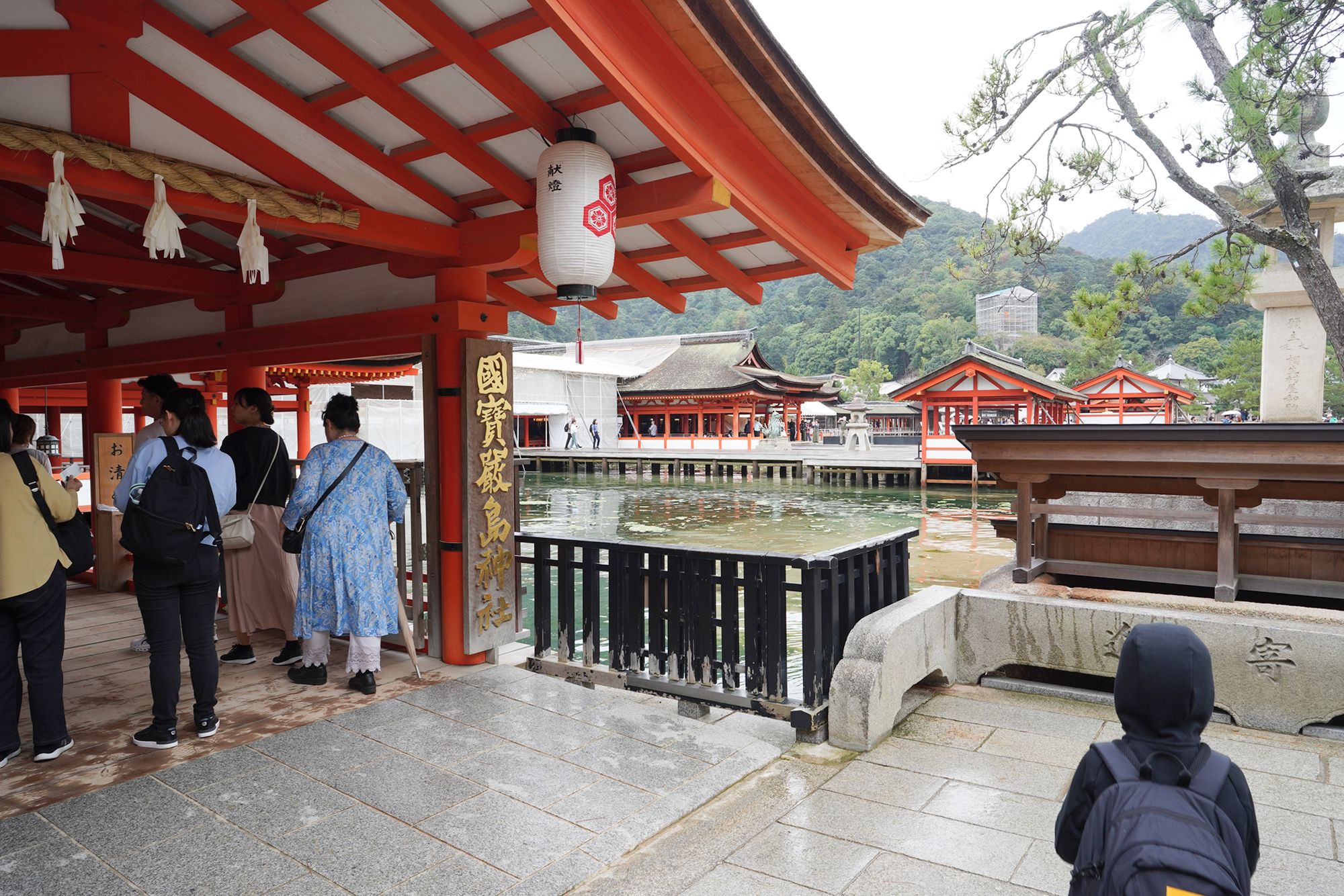
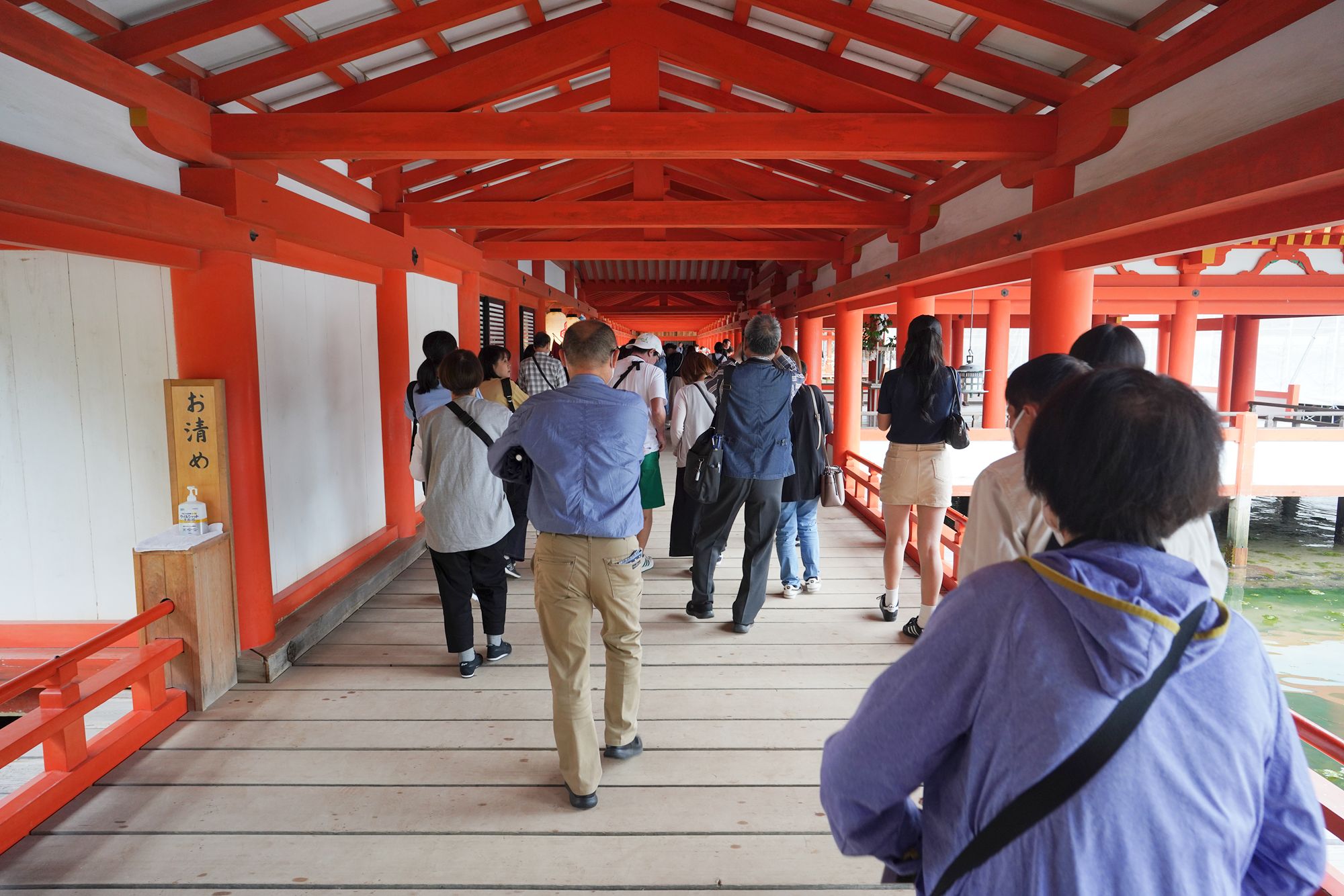
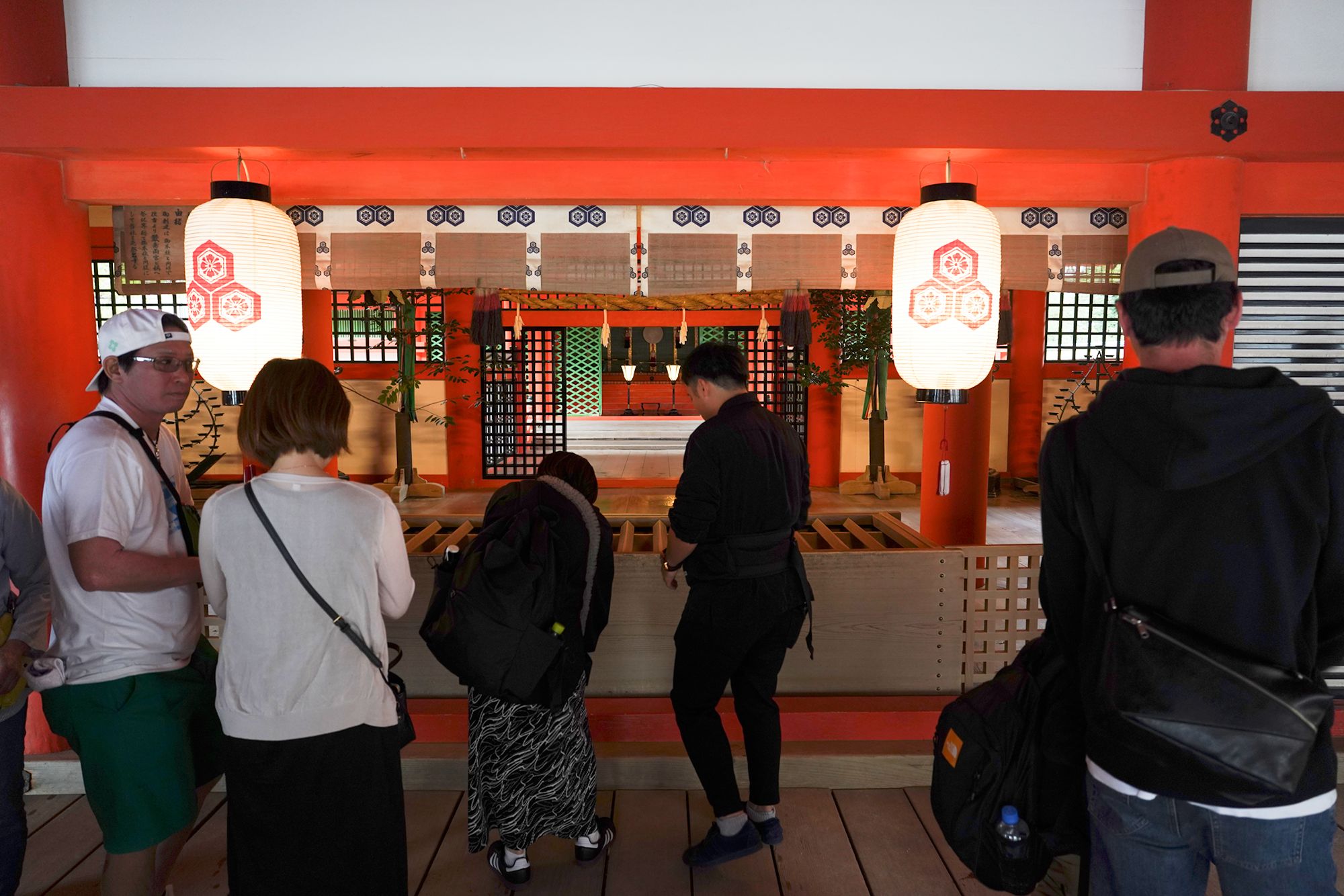
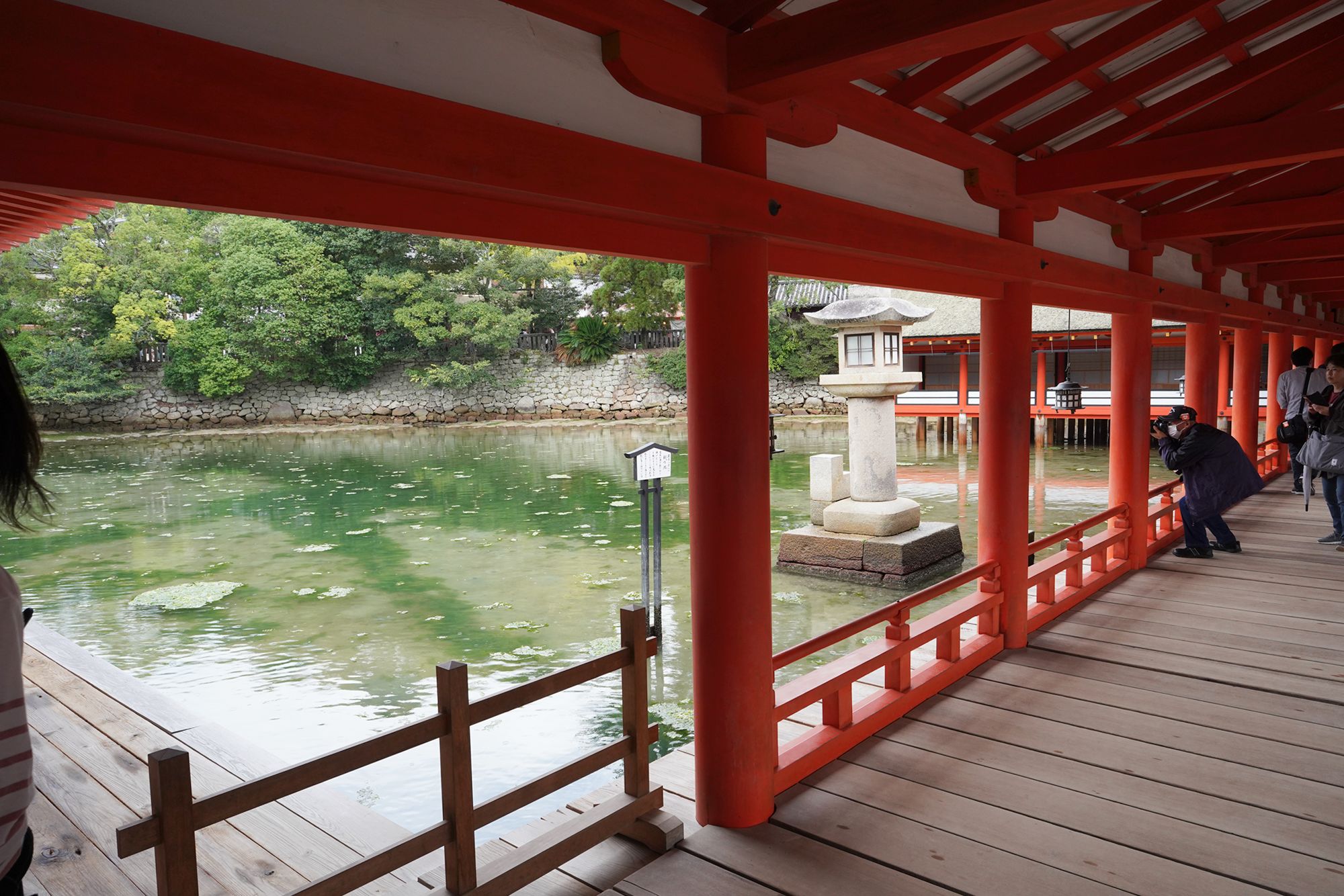
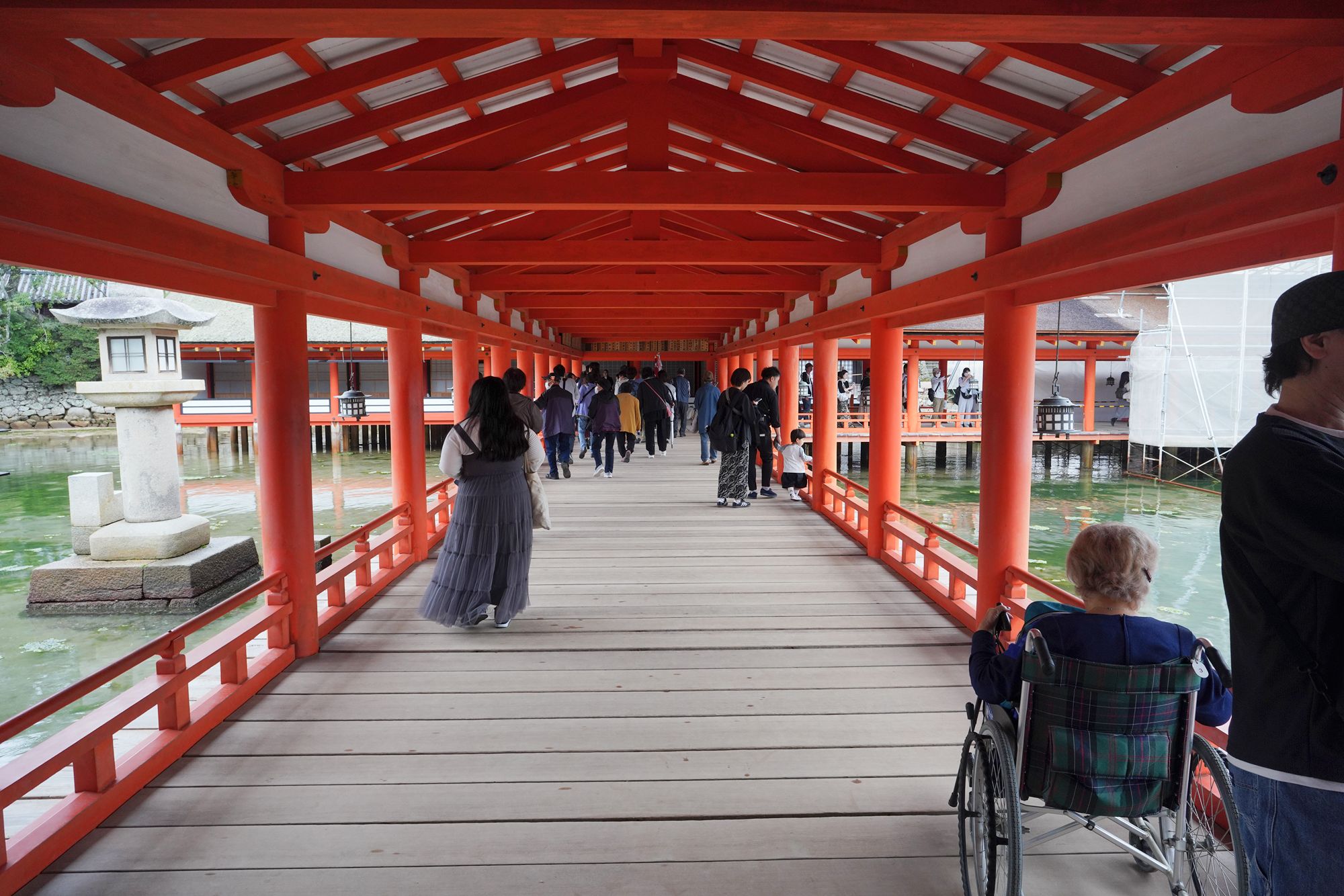
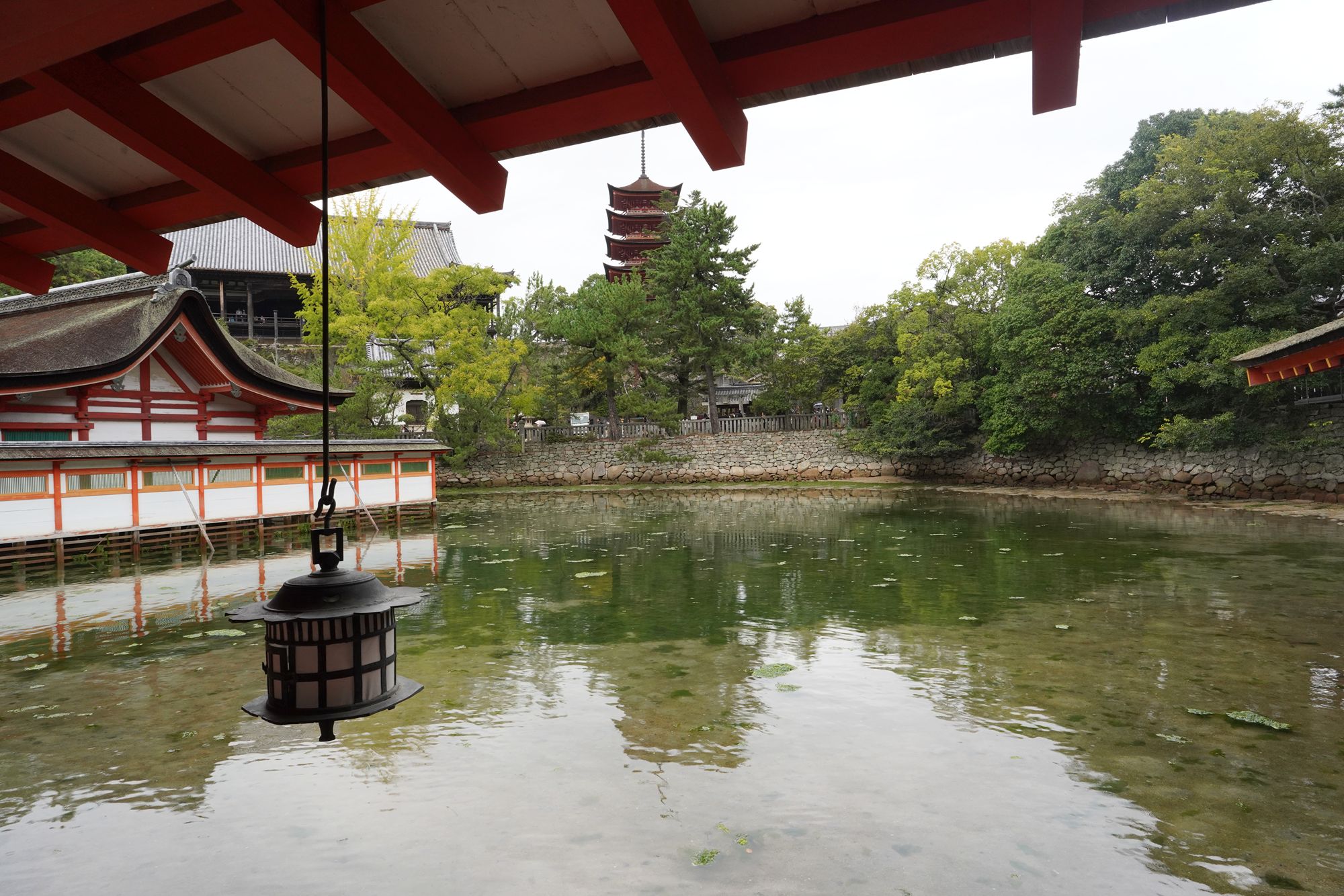
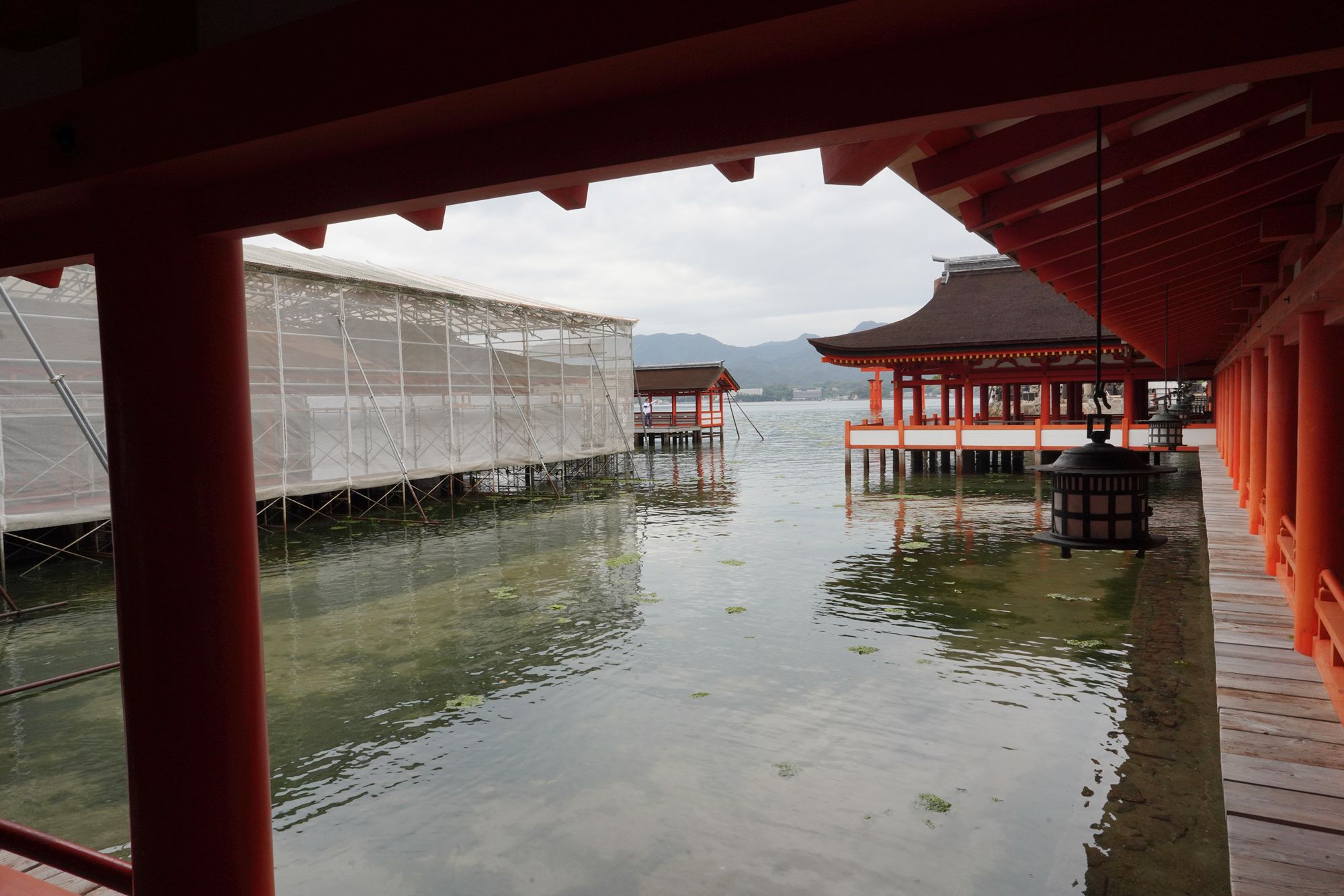
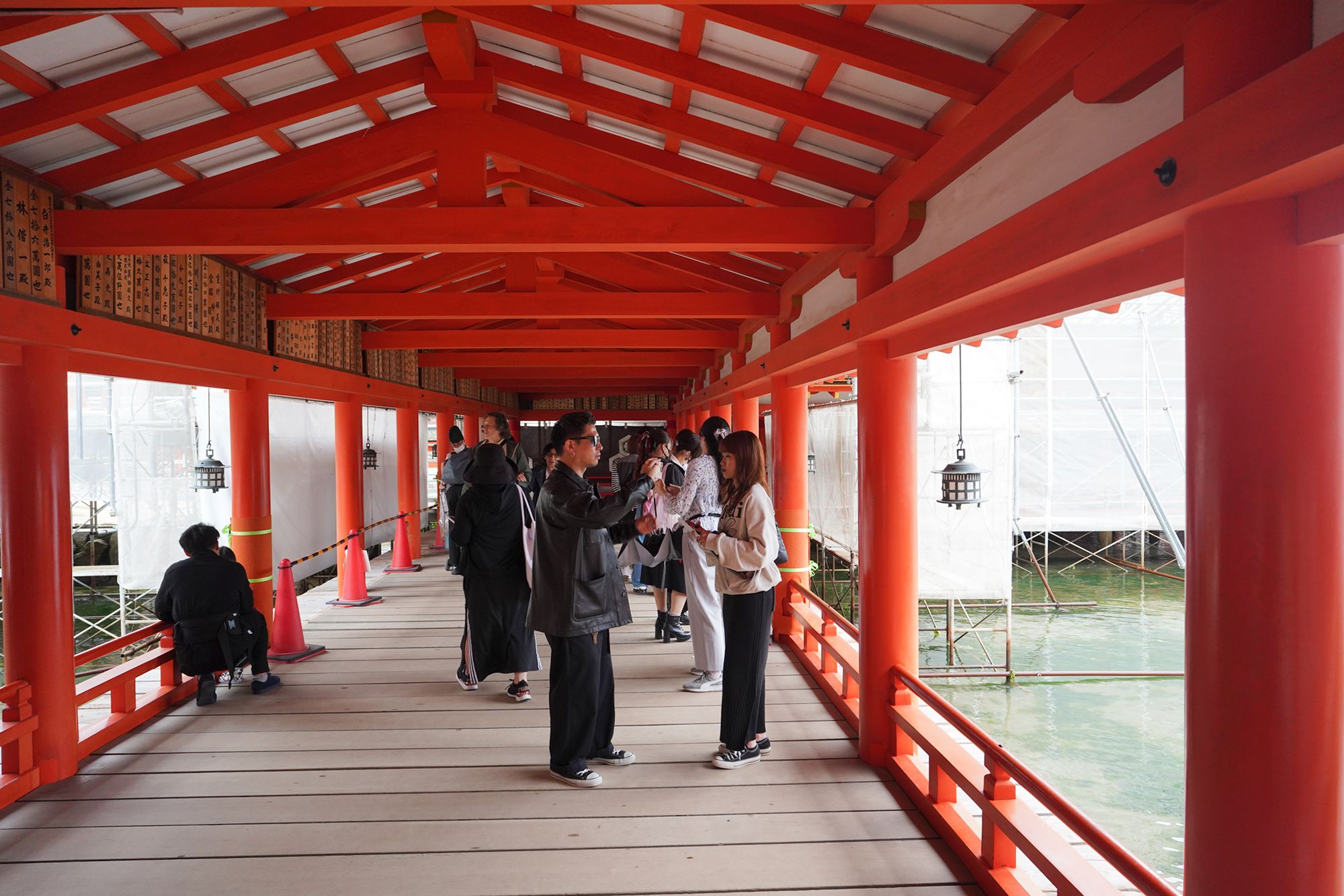
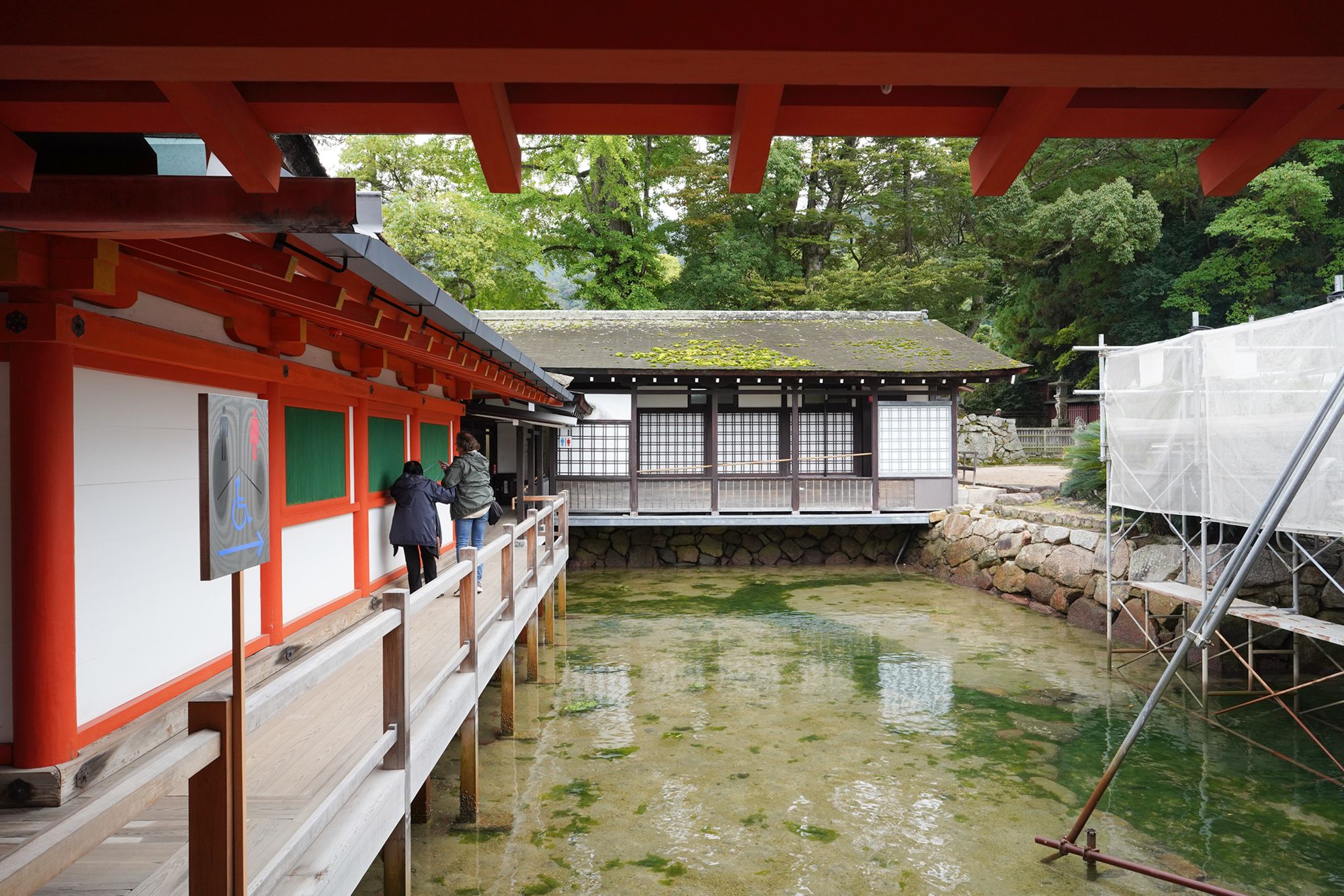
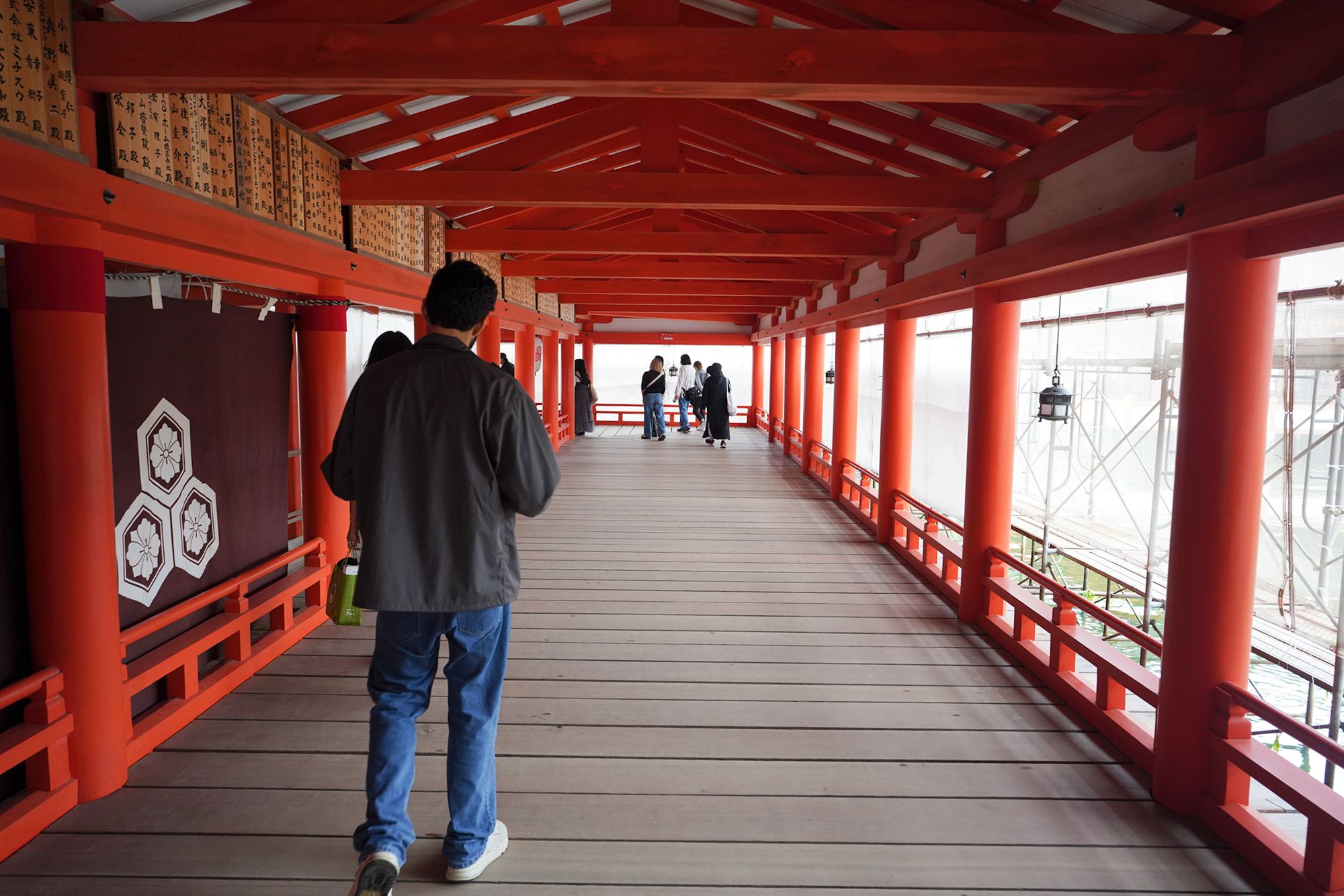
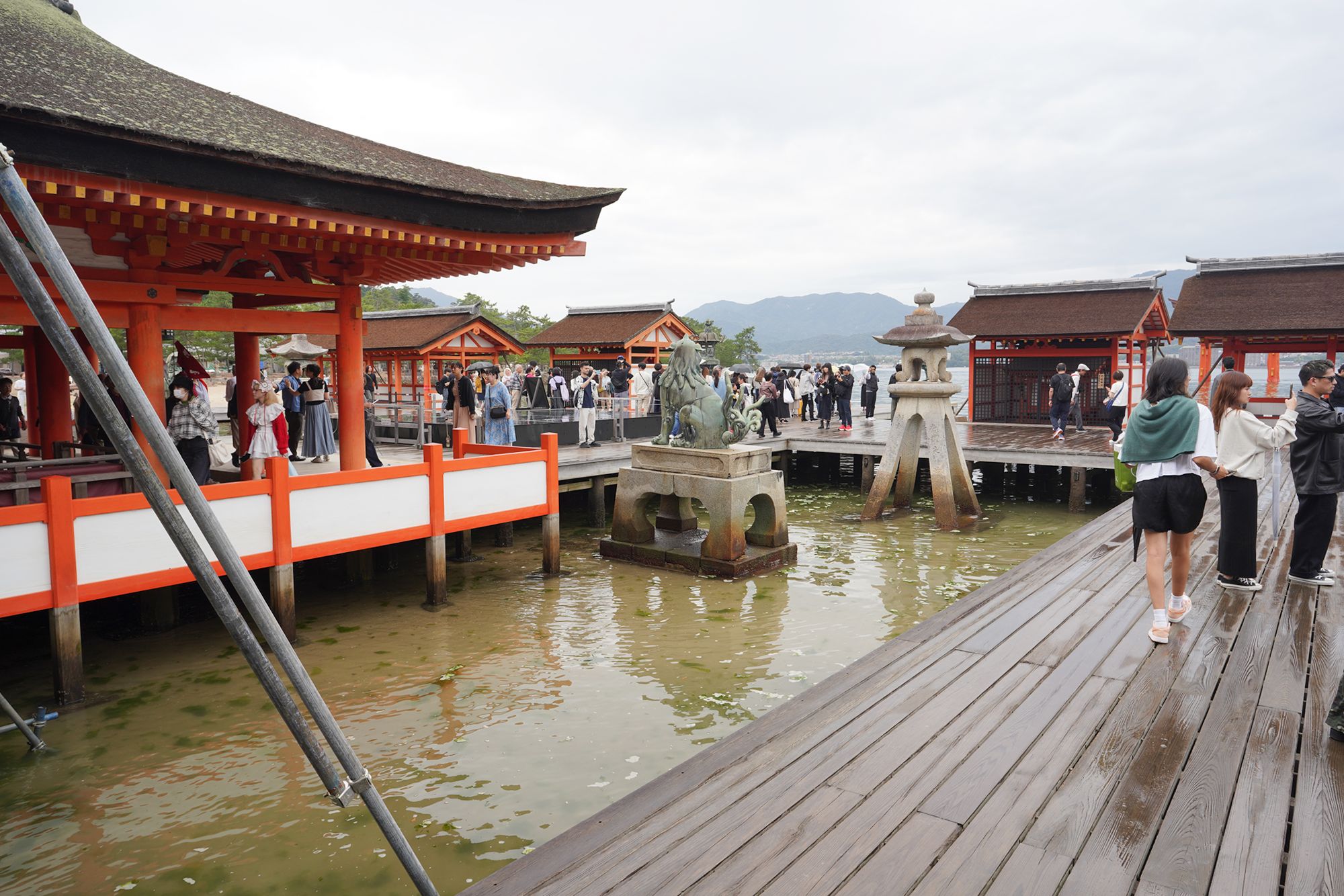
The shrine’s architecture is a masterpiece of harmony with nature, built on a tidal shoreline. The main buildings, supported by wooden pillars set into the seabed, appear to float on the water during high tide, creating a mystical and serene atmosphere. This design reflects the Shinto belief in the unity of human-made structures and the natural world. The torii gate, standing majestically offshore, is a globally recognized symbol of Japan and one of the country’s most photographed landmarks.
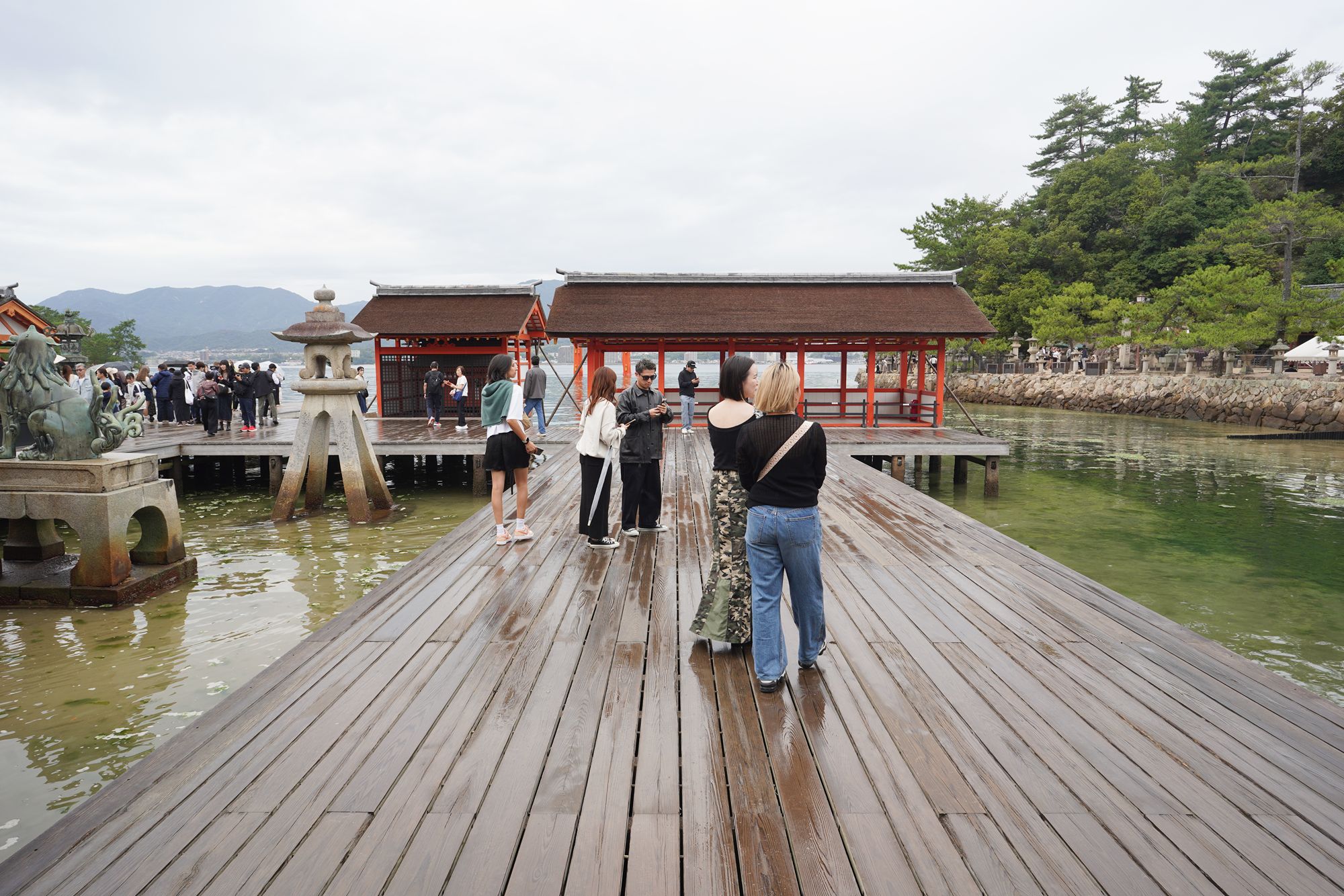
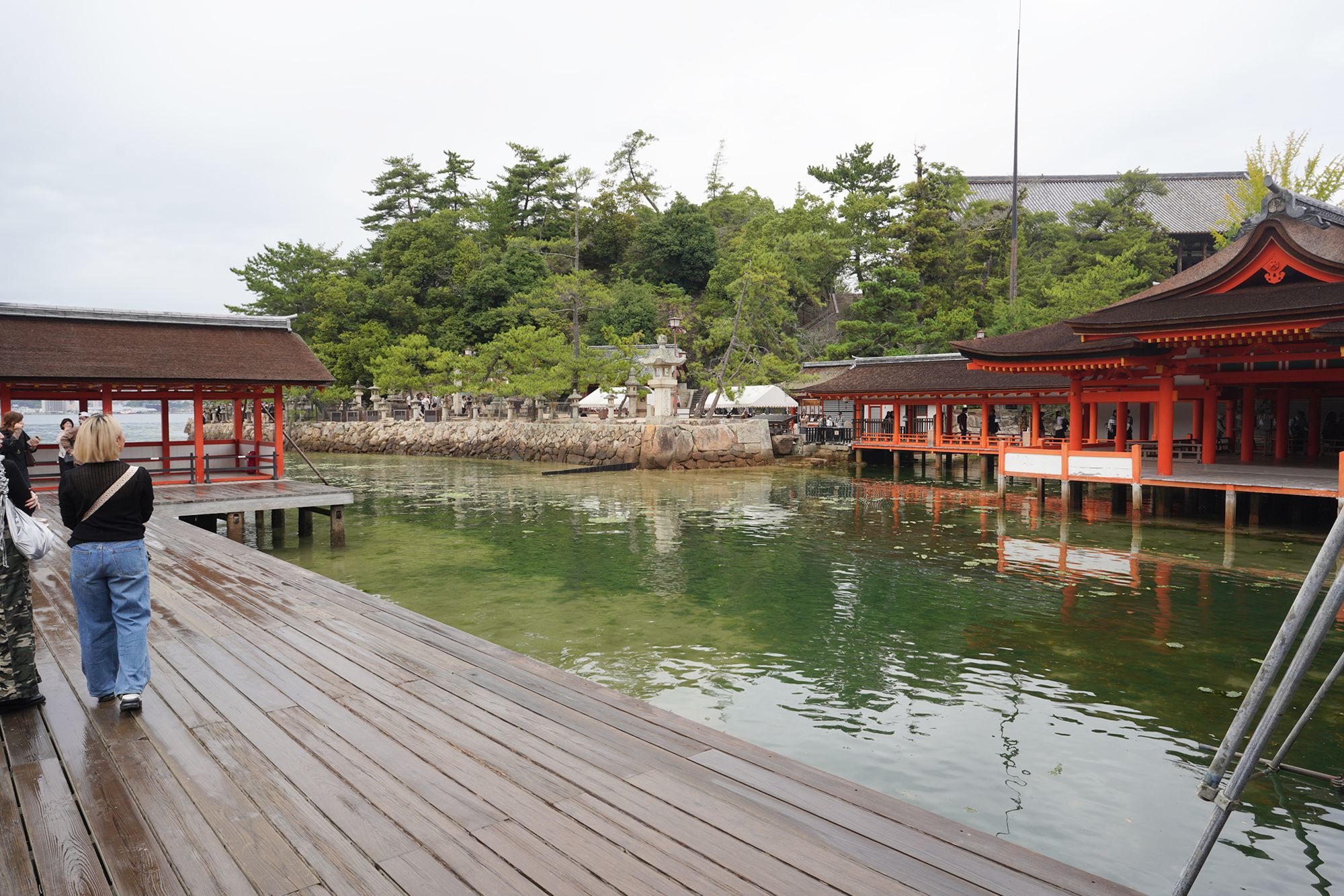
Back side
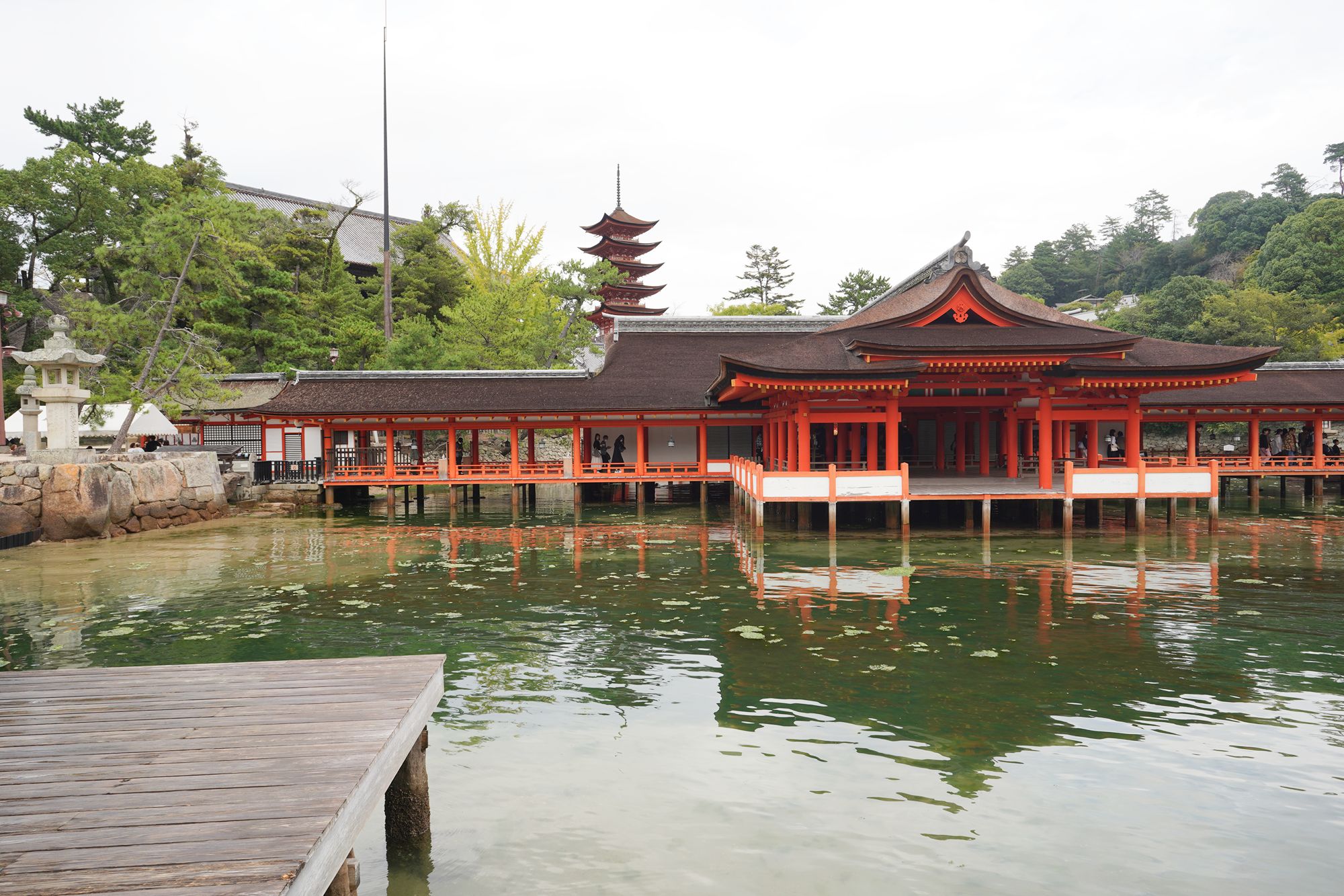
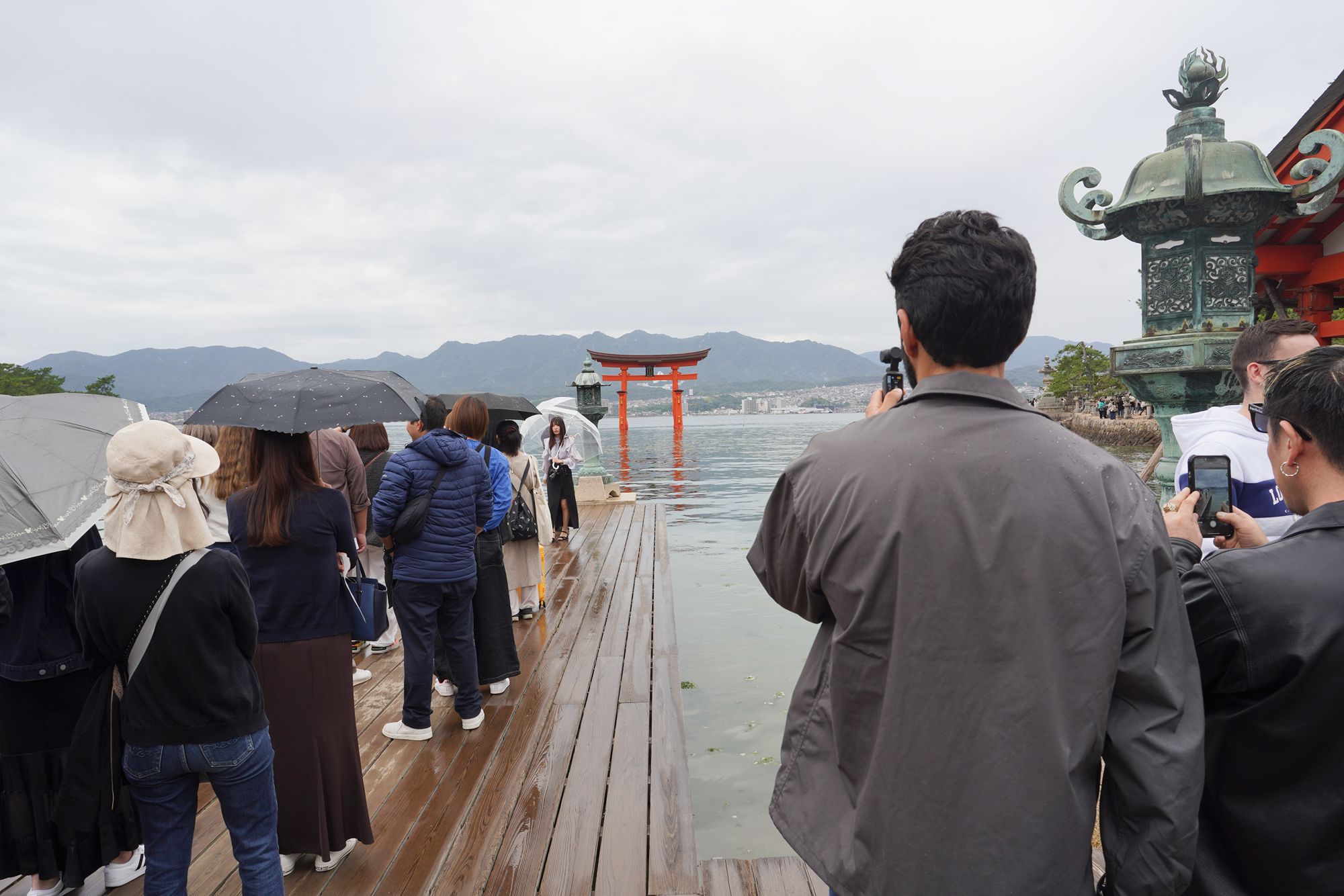
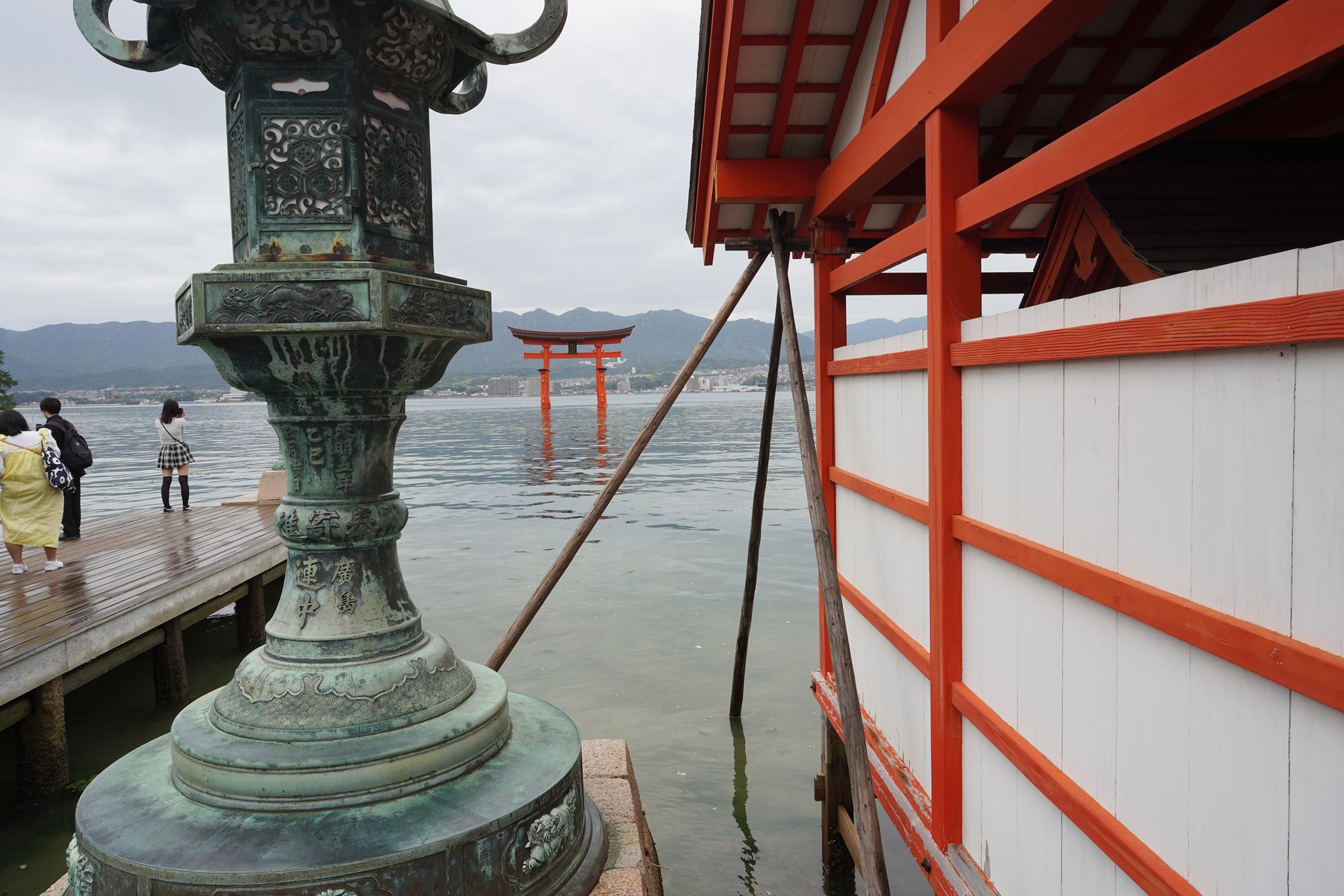
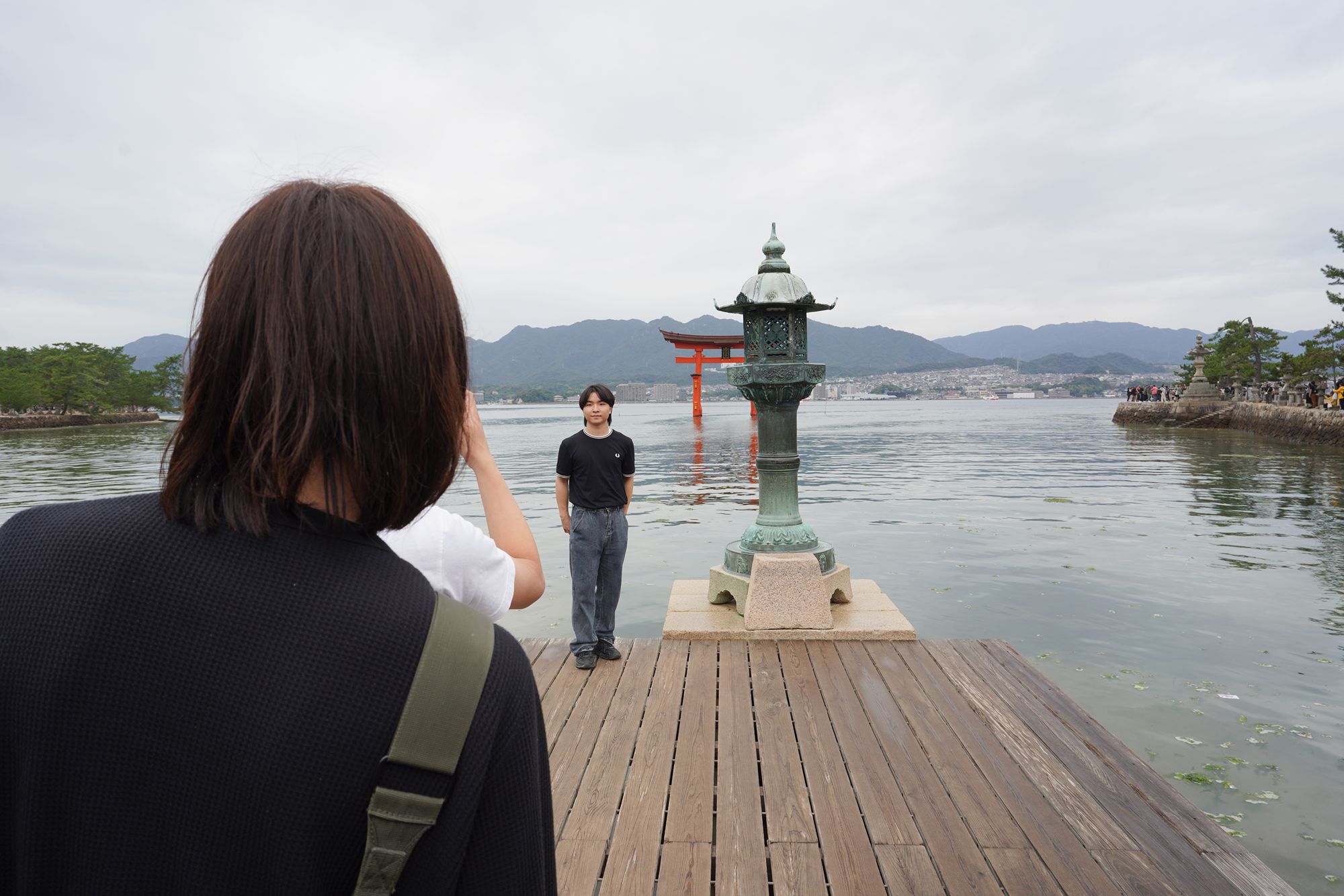
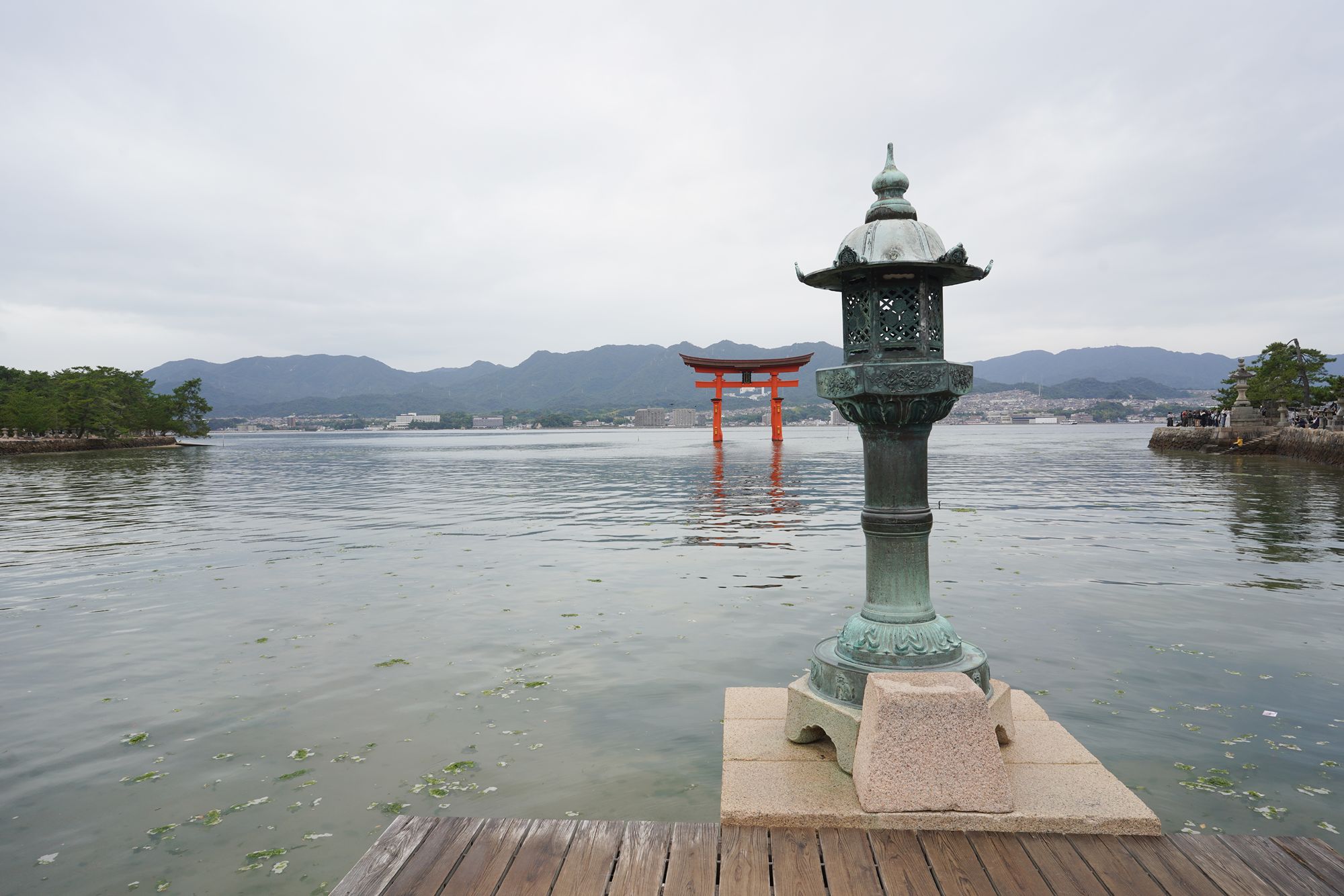
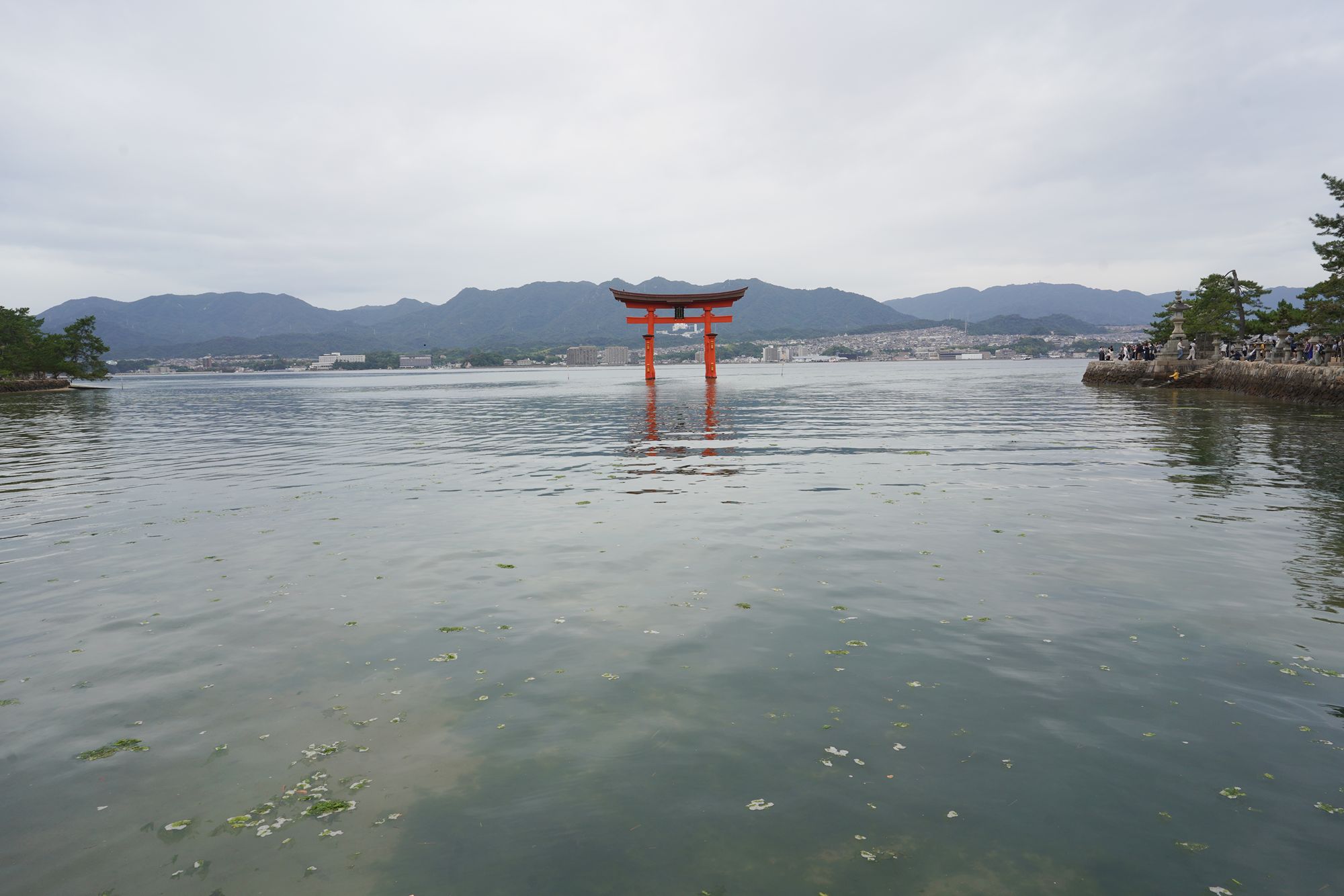
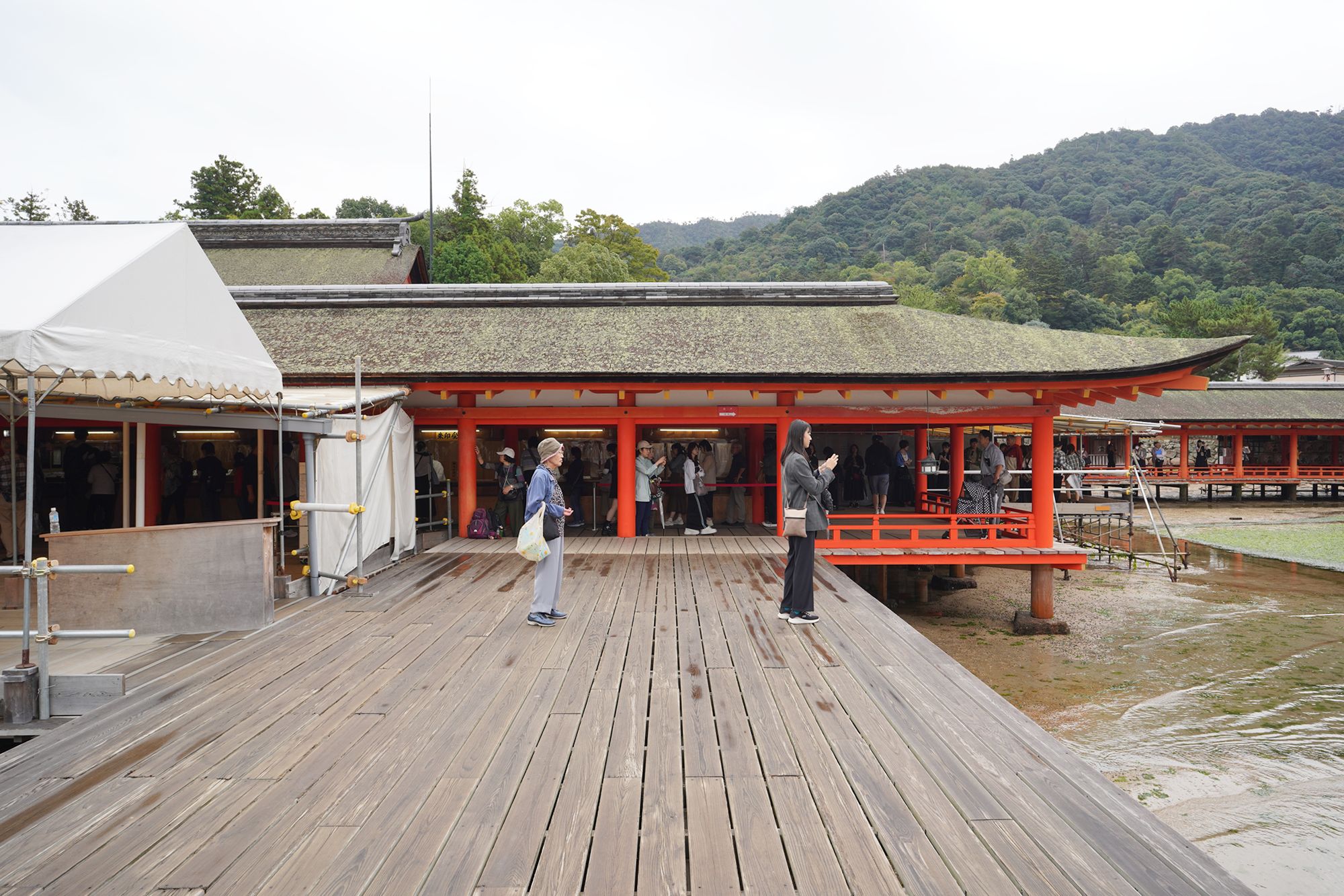
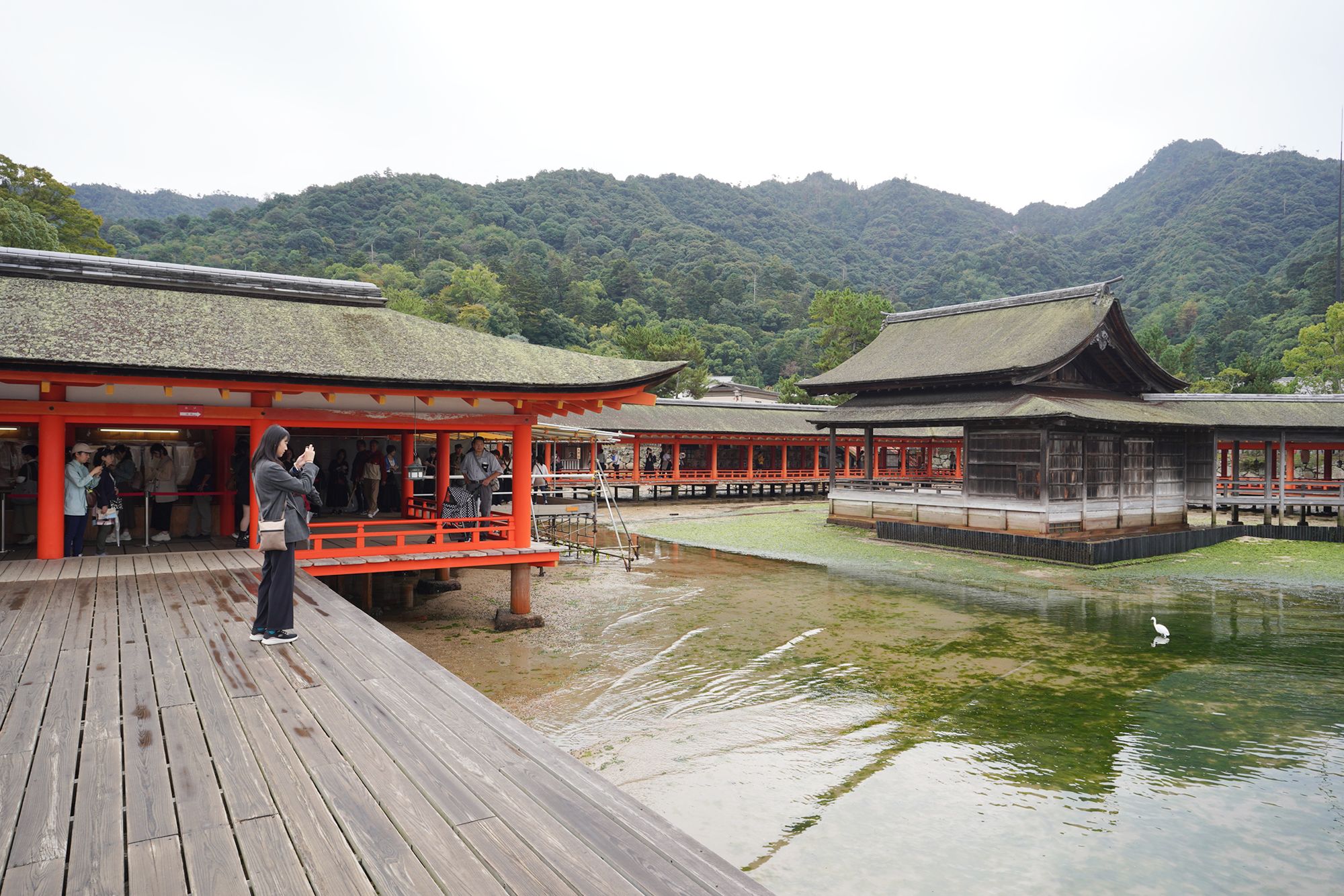
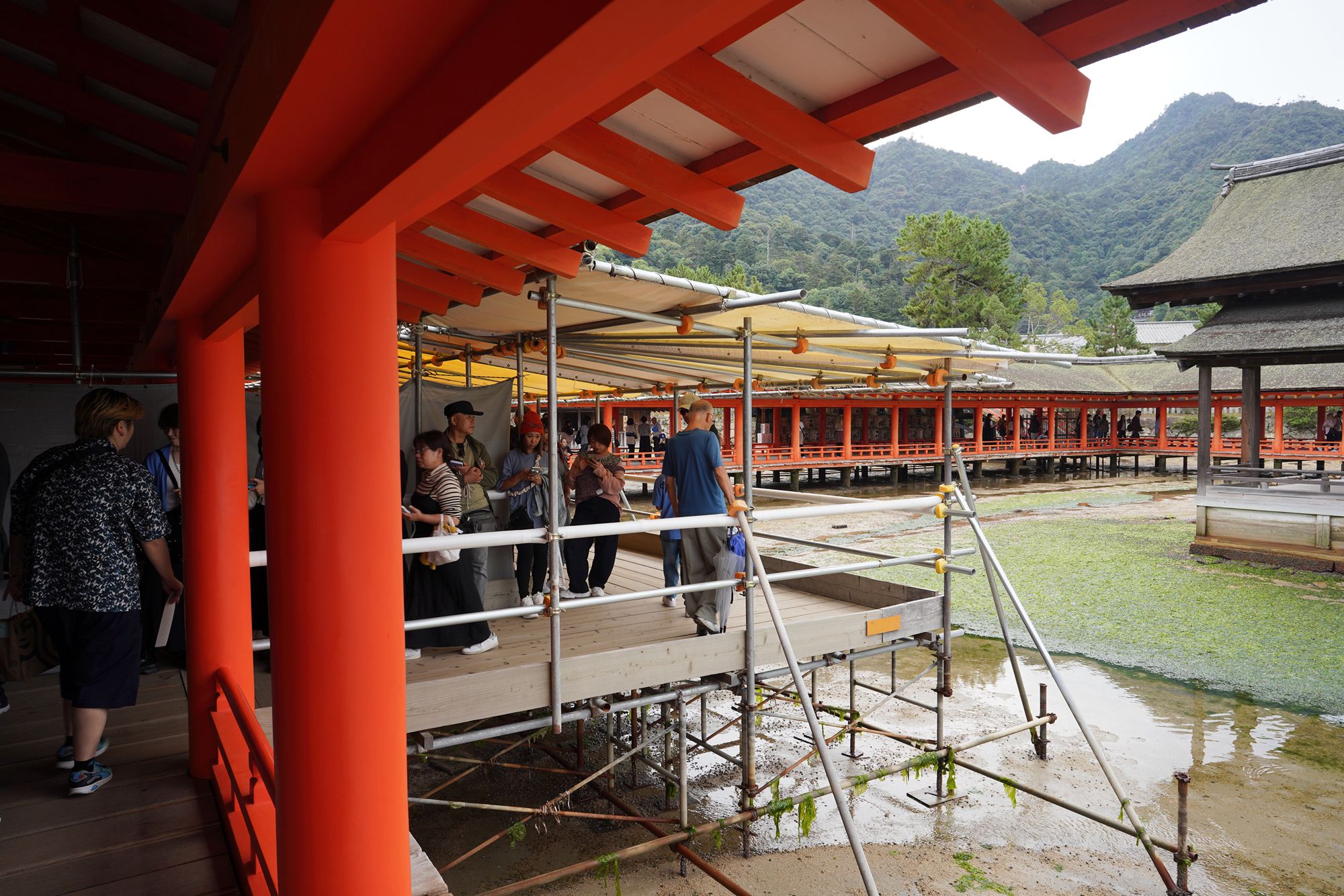
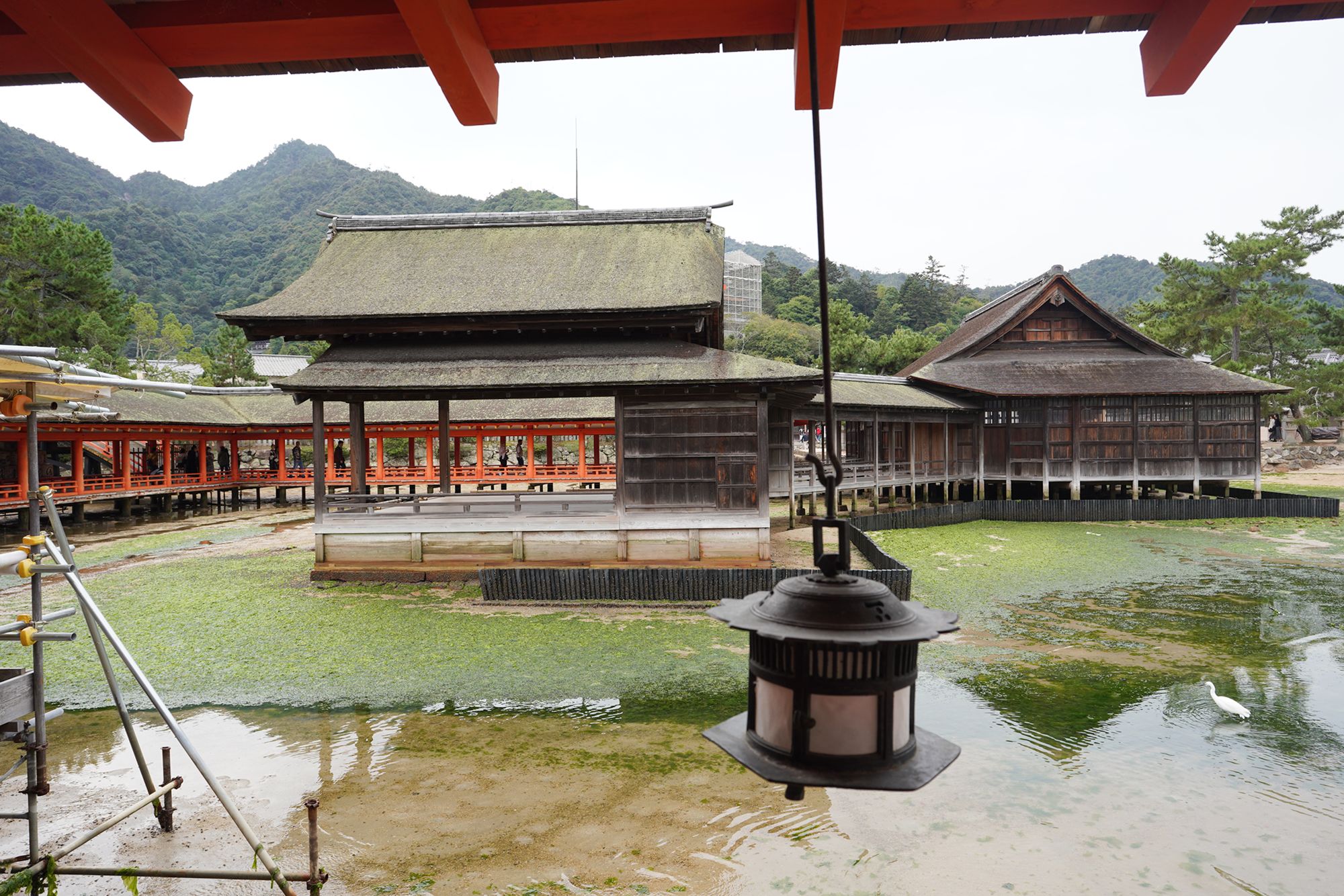
Back side
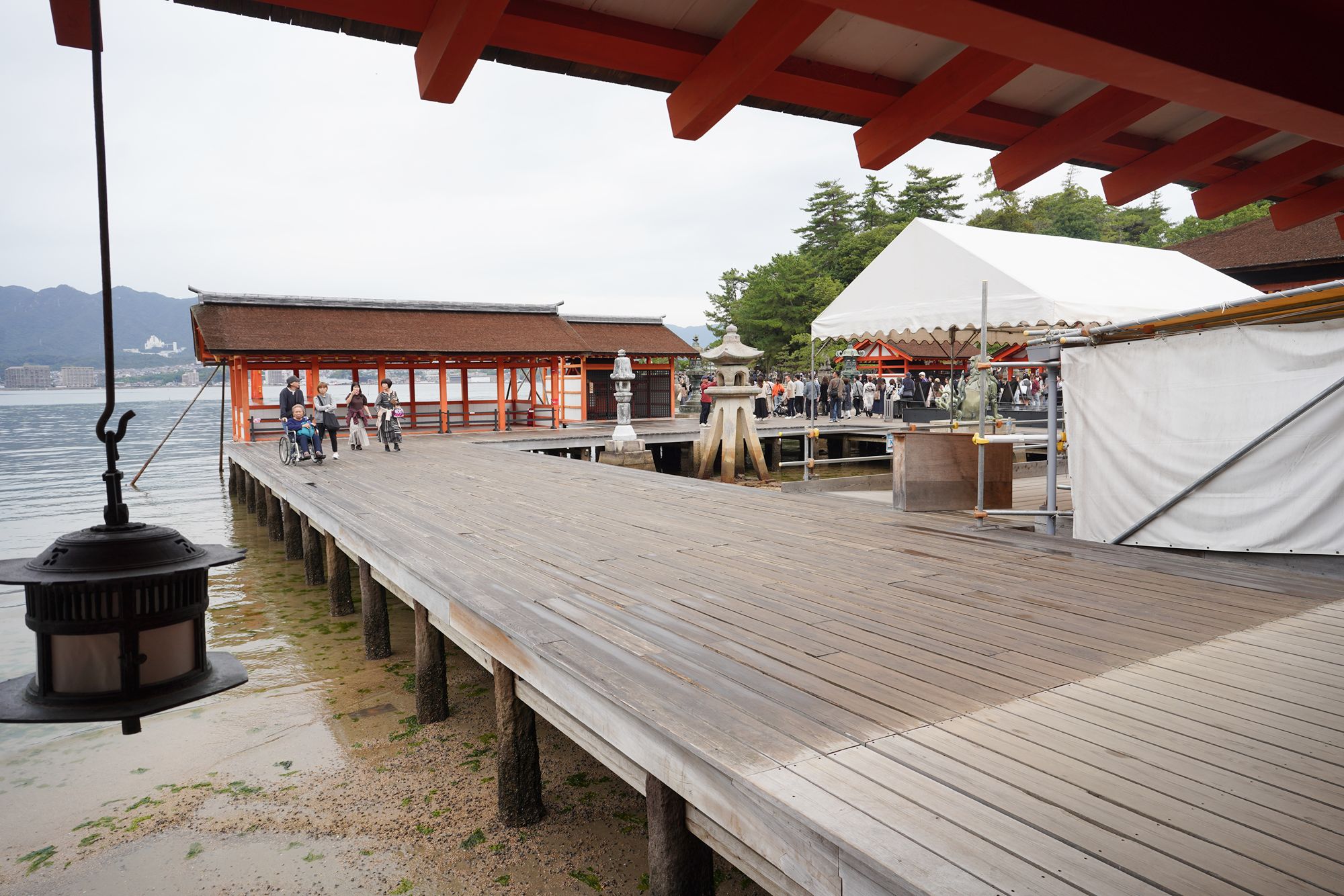
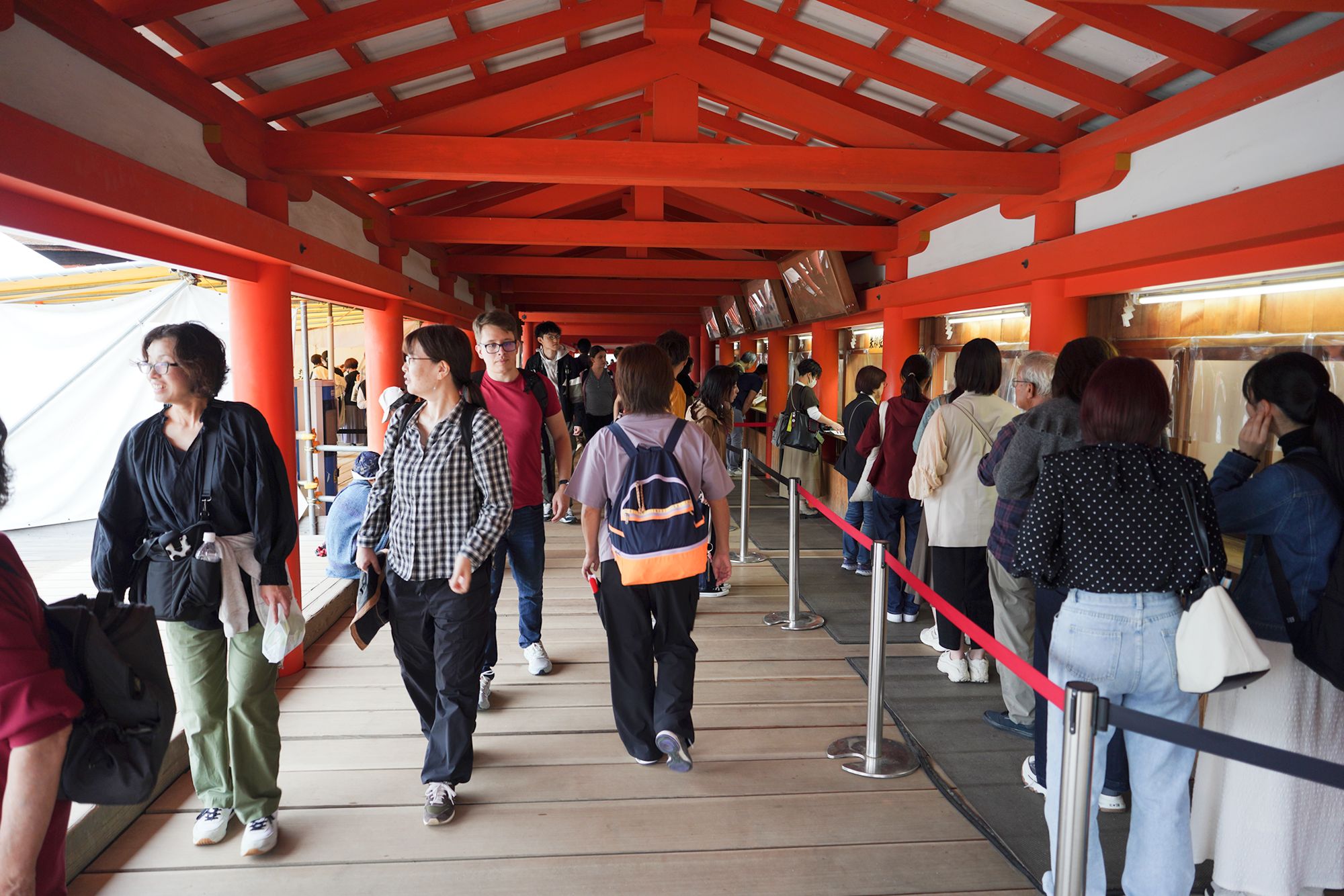
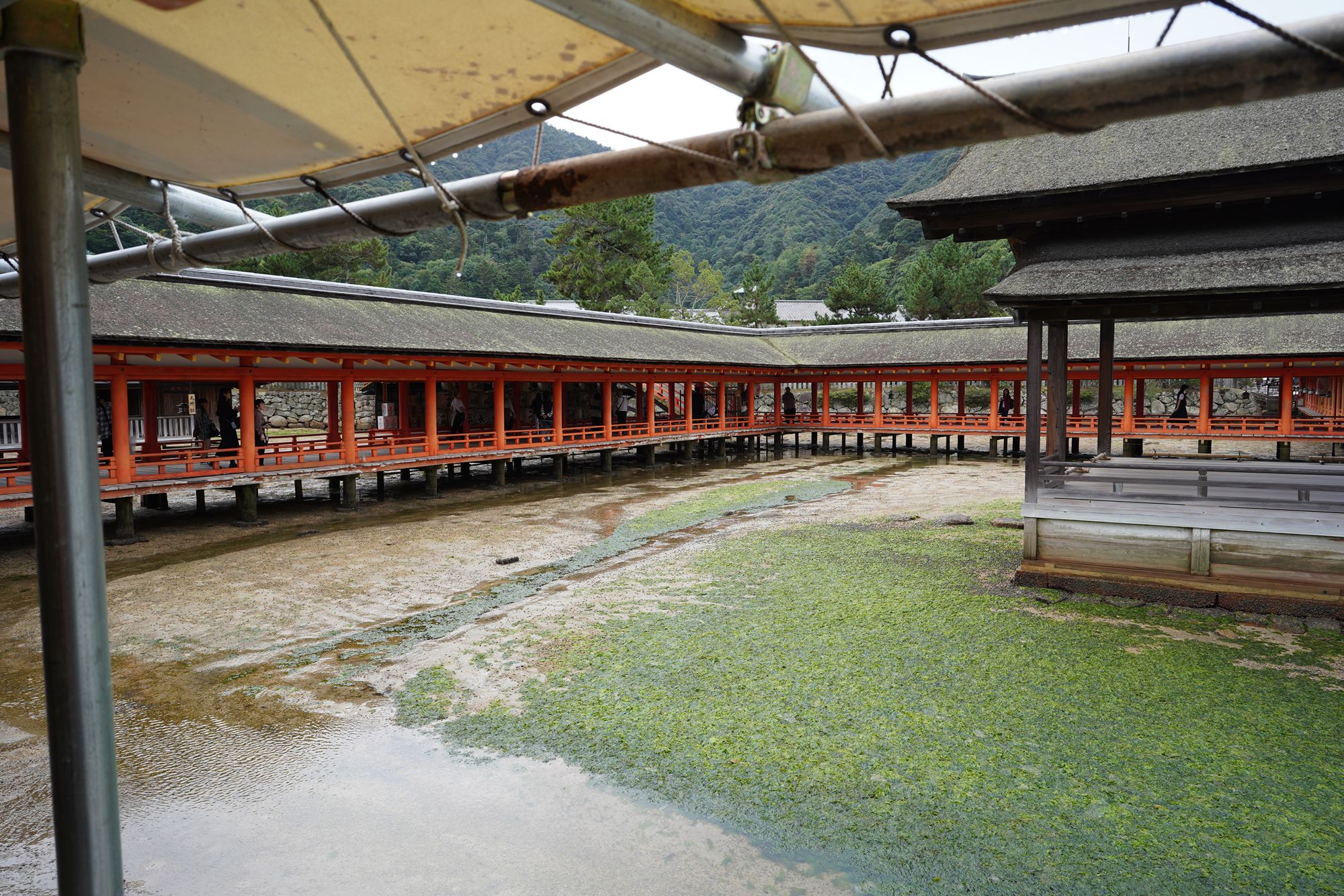
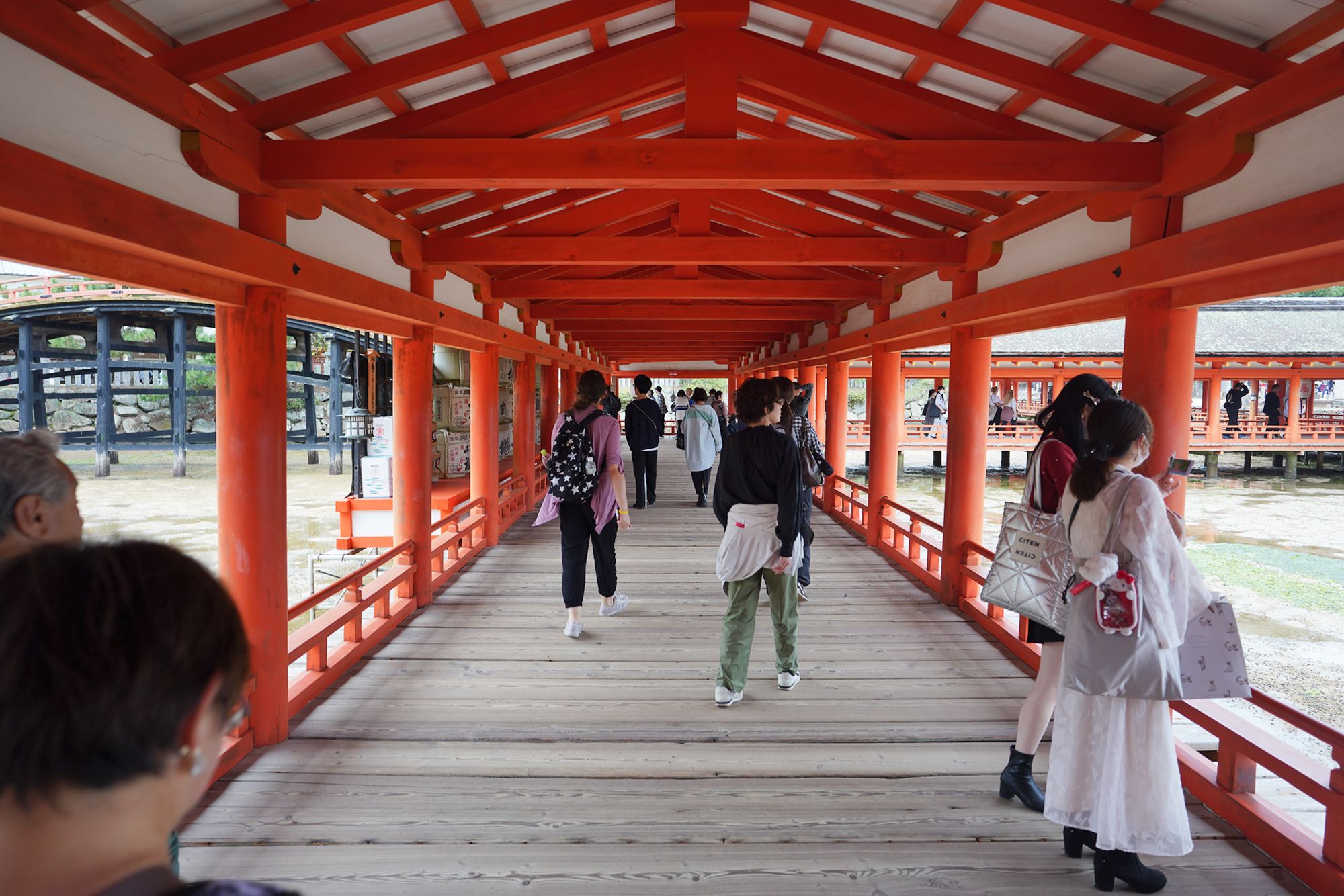
Back side
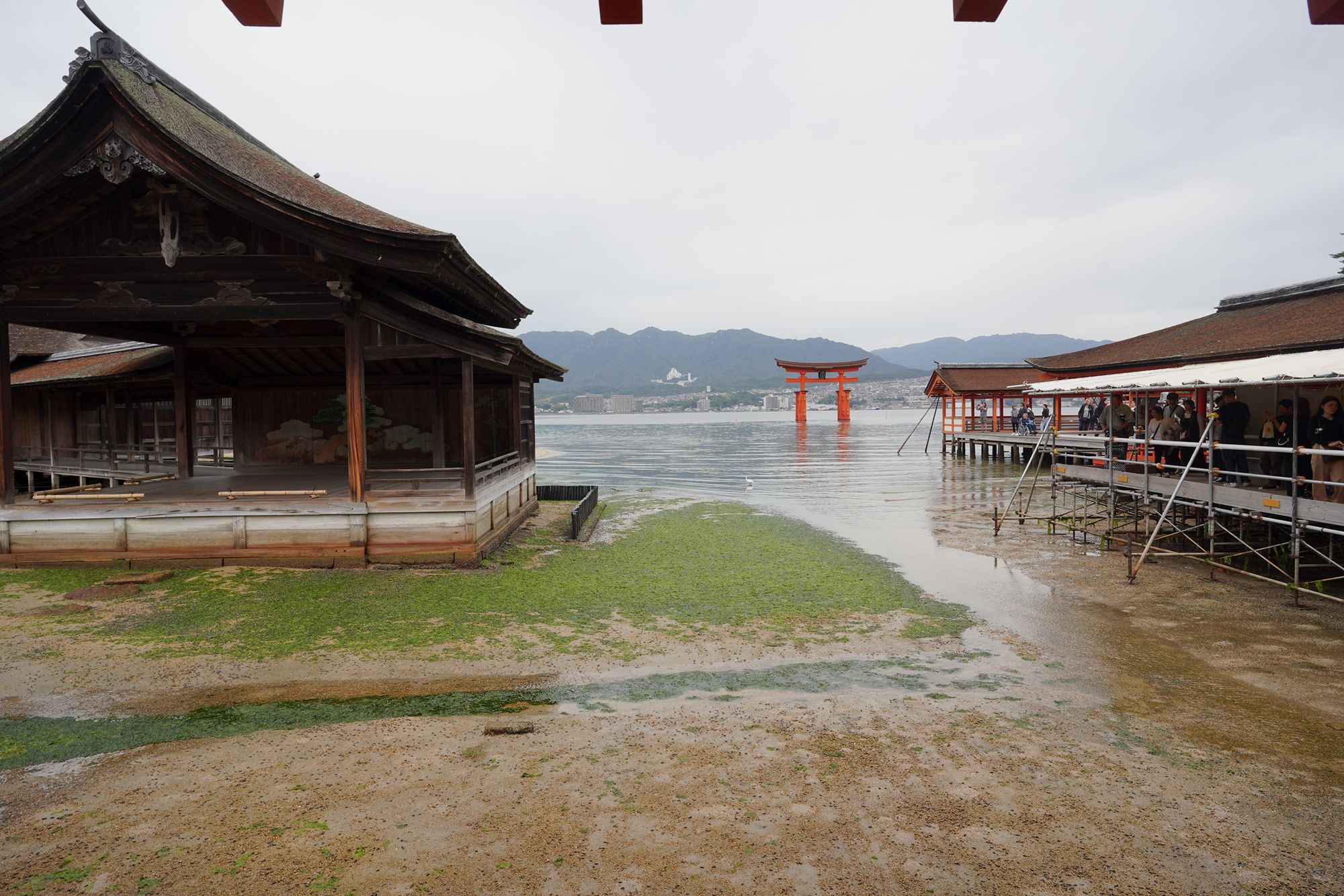
Back side
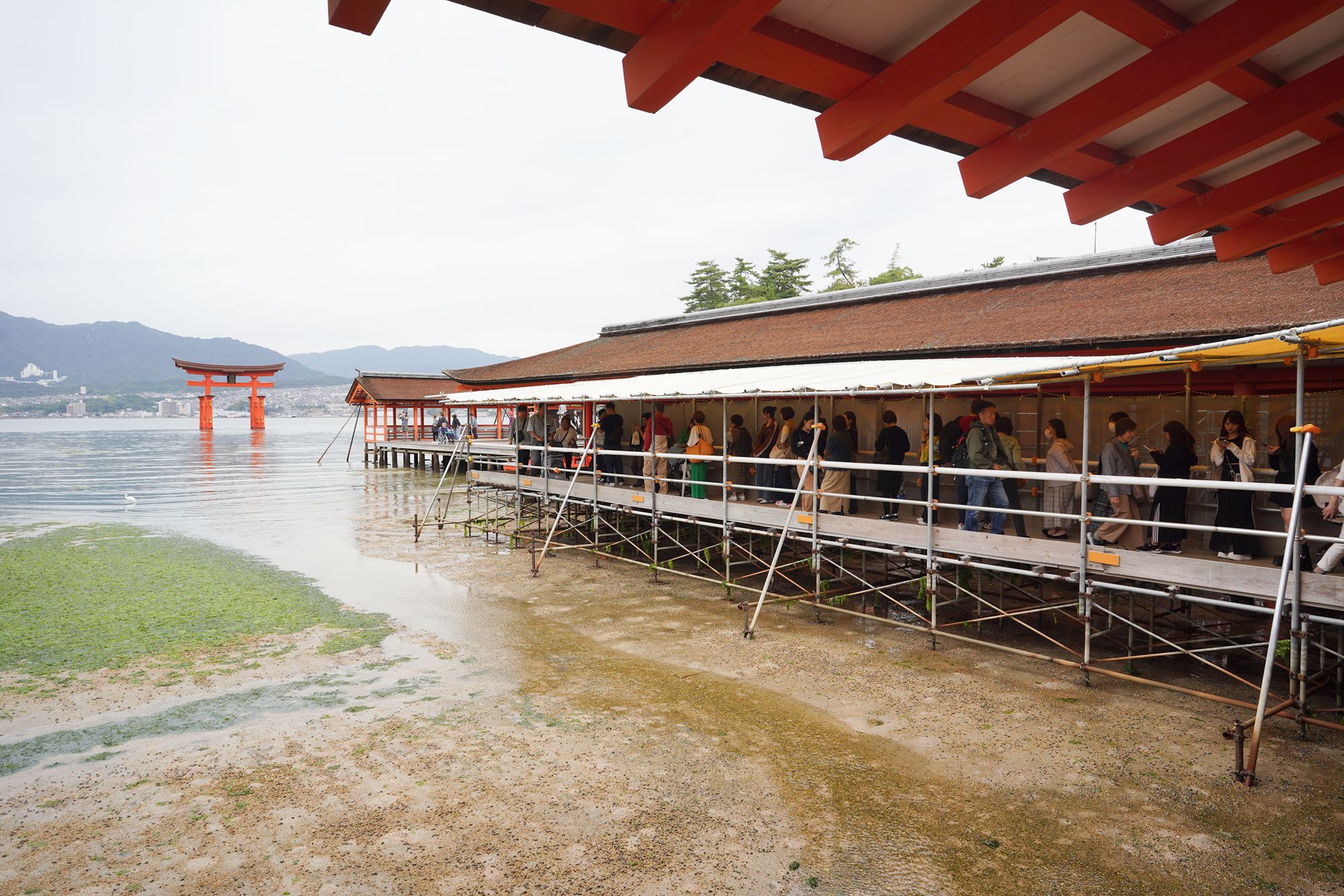
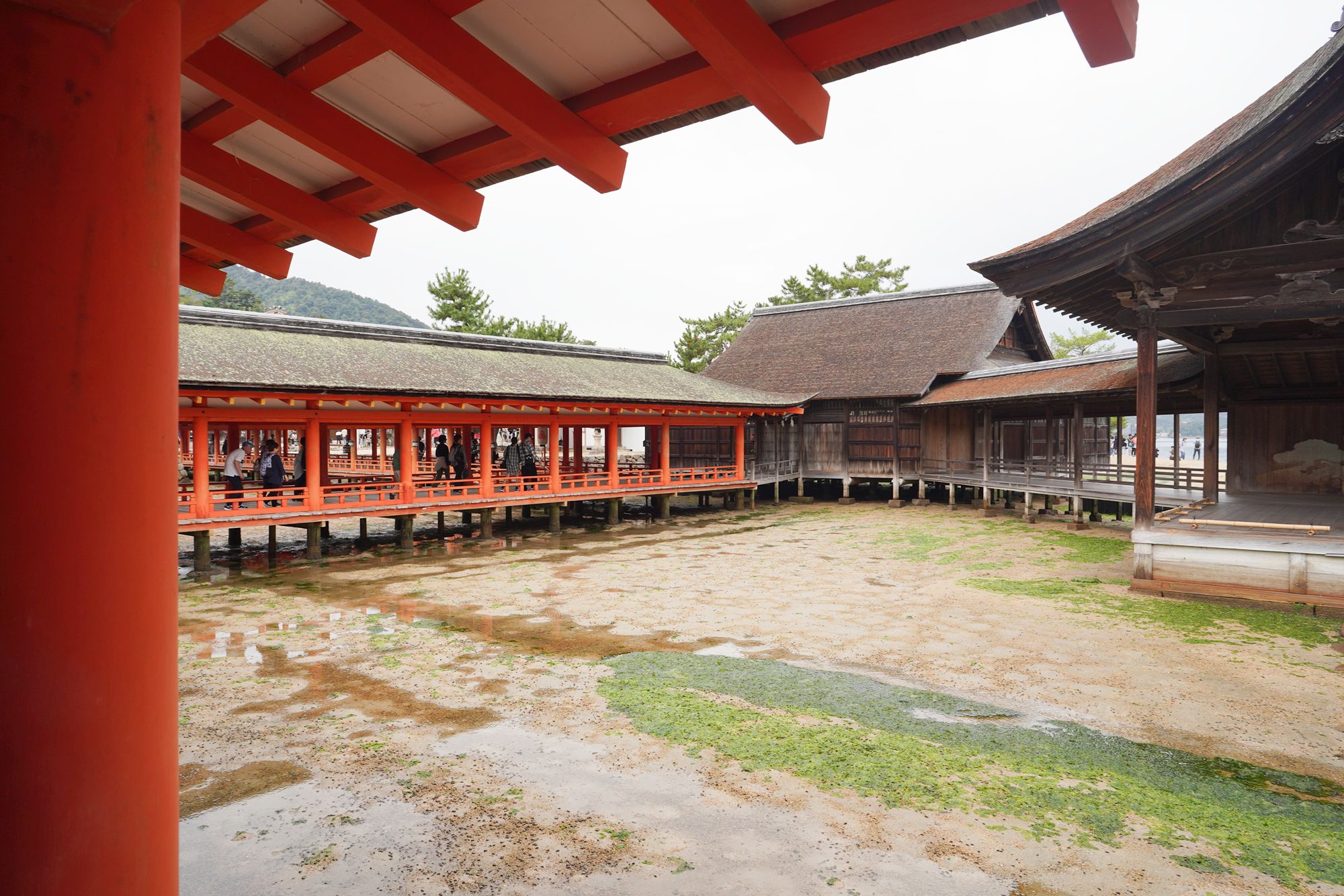
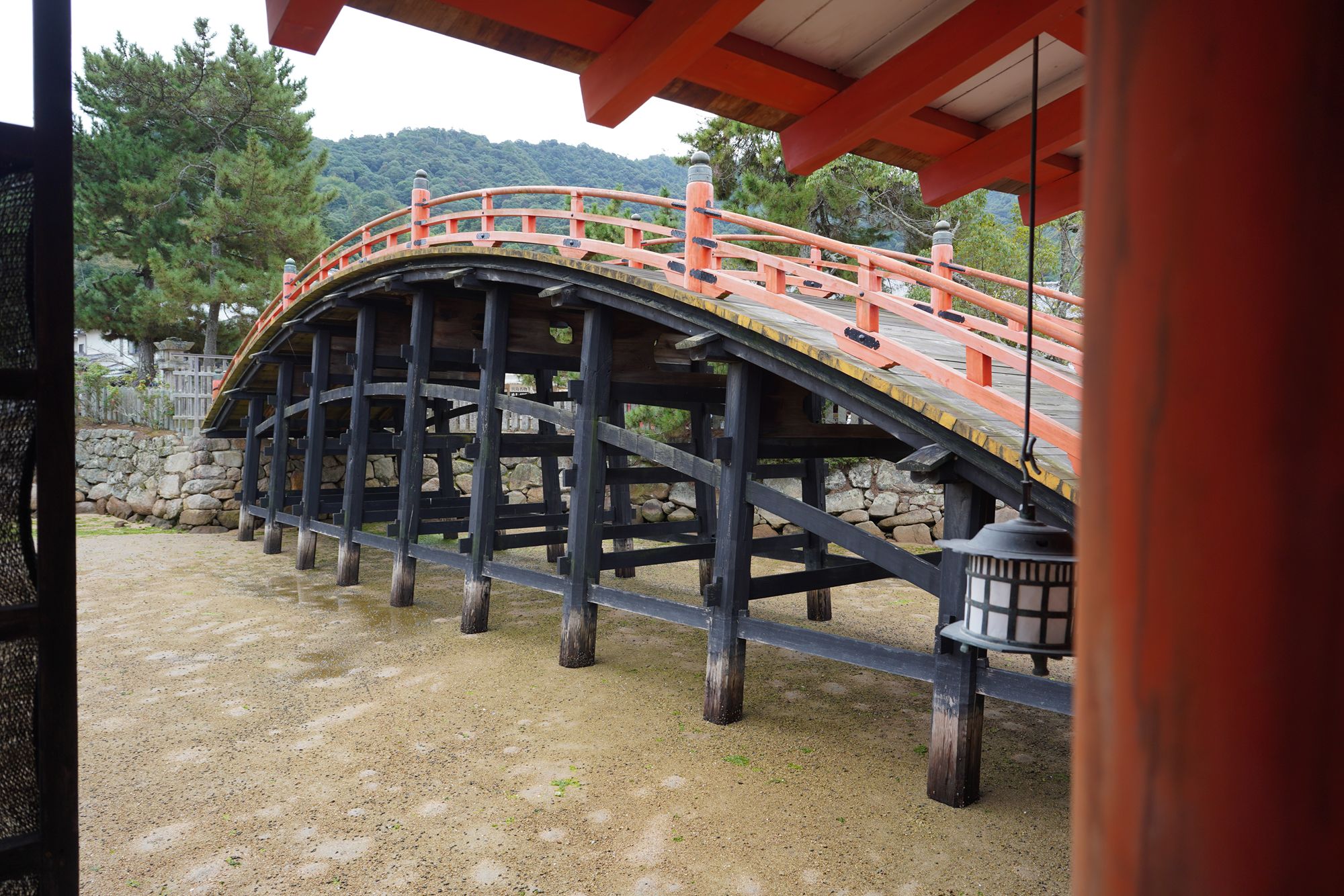
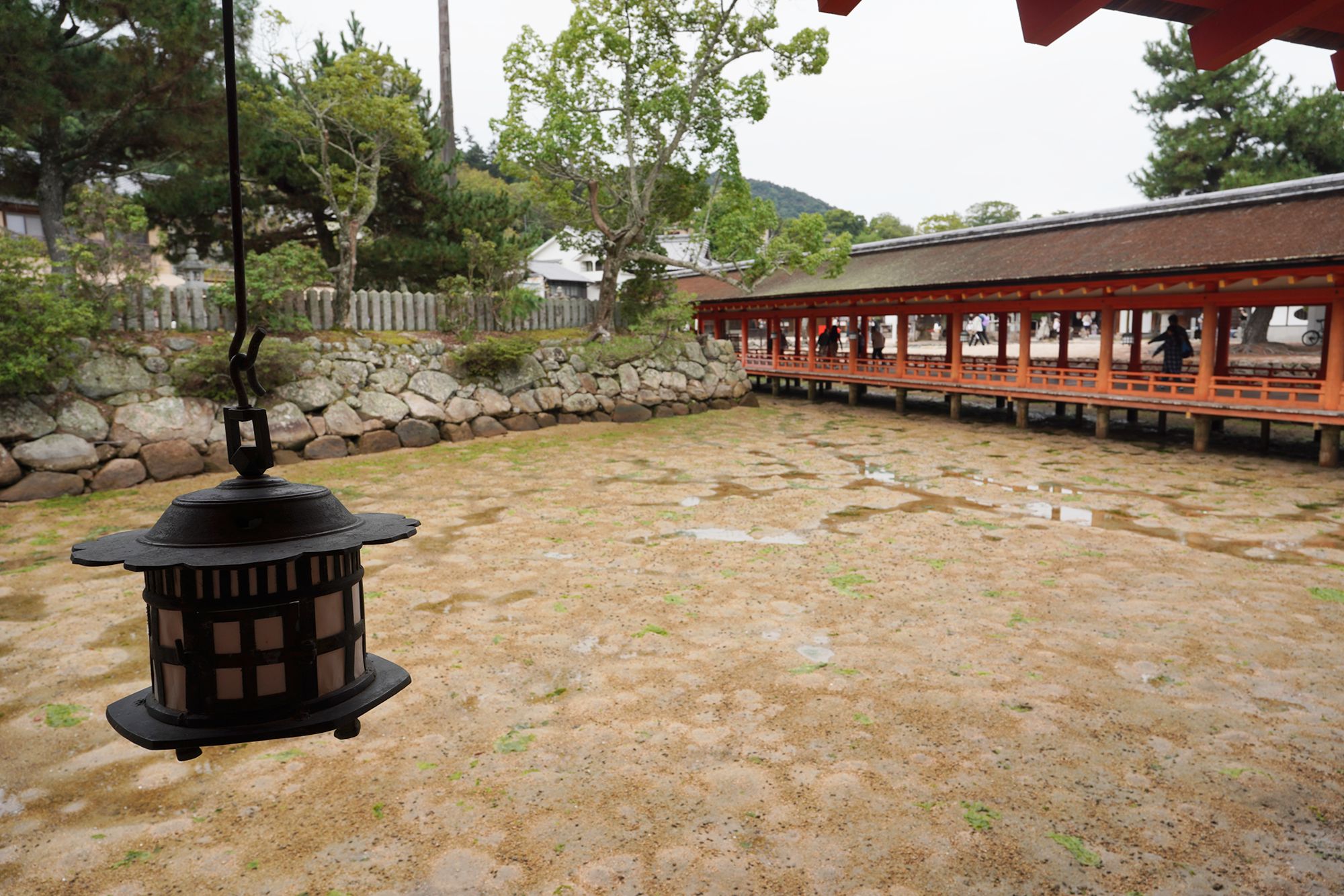
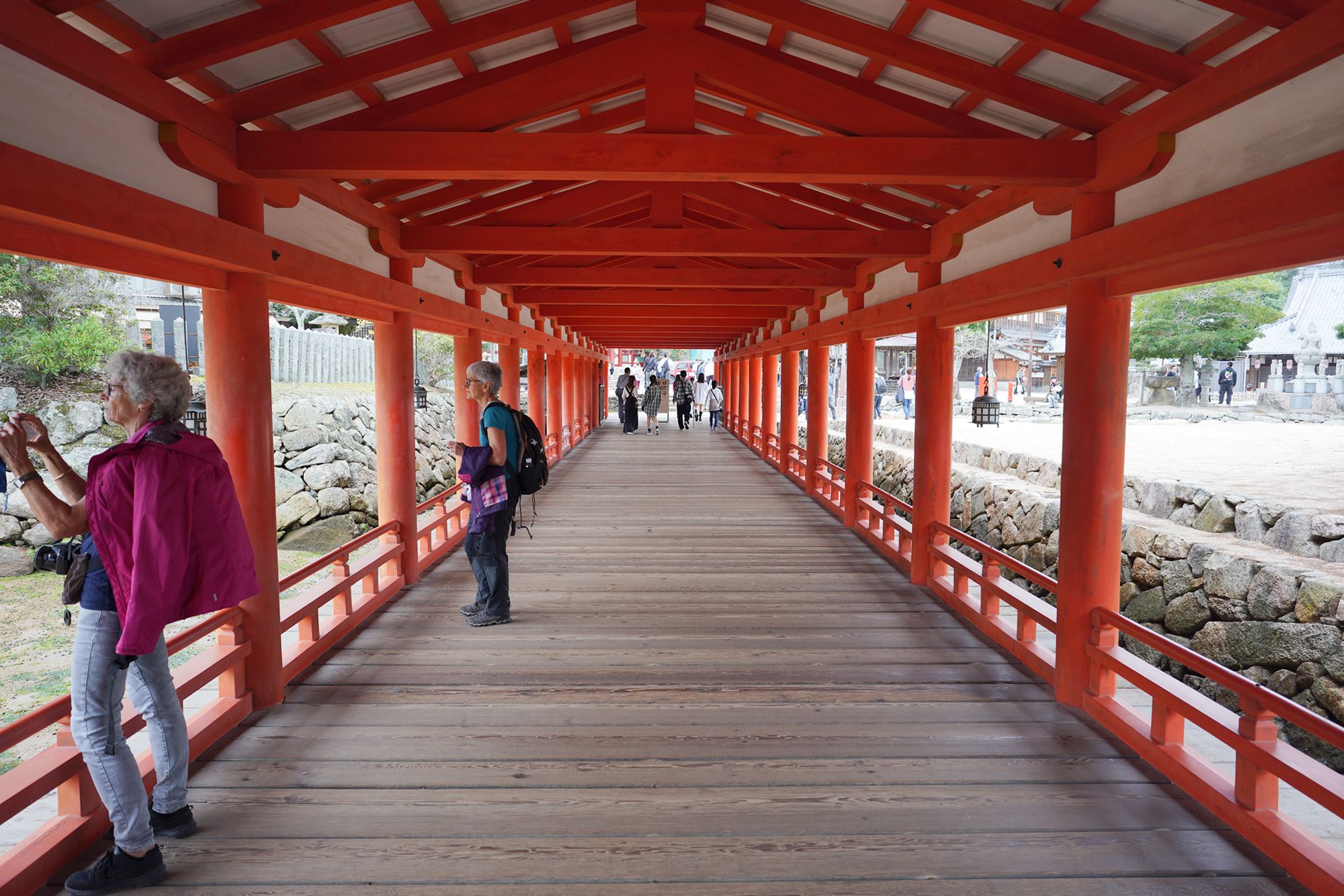
The far end of the temple leads to a village on the island.
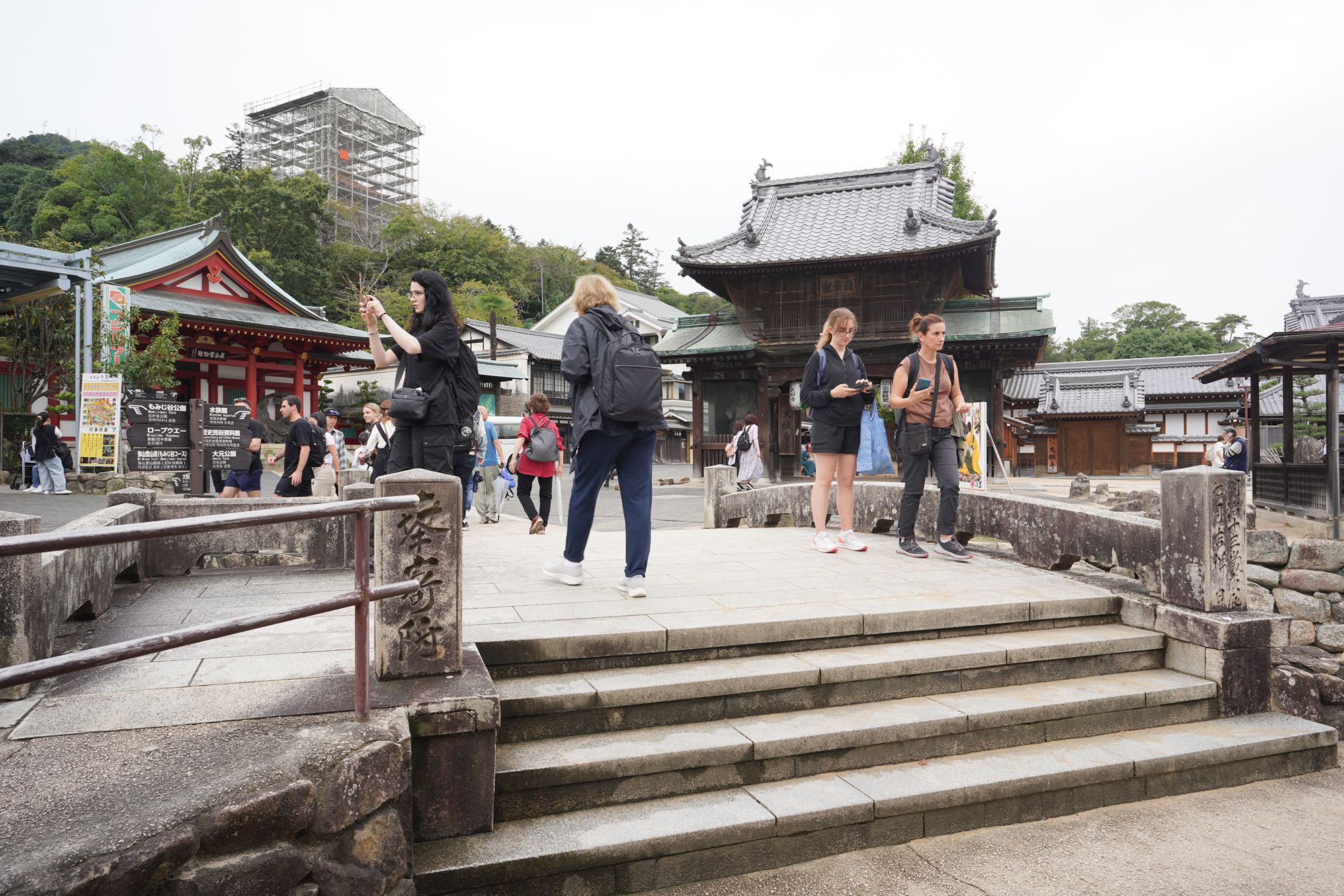
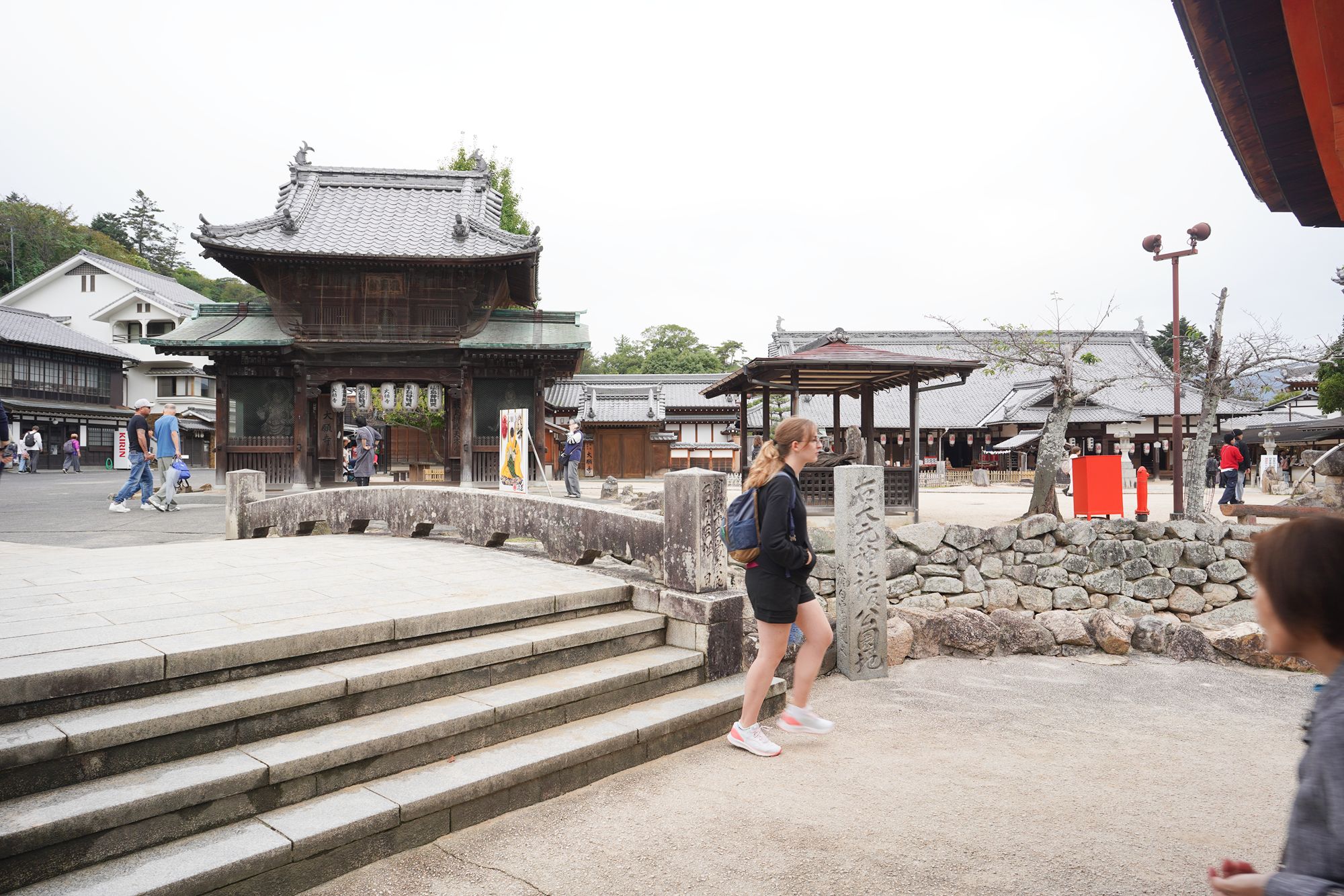
Daigan-ji Temple. Intimate, traditional temple from the 1200s, with several statues of the Buddha & goddess Benzaiten.
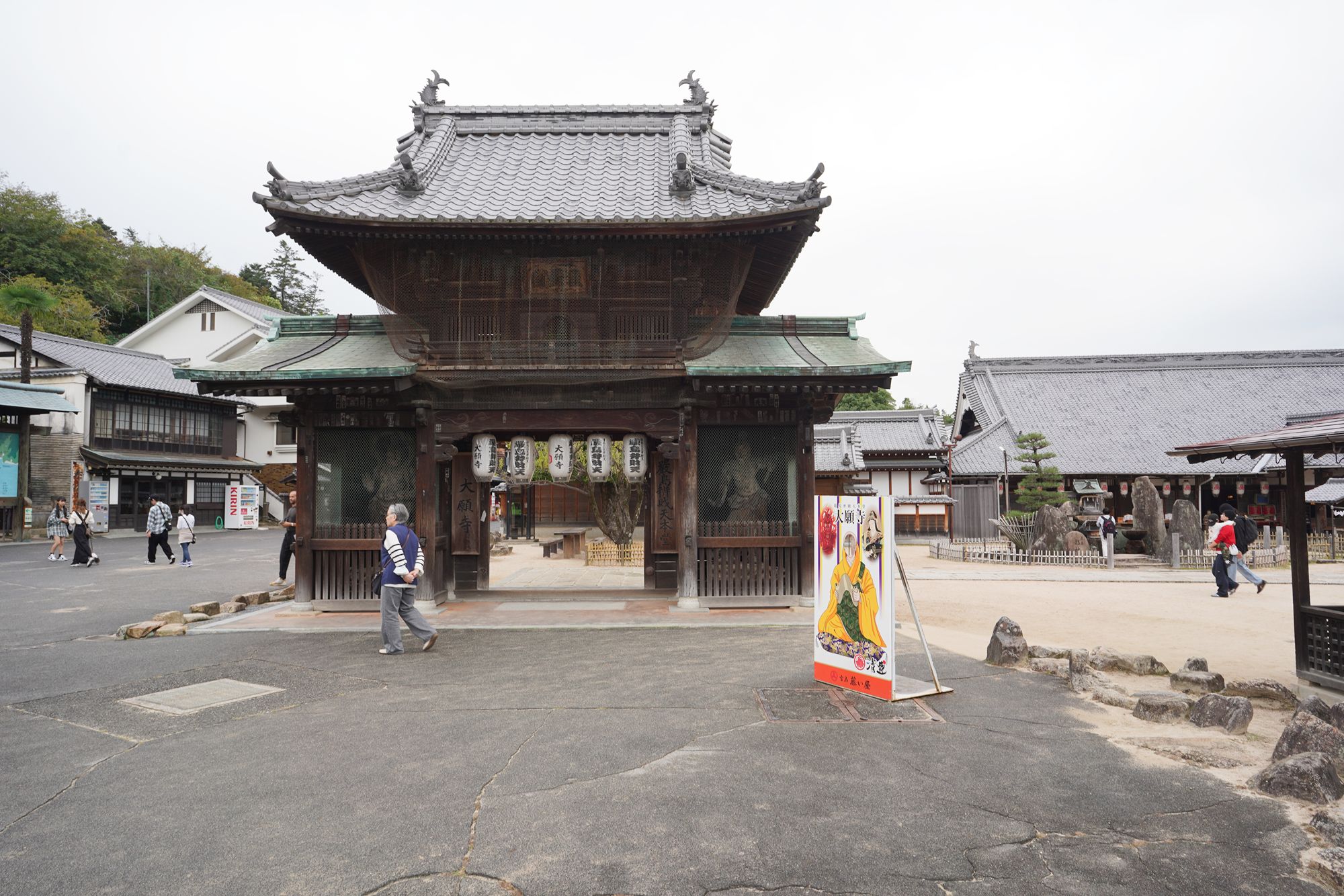
To the left of Daigan-ji Temple, there is a street lined with stores.
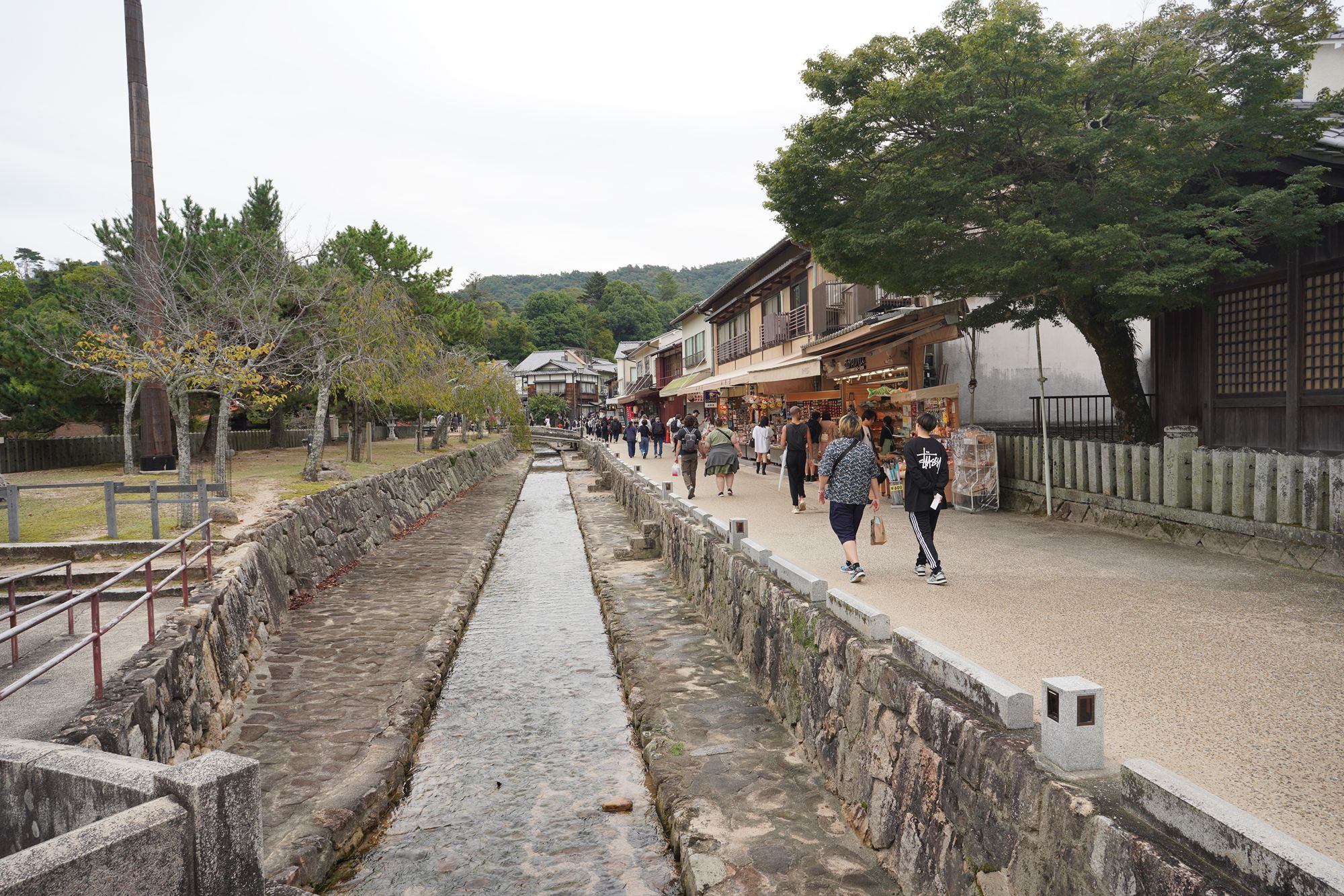
And on the right side is this street with traditional buildings
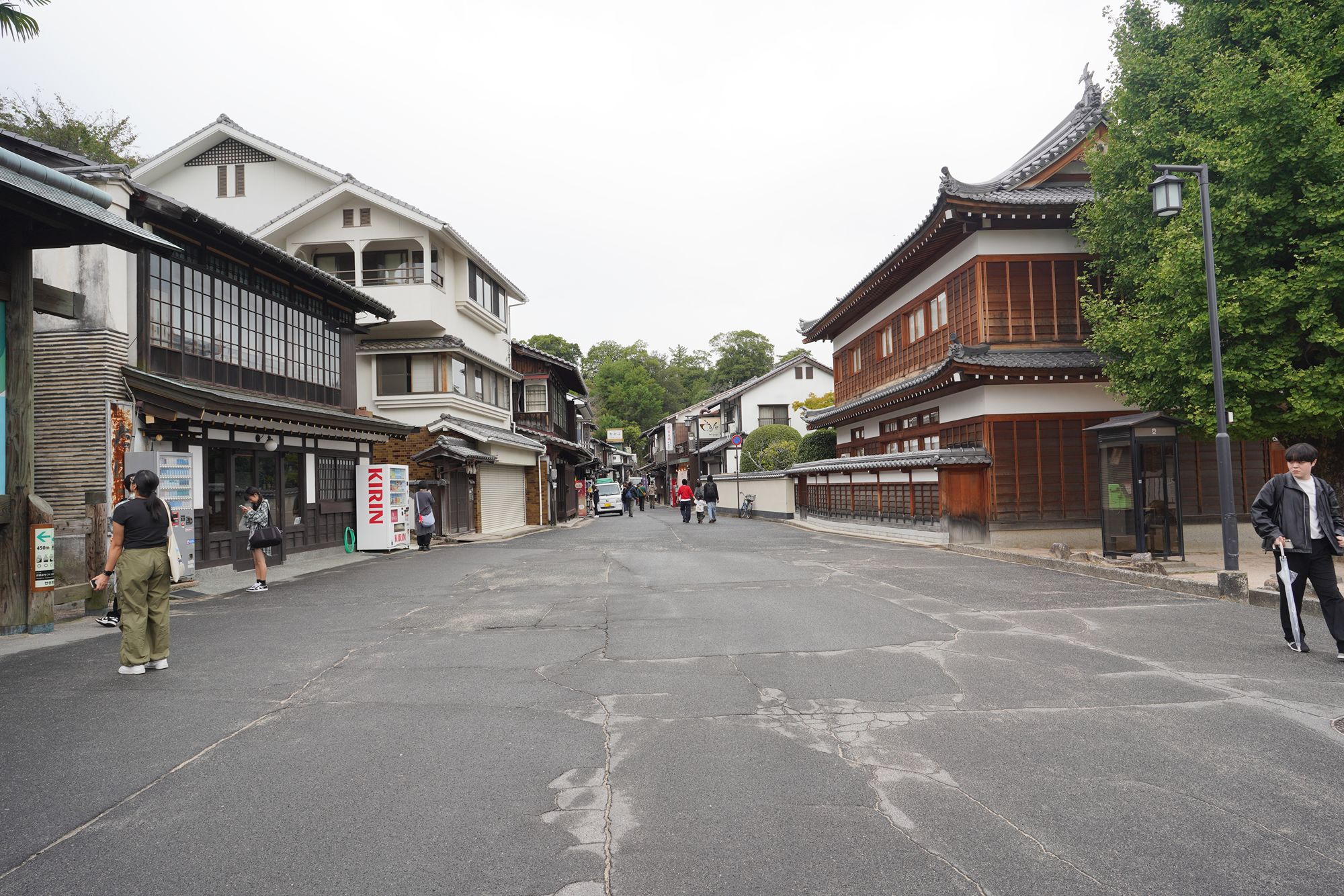
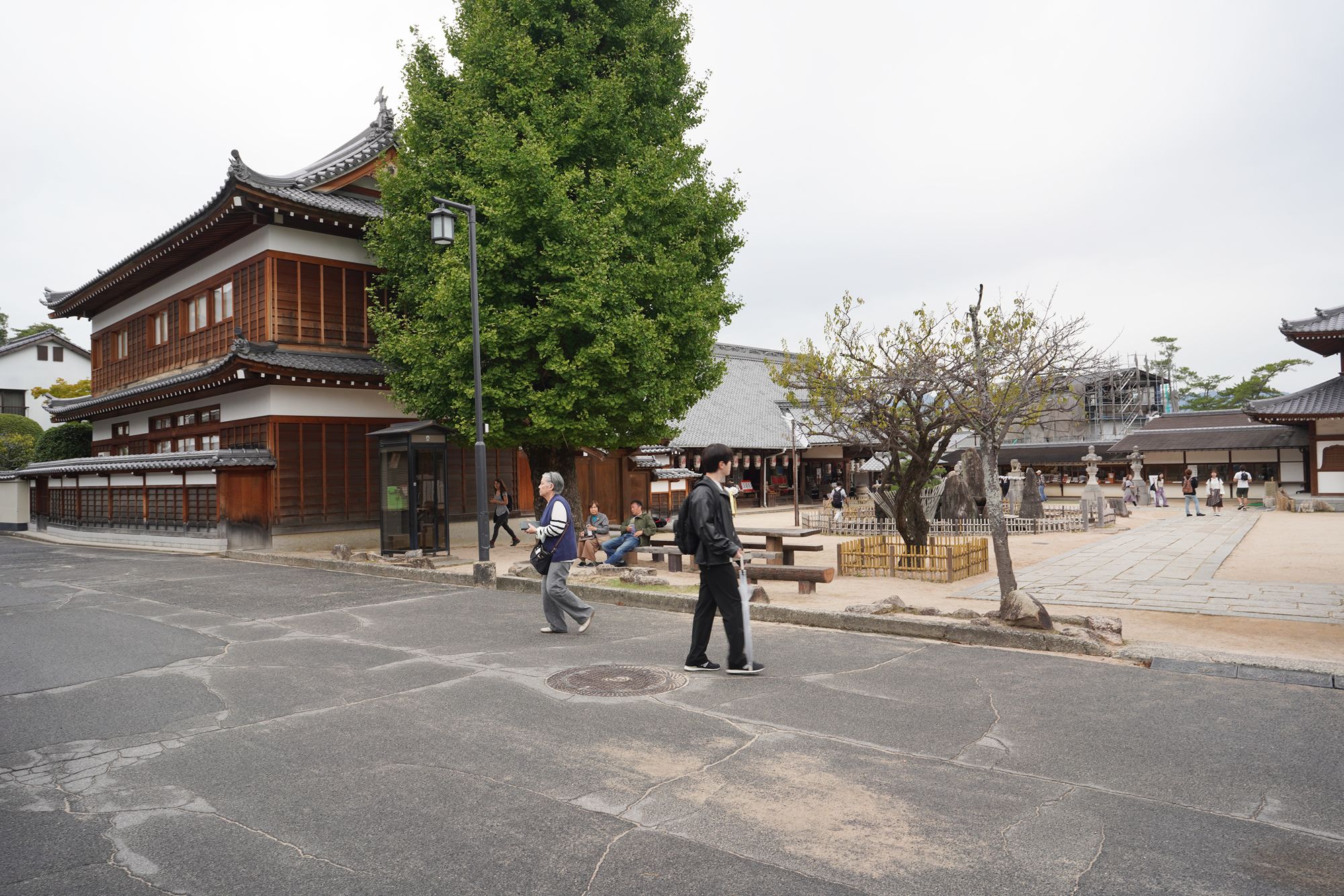
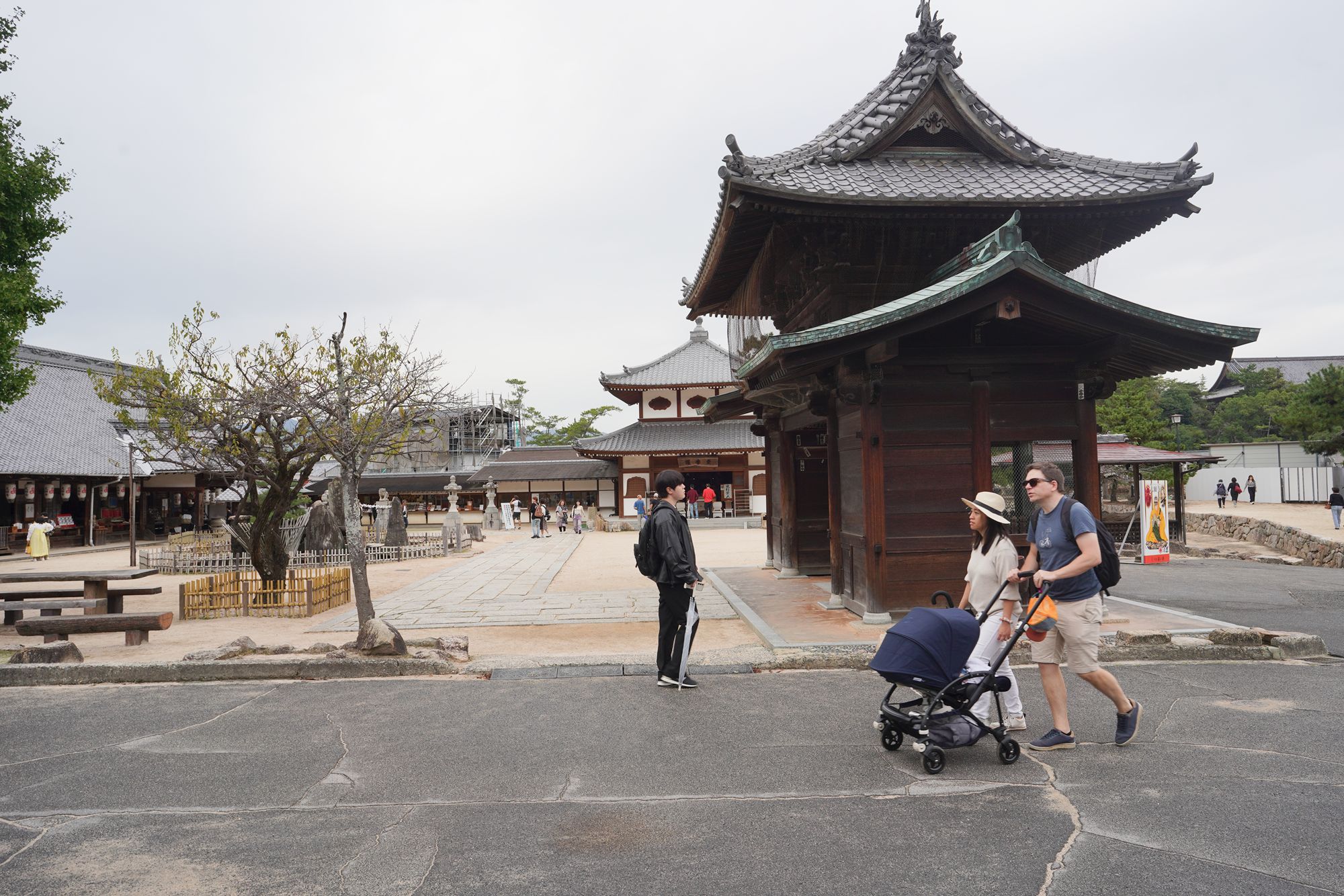
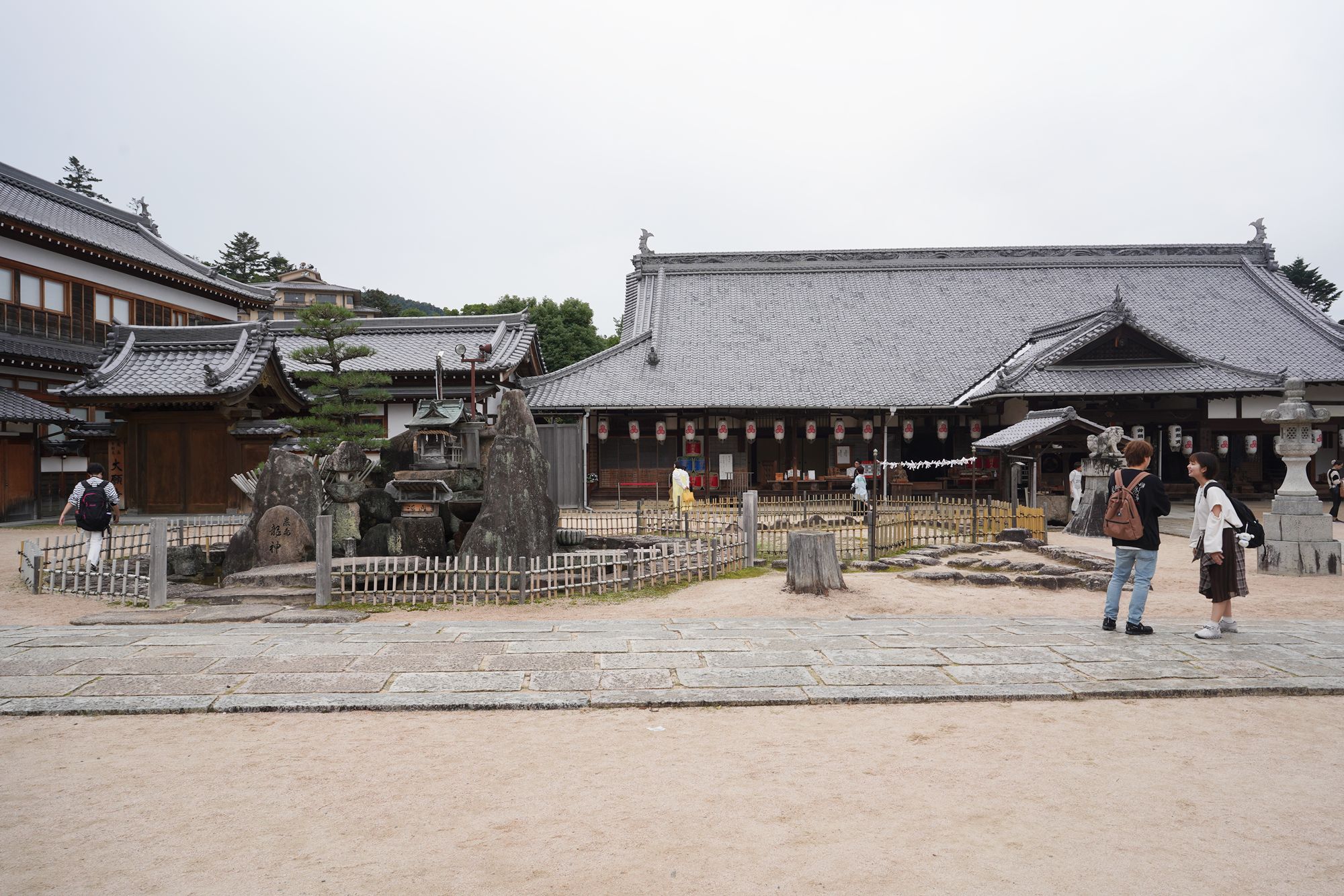
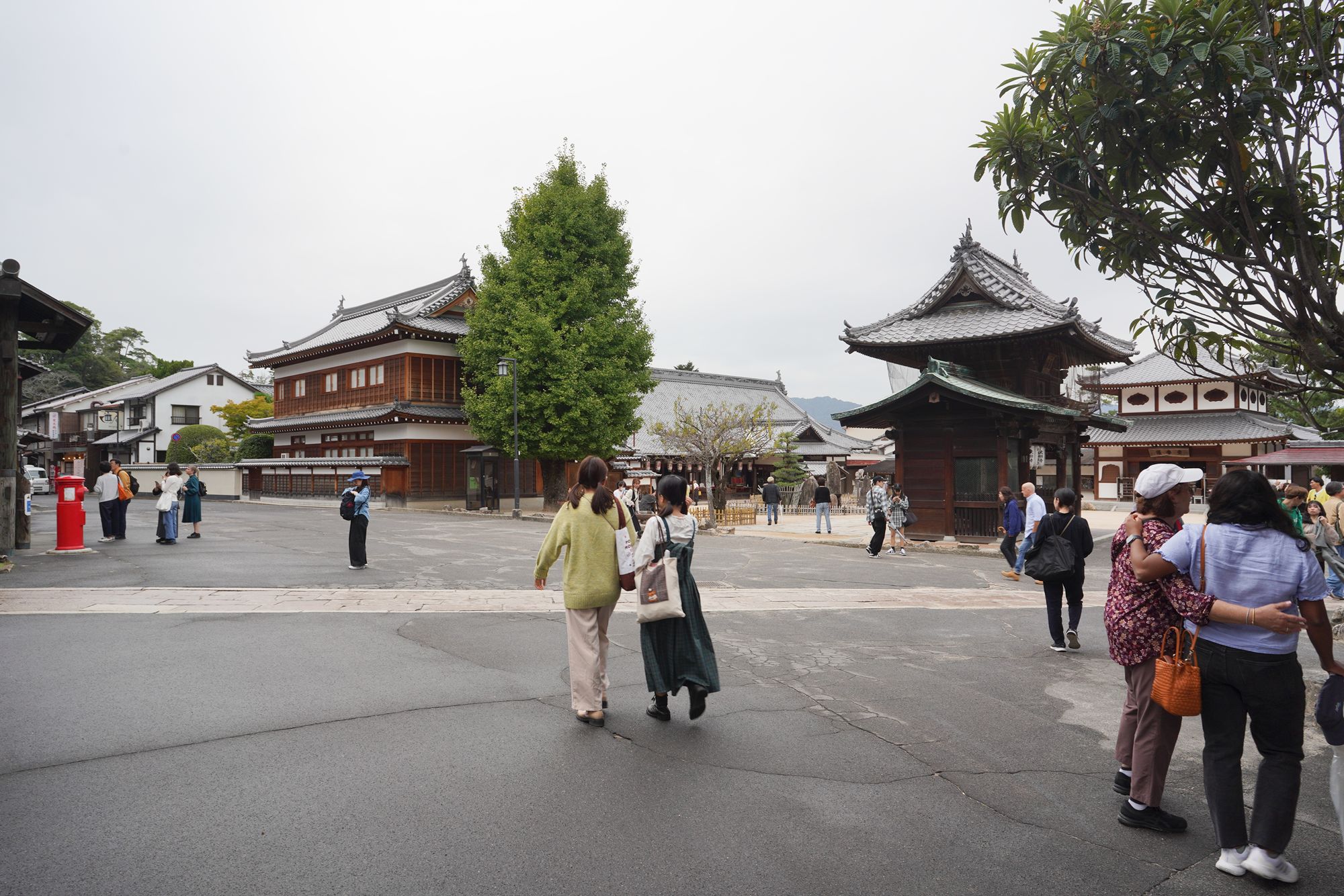
This is the Itsukushima Jinja Shrine gate that I exited from
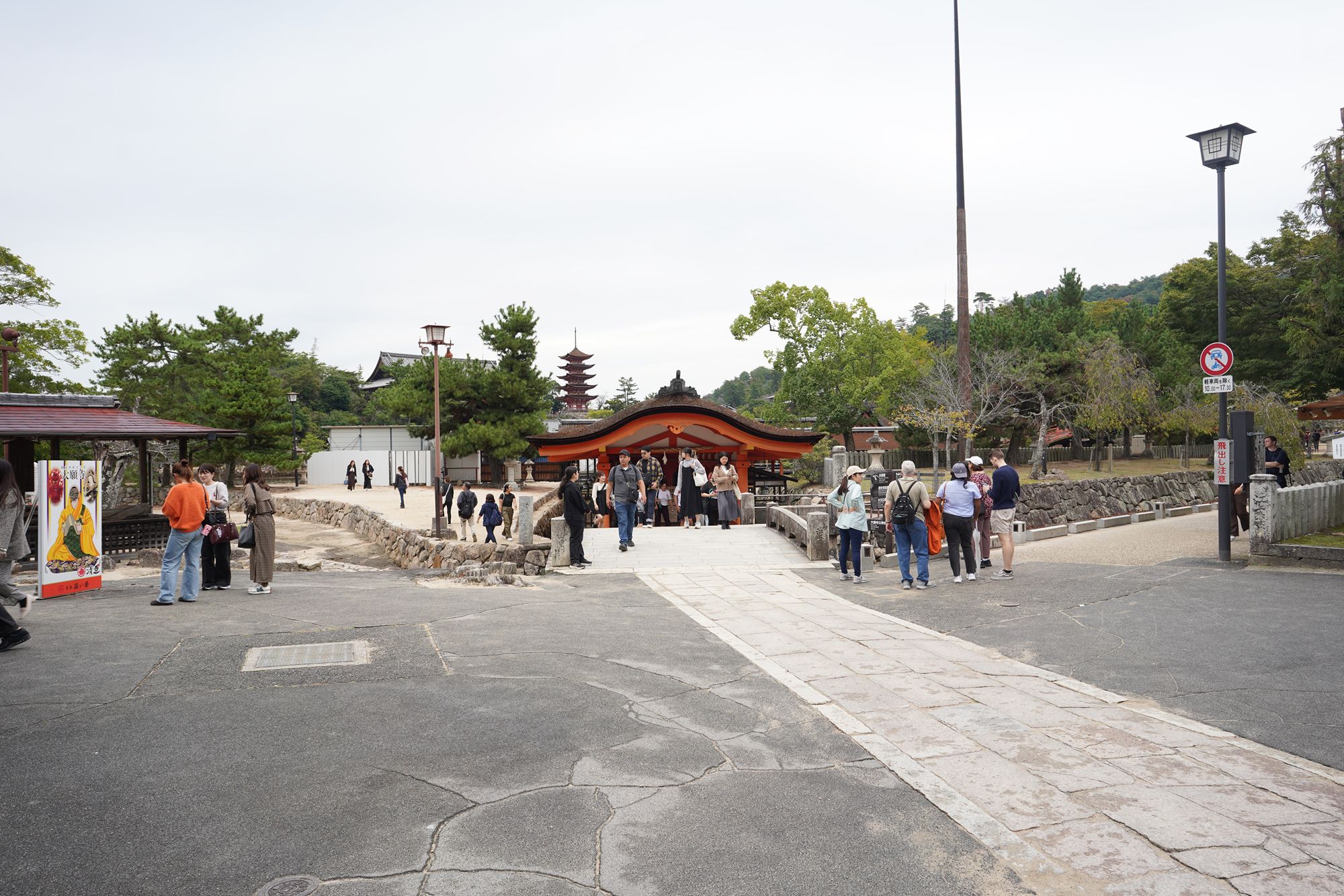
The right side street from Daigan-ji Temple.
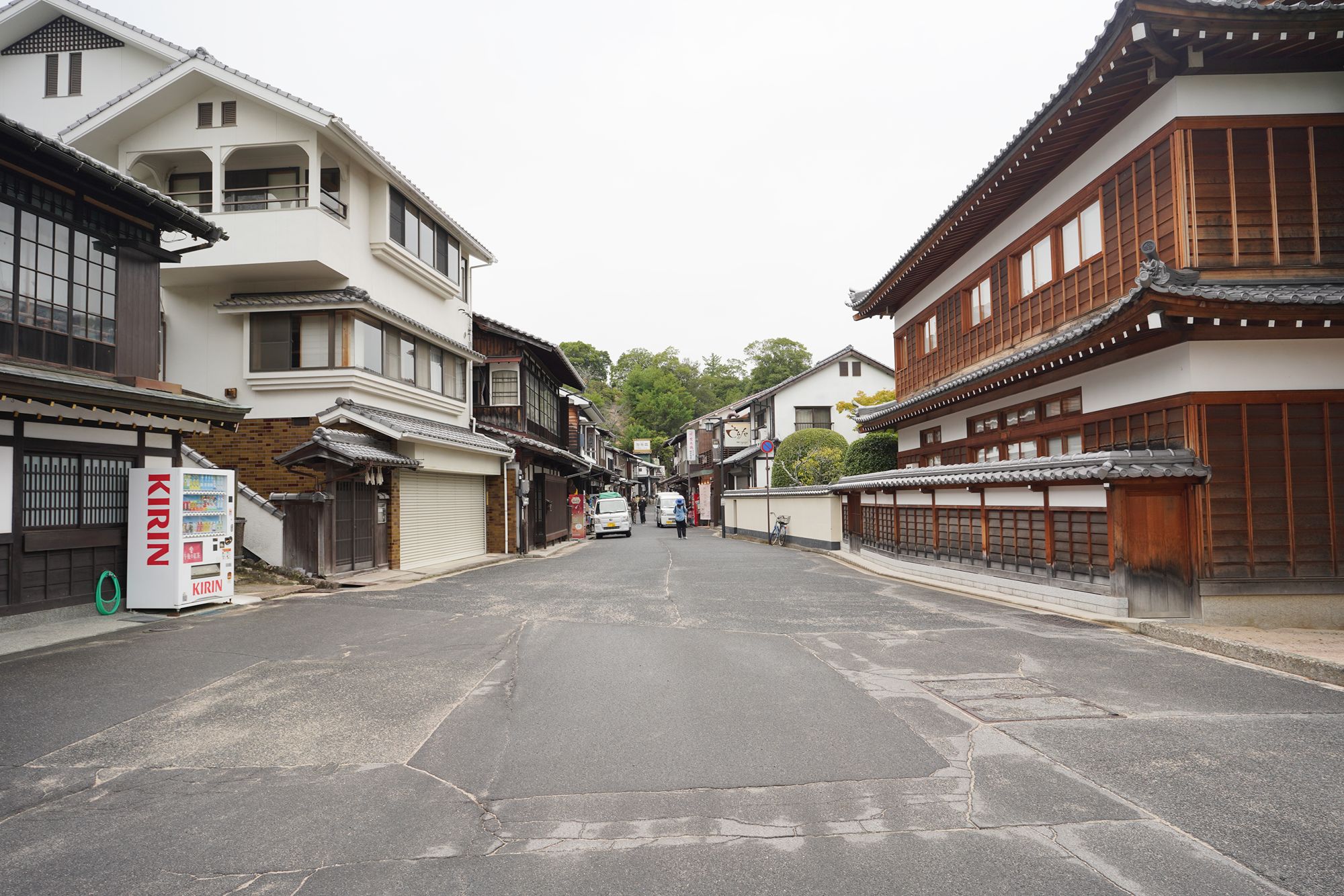
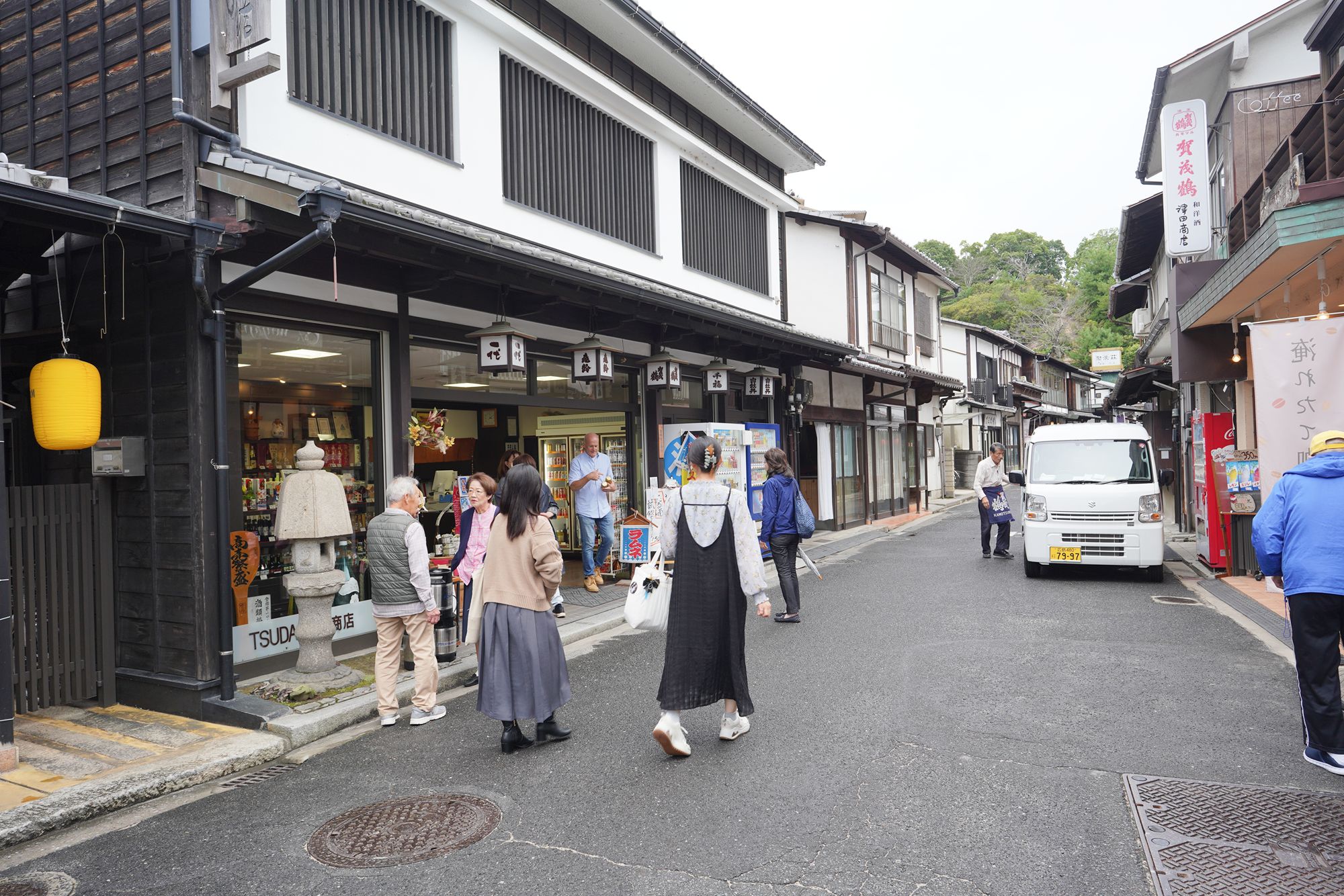
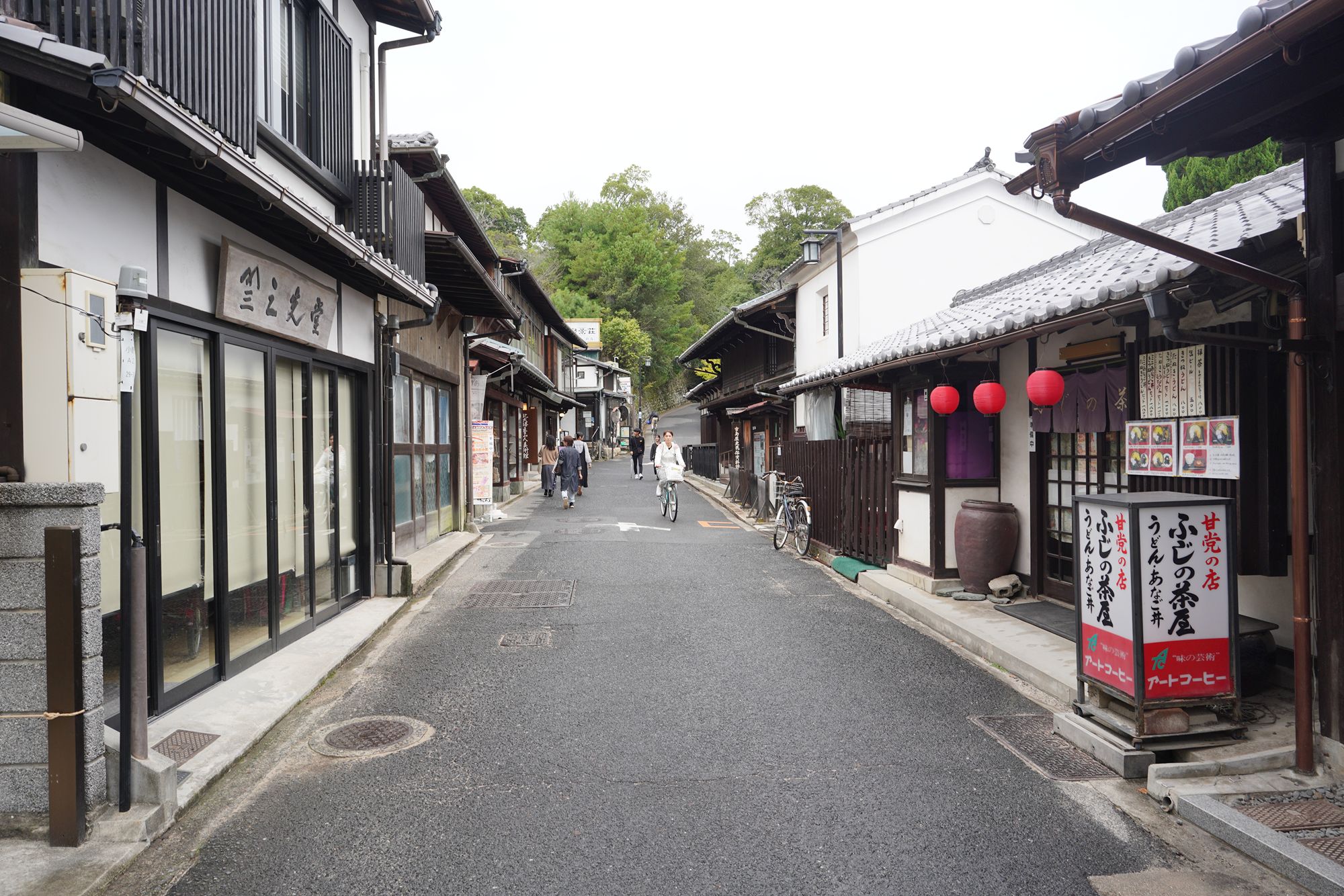
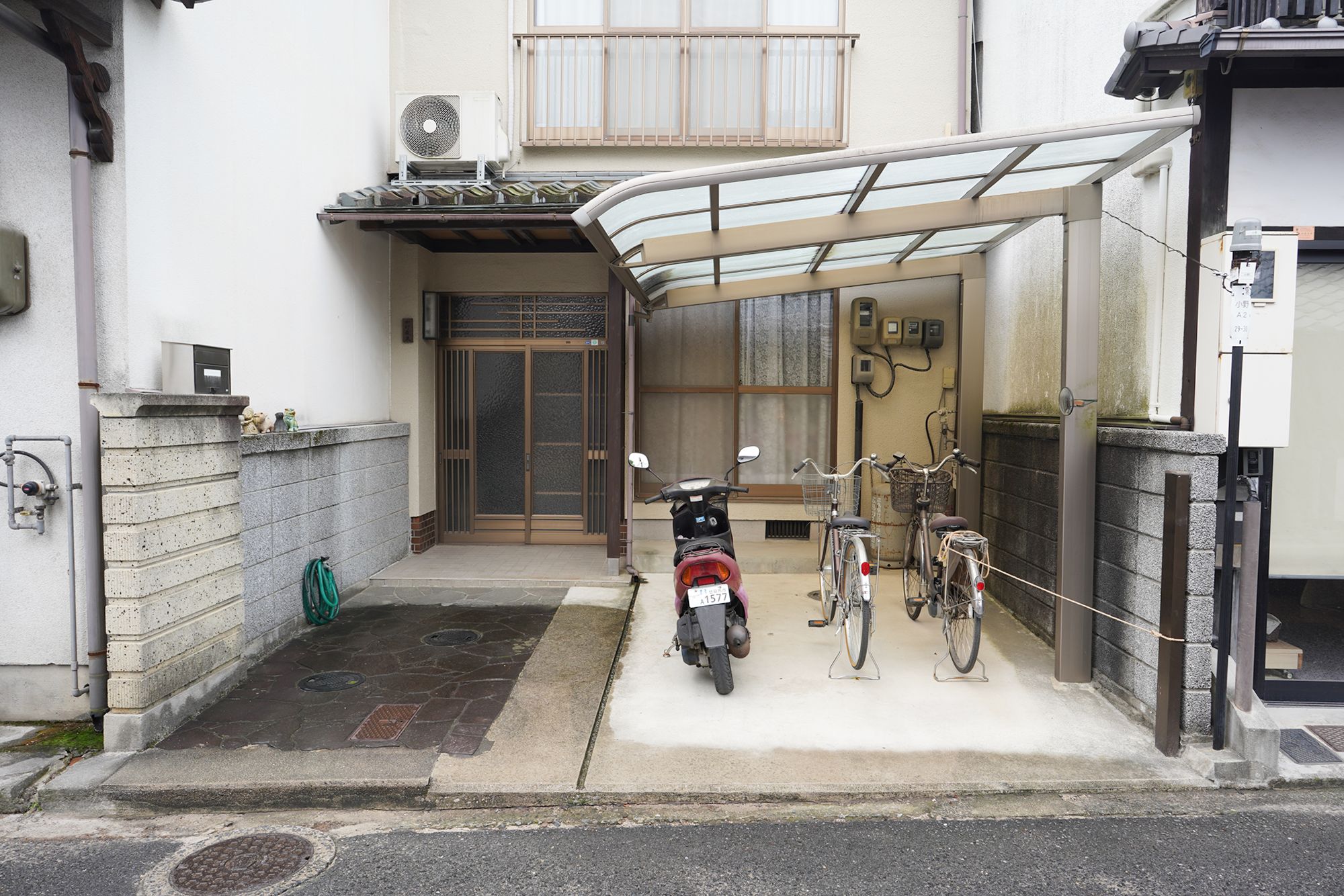
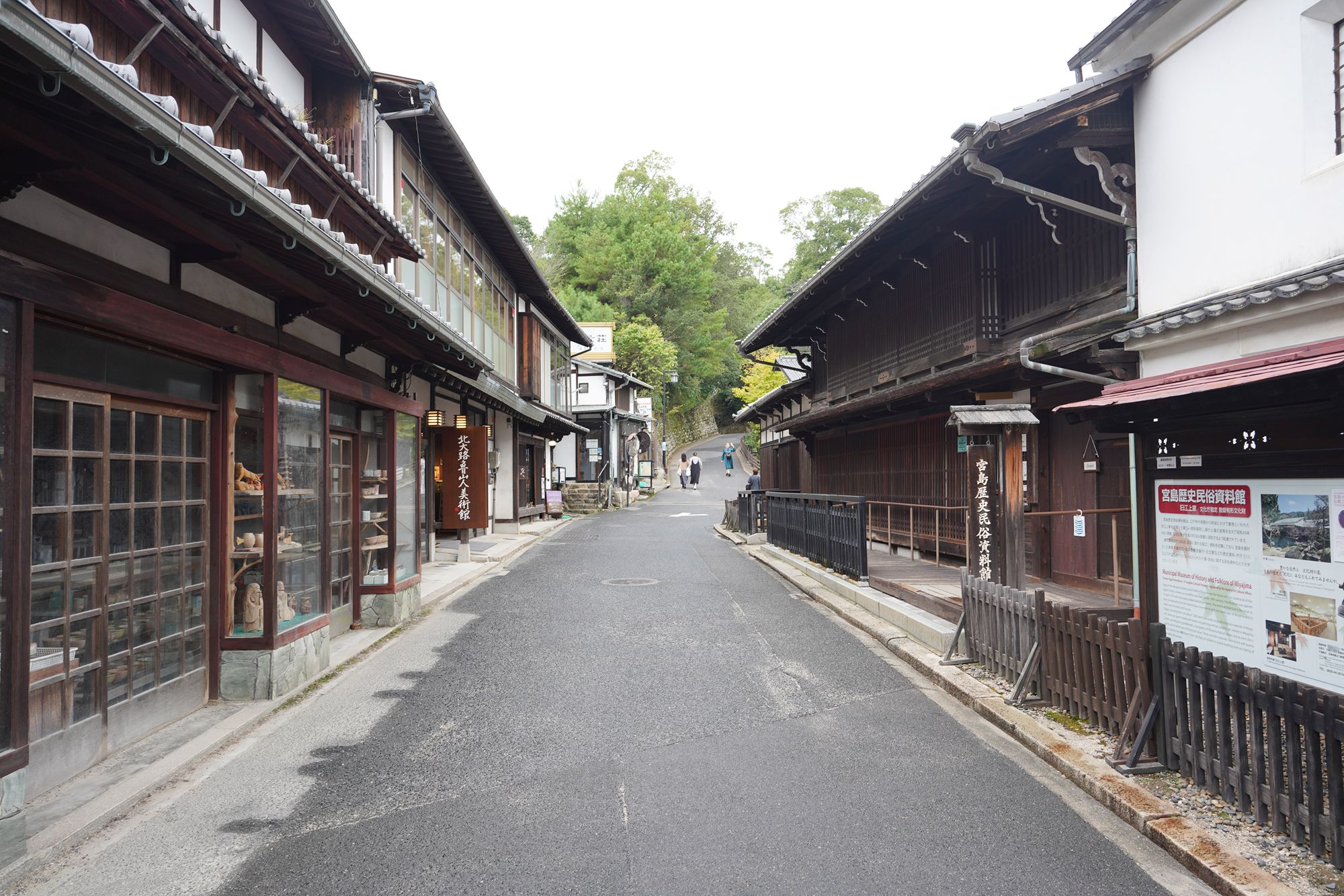
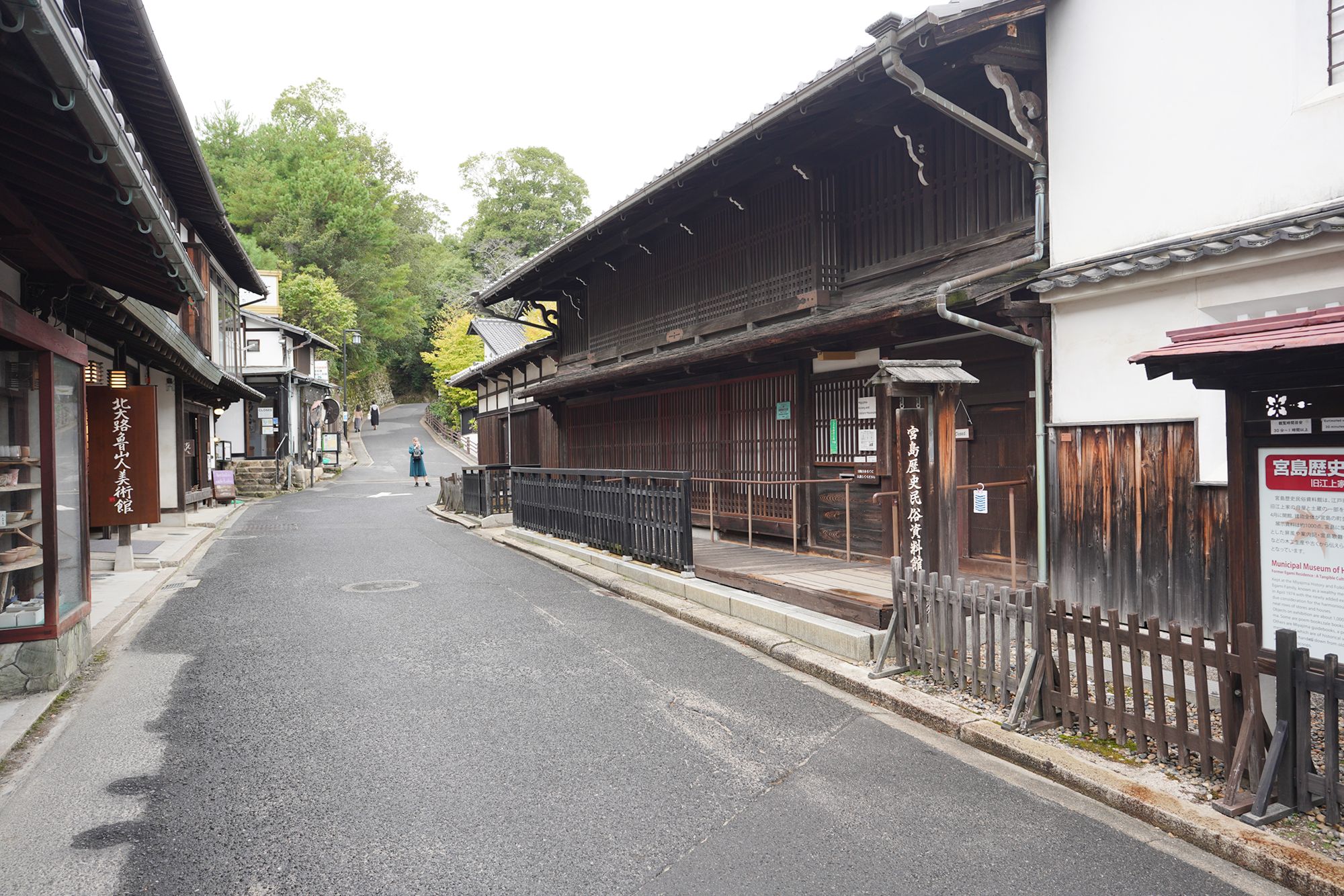
At the end of the street, I turned around and headed back toward Daigan-ji Temple.
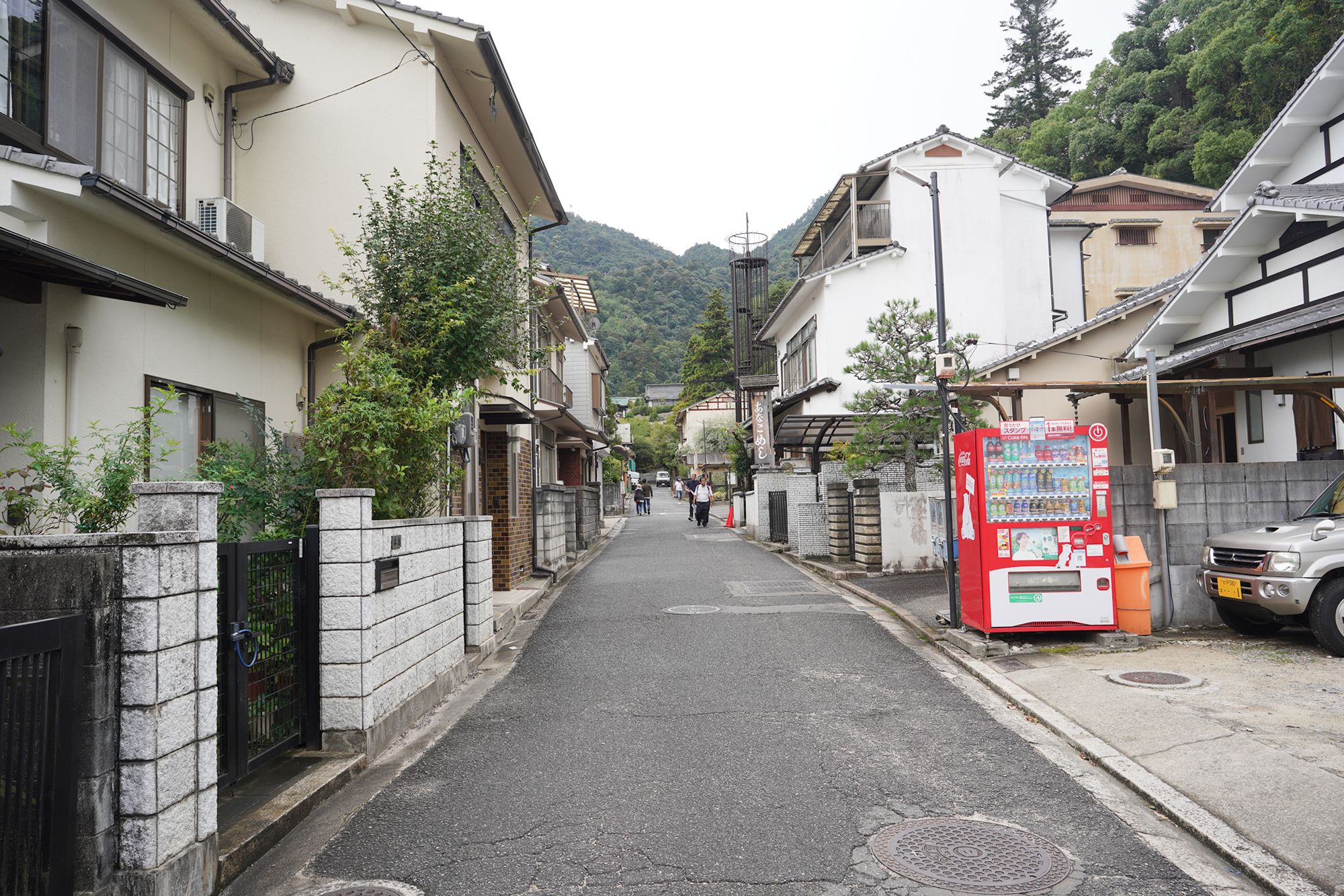
I turned right at Daigan-ji Temple and made my way toward the hill where Daishoin Temple is located.
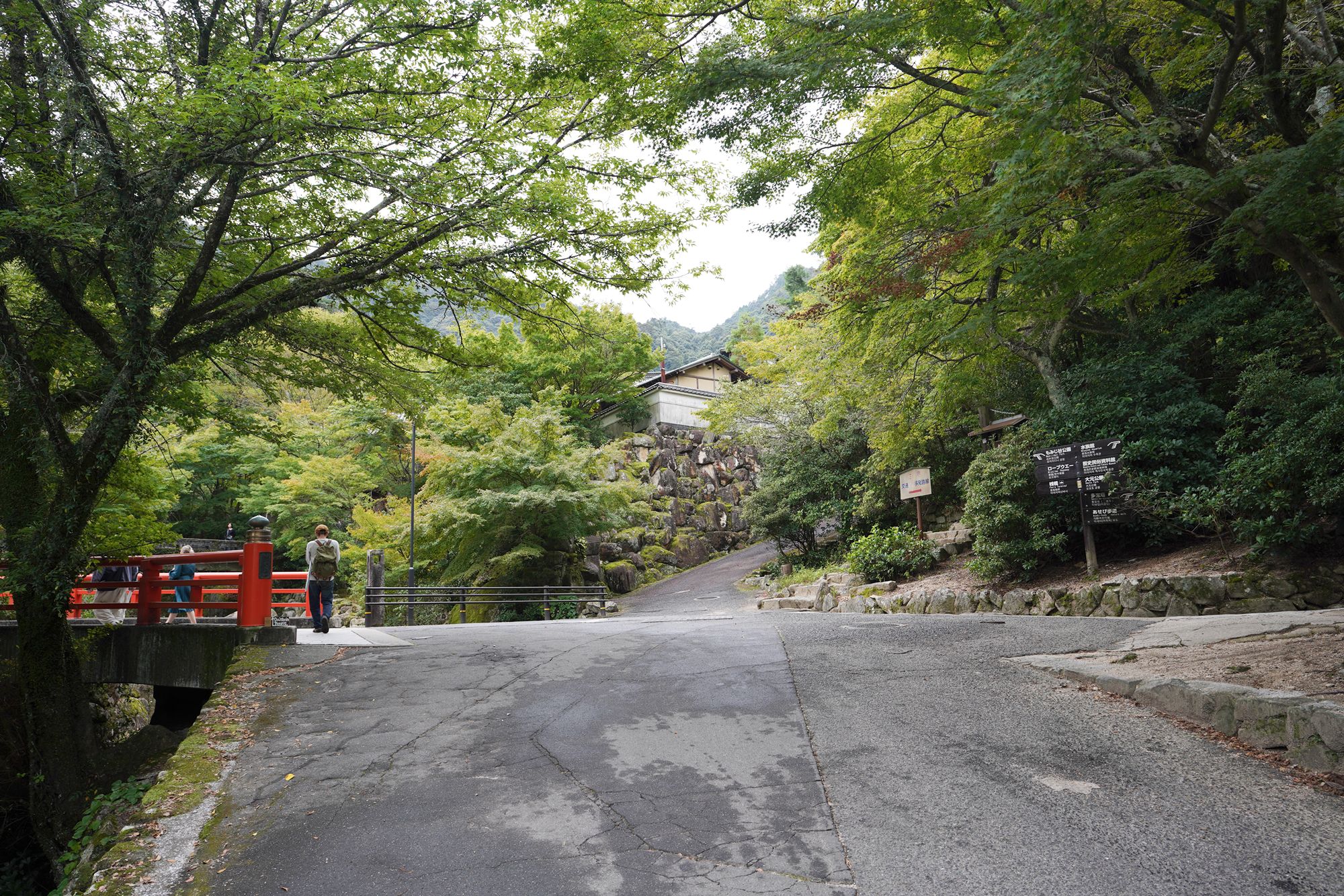
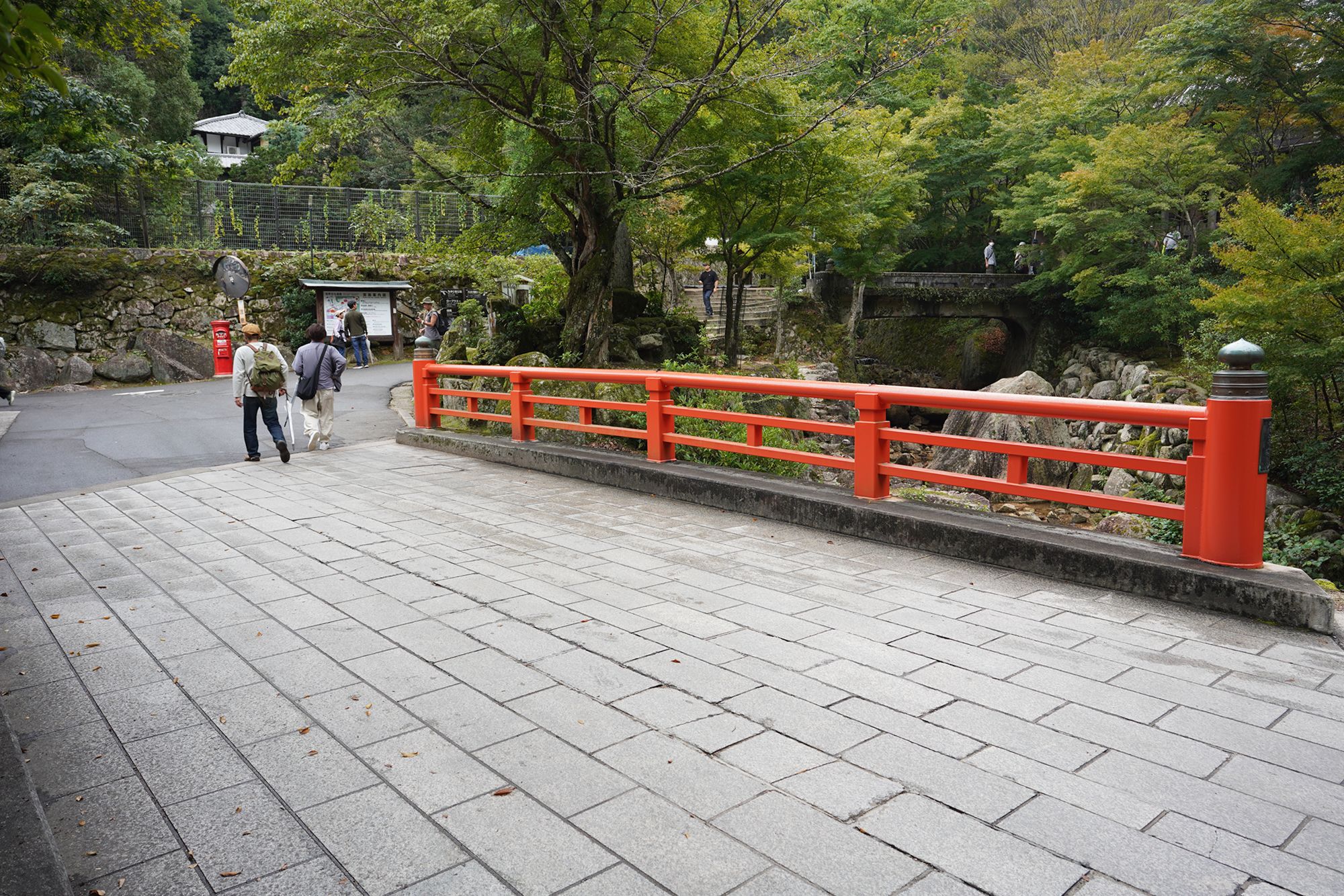
On the way to Daishoin Temple
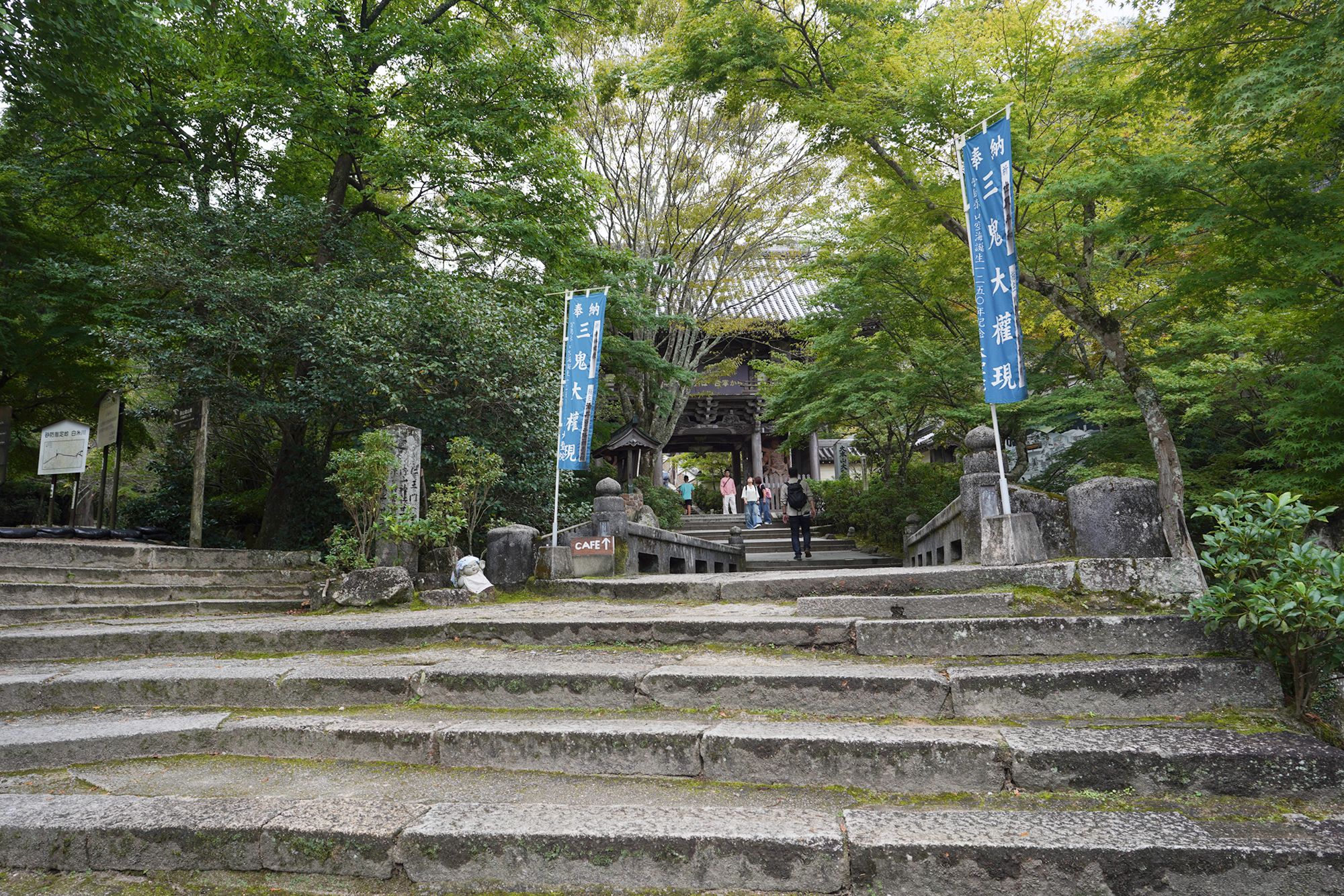
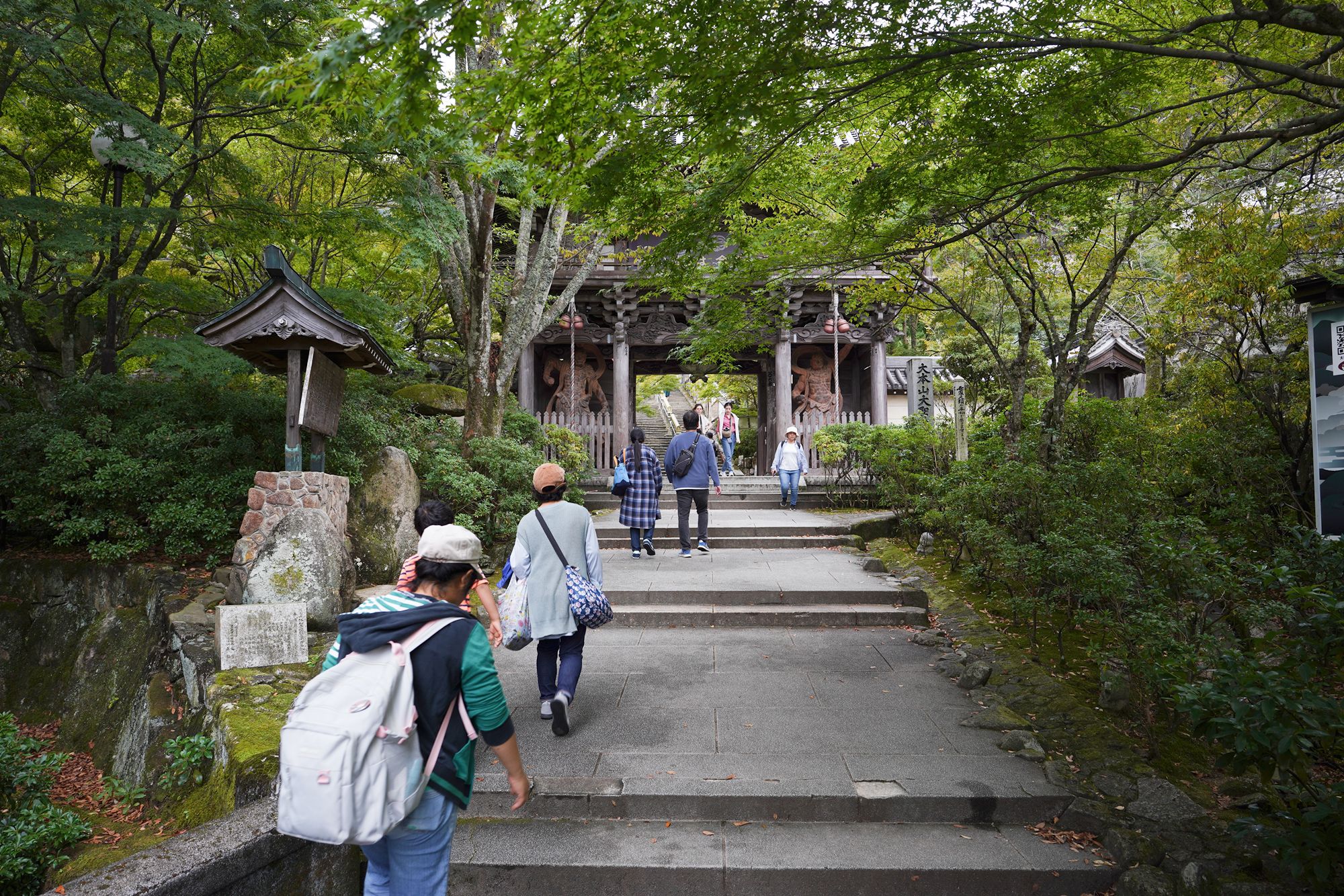
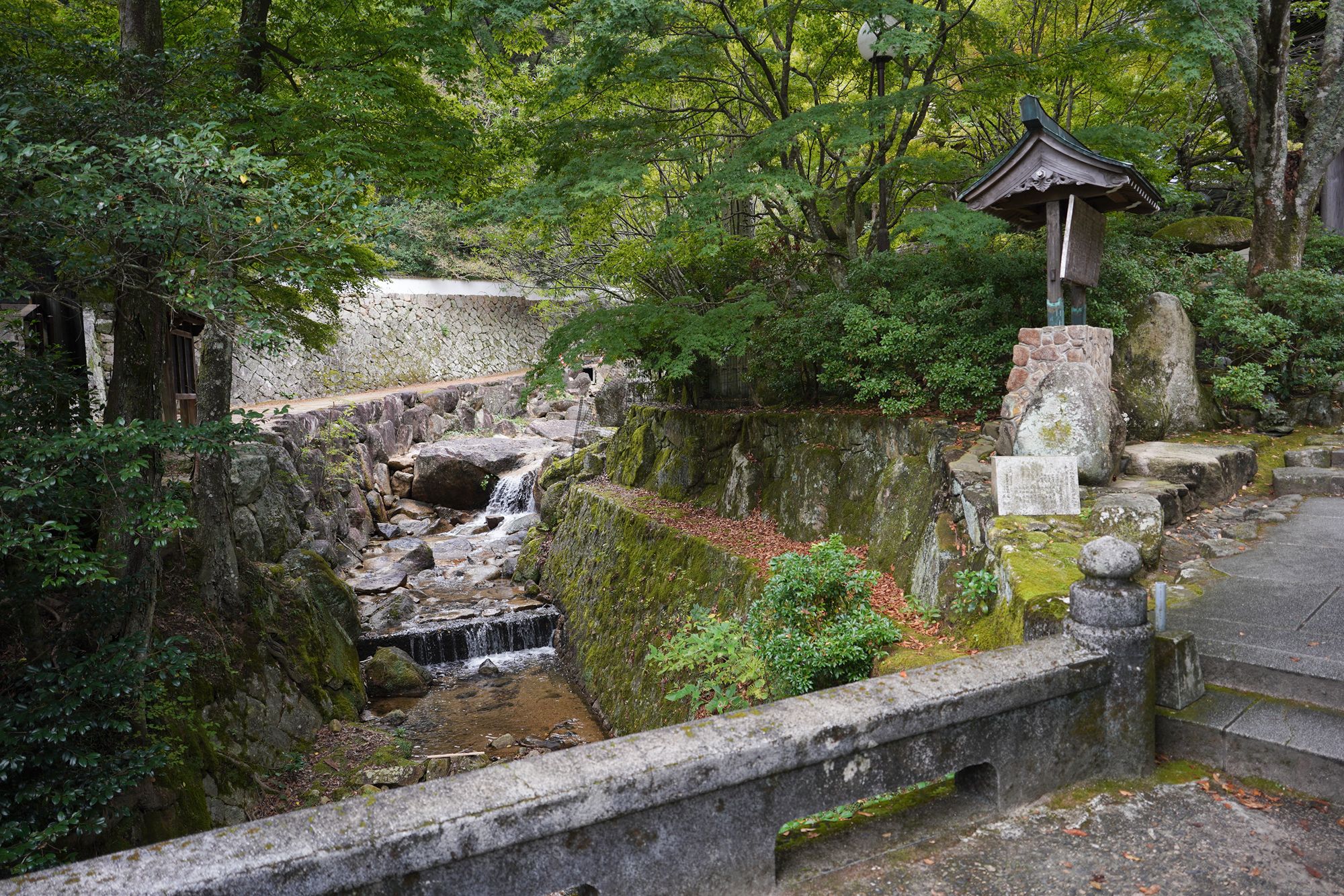
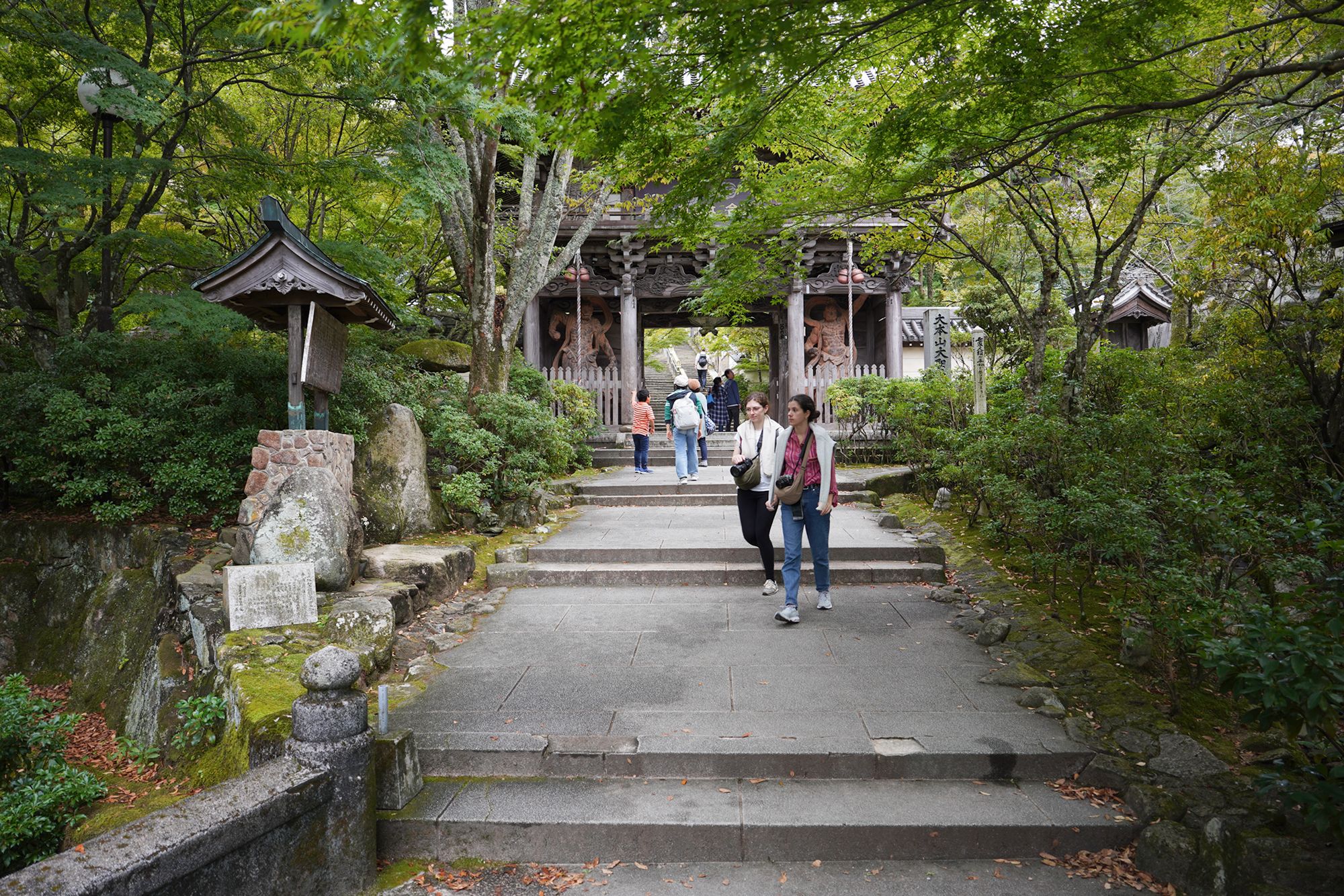
A map of the temple
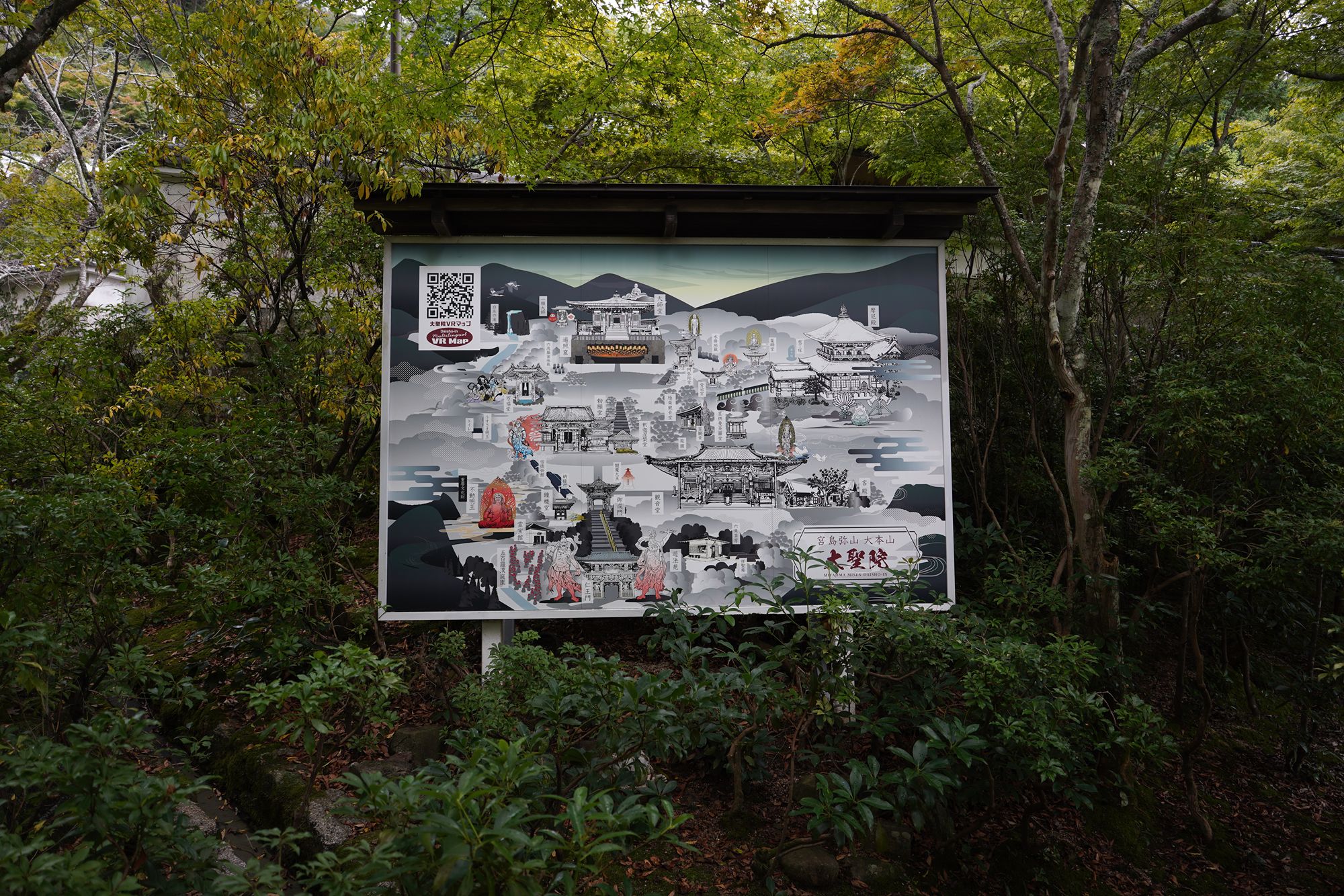
The gate building of the temple
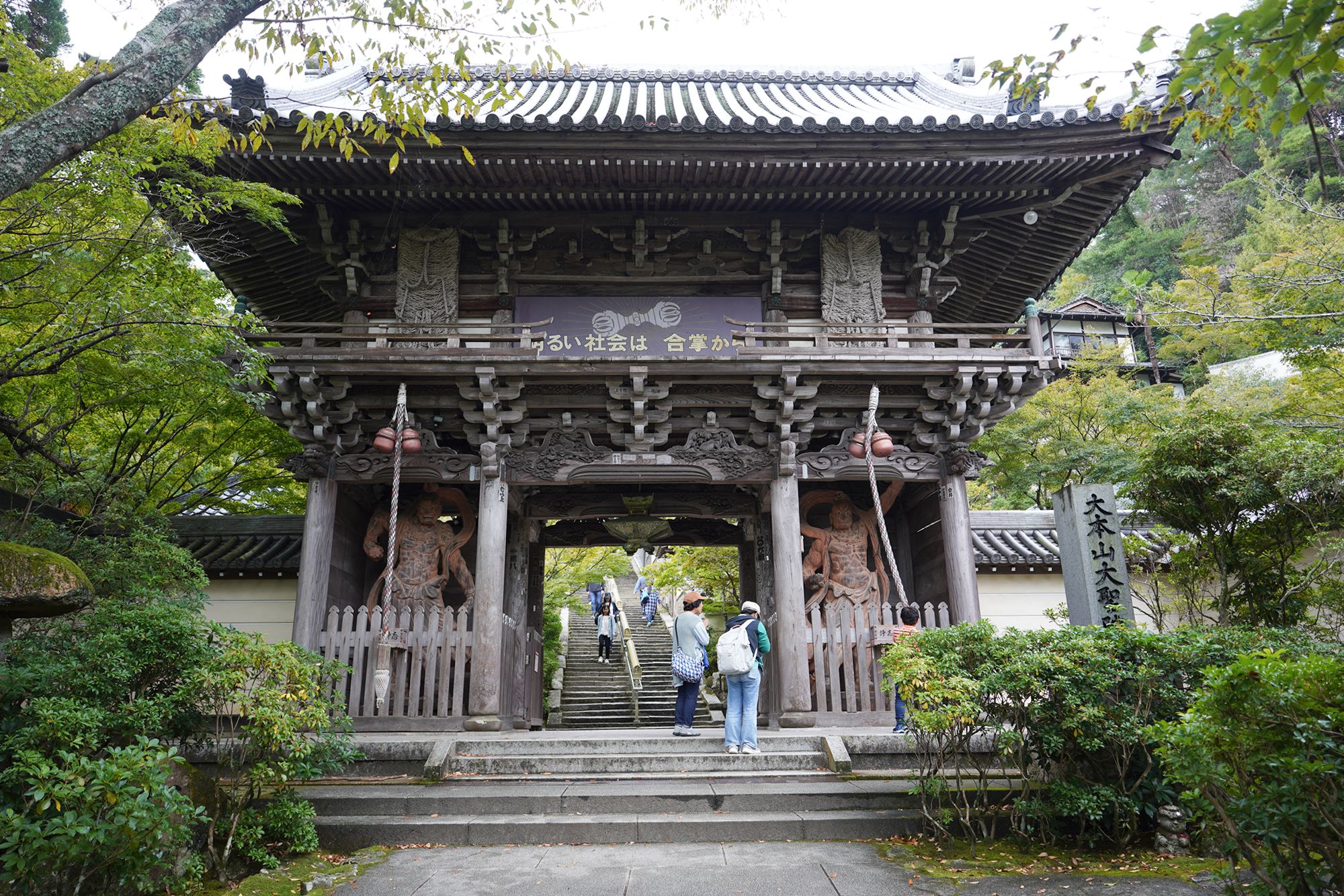
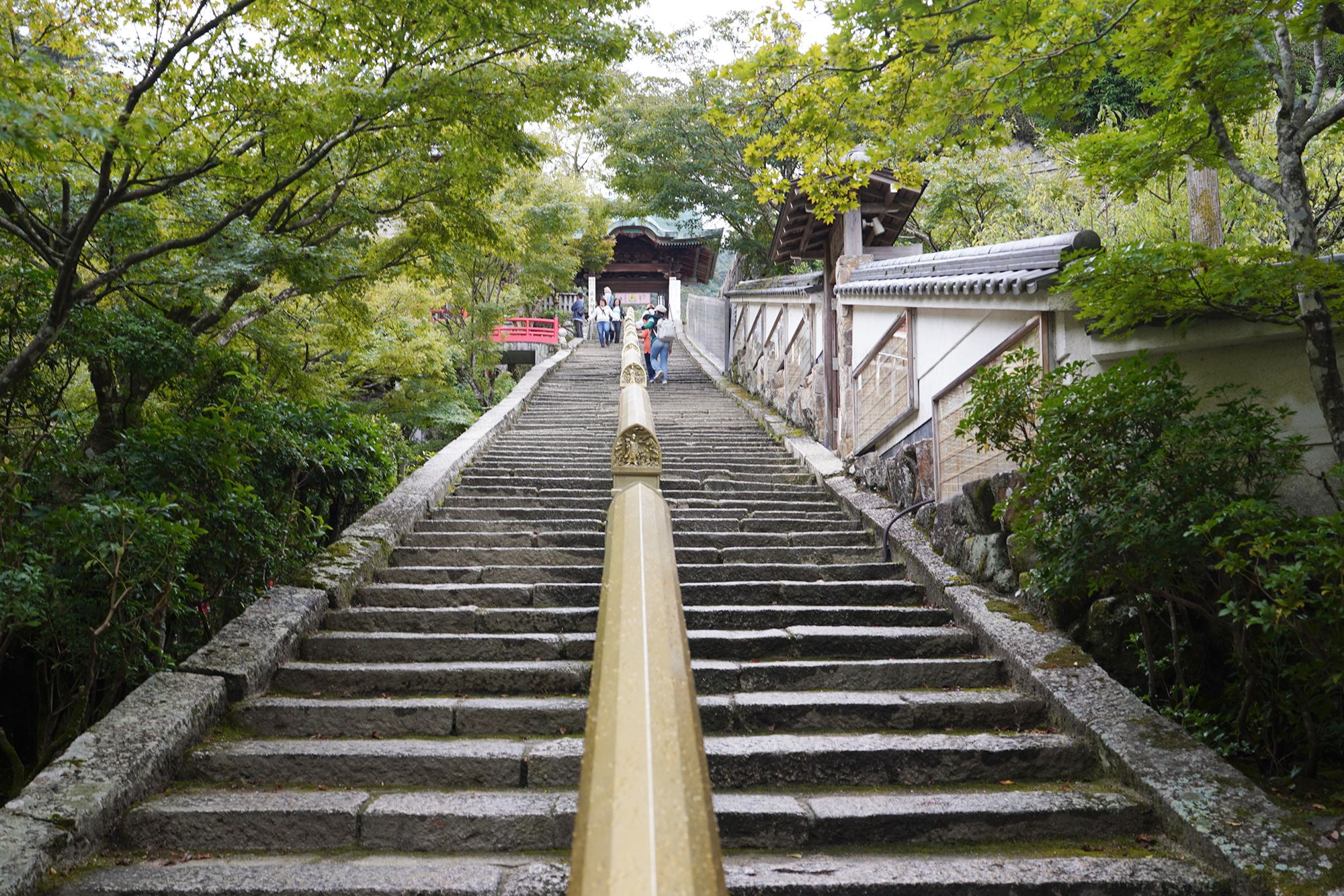
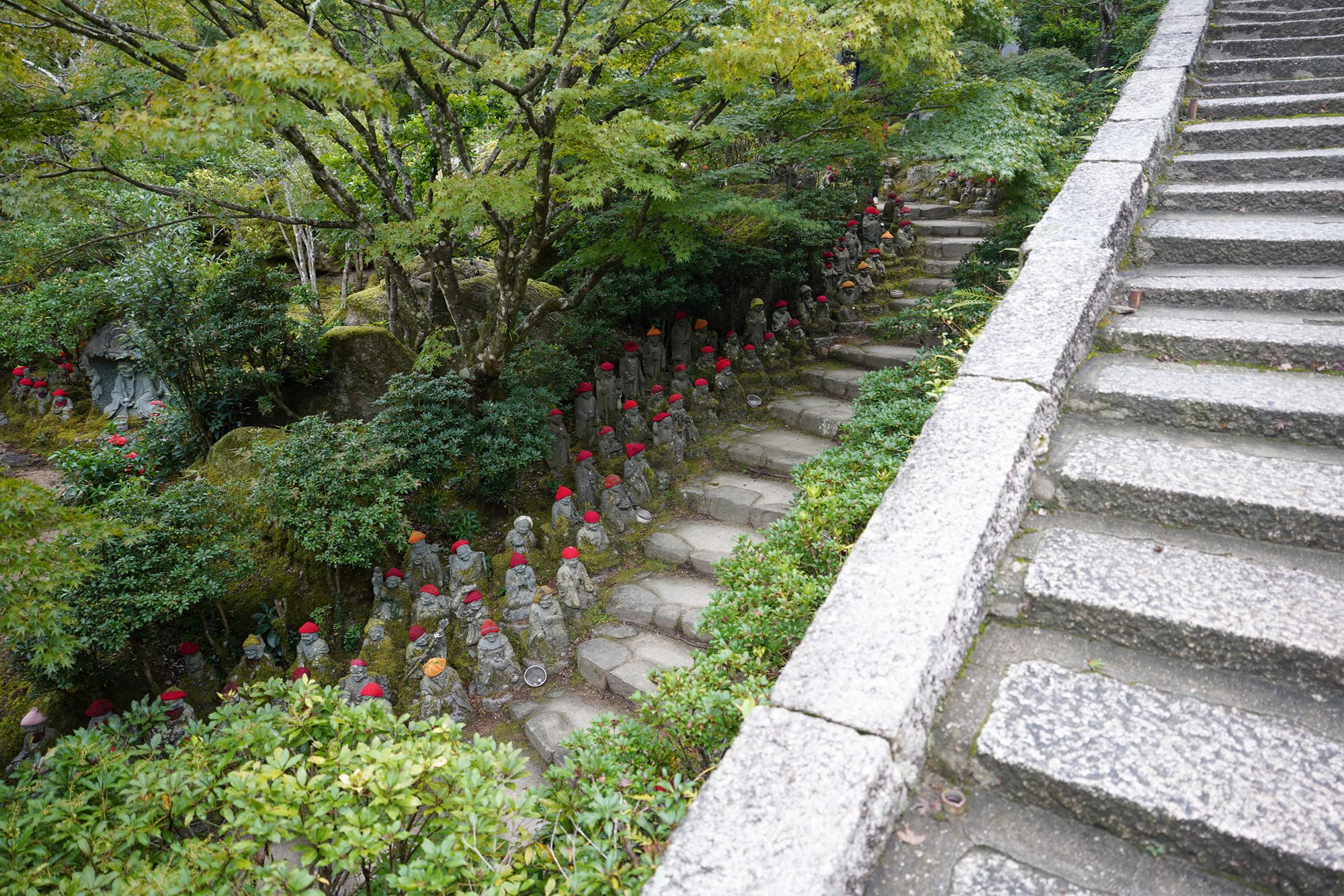
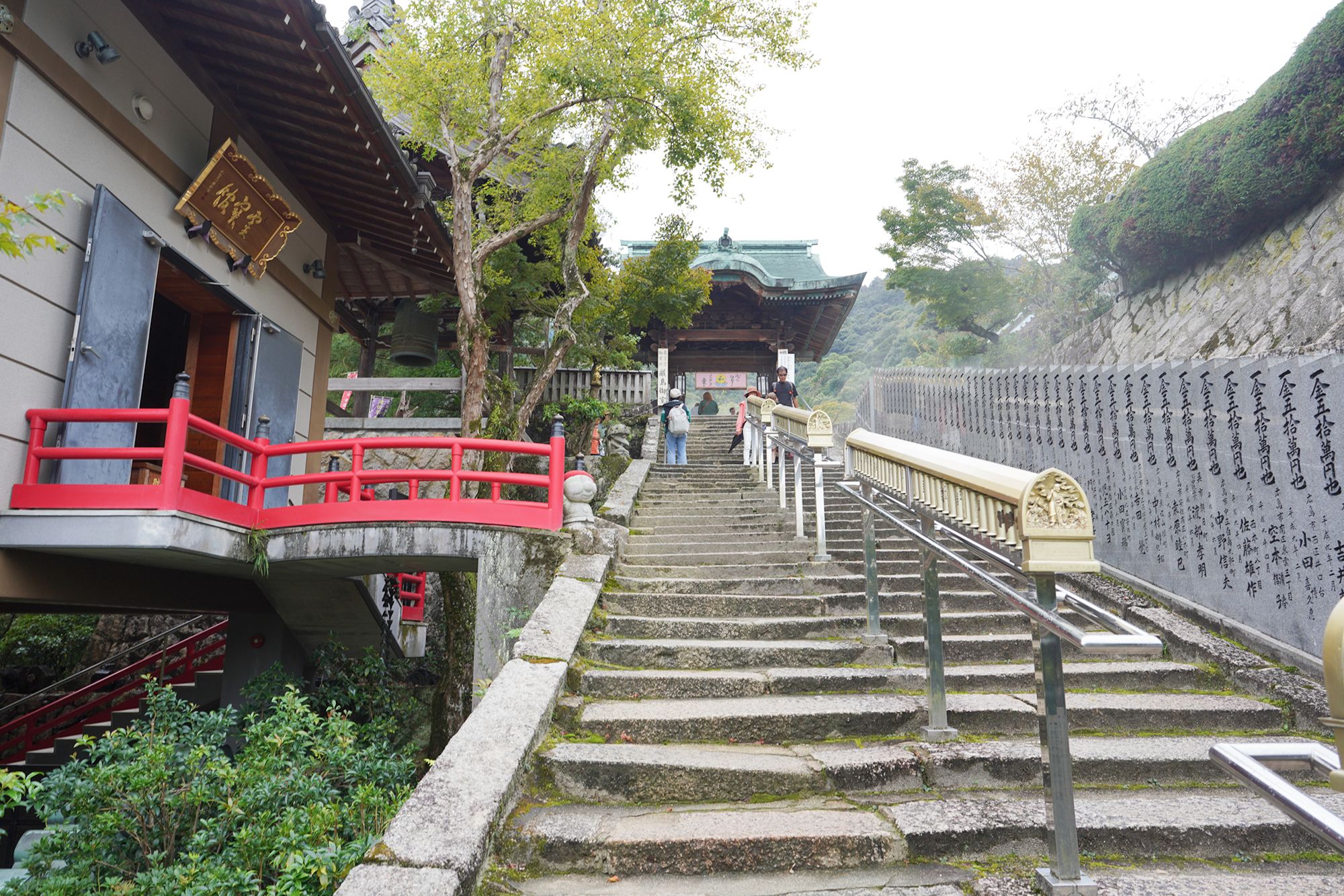
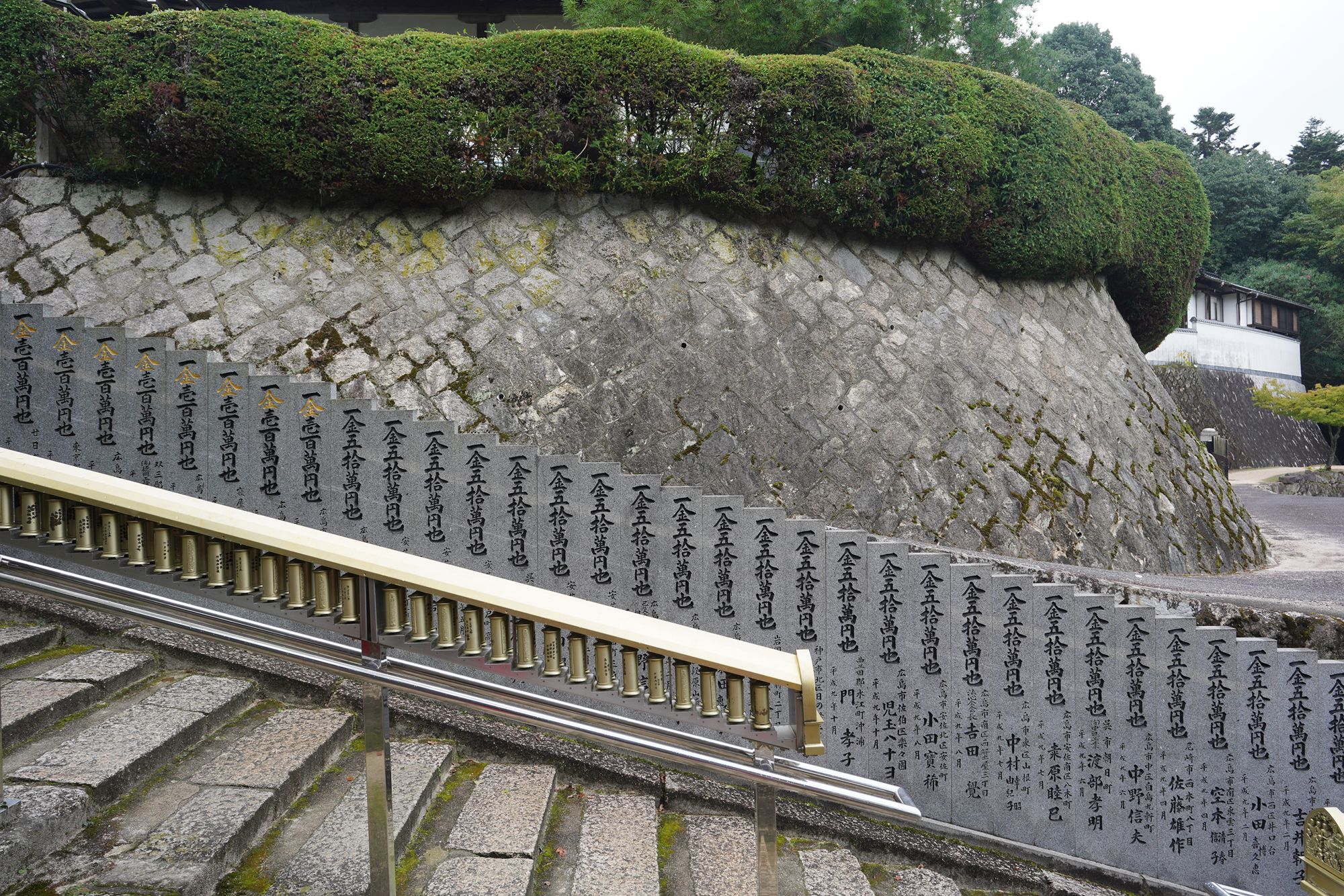
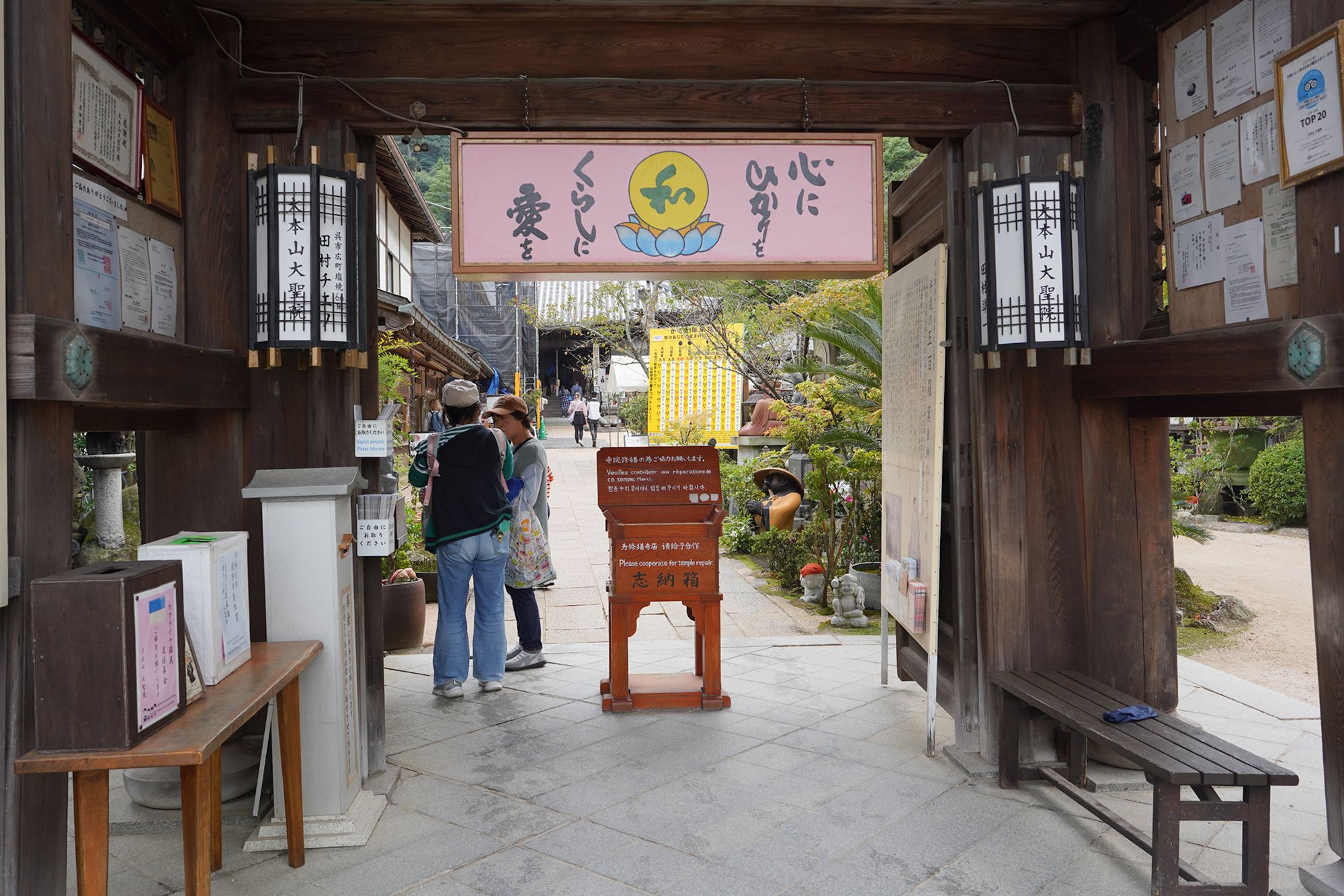
At the top of the stairs
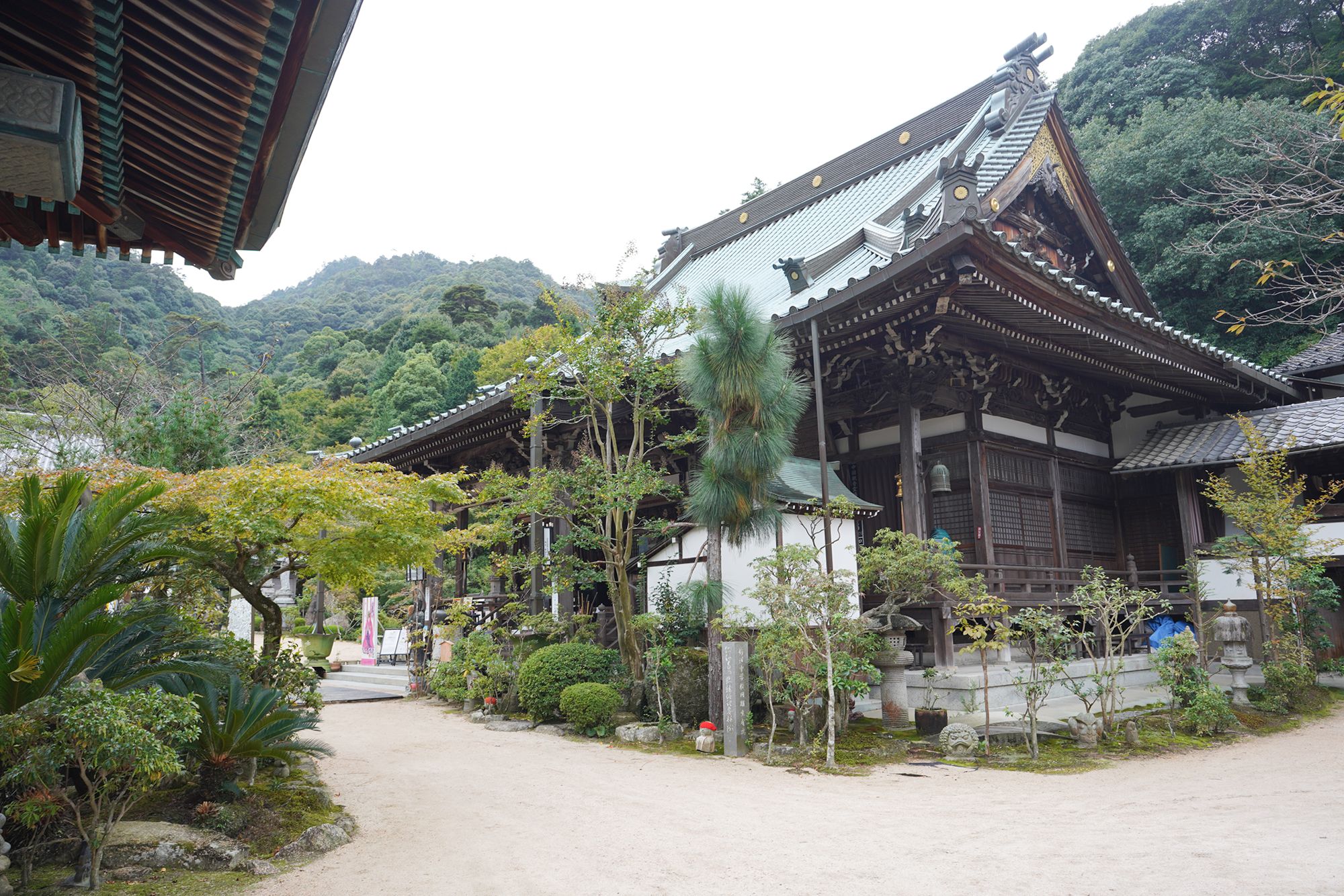
Daishoin Temple, located on Miyajima Island near Itsukushima Jinja, is a historic and serene Buddhist temple belonging to the Shingon sect of Japanese Buddhism. Founded in the 12th century by the monk Kukai (also known as Kobo Daishi), it is one of the oldest temples on the island and holds significant spiritual and cultural importance.
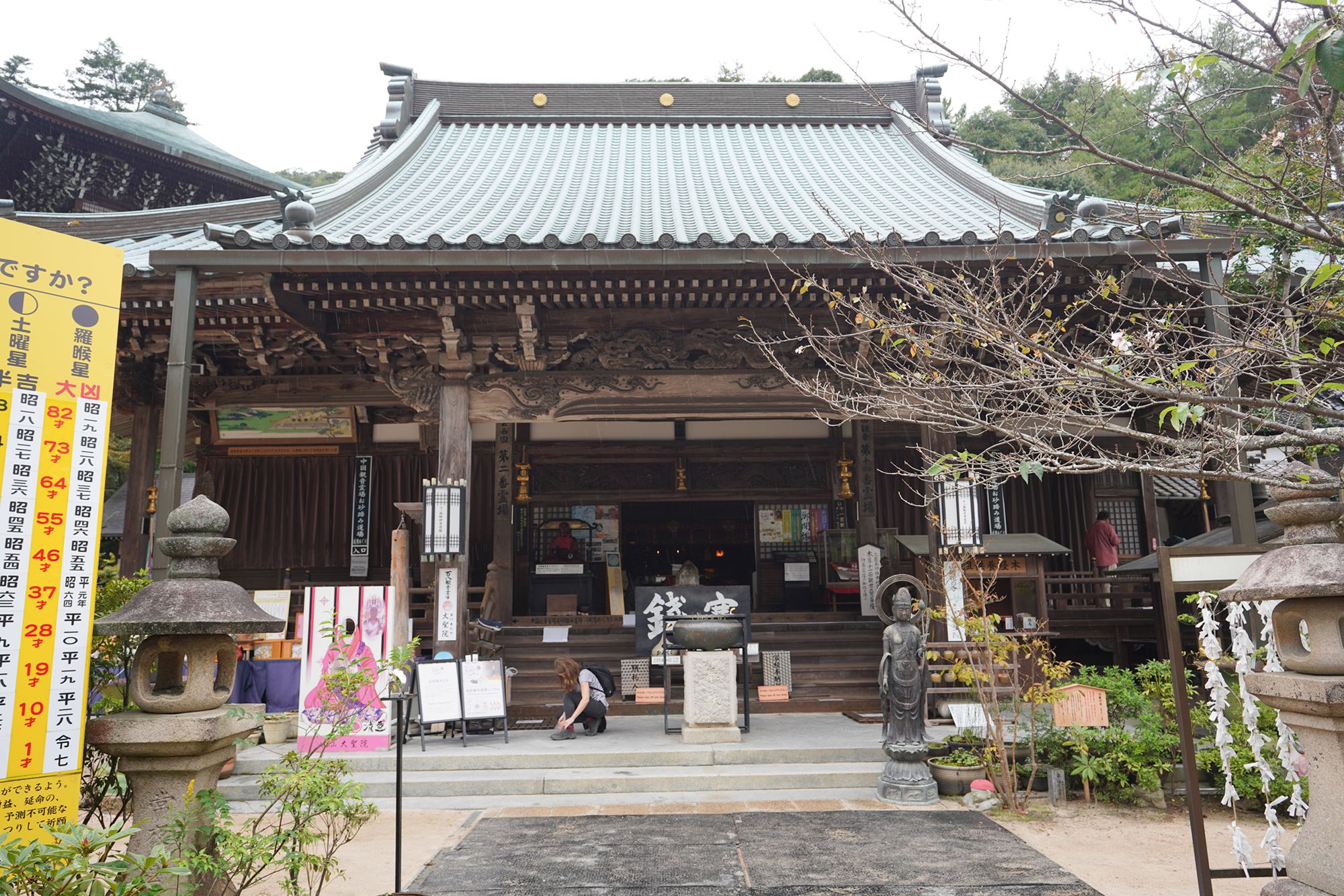
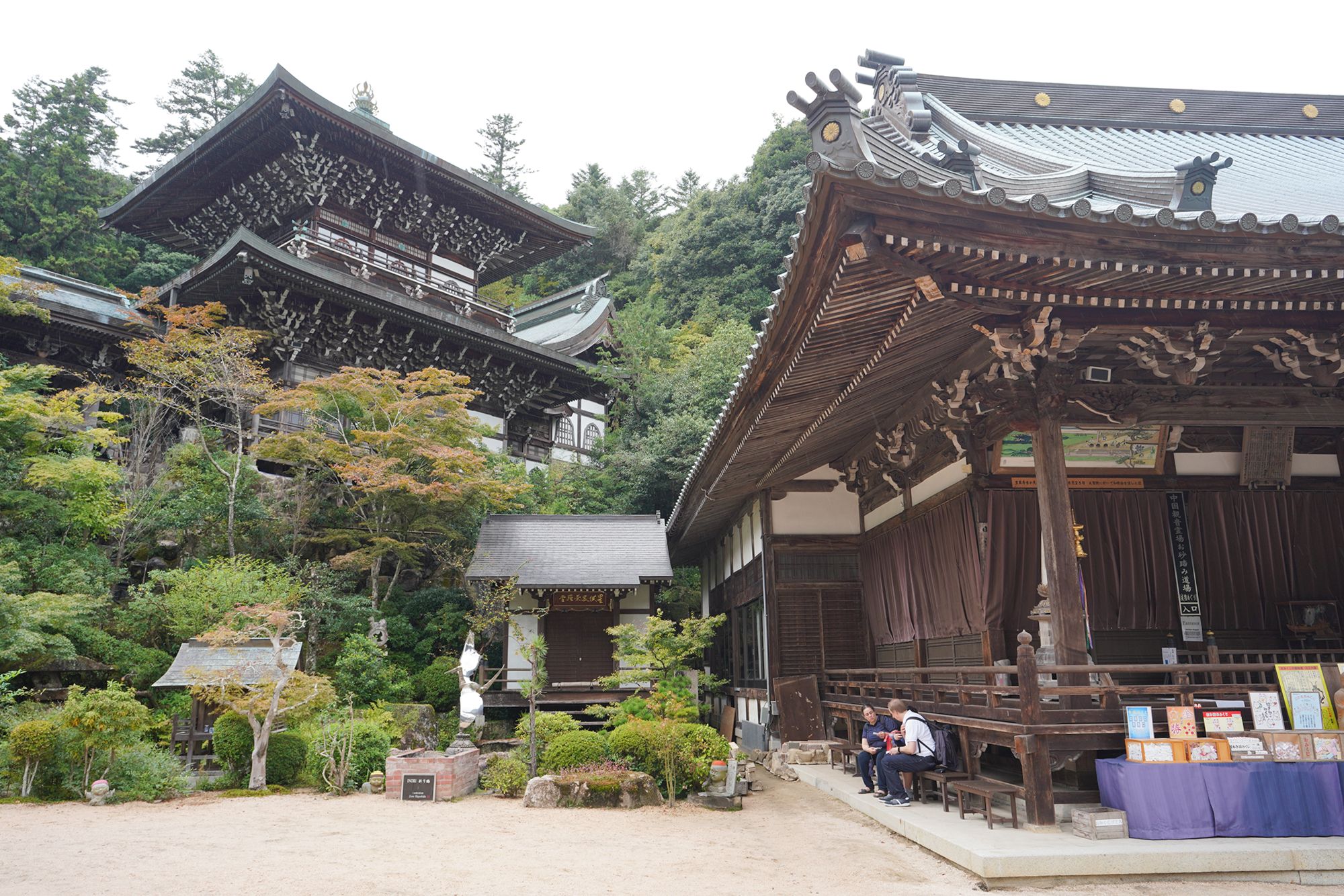
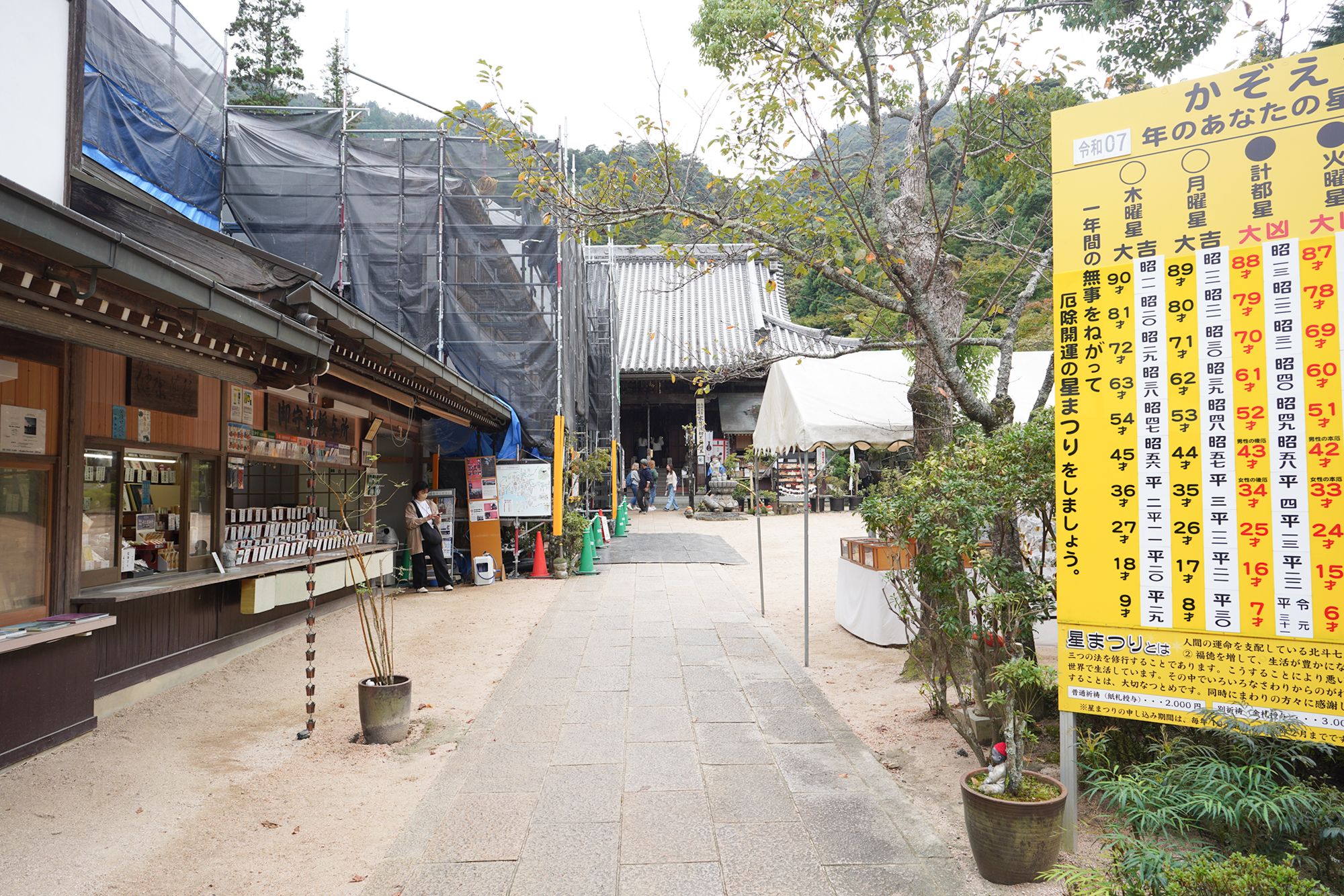
Entrance to the building shown in the picture above
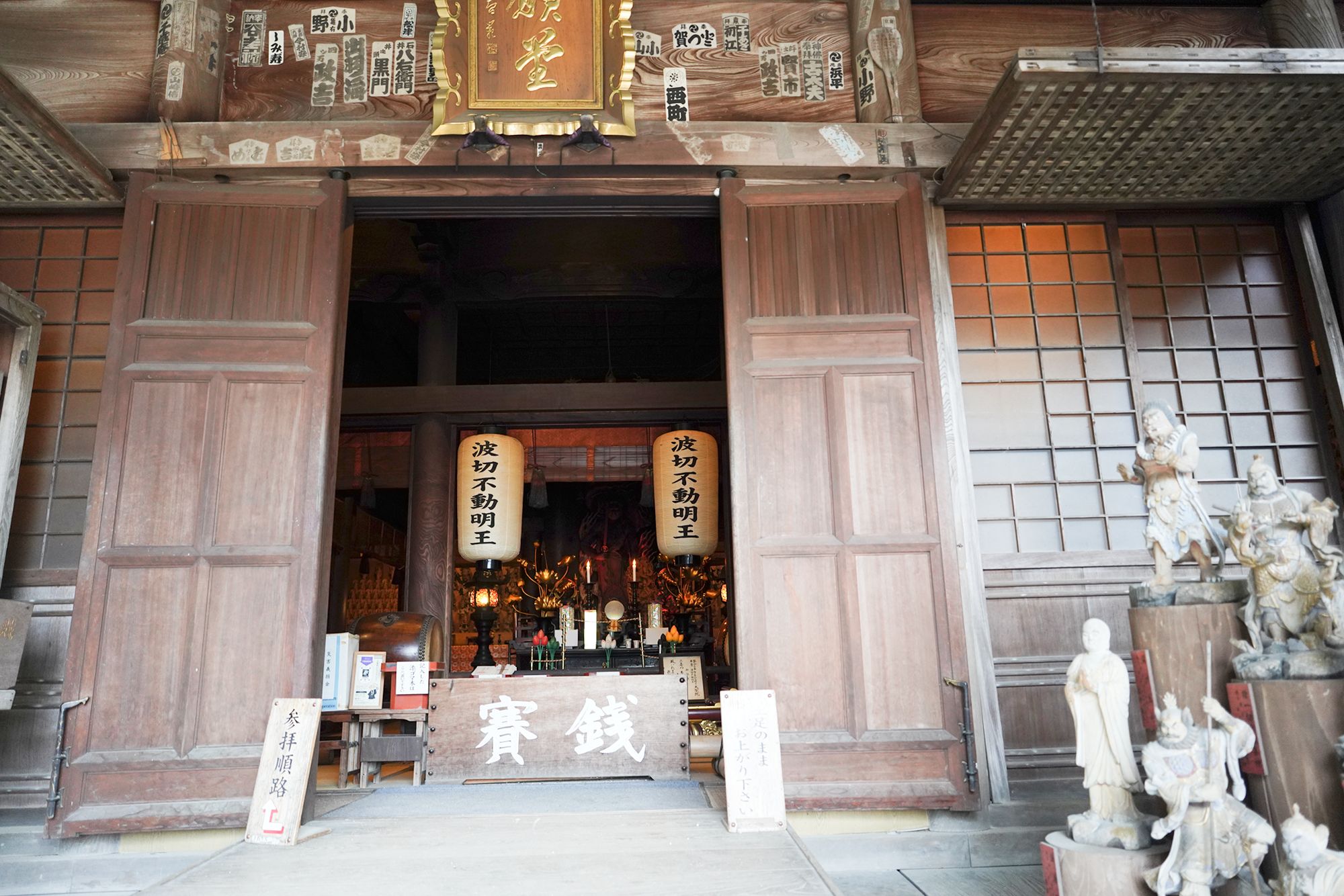
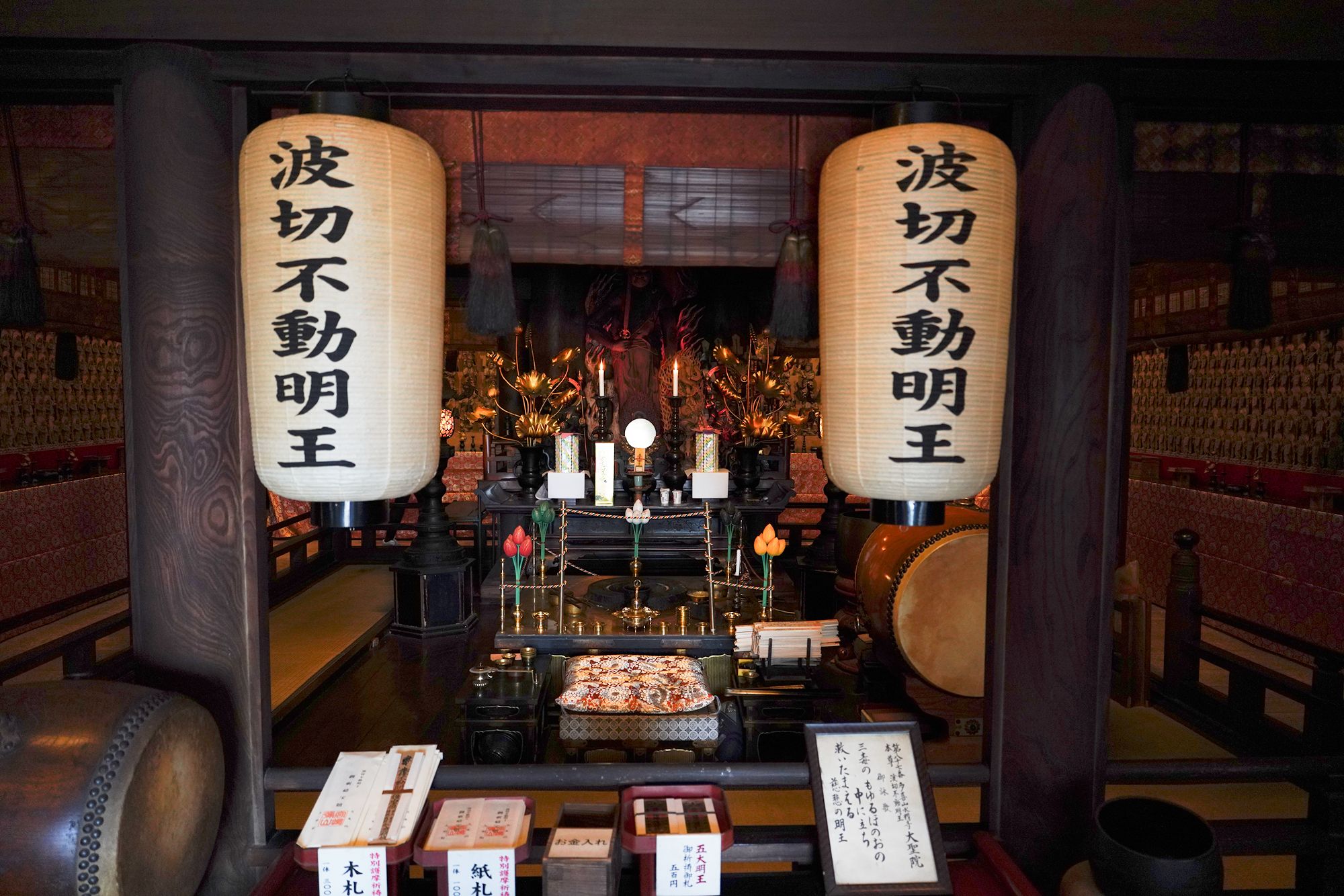
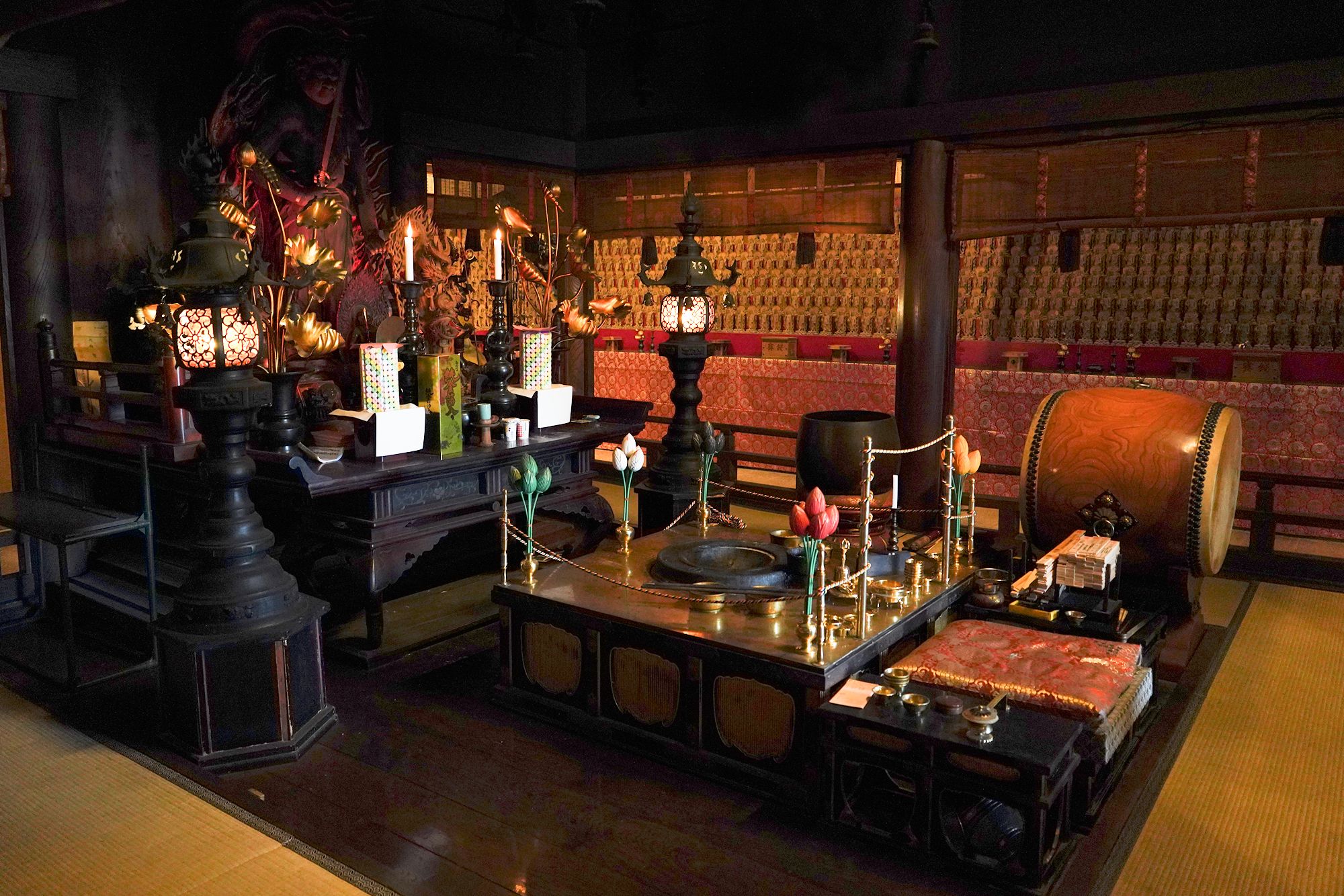
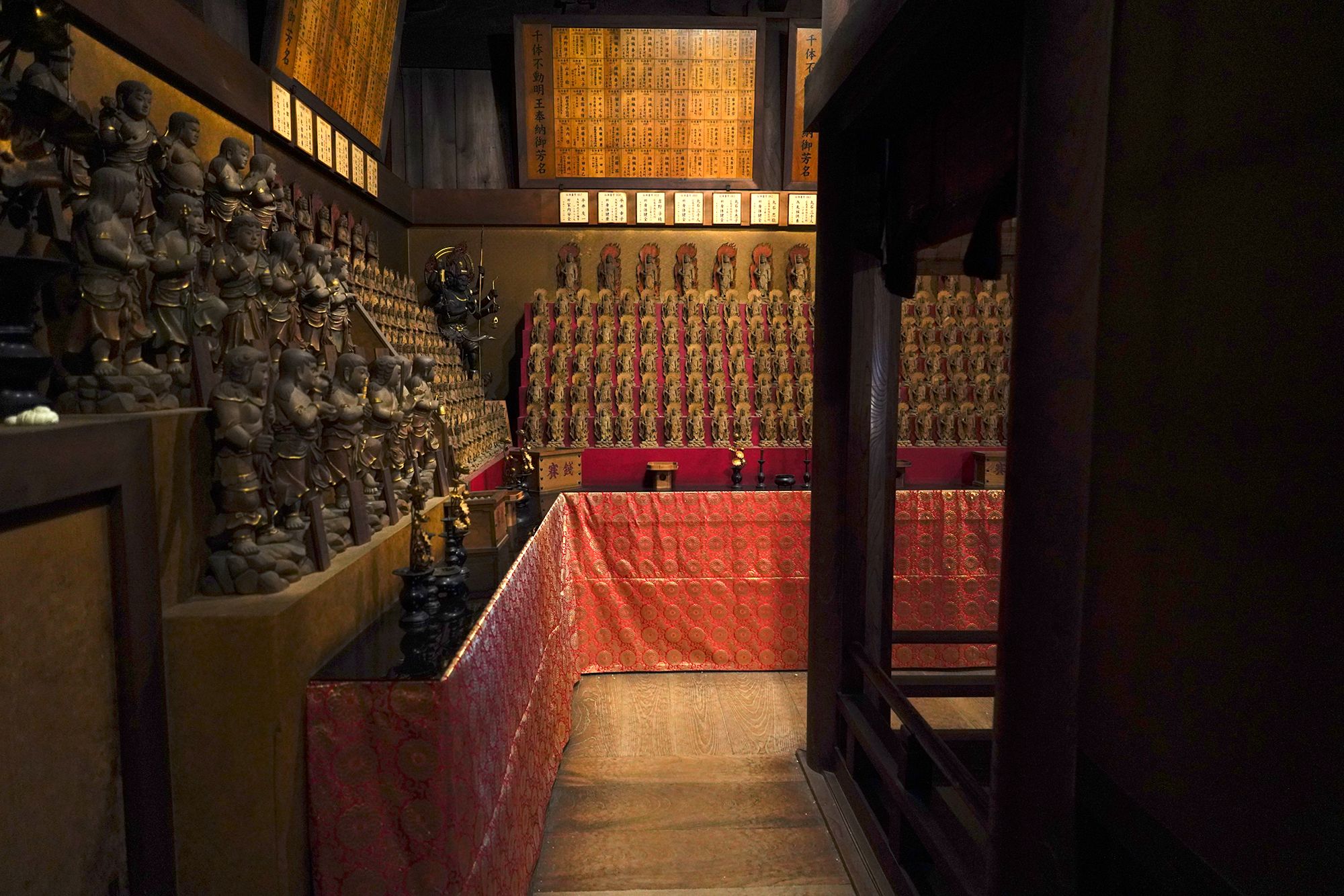
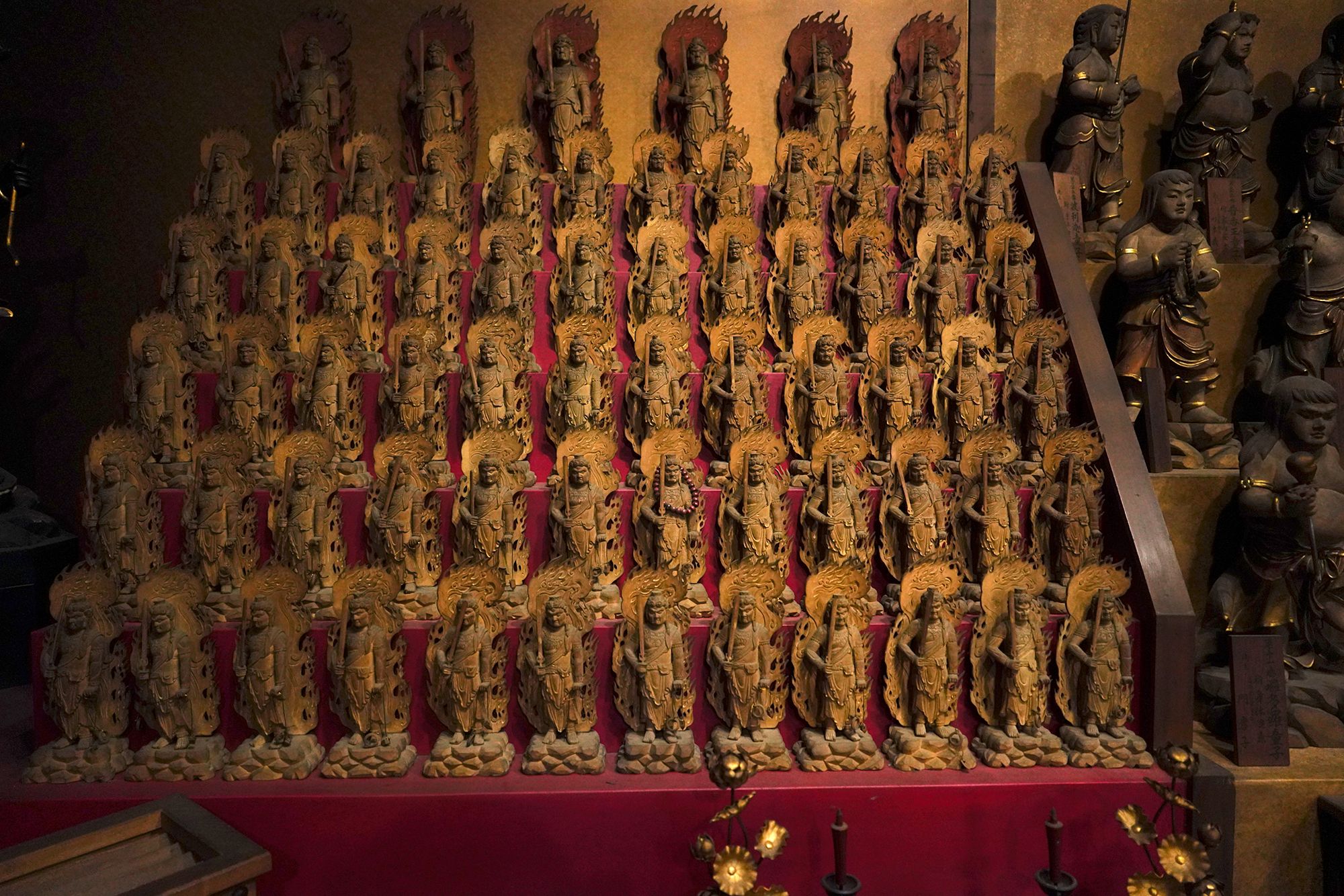
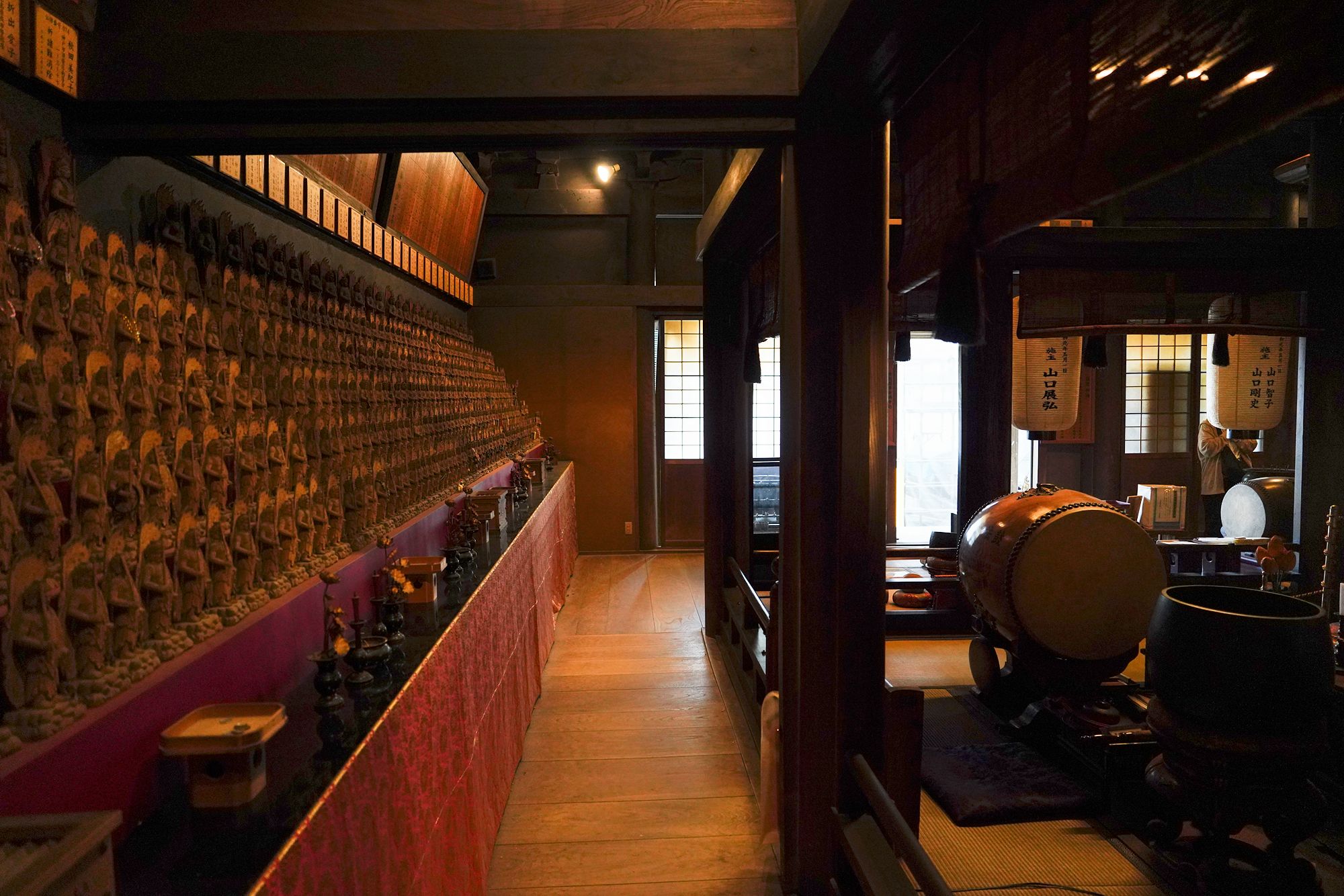
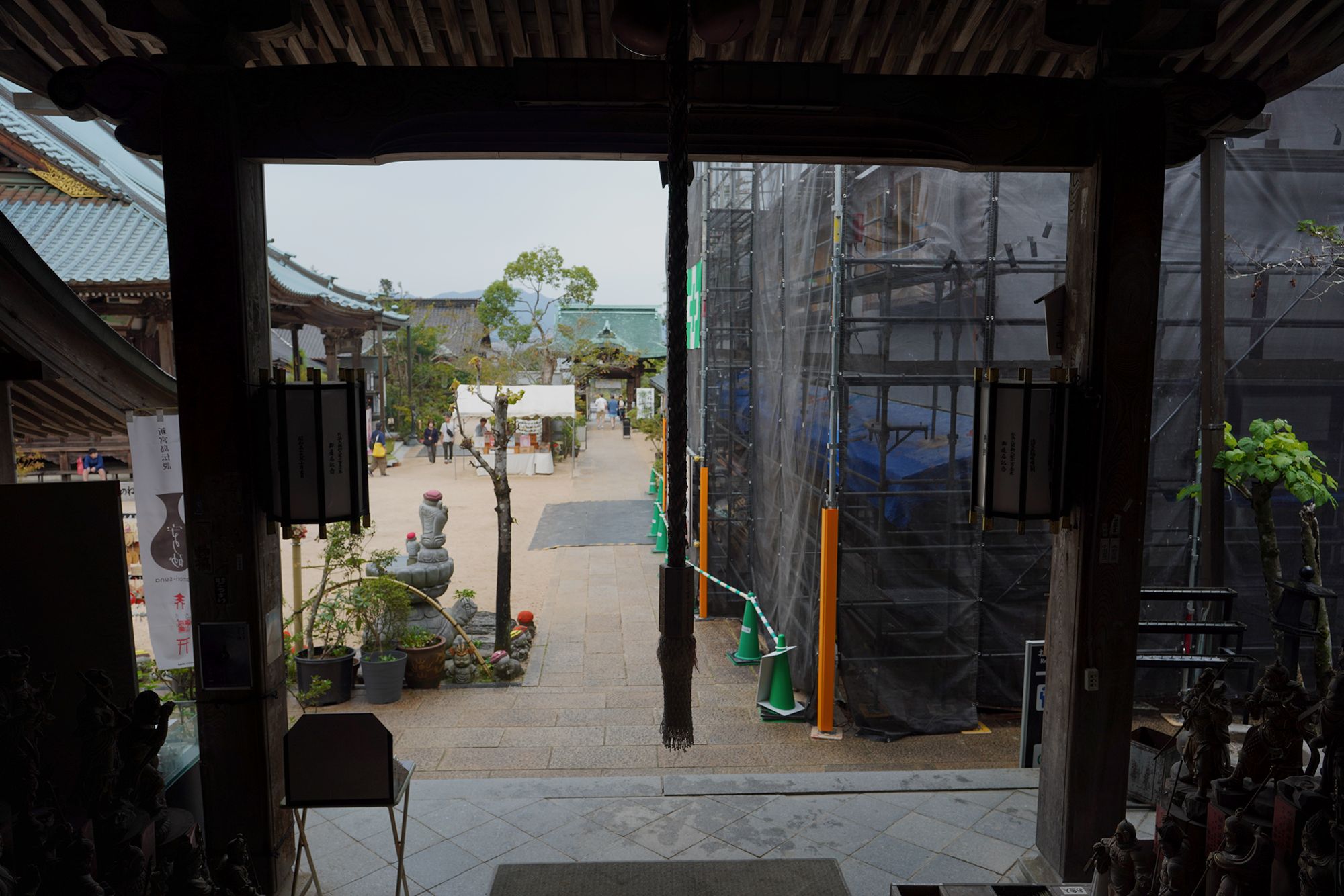
Climbed higher
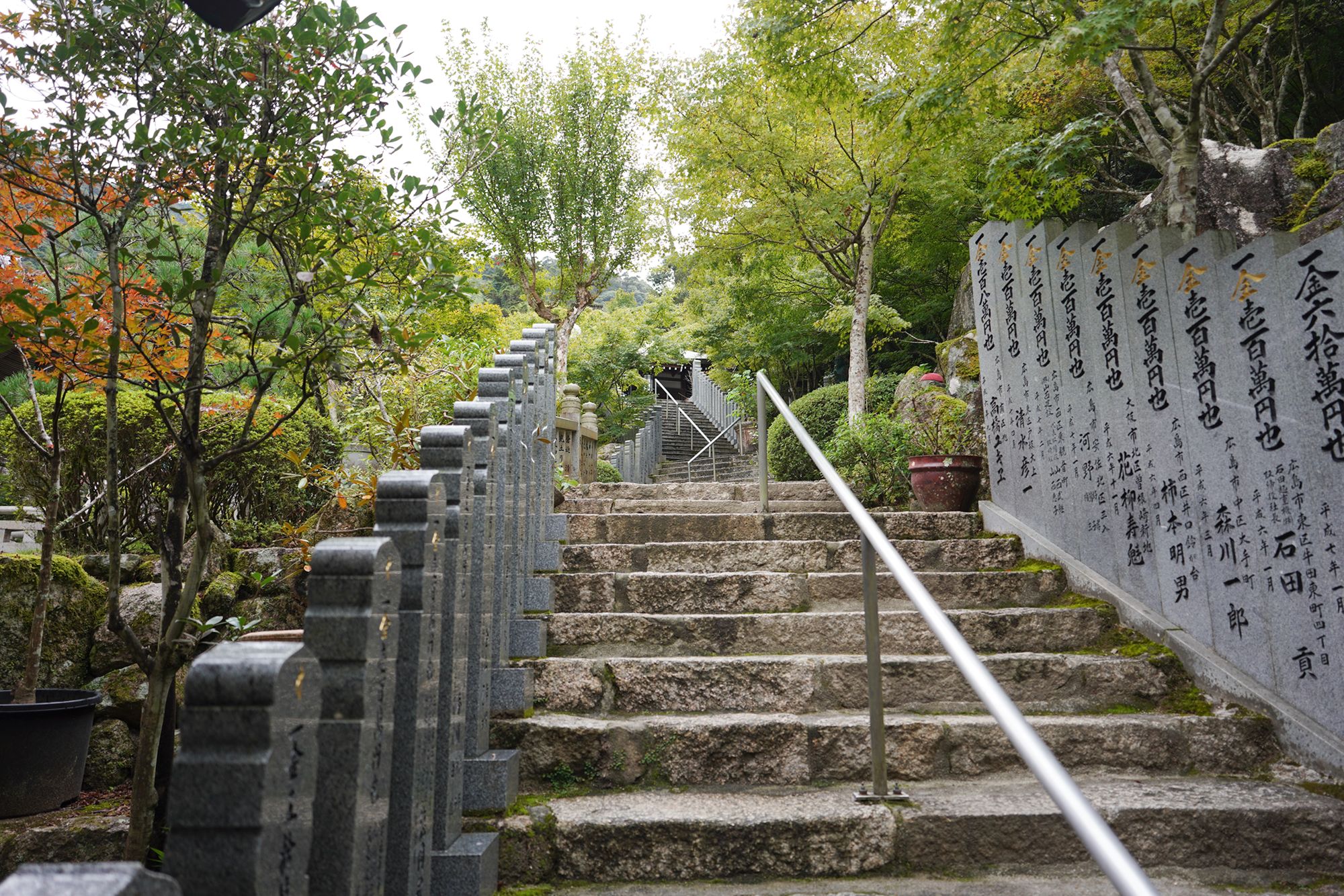
The temple complex is nestled on a hillside, offering stunning views of the surrounding area and a tranquil atmosphere. It features an array of beautifully adorned halls, pagodas, and statues, as well as a lush garden that changes with the seasons.
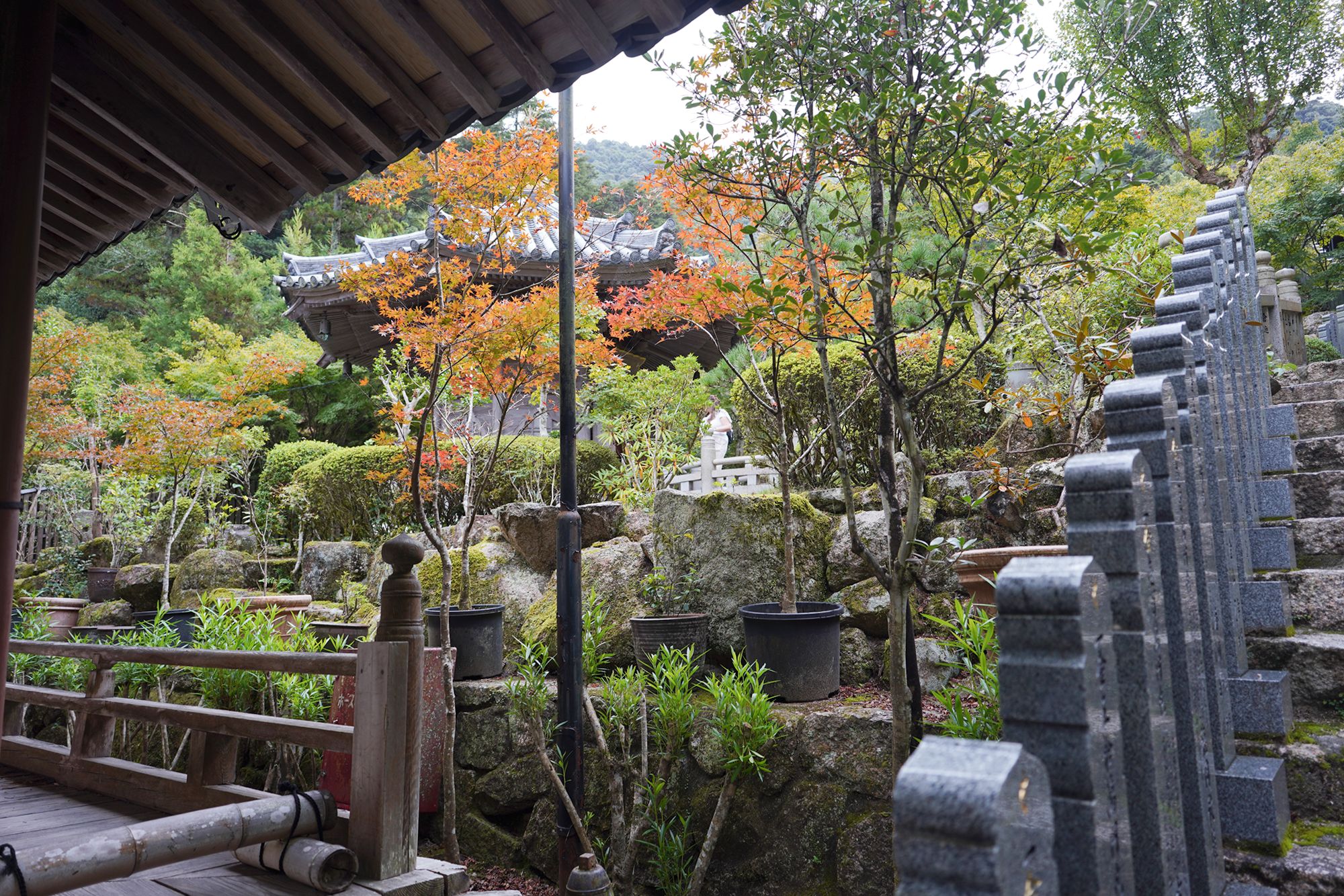
Back side
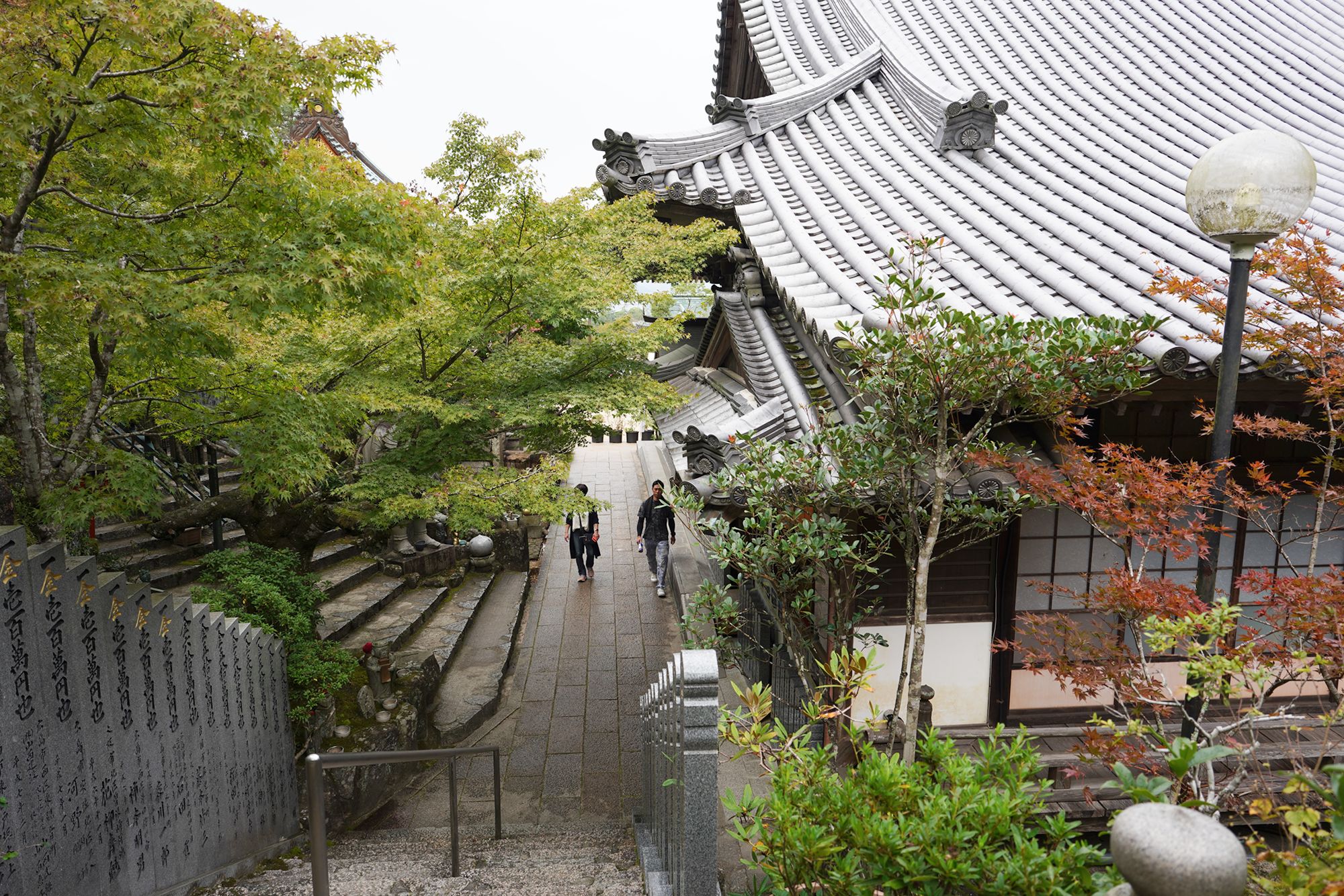
Back side
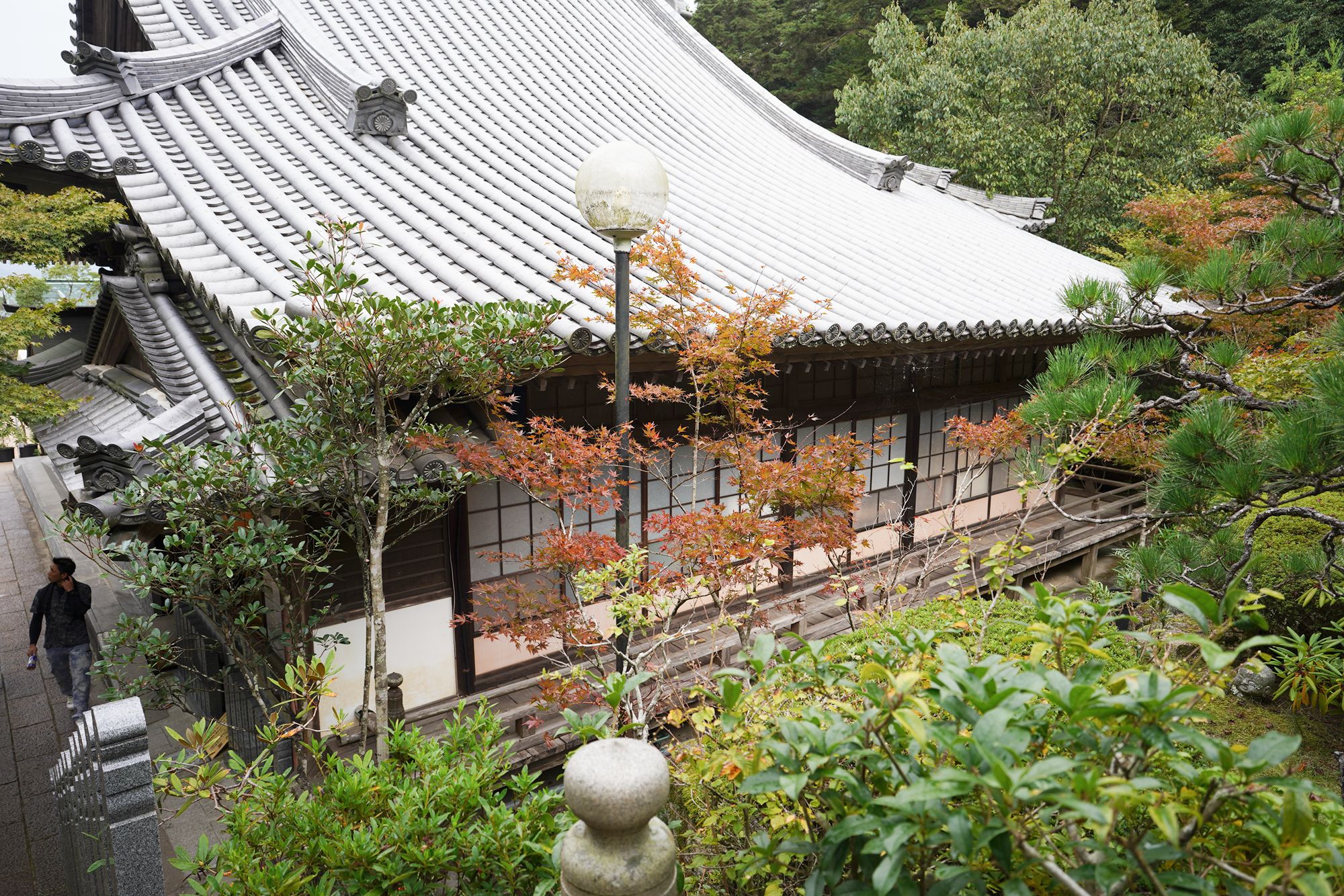
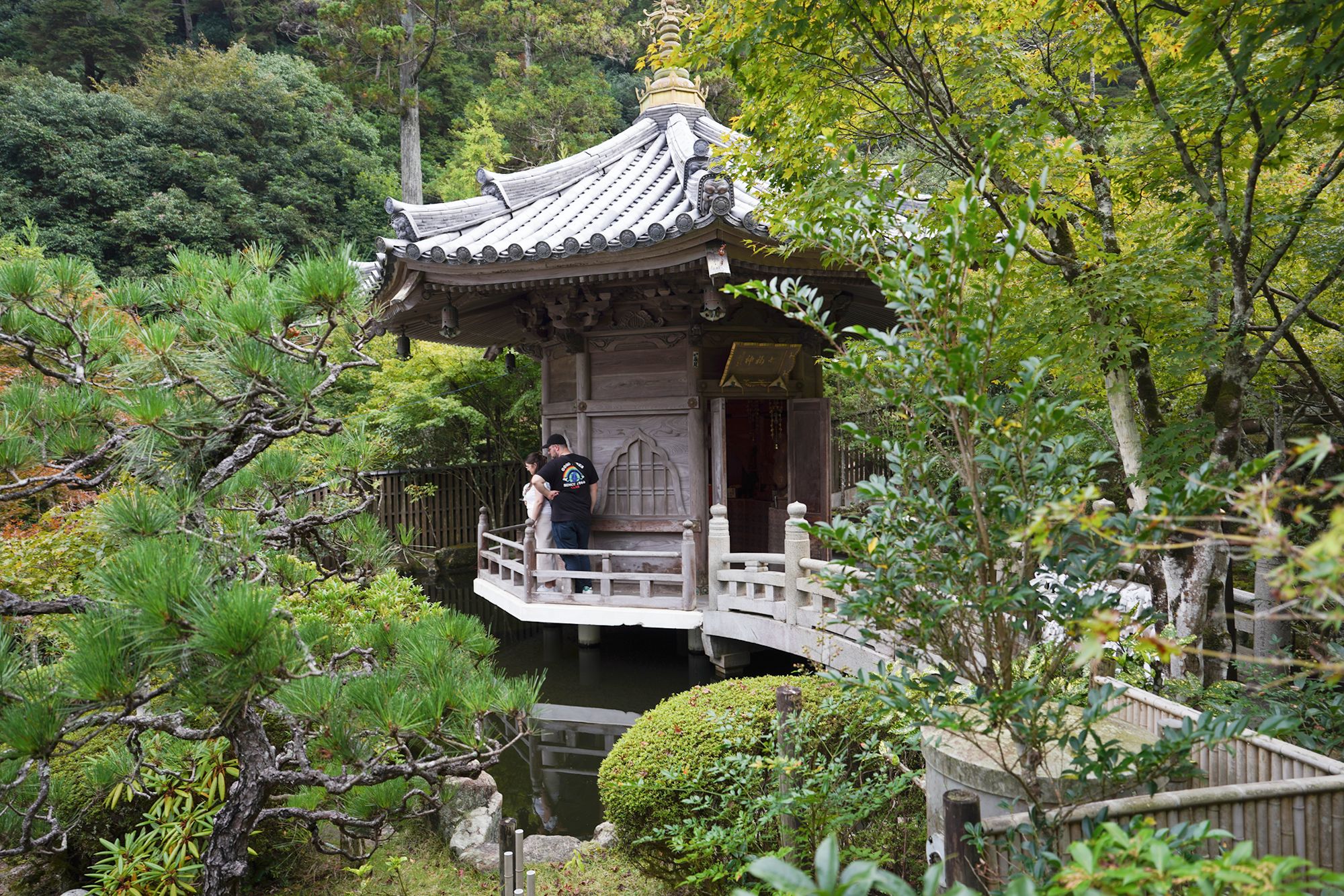
One of its most distinctive features is the “Henjokutsu Cave,” which houses 88 icons representing the temples of the Shikoku Pilgrimage, allowing visitors to experience the spiritual journey in one place.
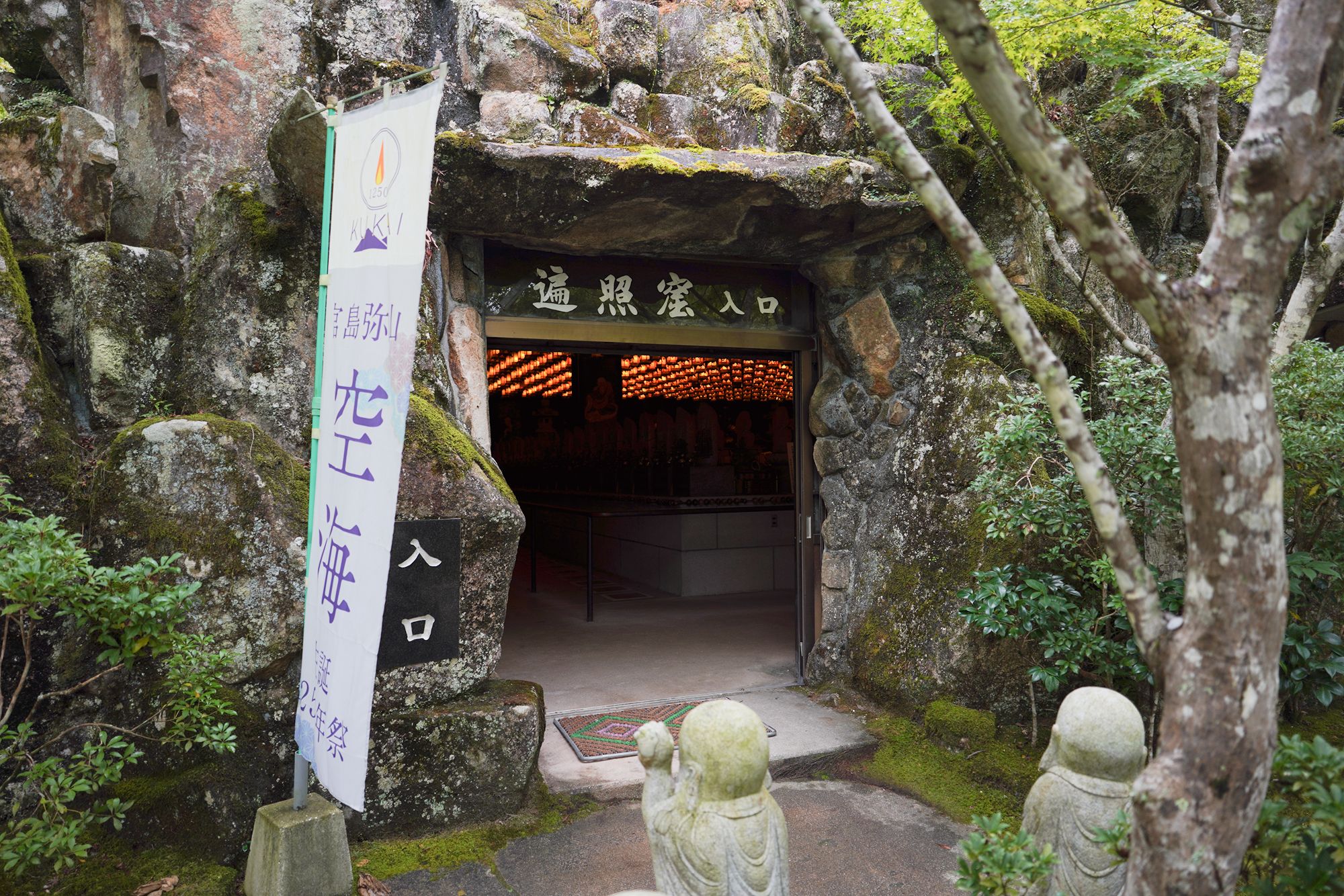
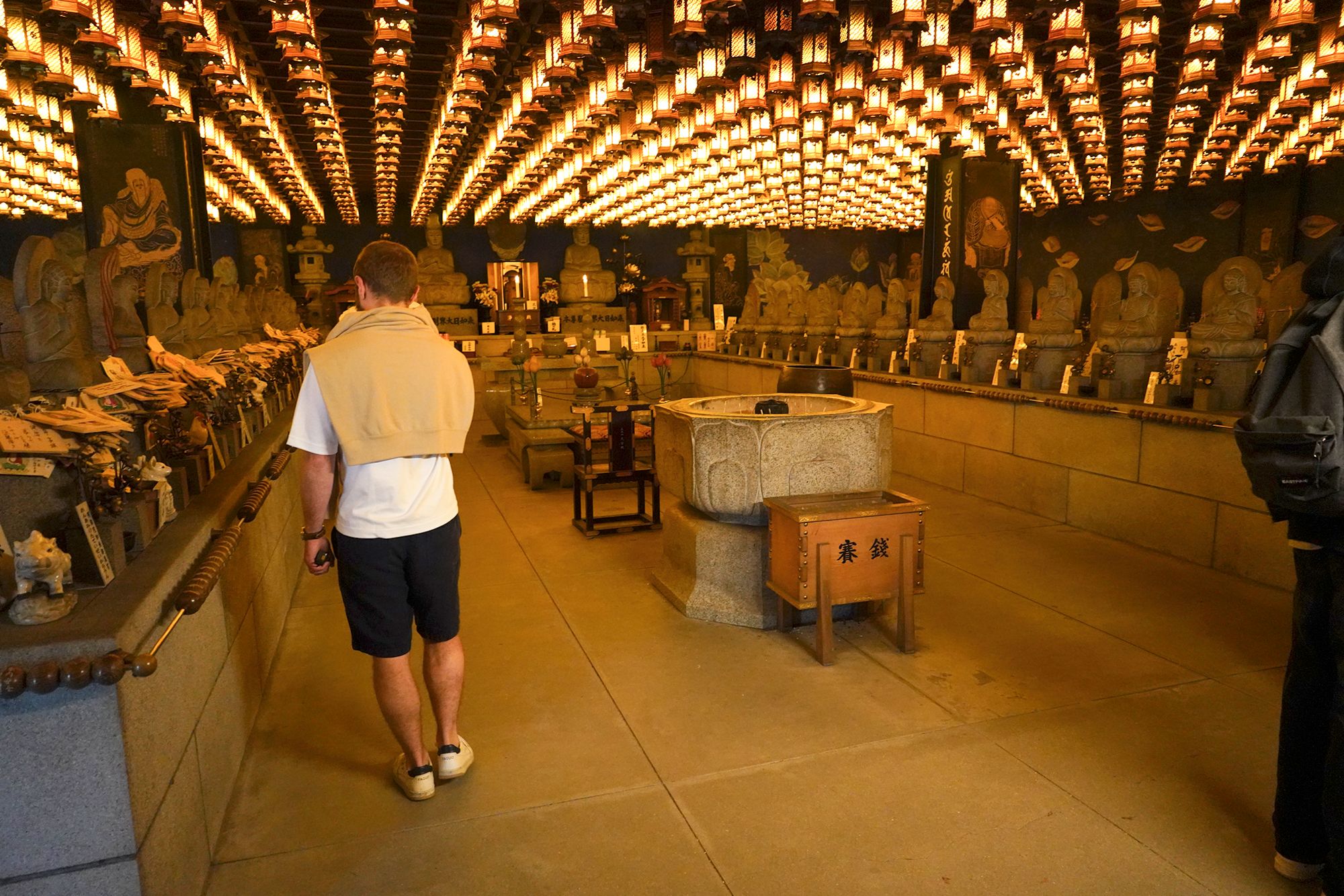
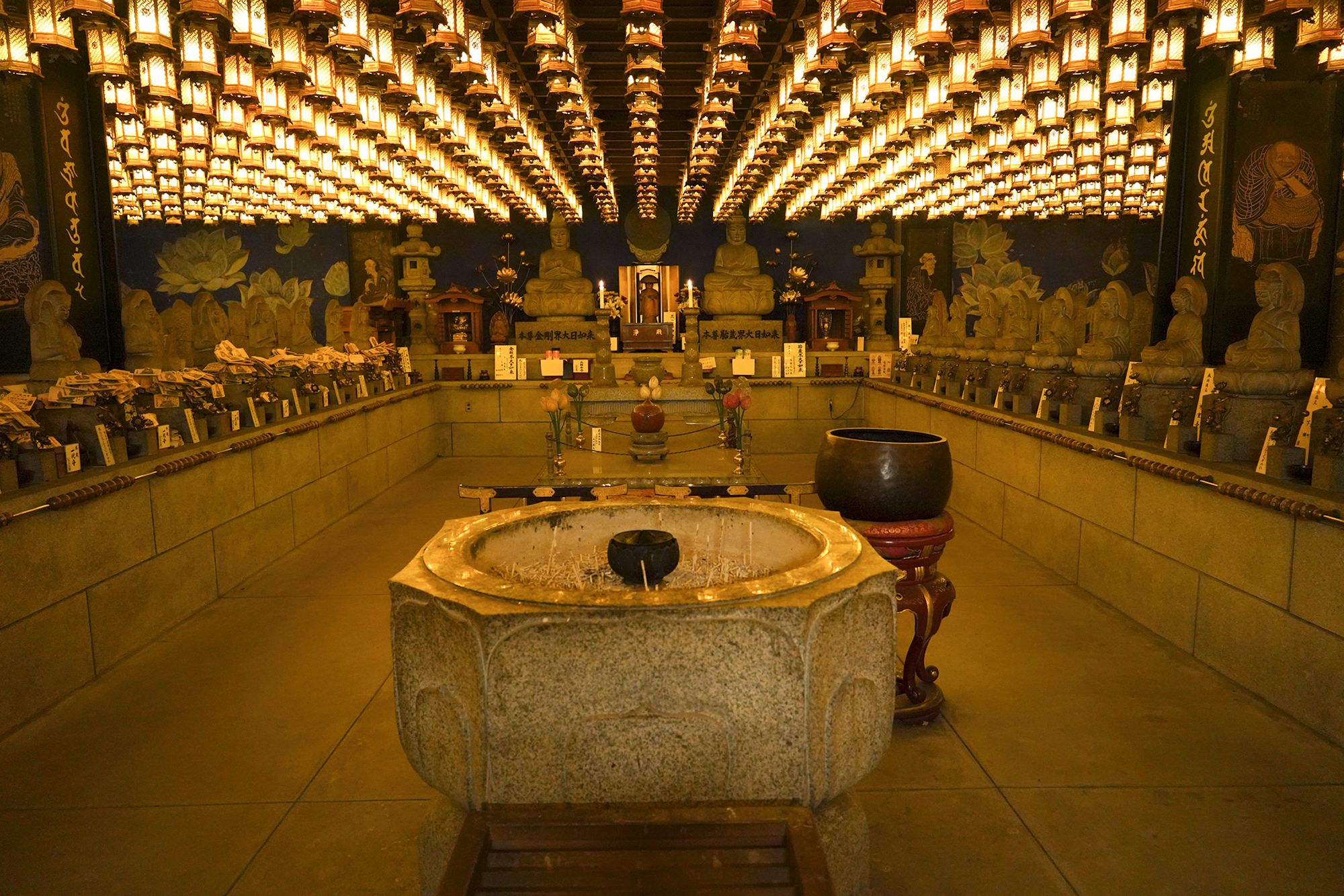
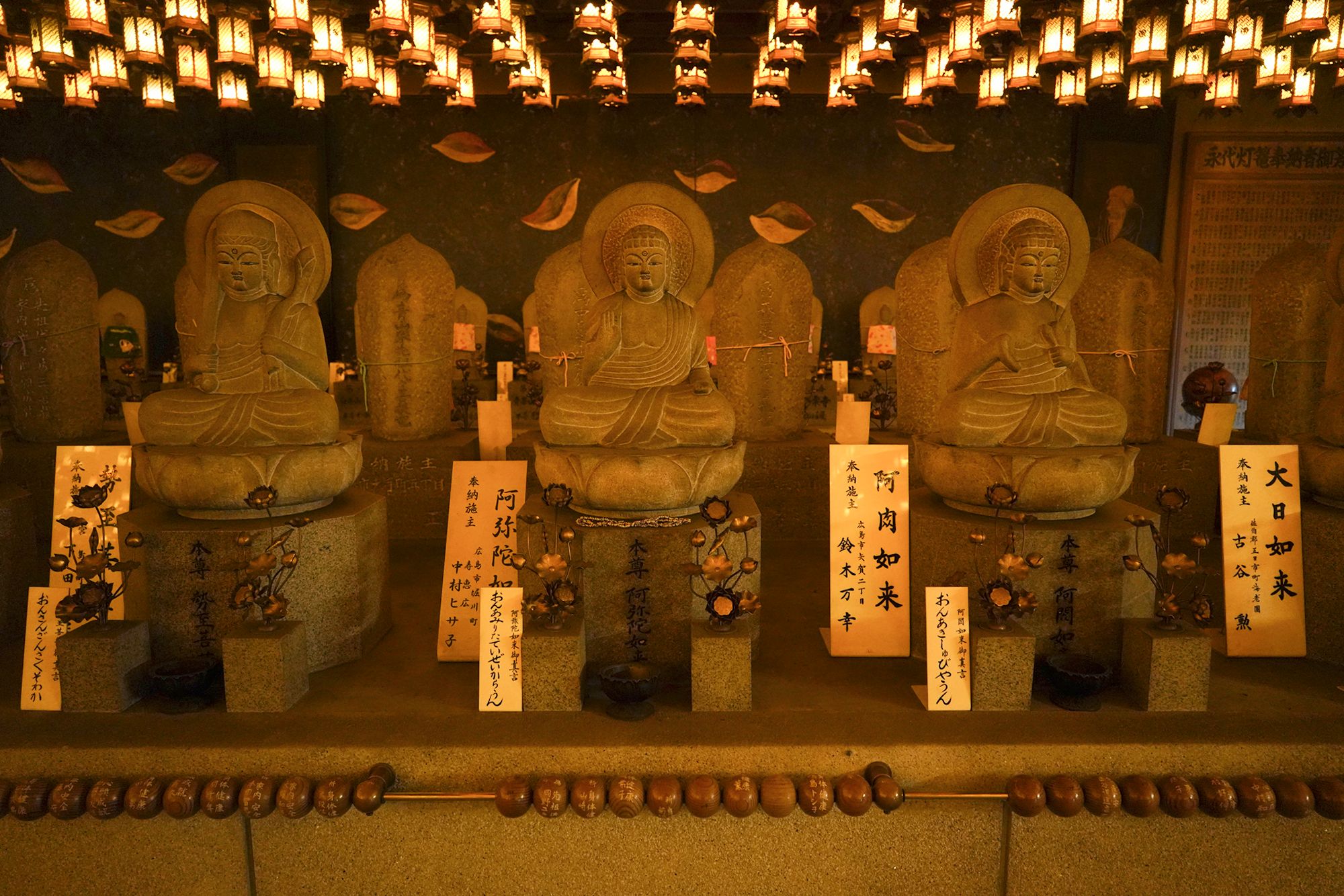
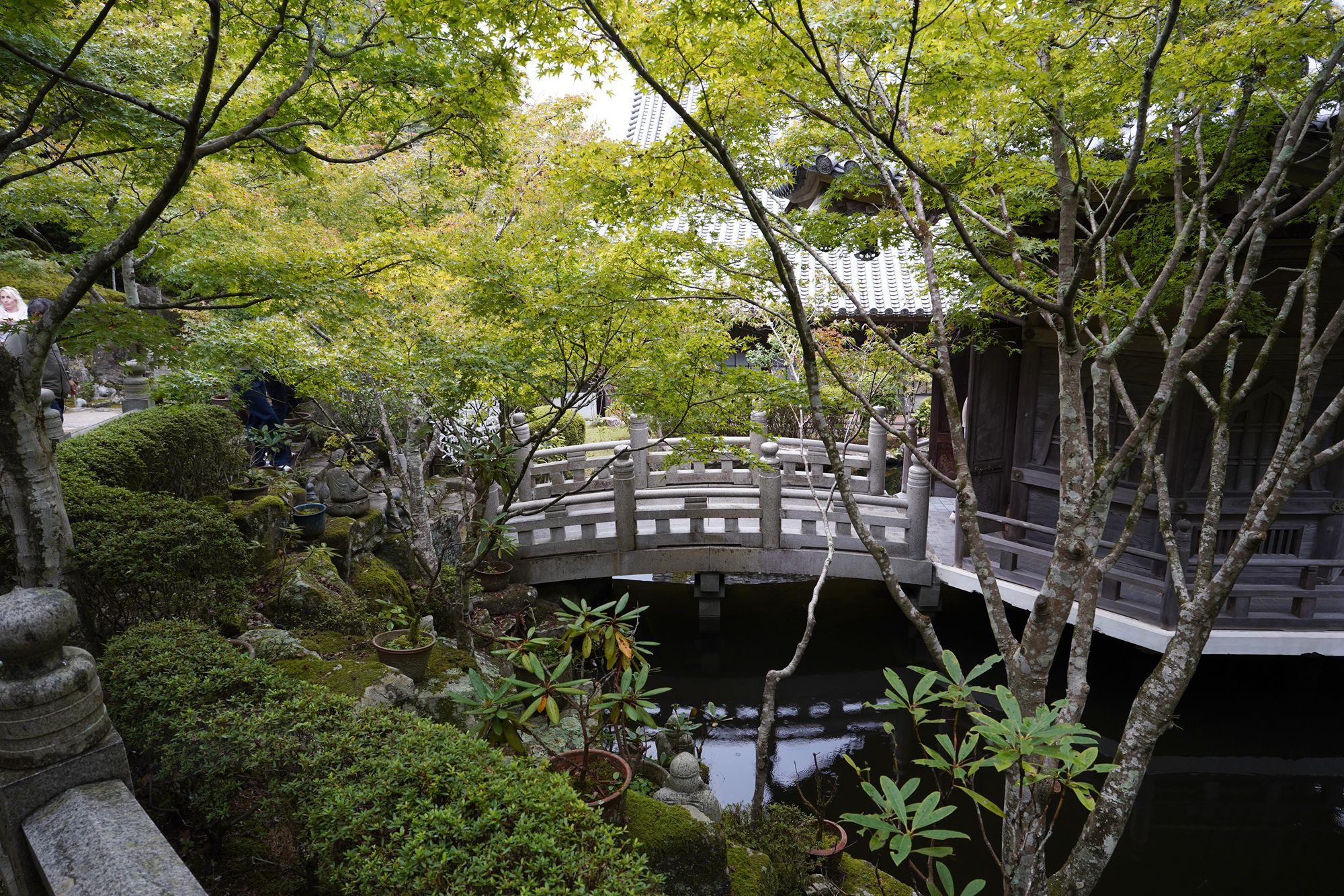
View of down side
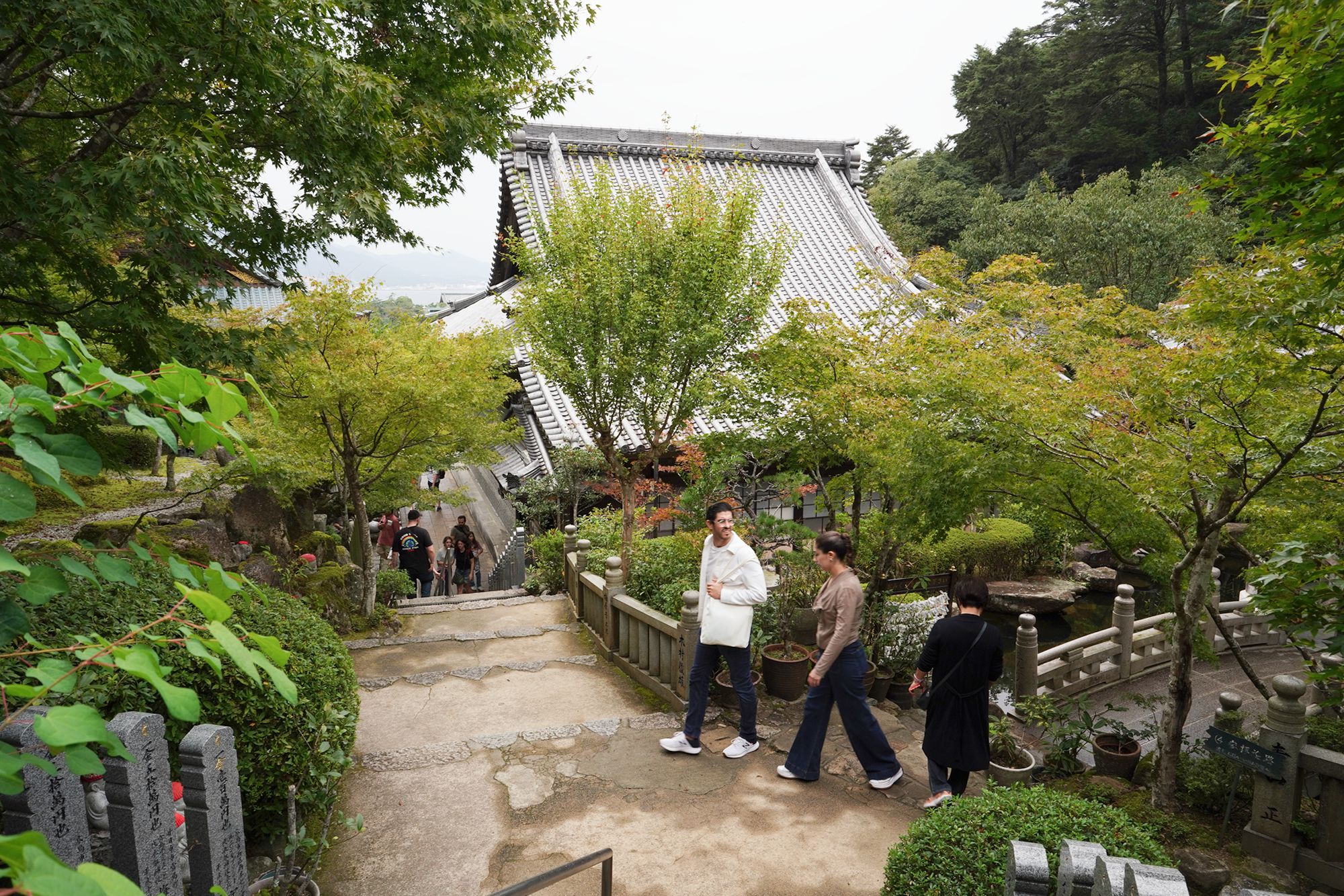
A small shrine on the top of the stairs
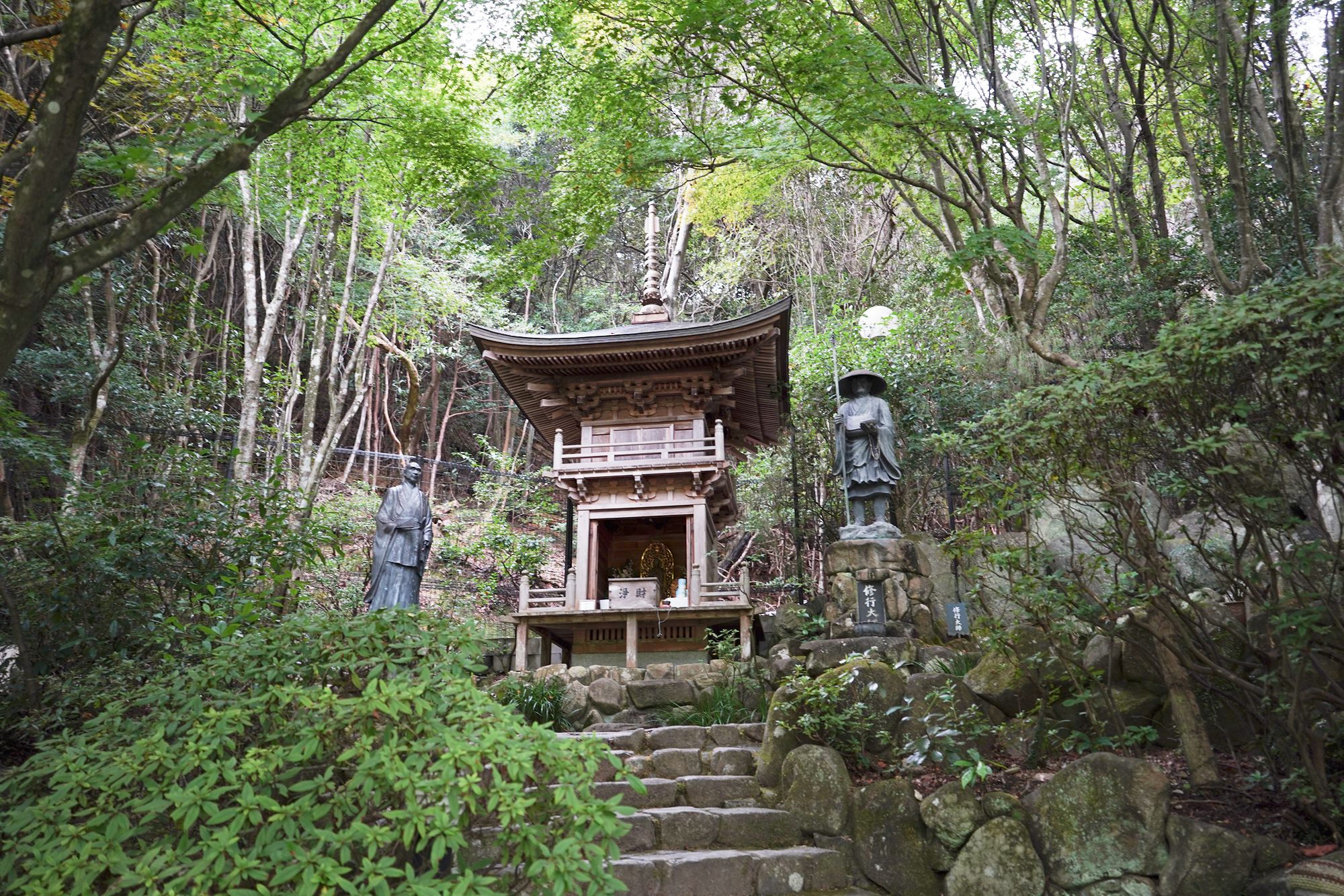
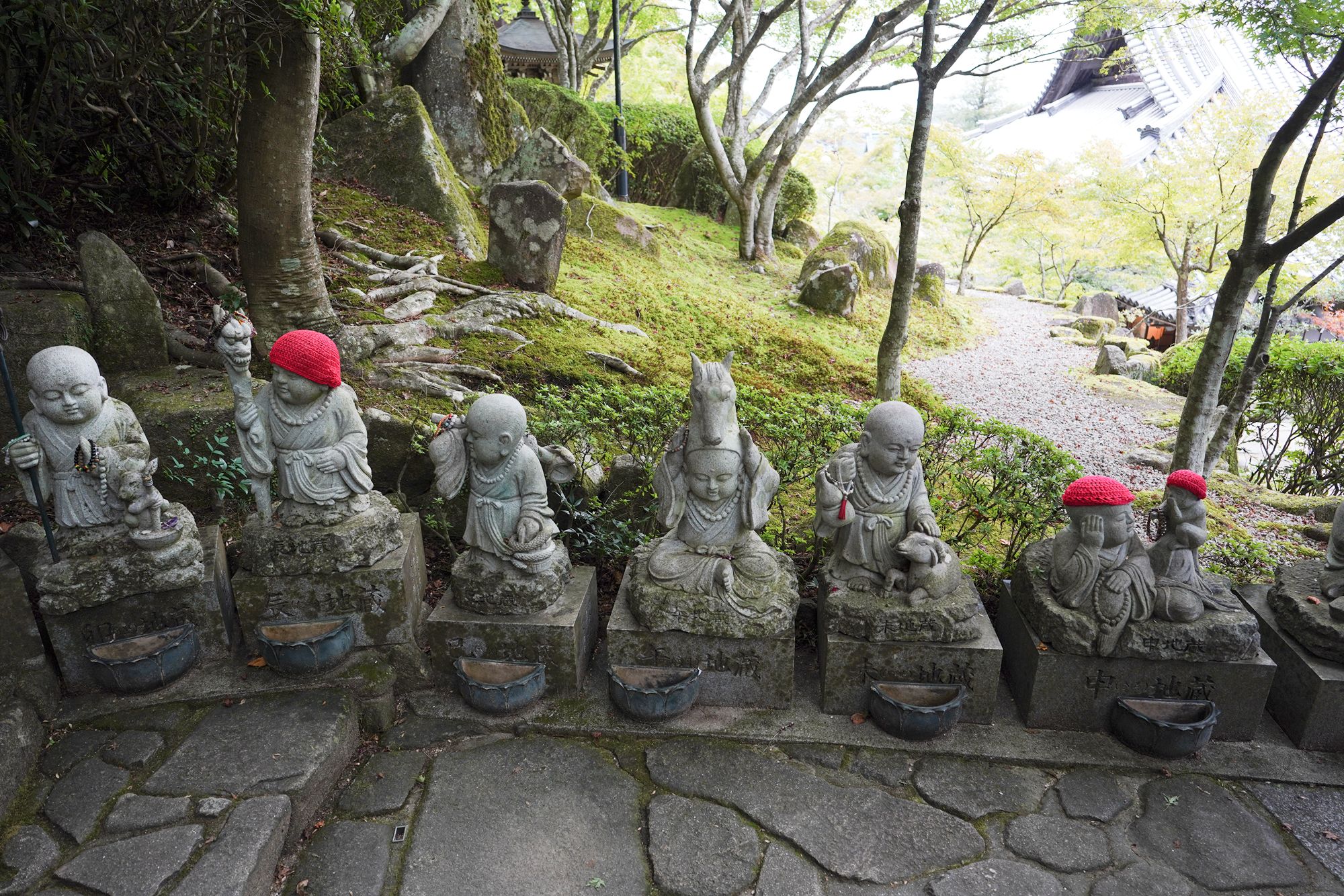
Climbed still higher
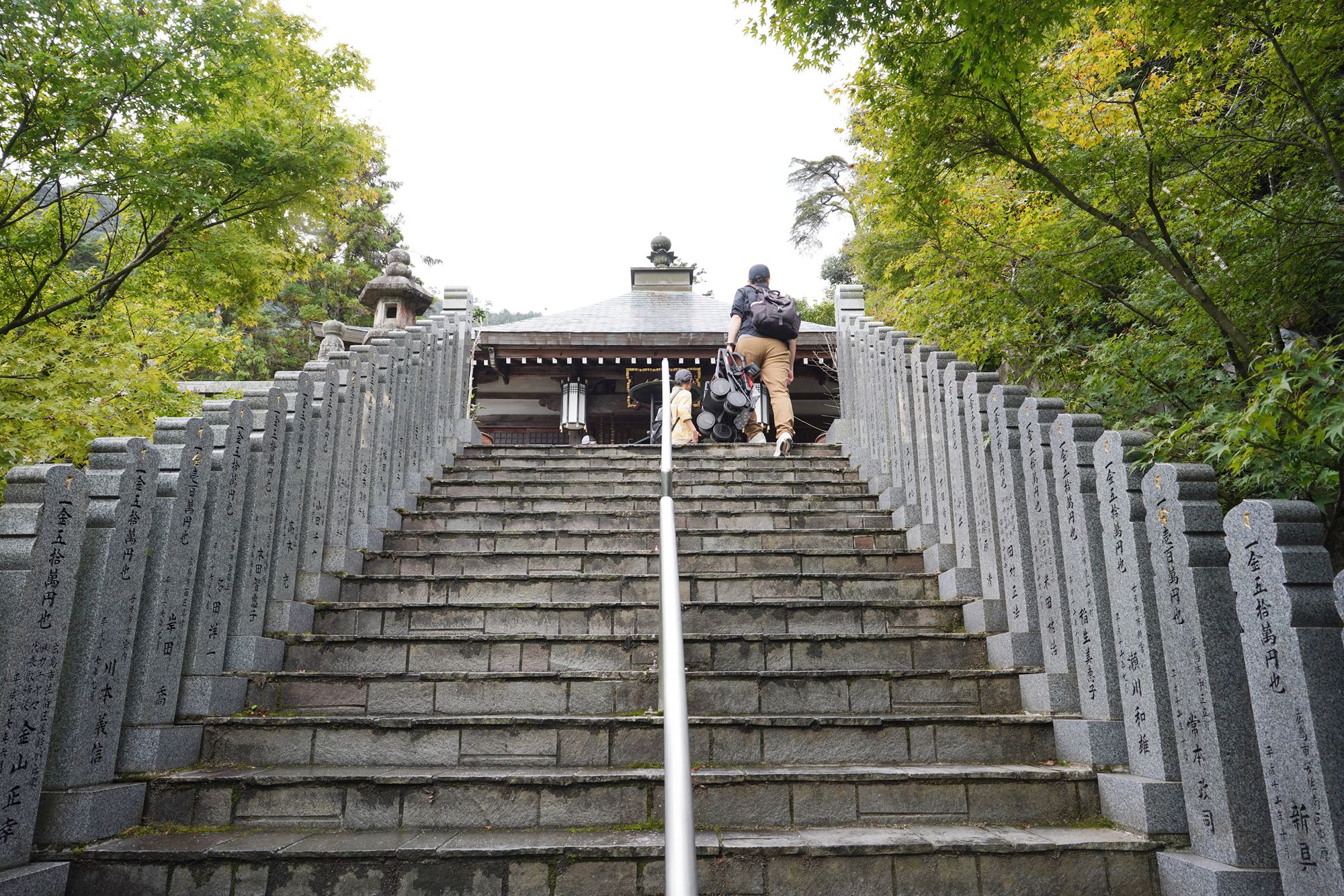
Another small temple building is located at the end of the temple grounds.
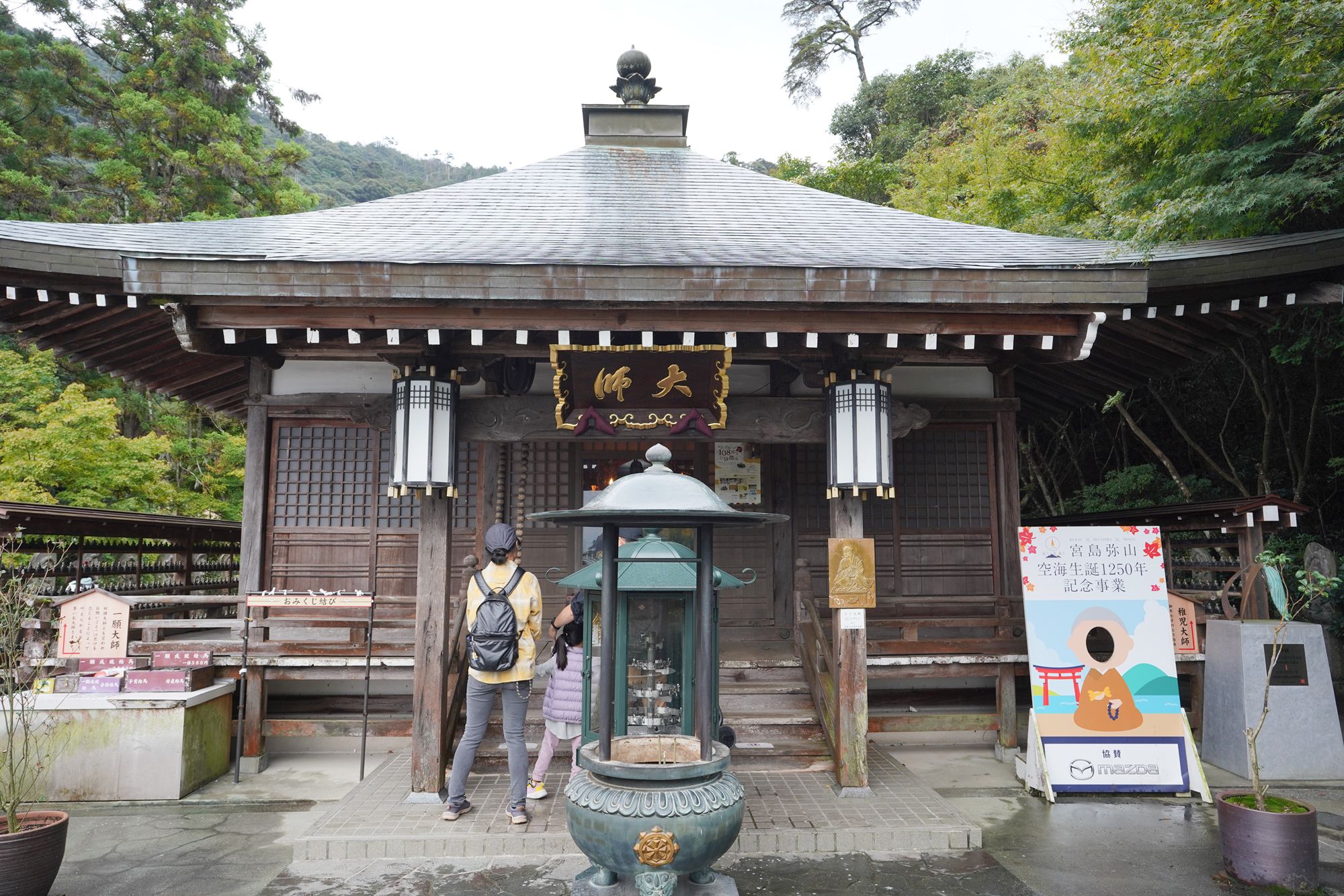
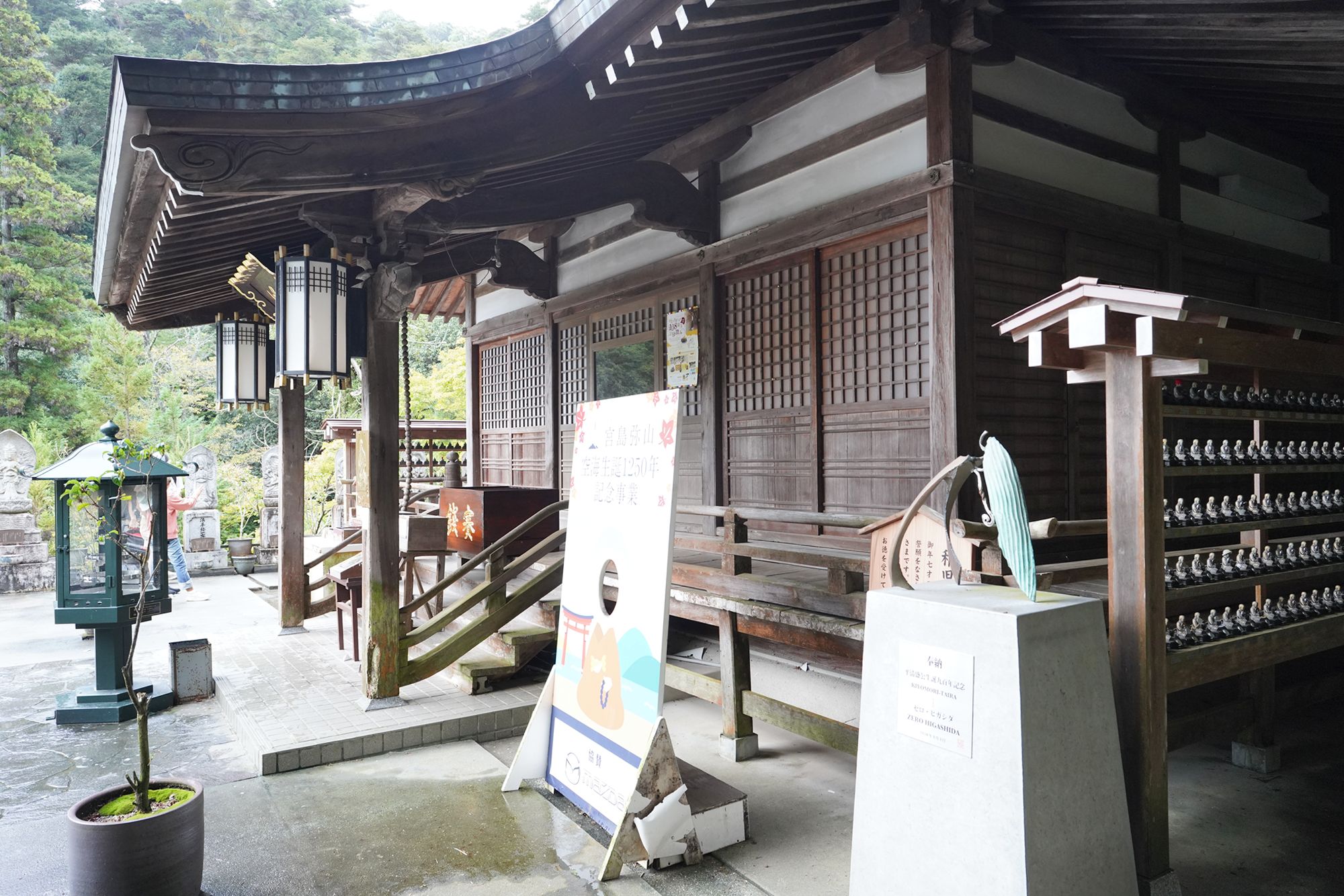
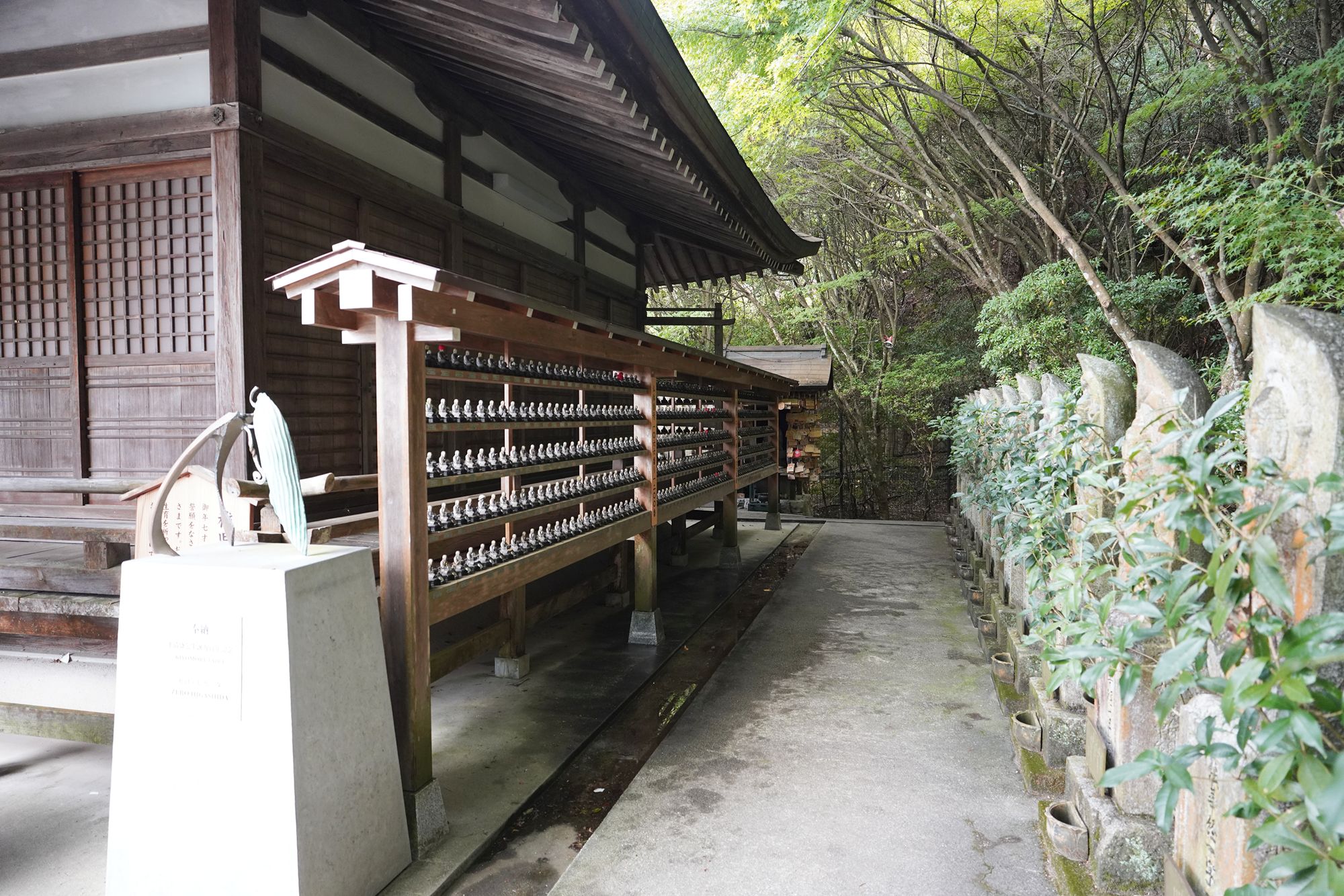
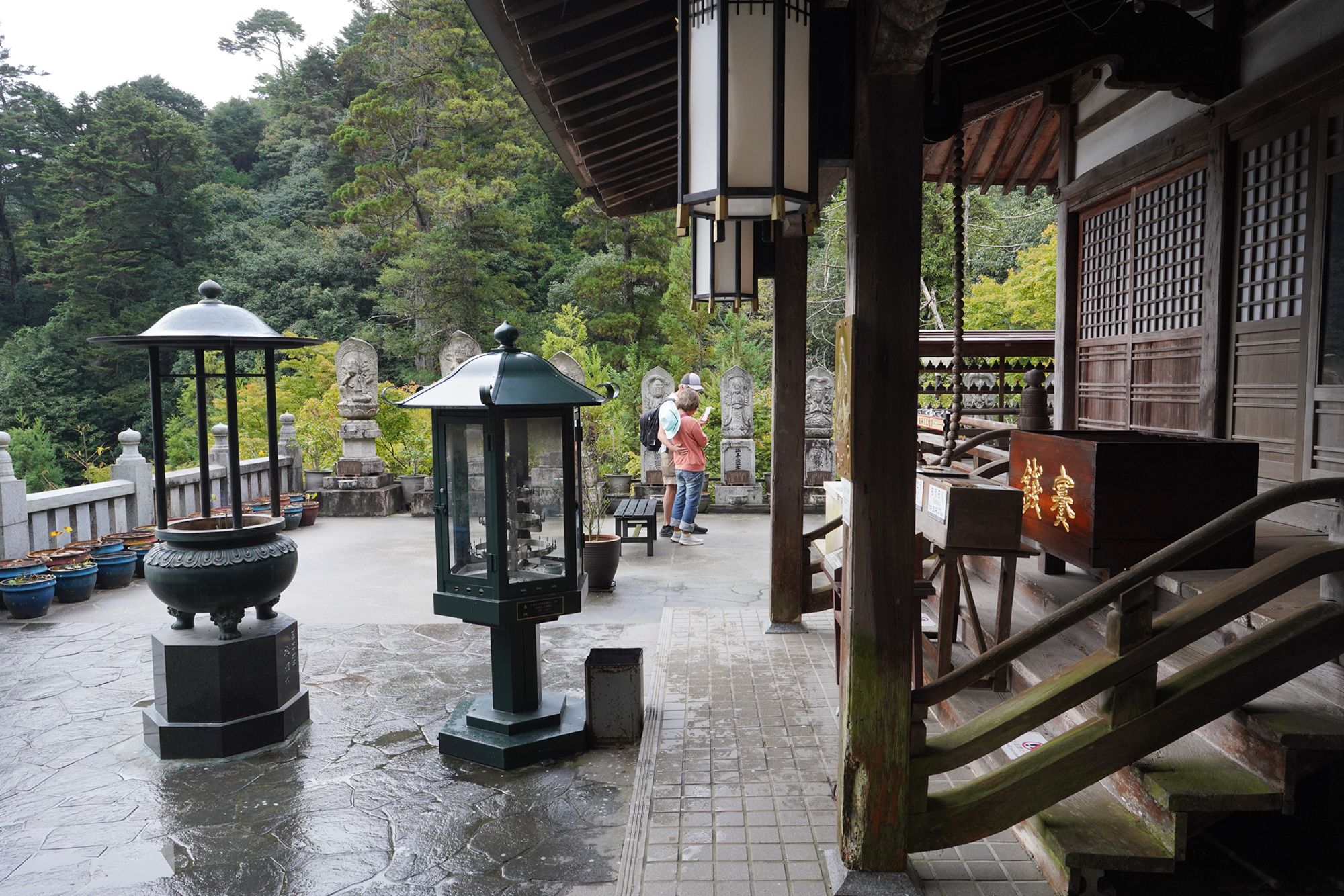
Back side
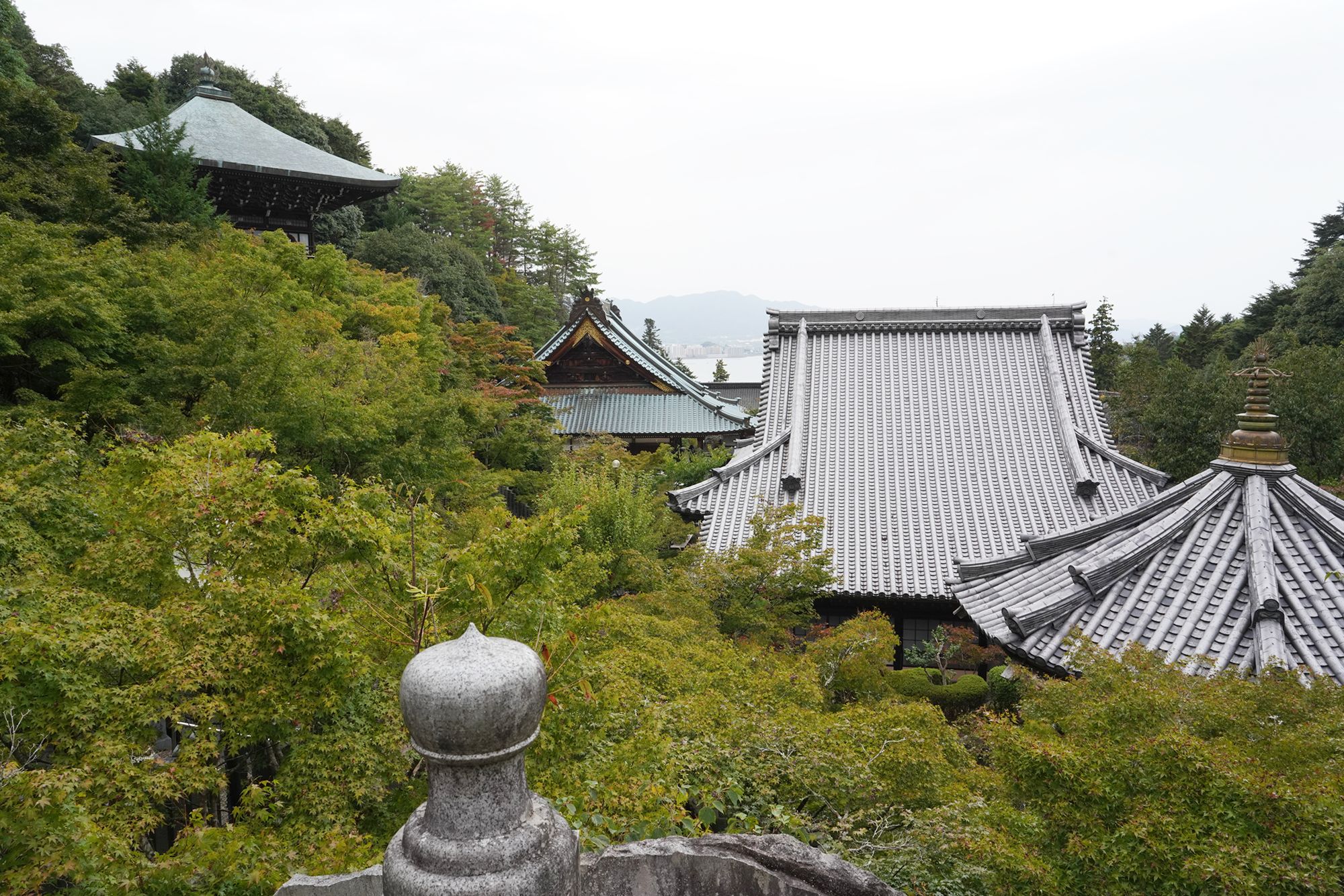
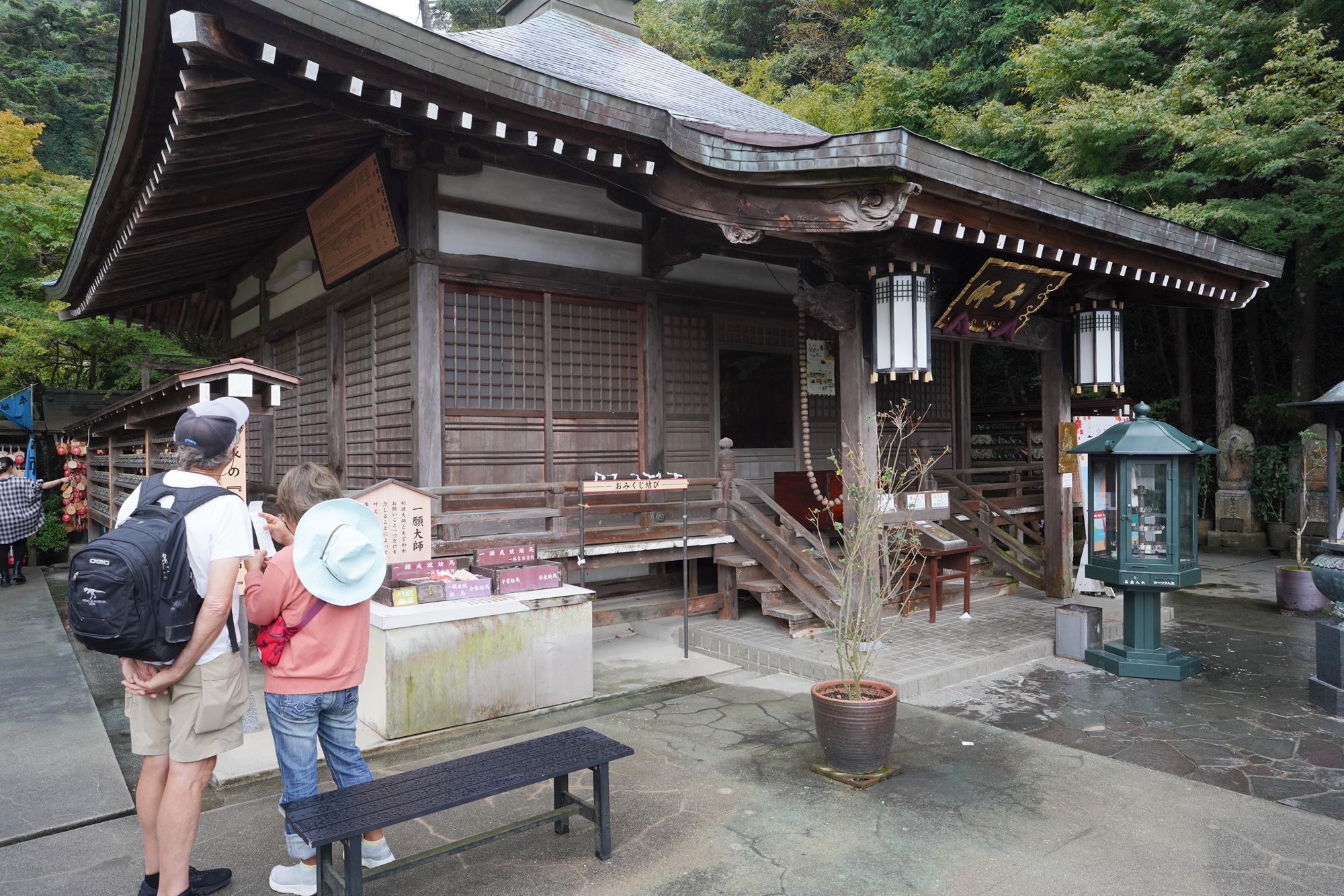
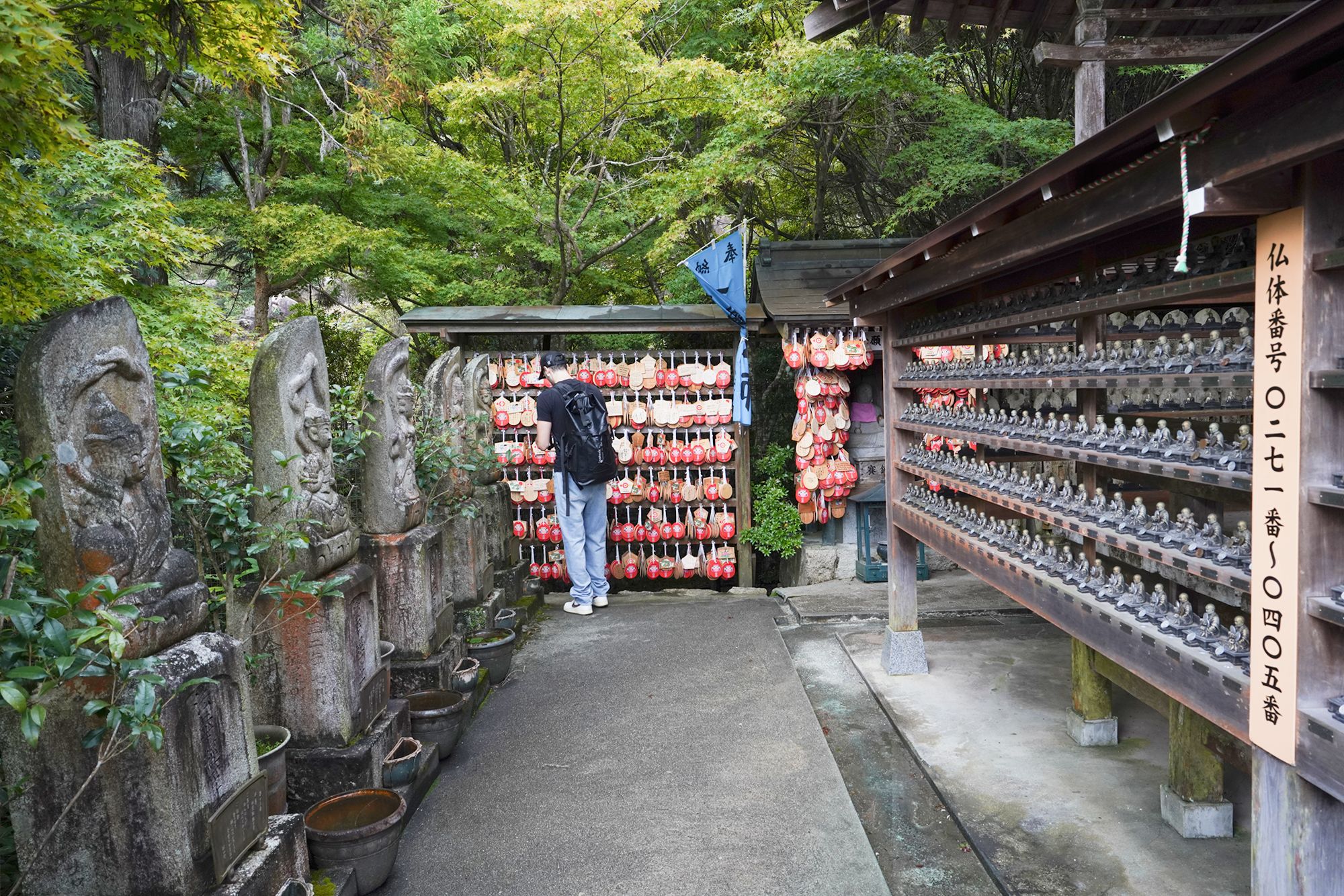
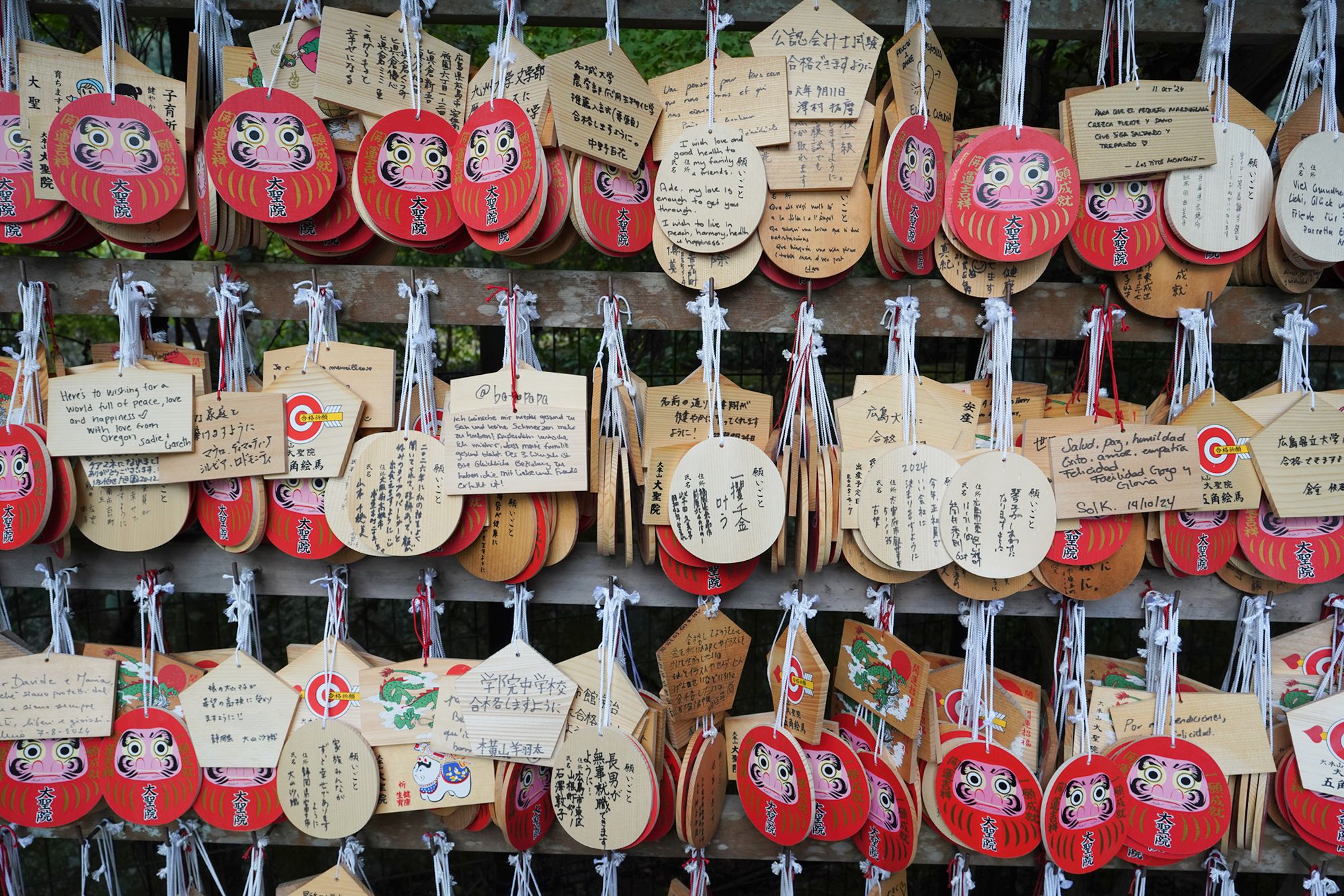
The back of the temple building
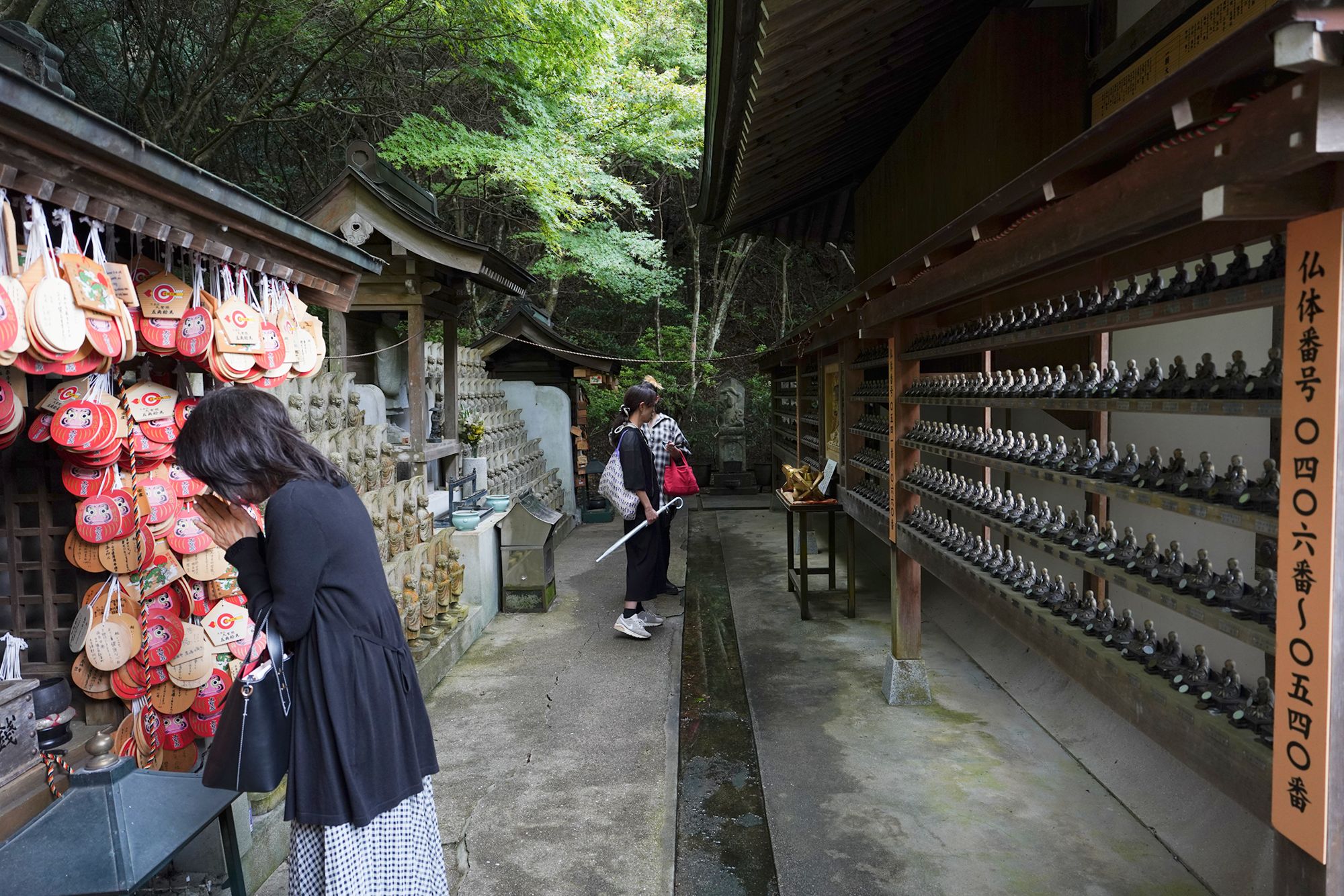
After finishing the temple sightseeing, I descended the hill.
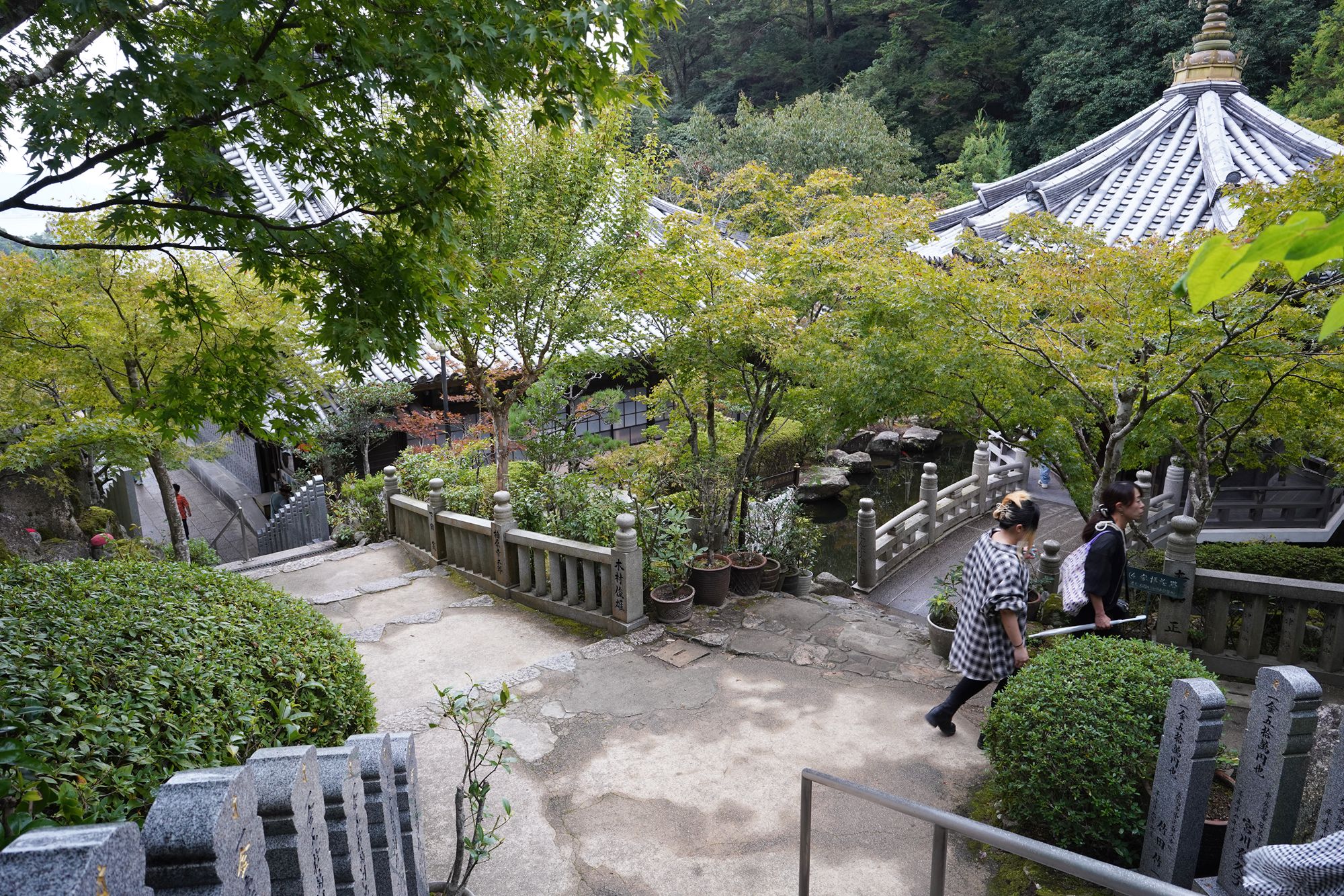
Returned to the main grounds of the temple site.
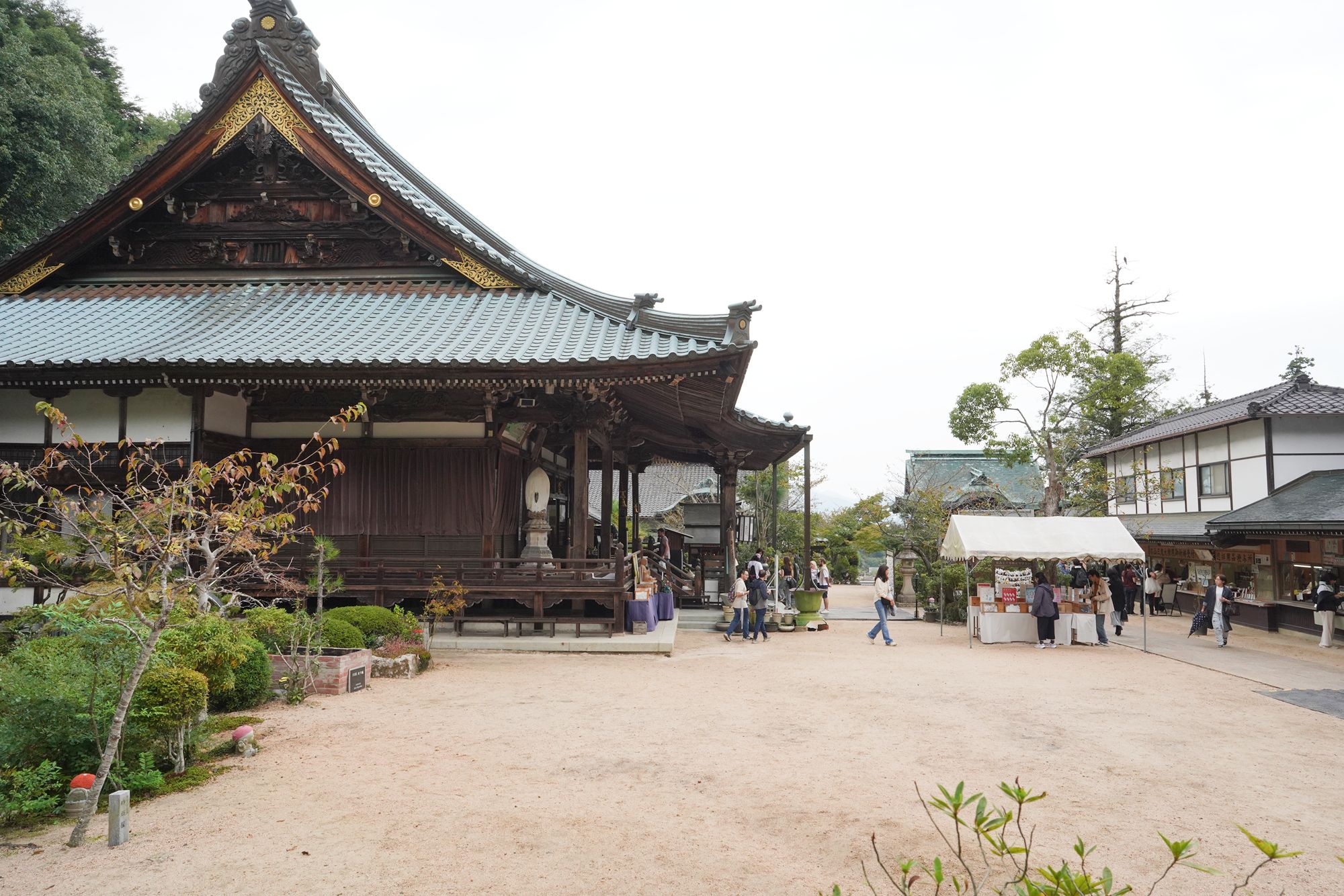
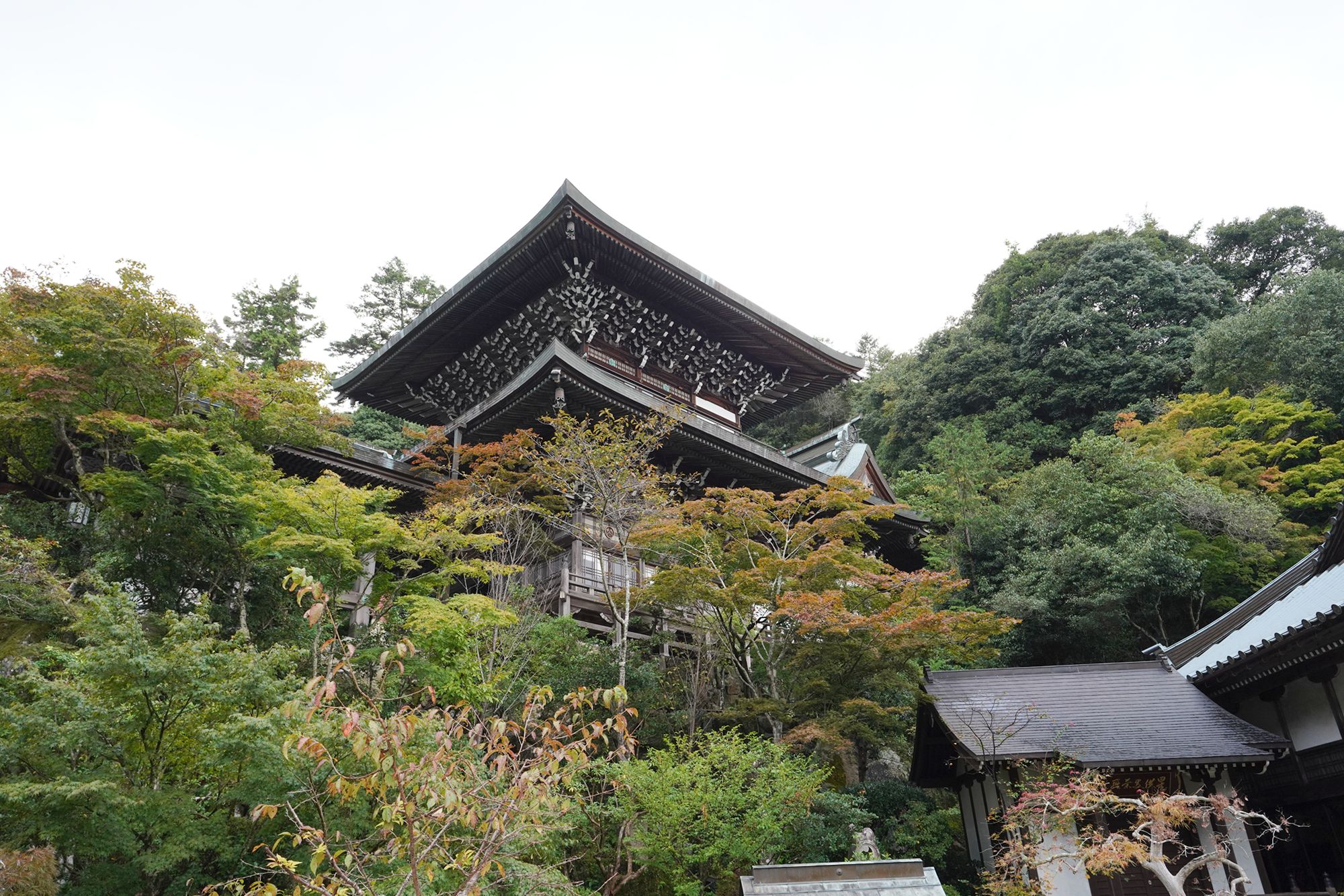
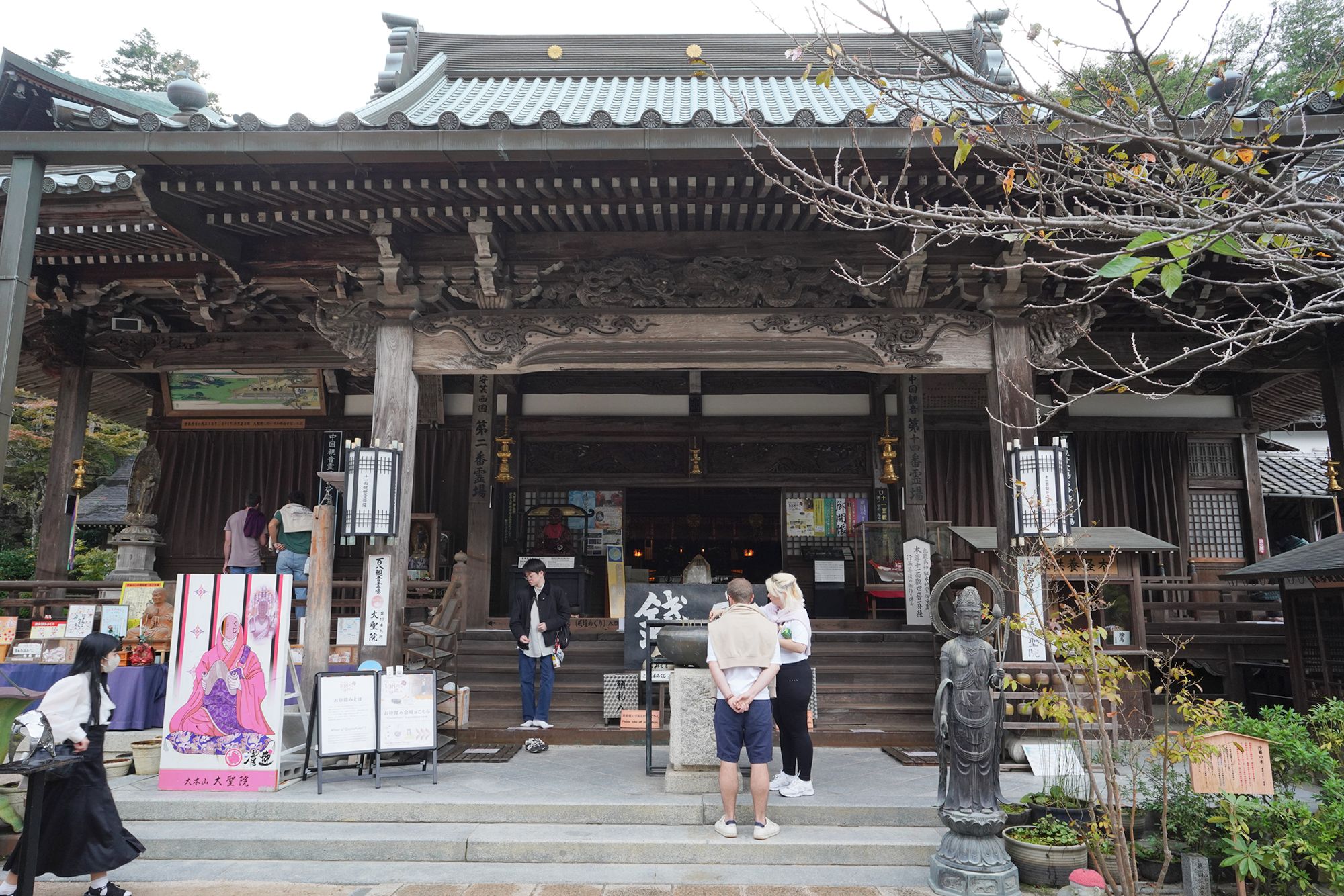
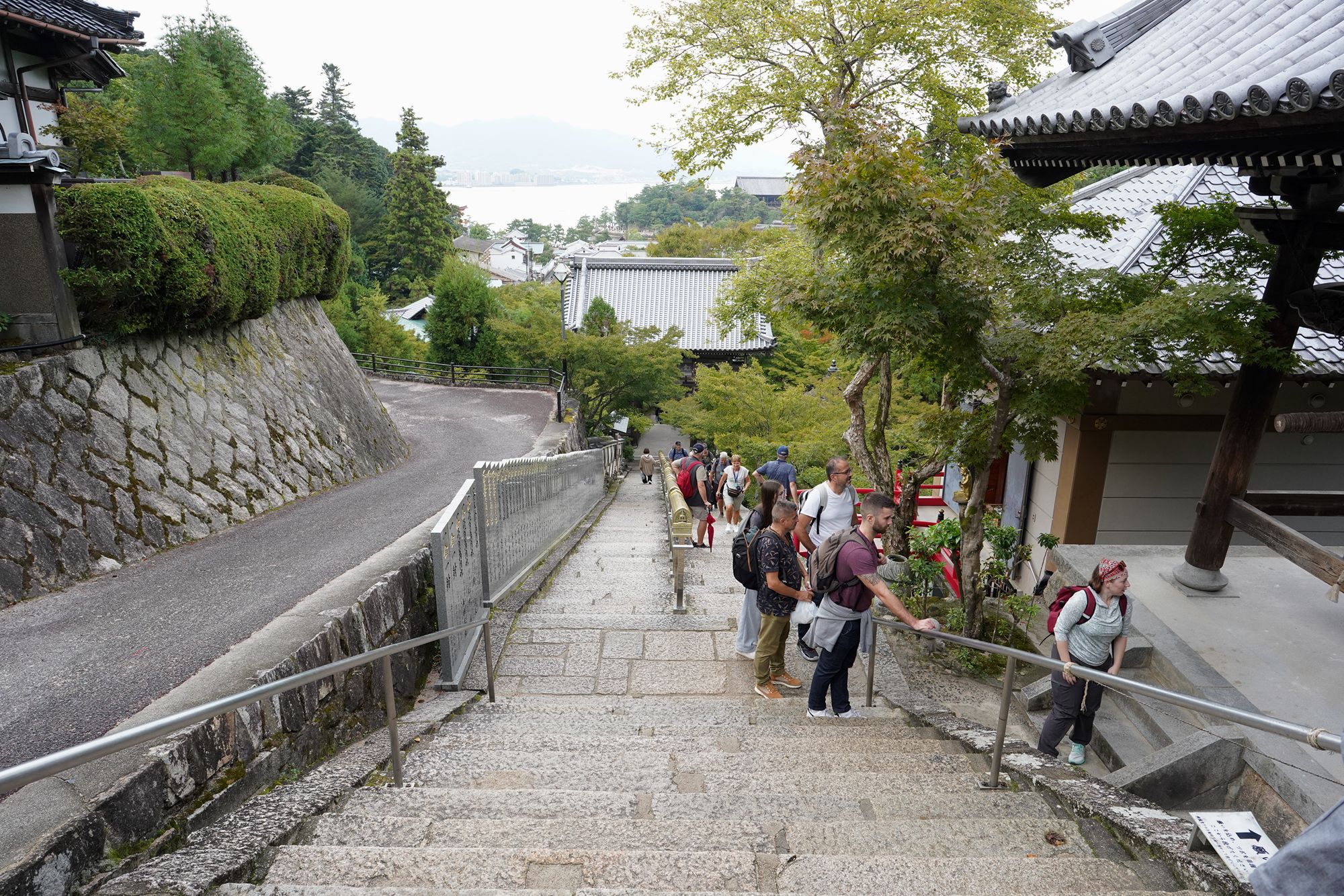
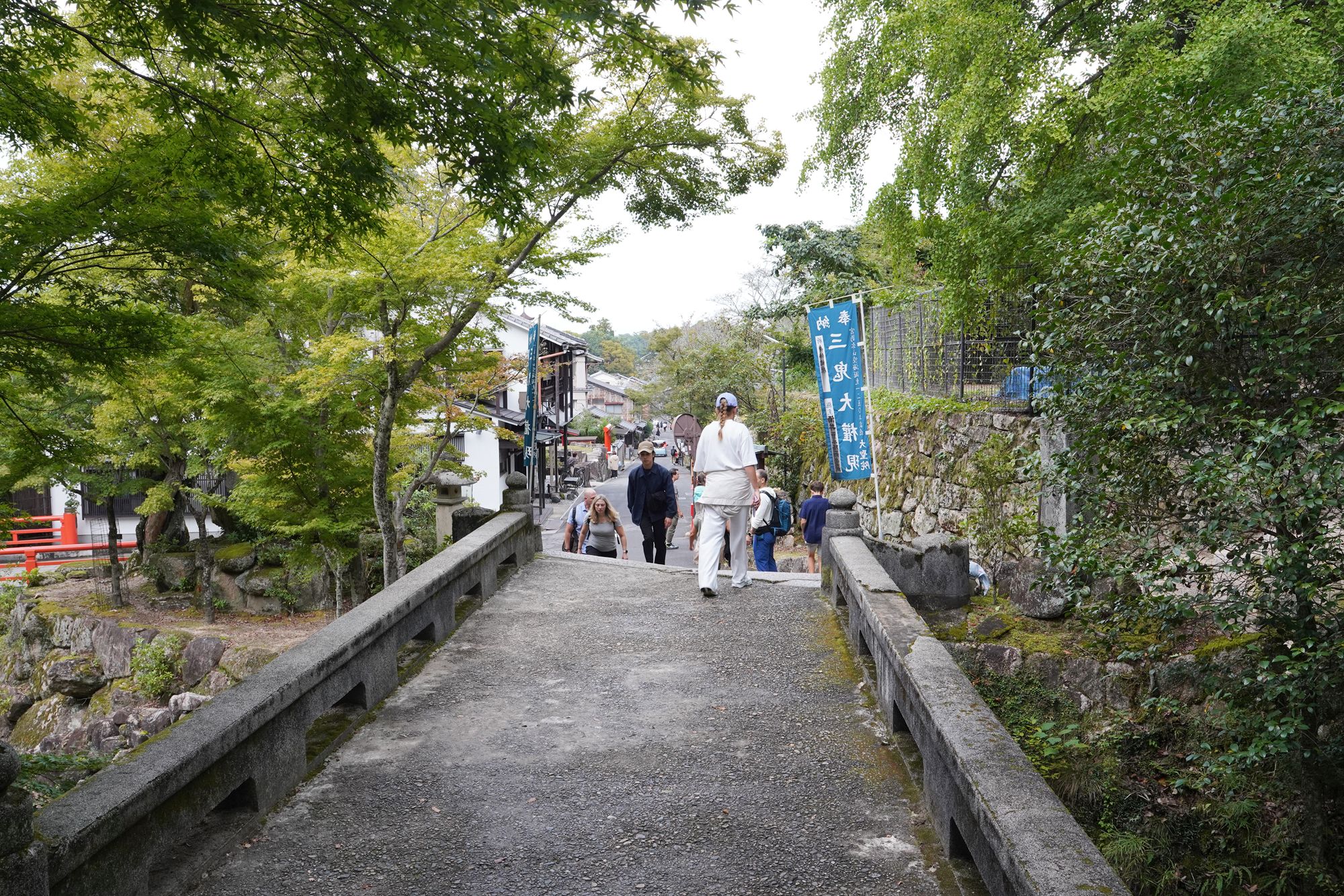
Came back down to the village
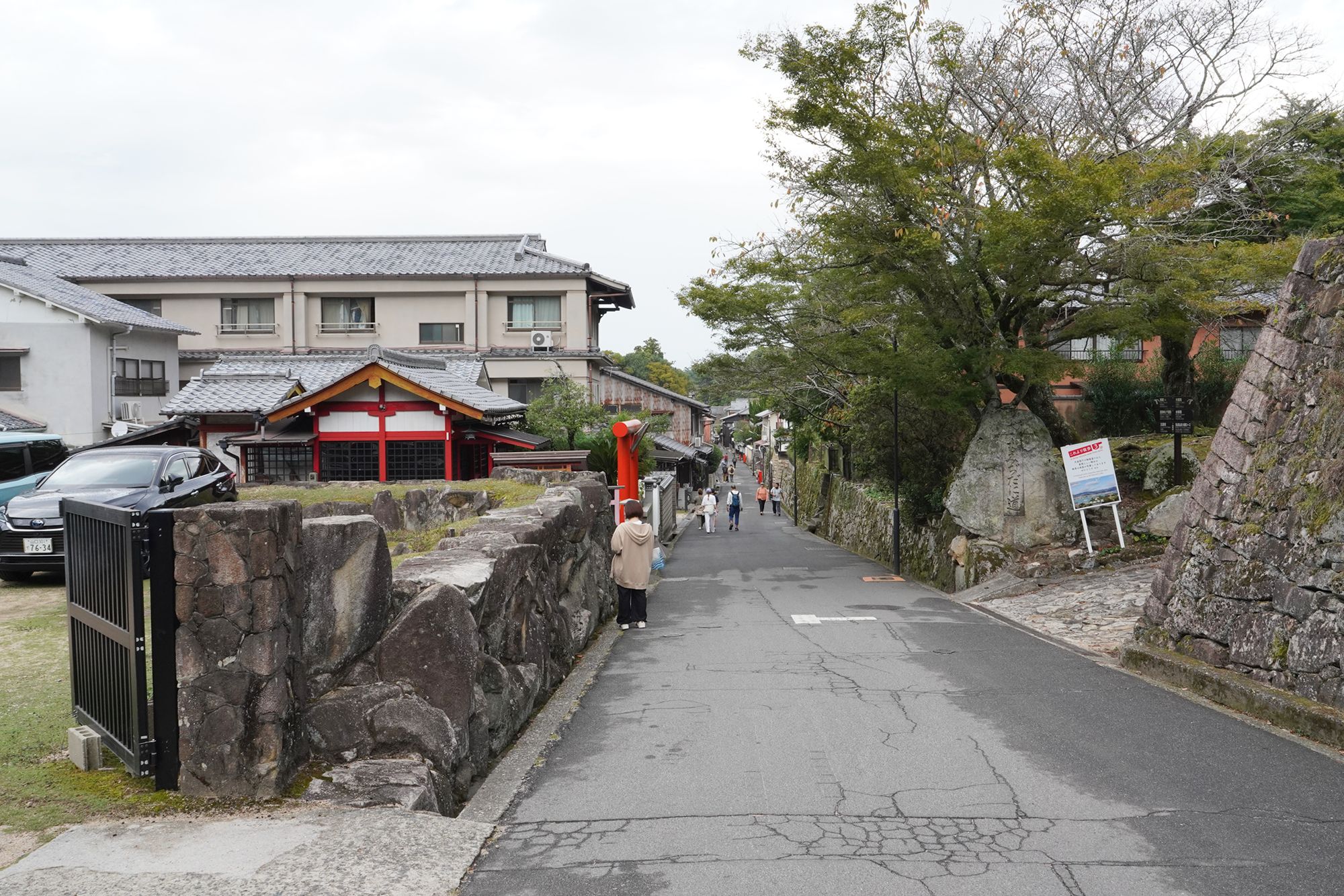
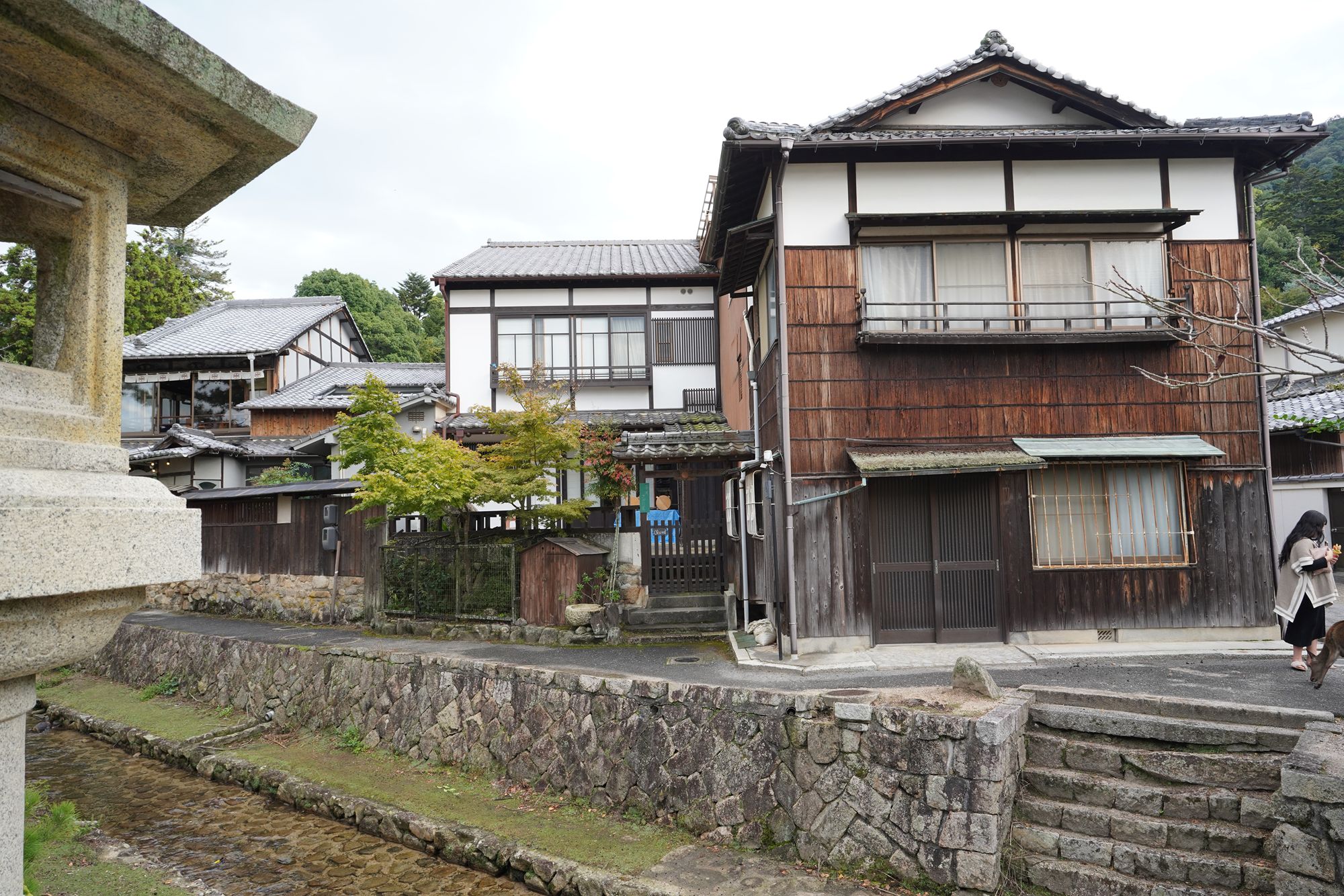
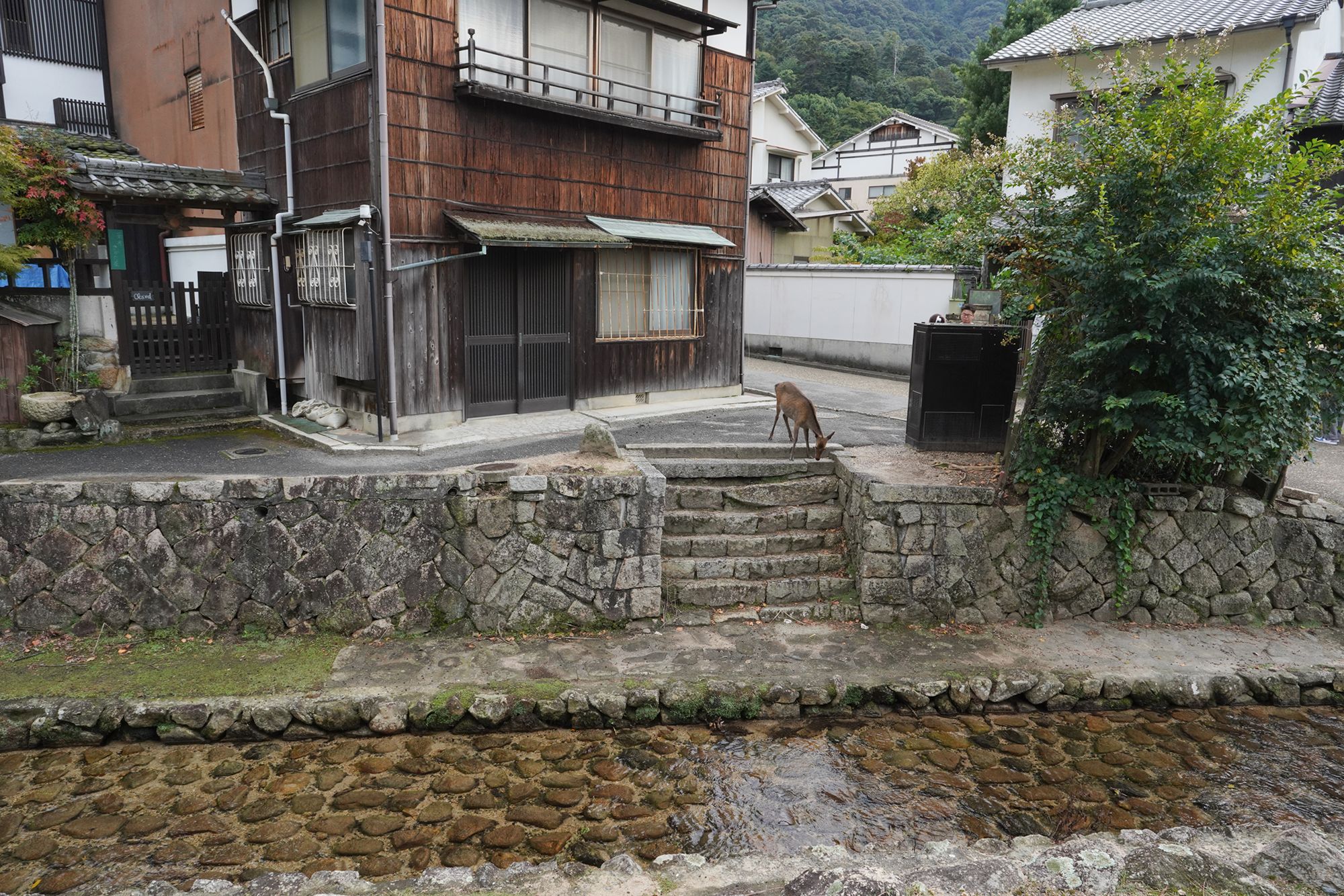
Stores on my right
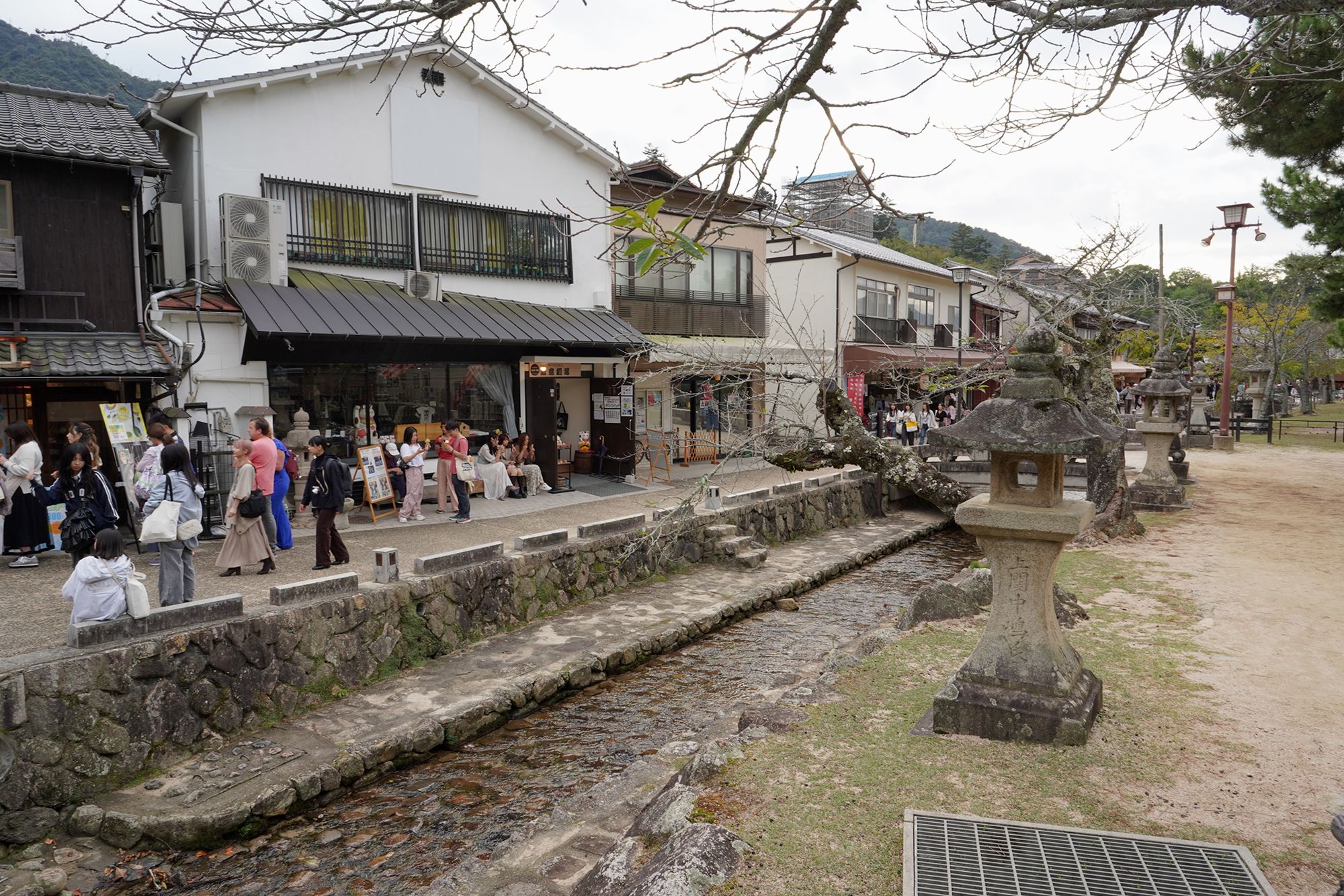
Stores on my left
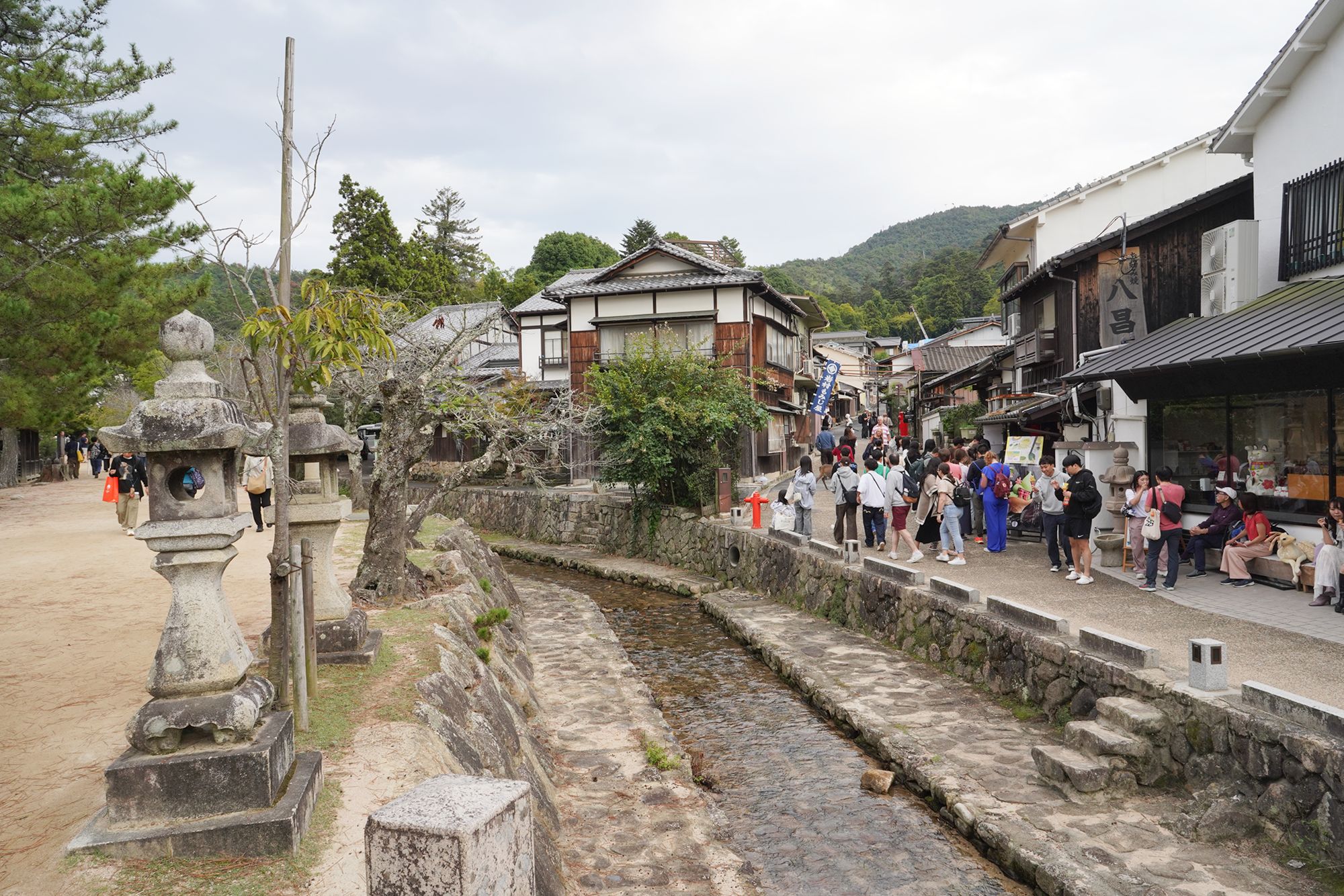
I walked toward my right side, back to Daigan-ji temple
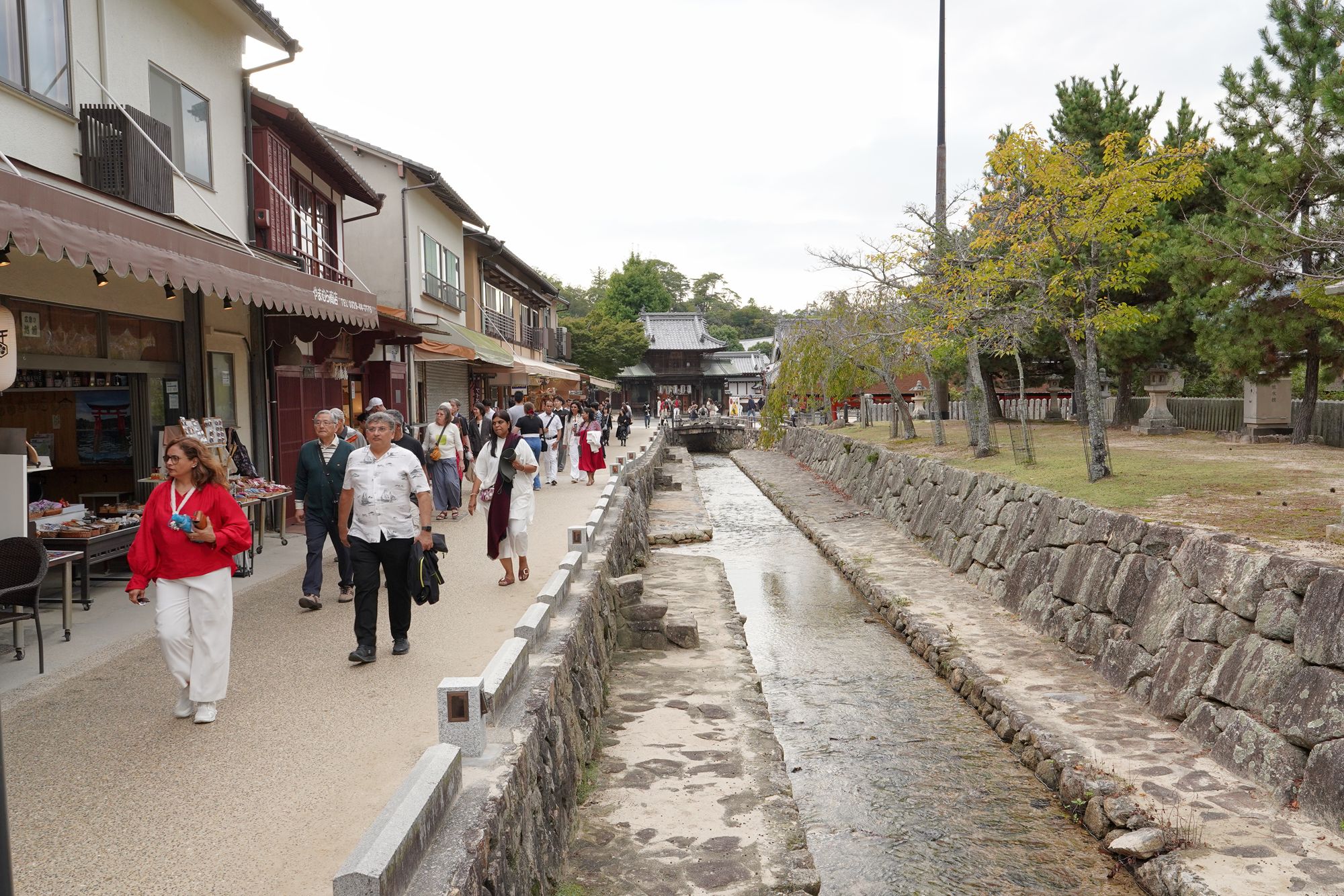
Came back to Daigan-ji Temple
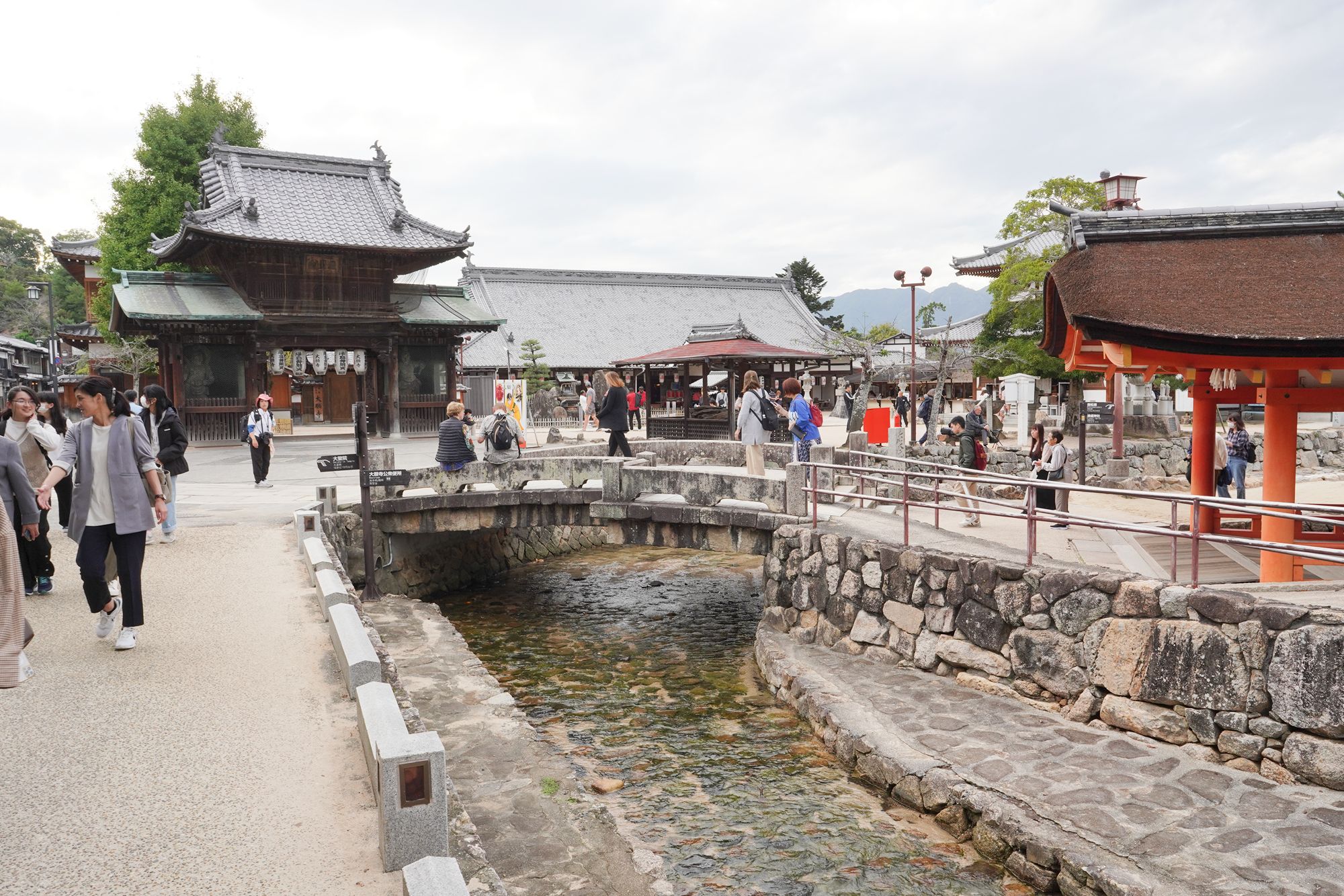
The street to the left of Daigan-ji Temple, which I had already explored.
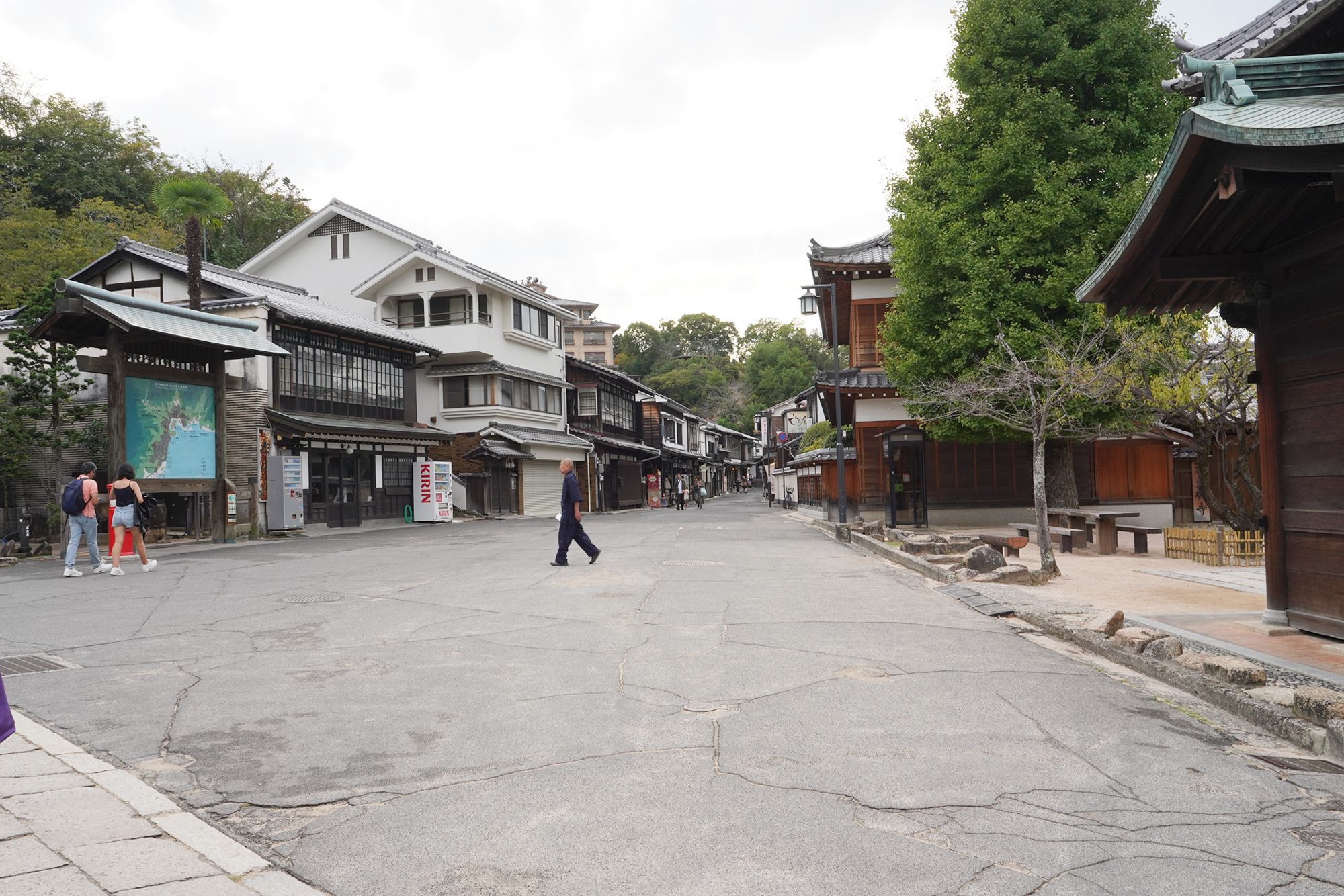
I turned around and started to go back to the Miyajima Omotesandō Shopping Street.
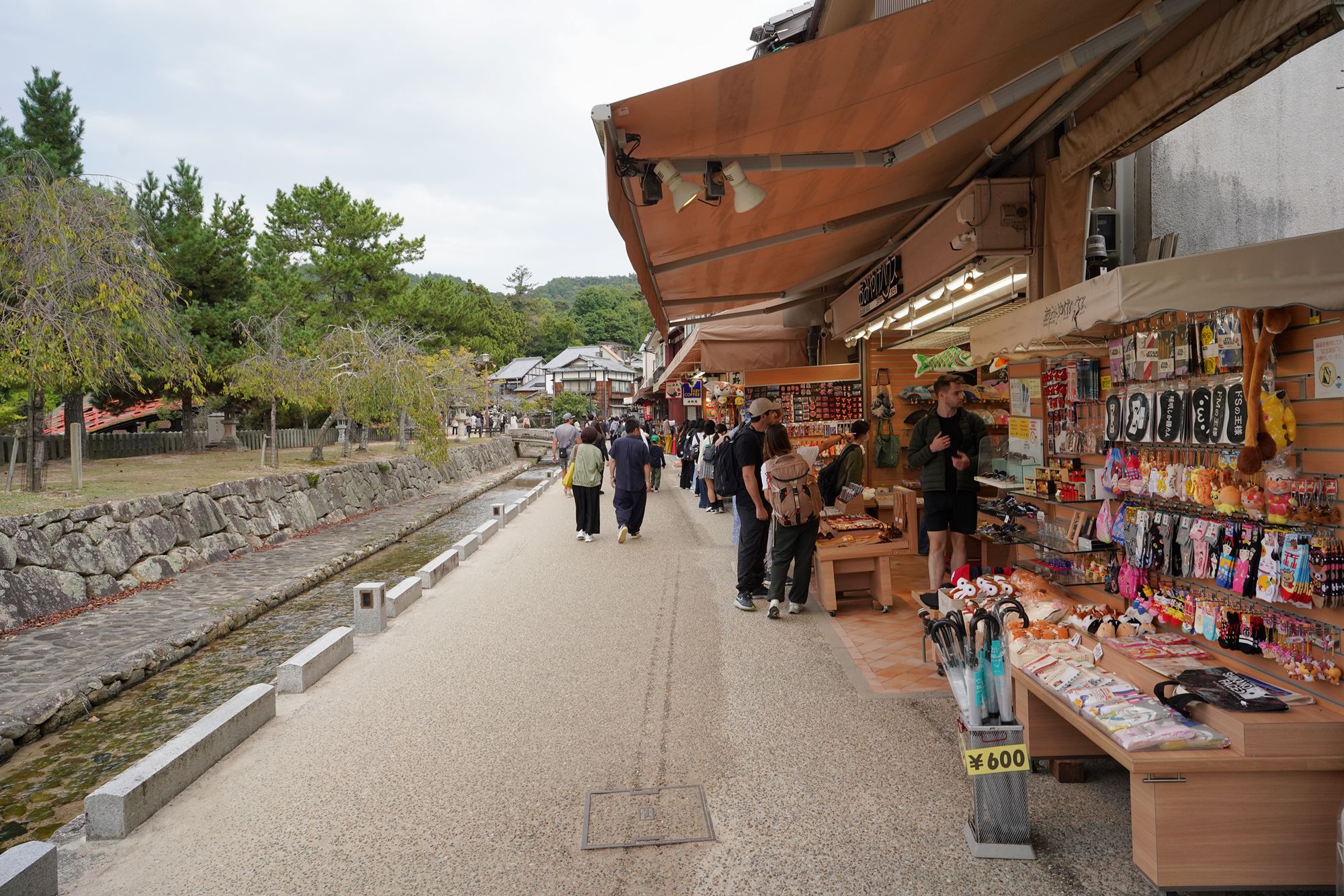
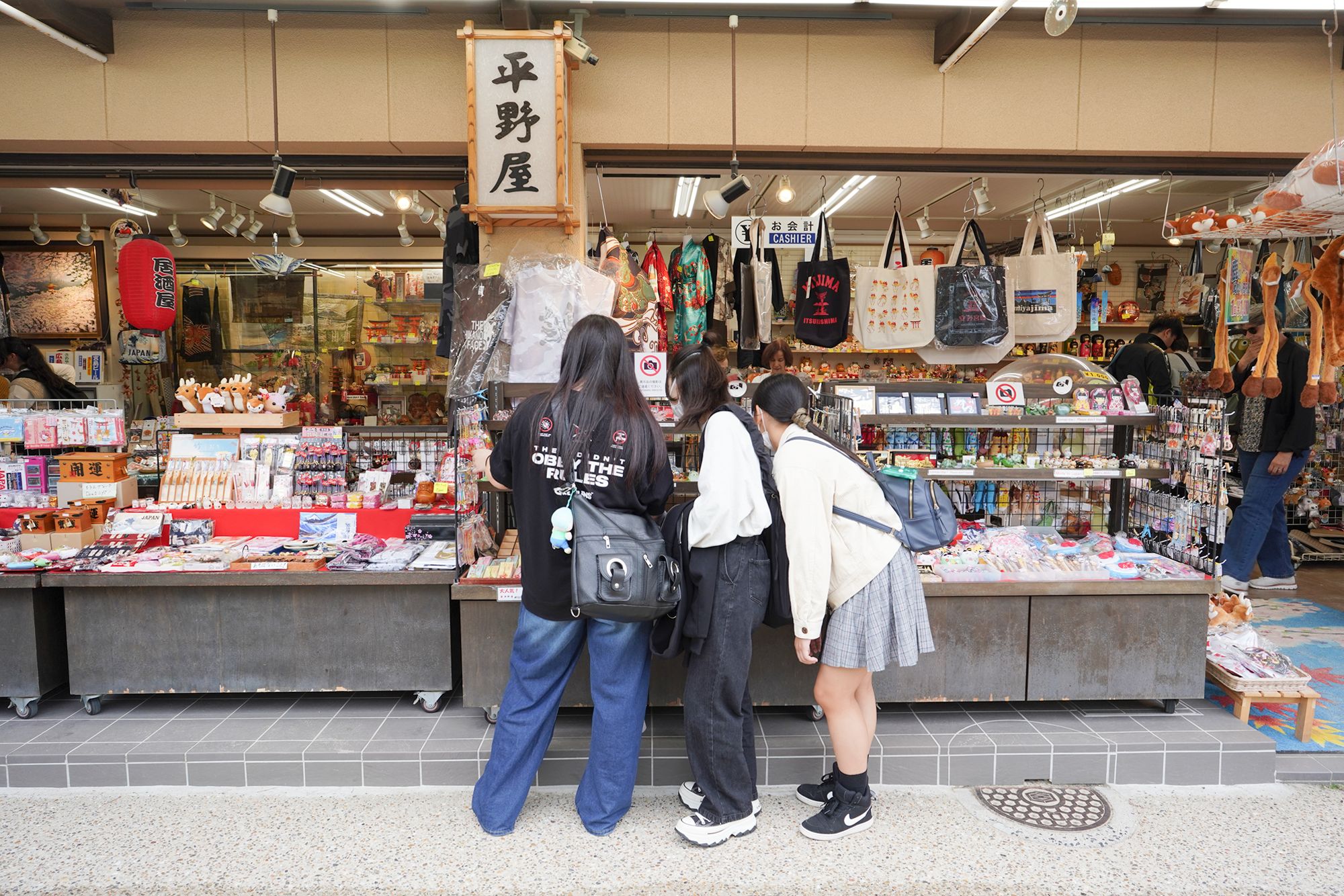
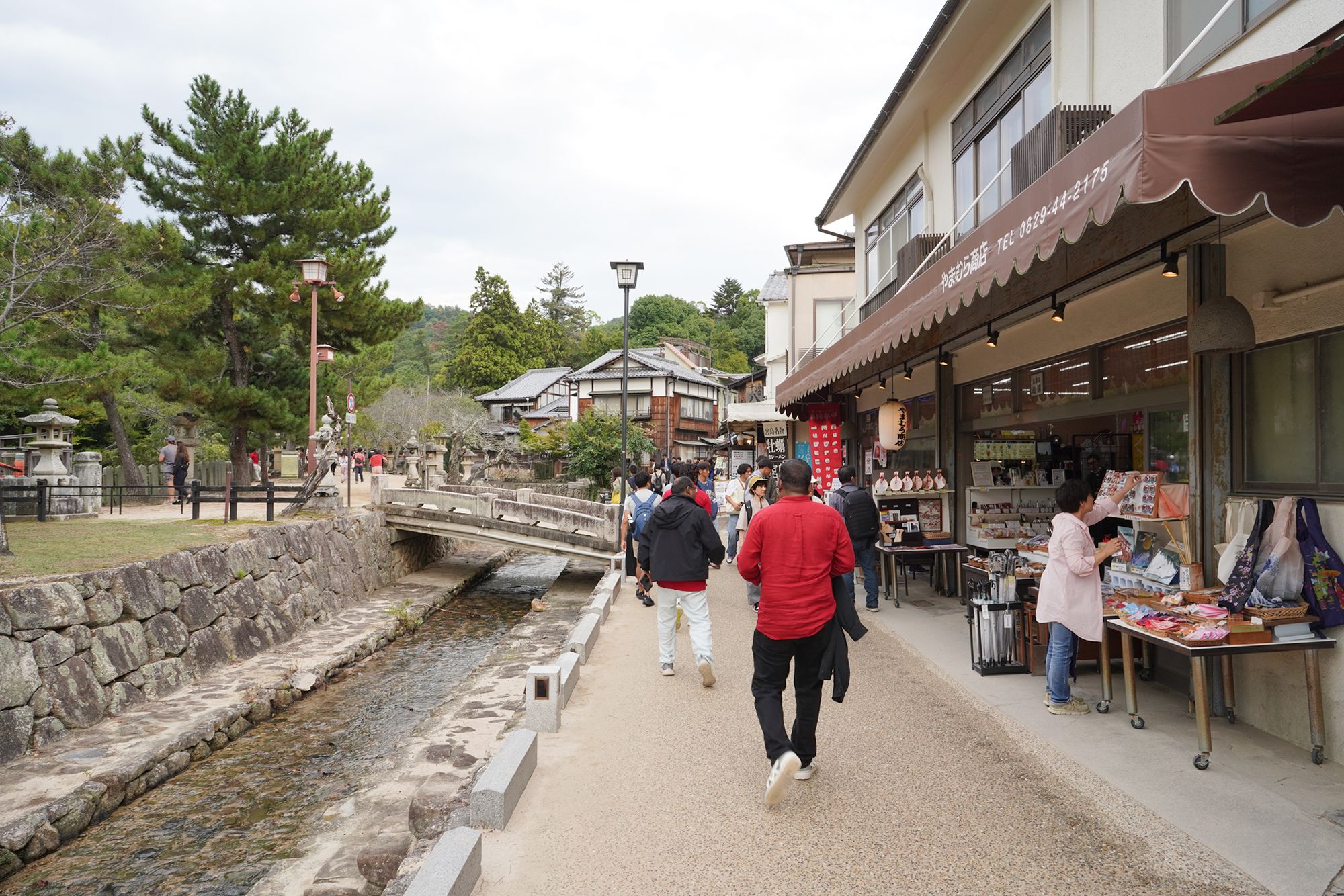
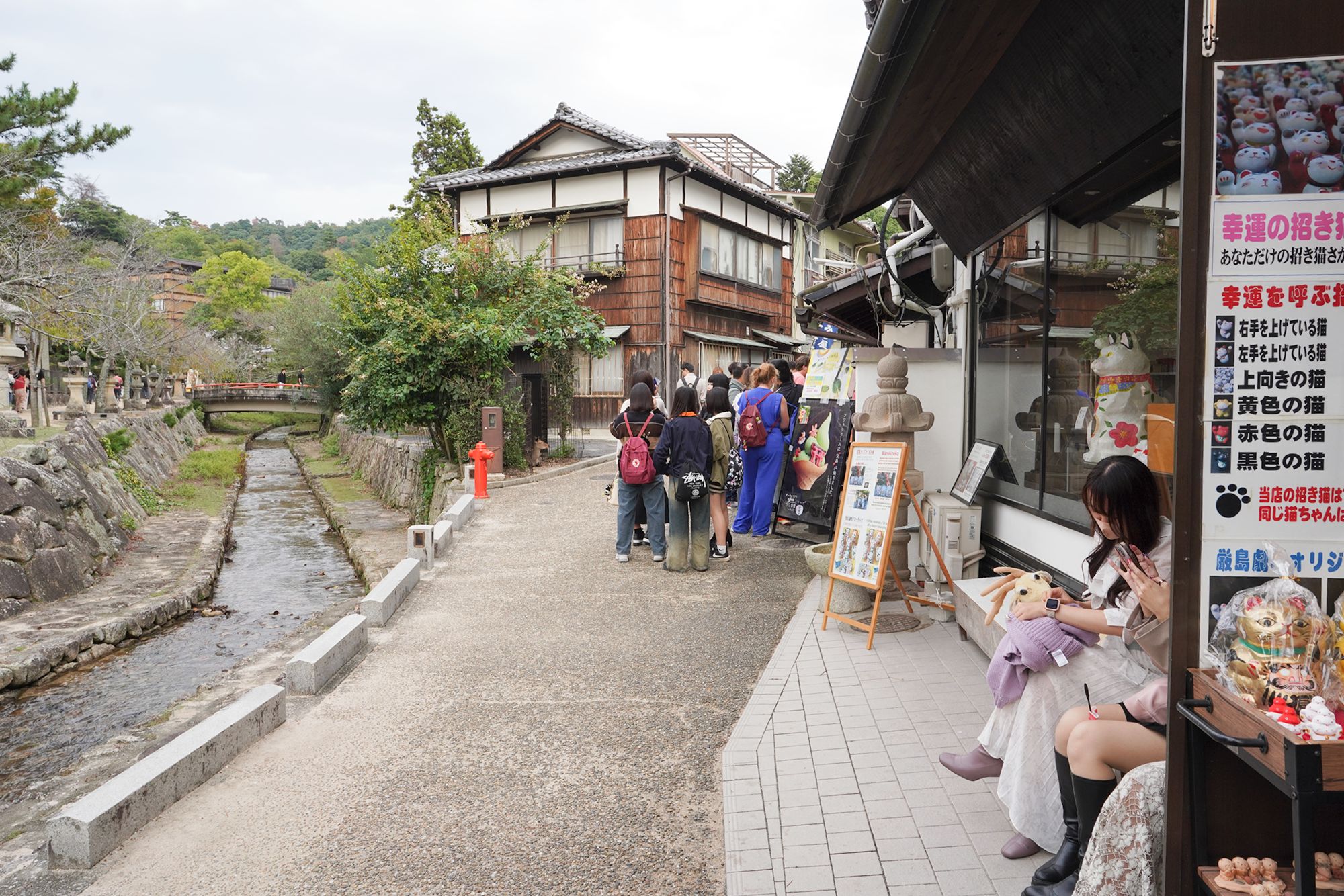
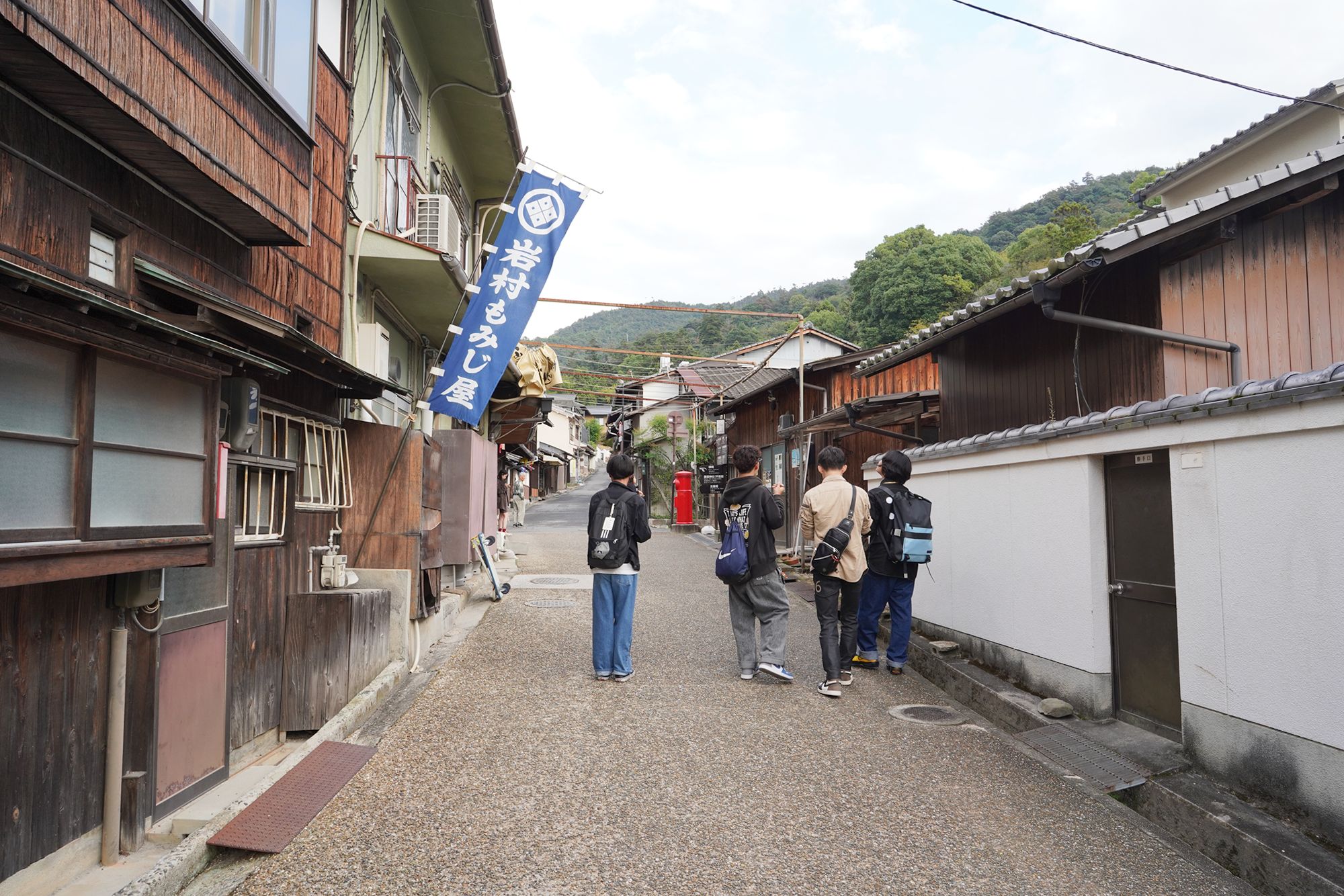
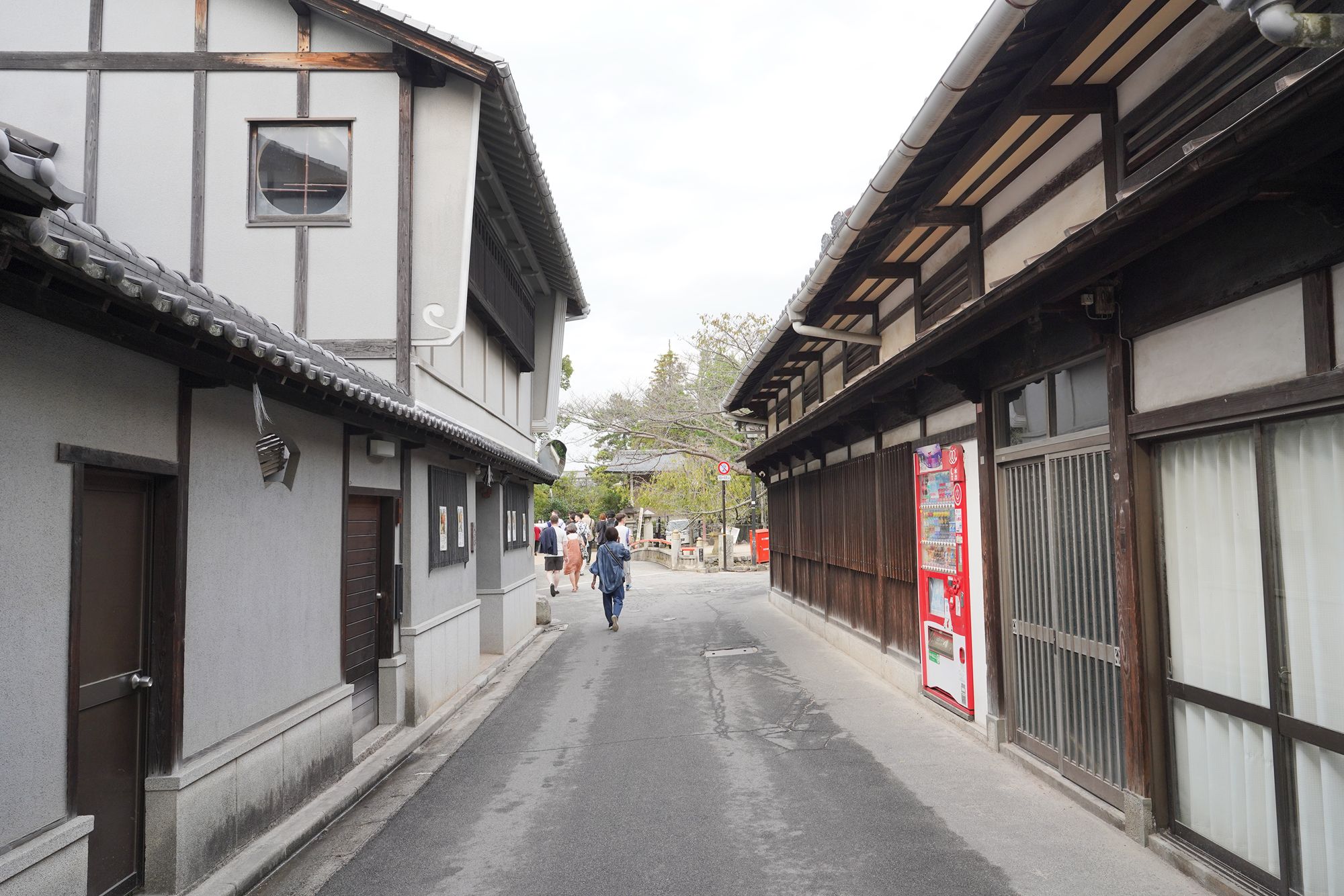
Before leaving the island, there was one last place I wanted to visit.
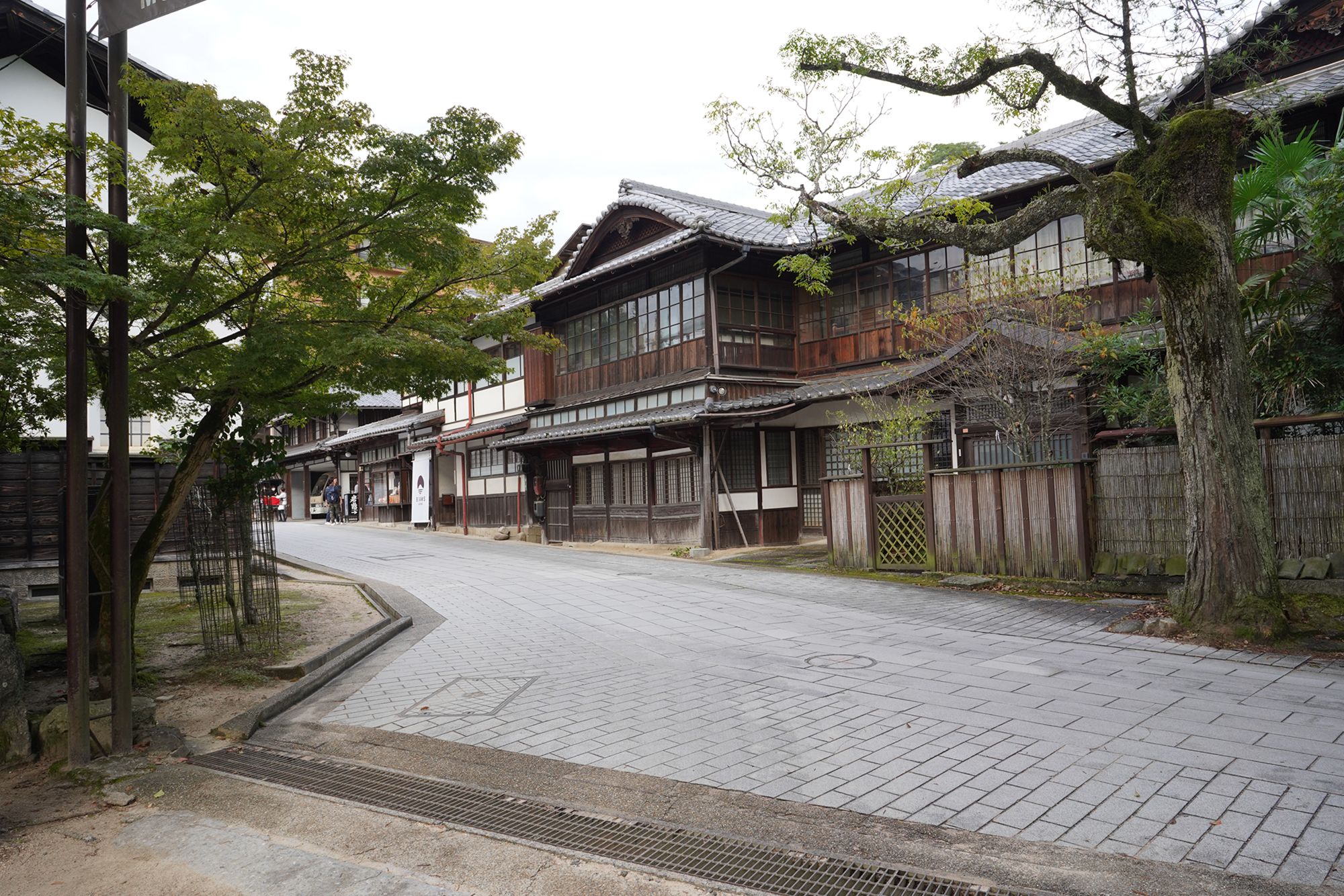
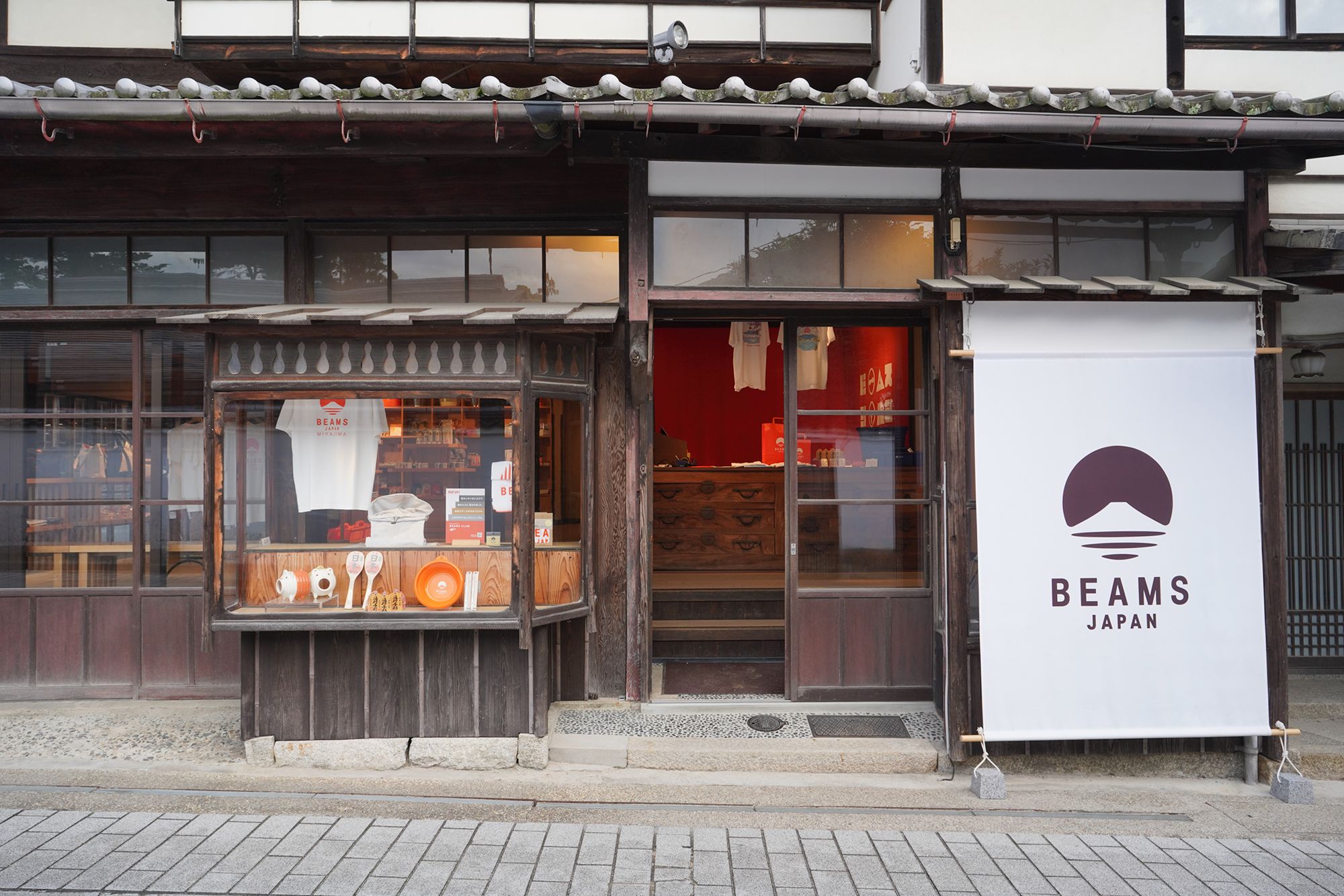
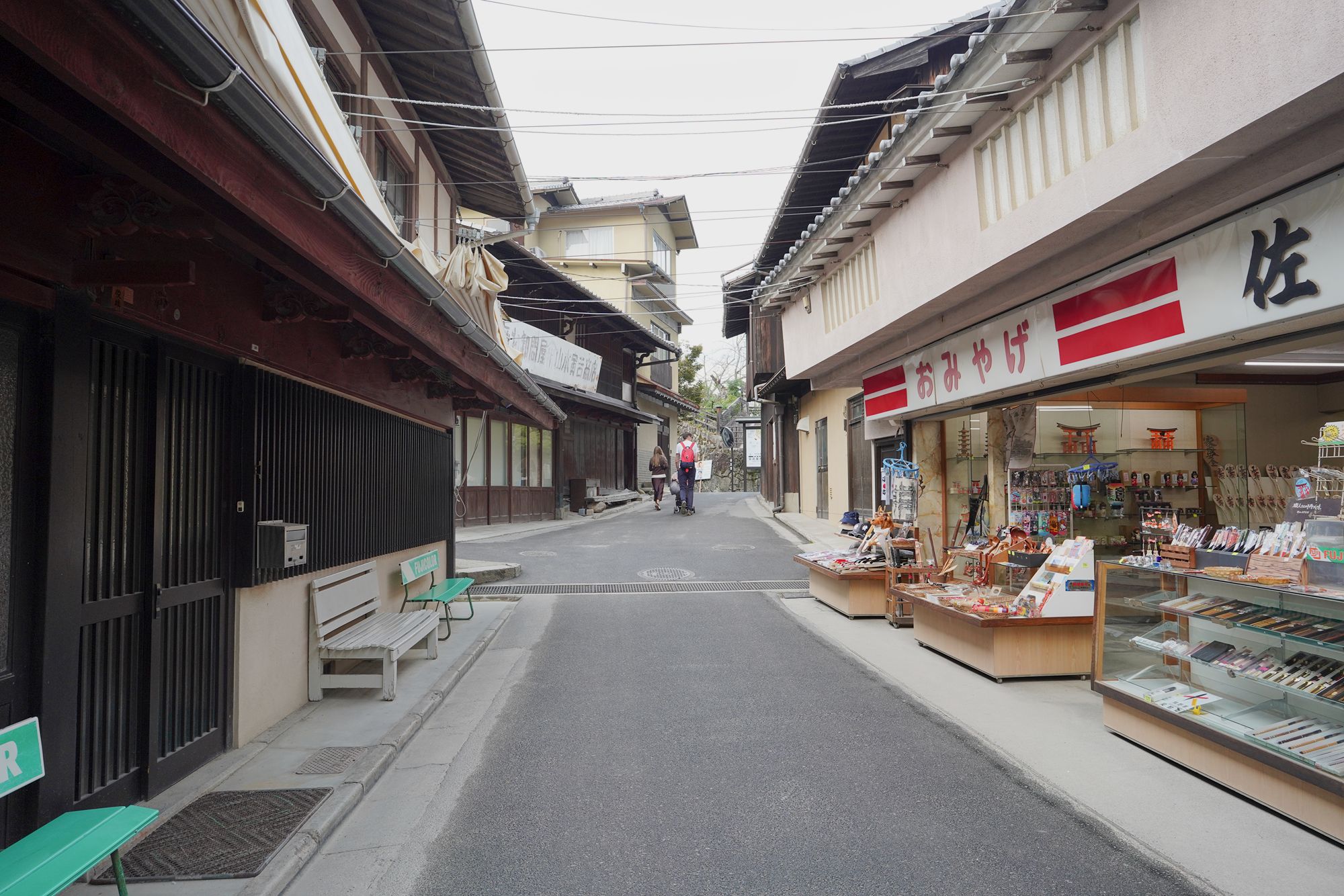
That is Itsukushima Jinja Gojūnotō Shinto Shrine
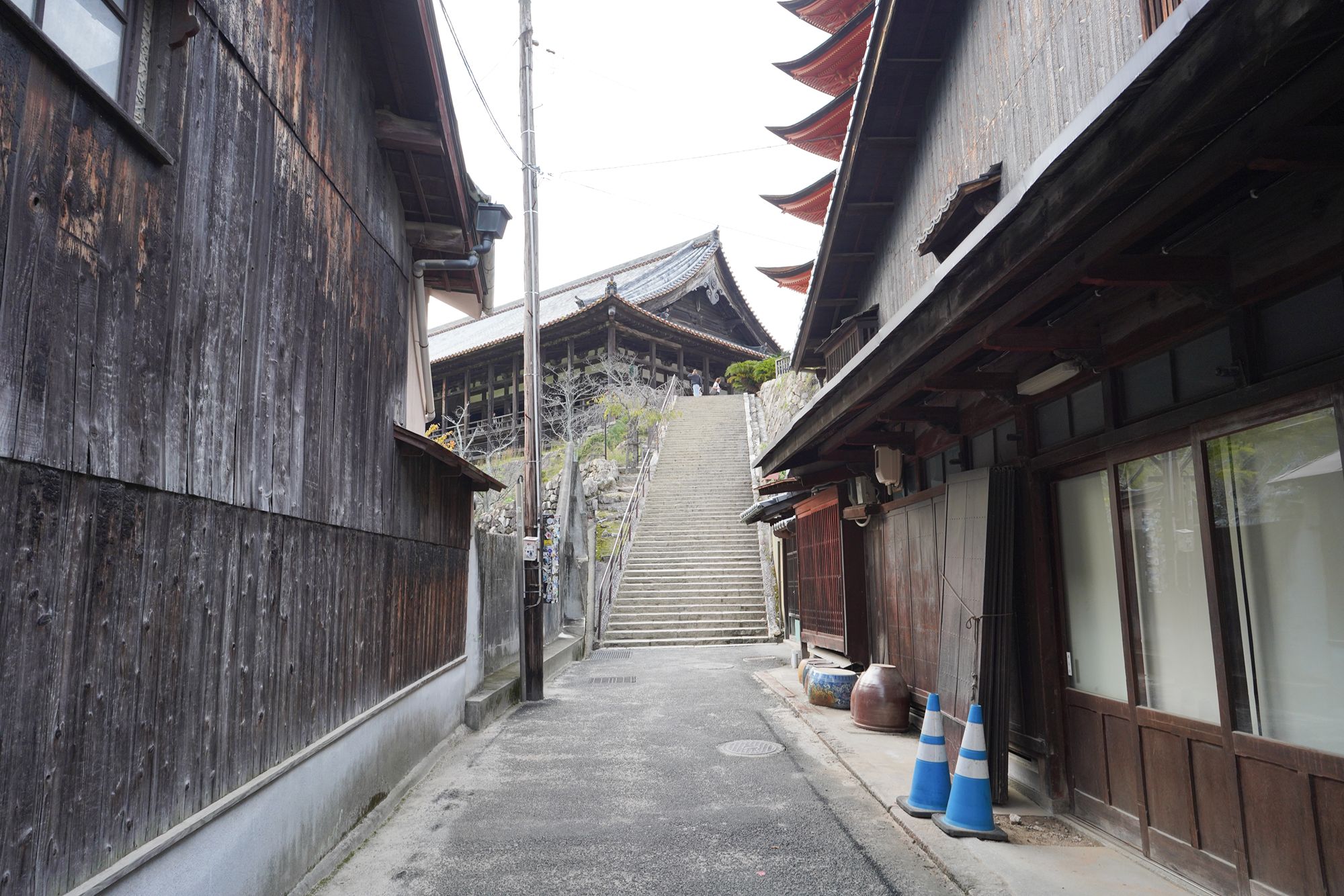
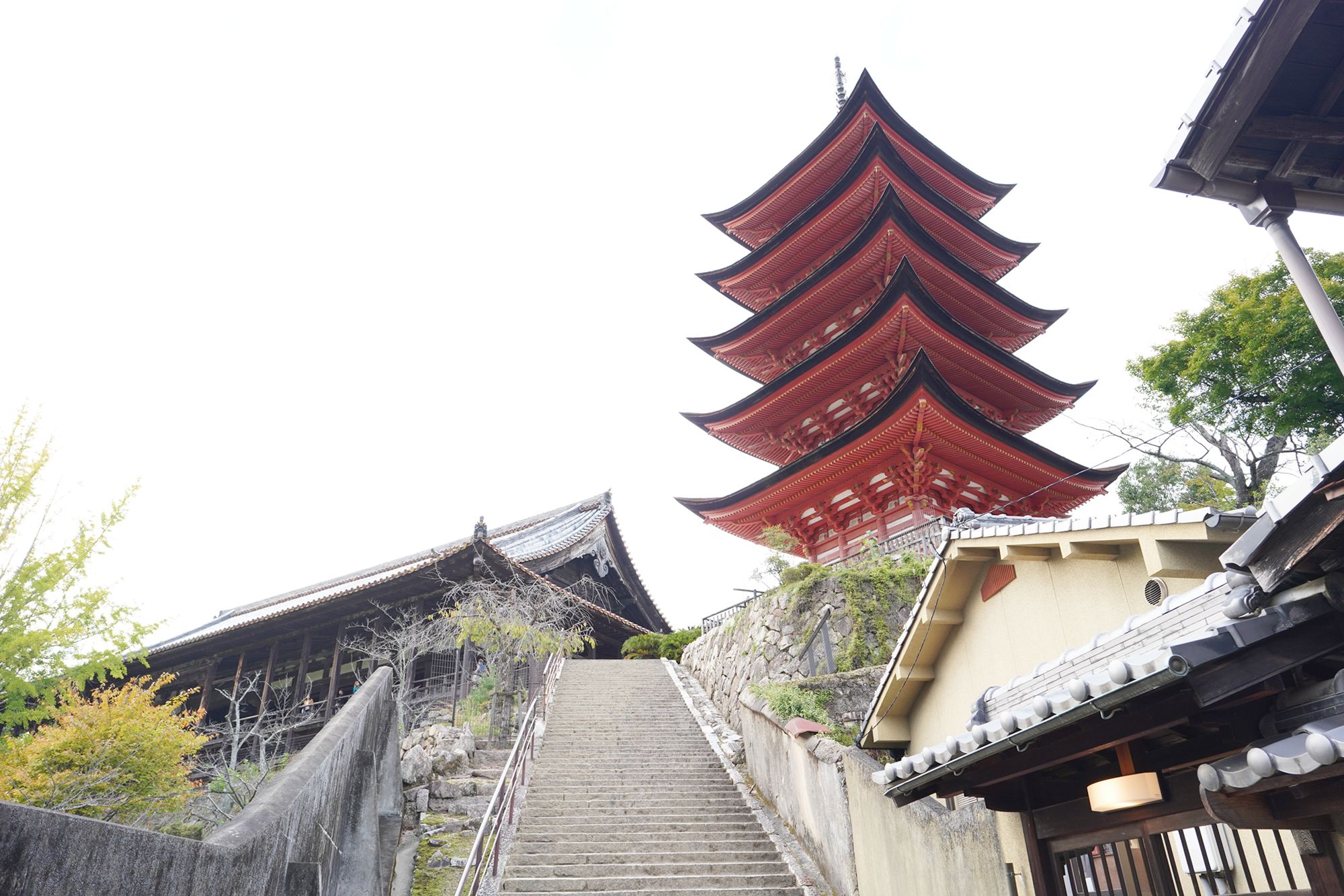
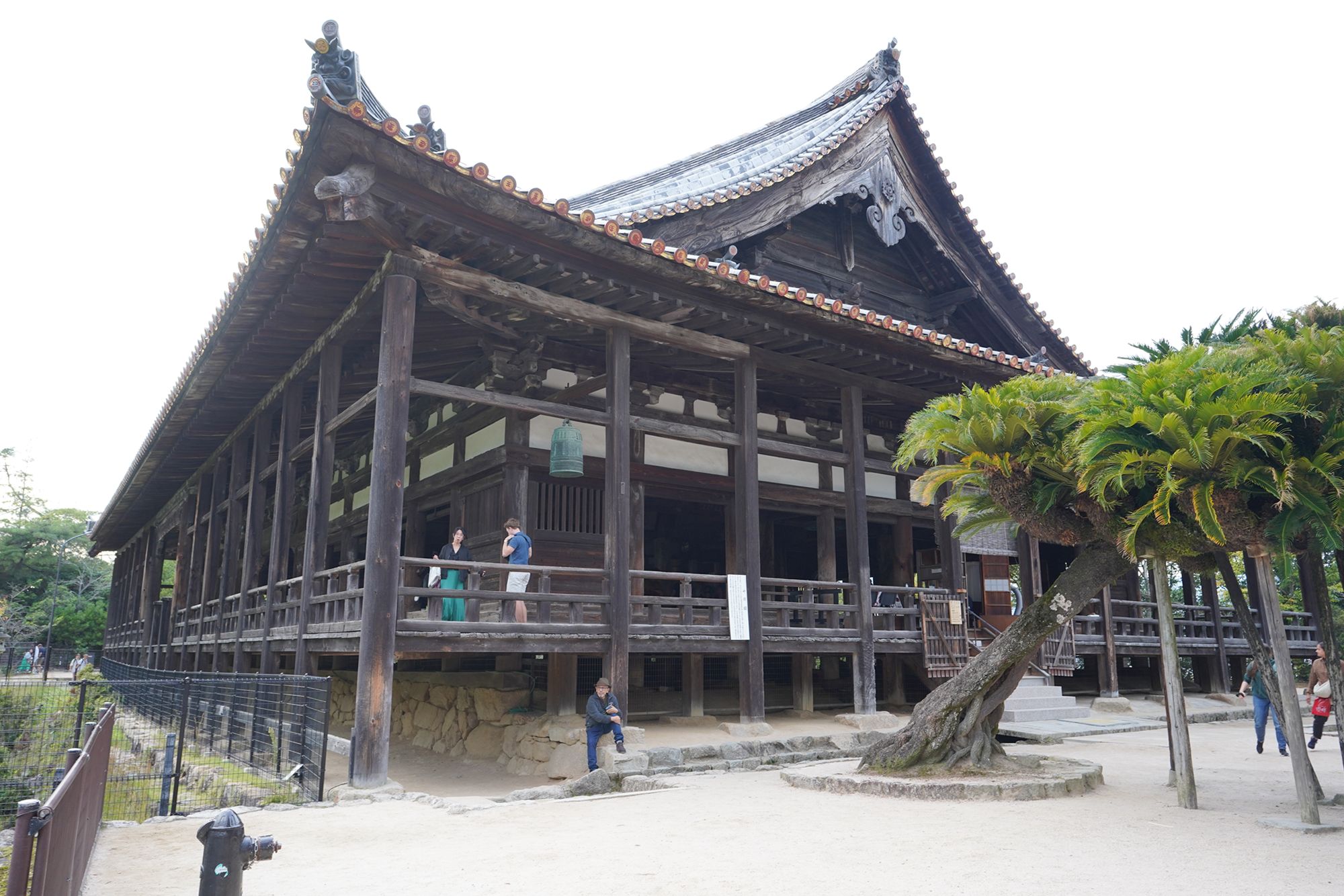
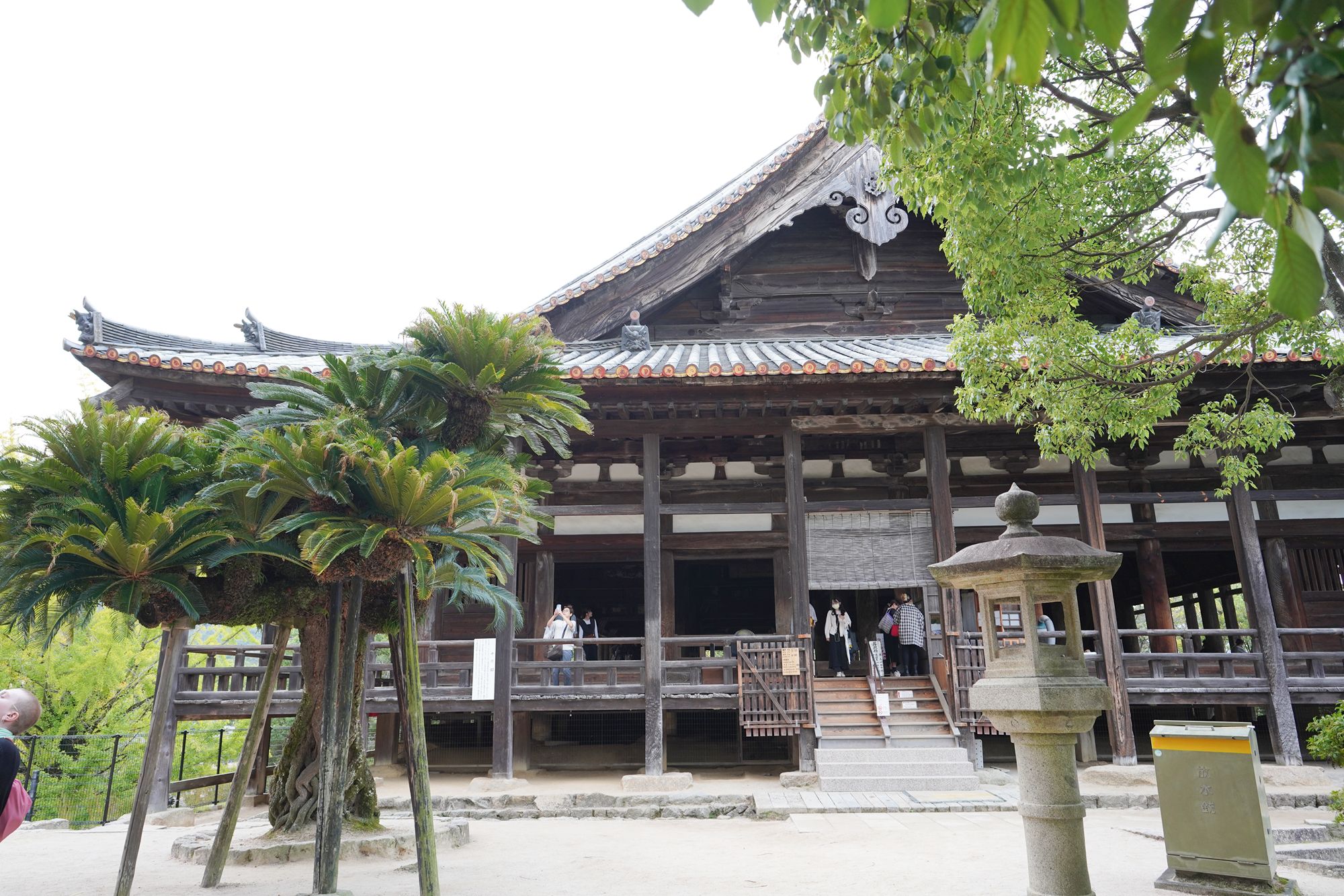
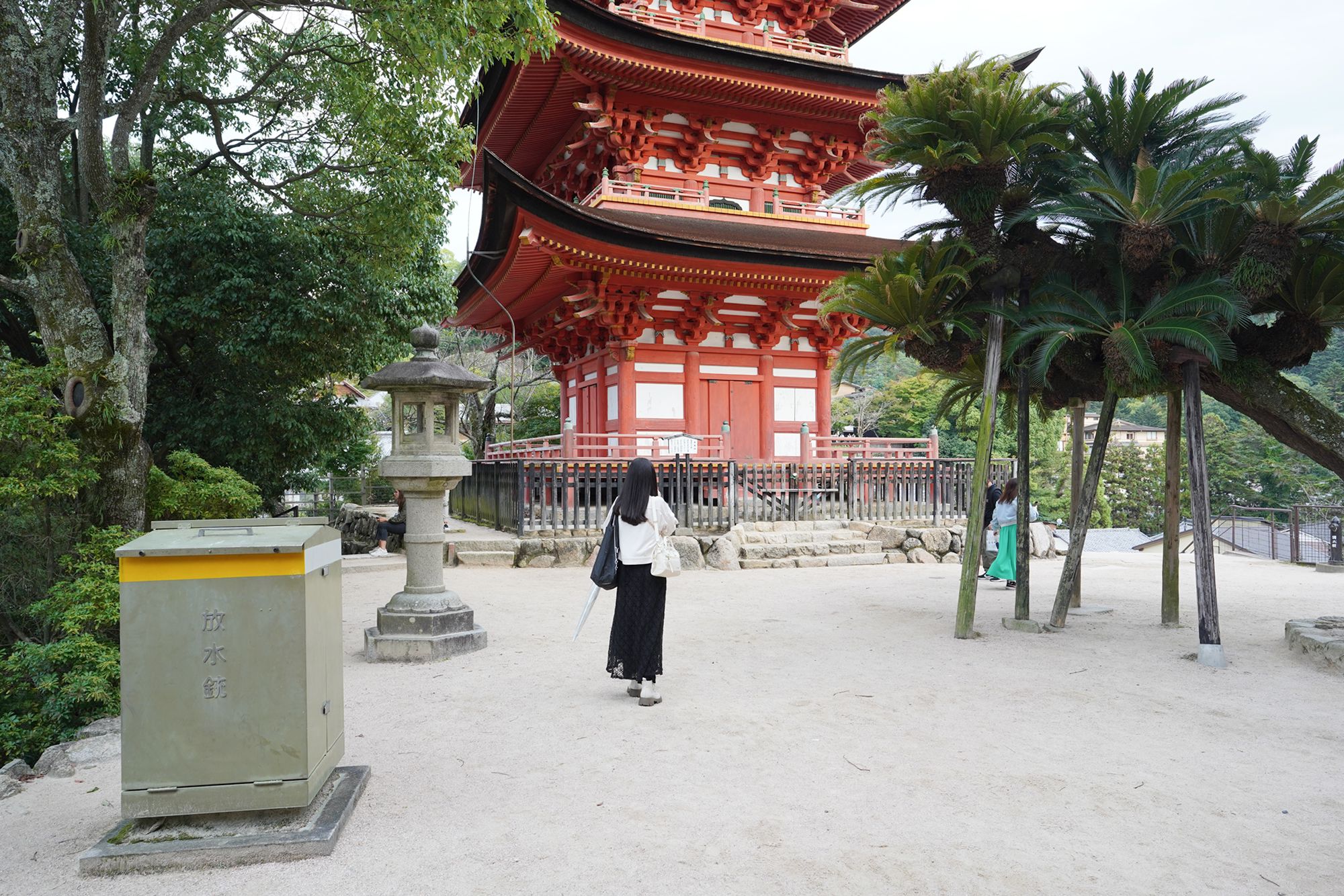
The Gojūnotō, or Five-Storied Pagoda, is a striking structure located near Itsukushima Jinja on Miyajima Island. Built in 1407, it combines traditional Japanese architectural elements with Chinese influences, evident in its curved roofs and intricate details. Standing 27.6 meters tall, the pagoda is a symbol of harmony and spirituality, dedicated to the Buddha of Medicine.
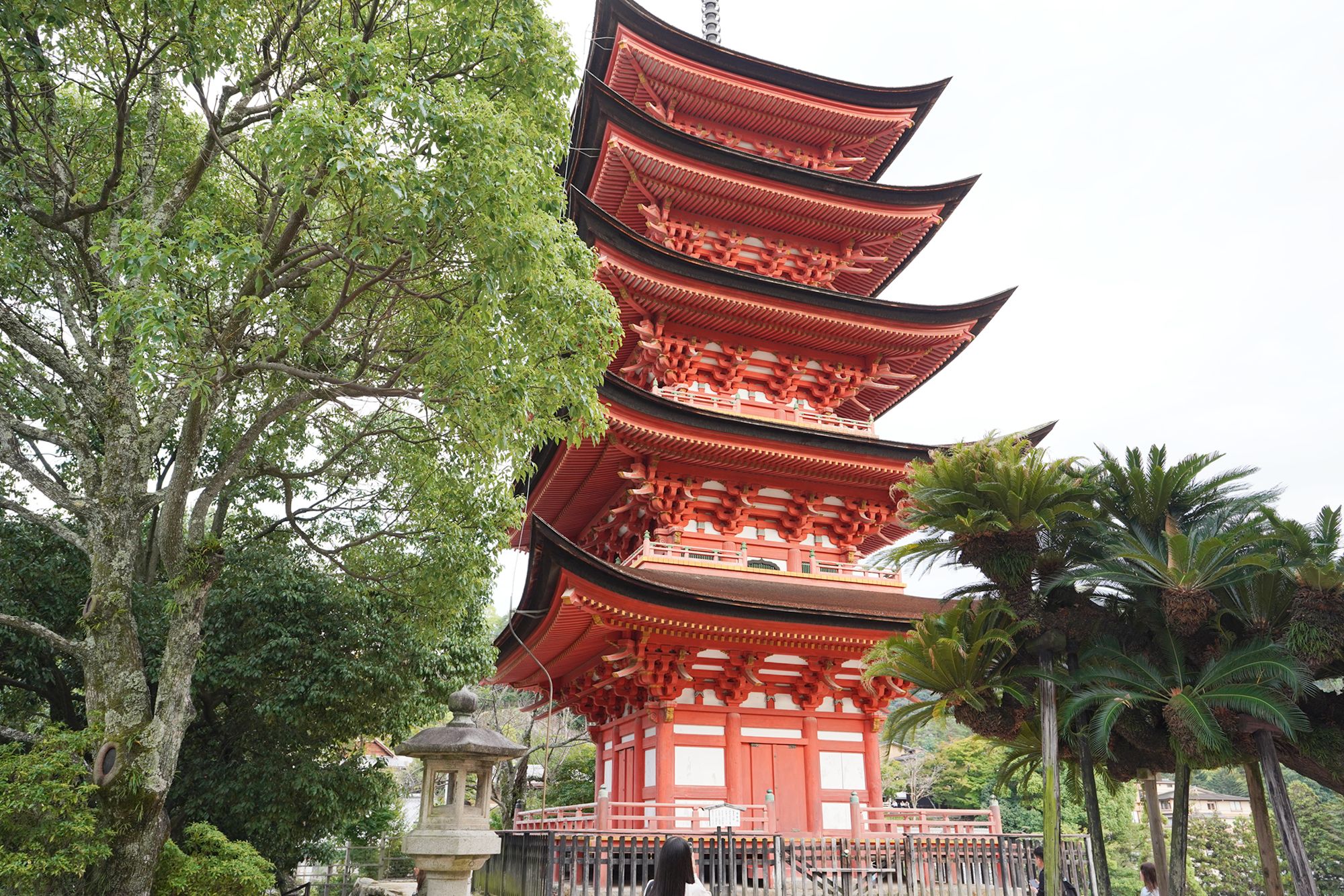
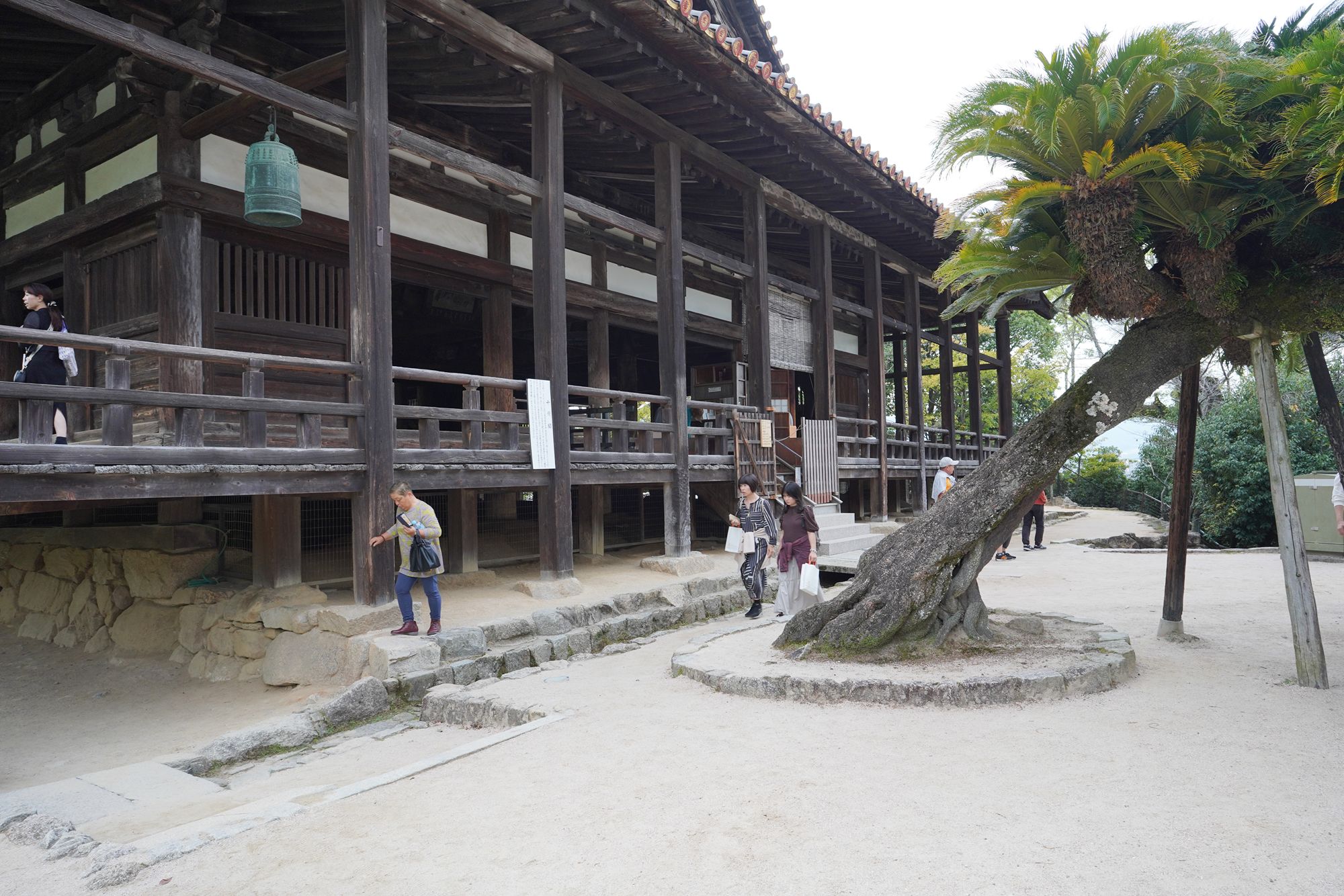
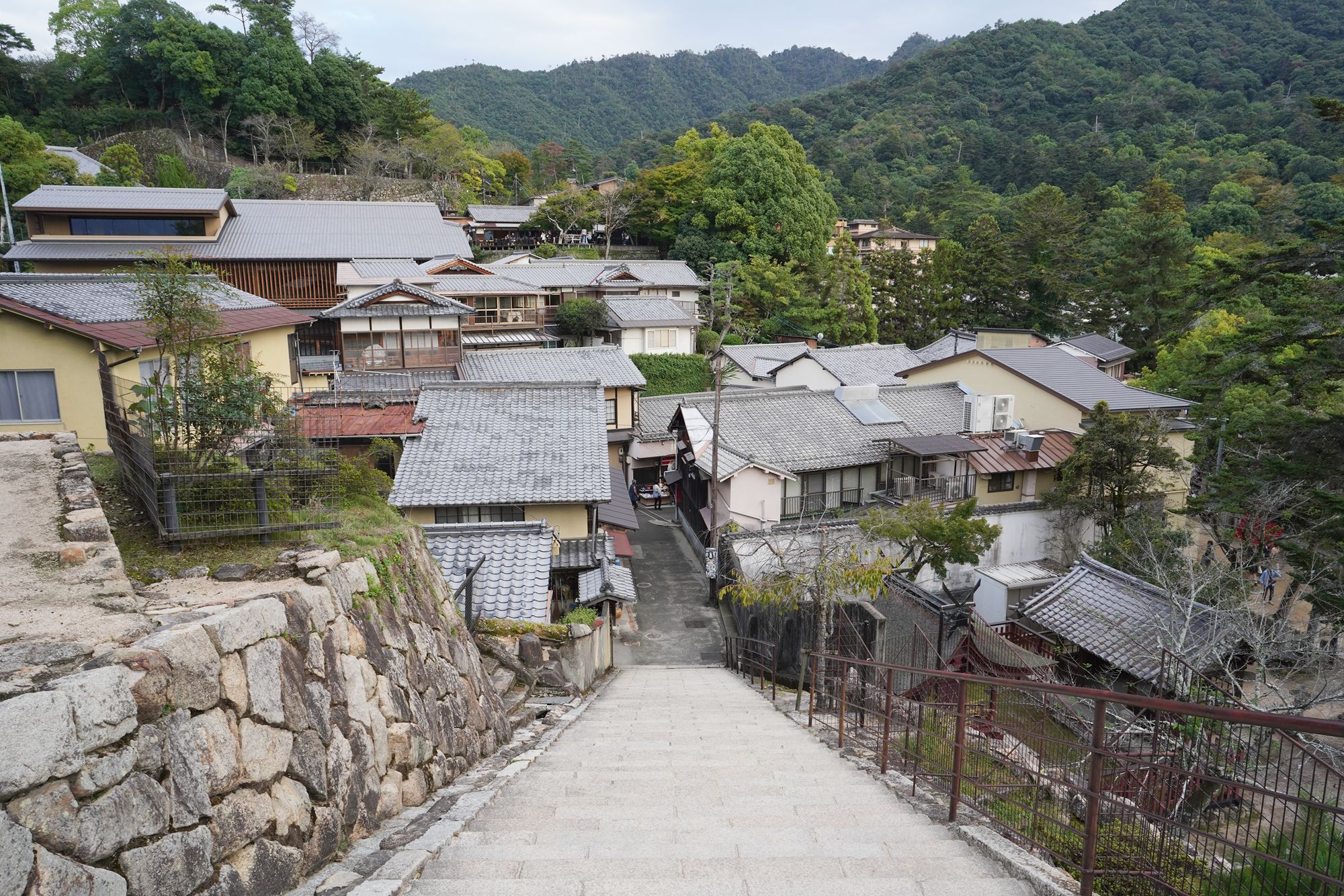
Came back to Miyajima Omotesandō Shopping Street
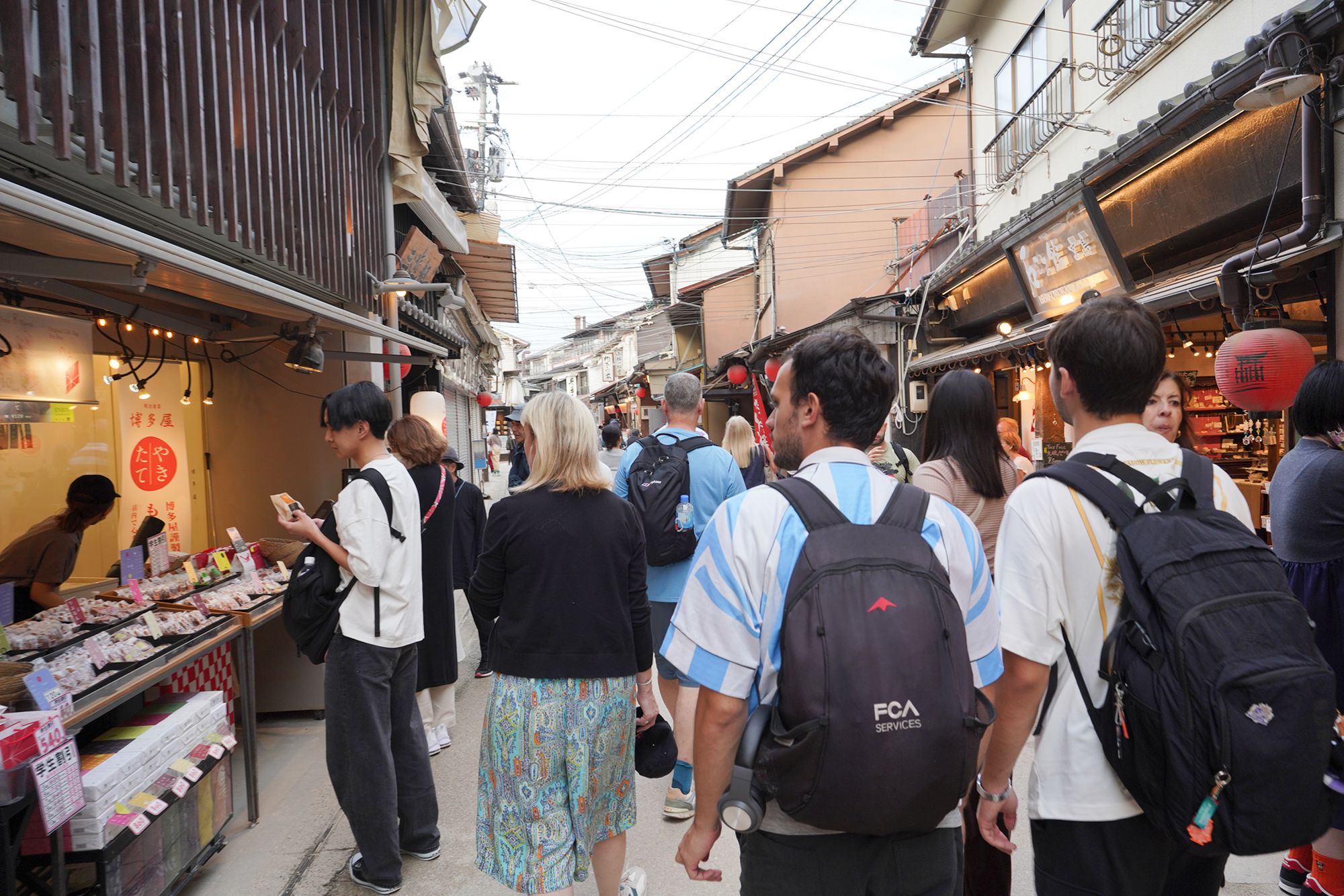
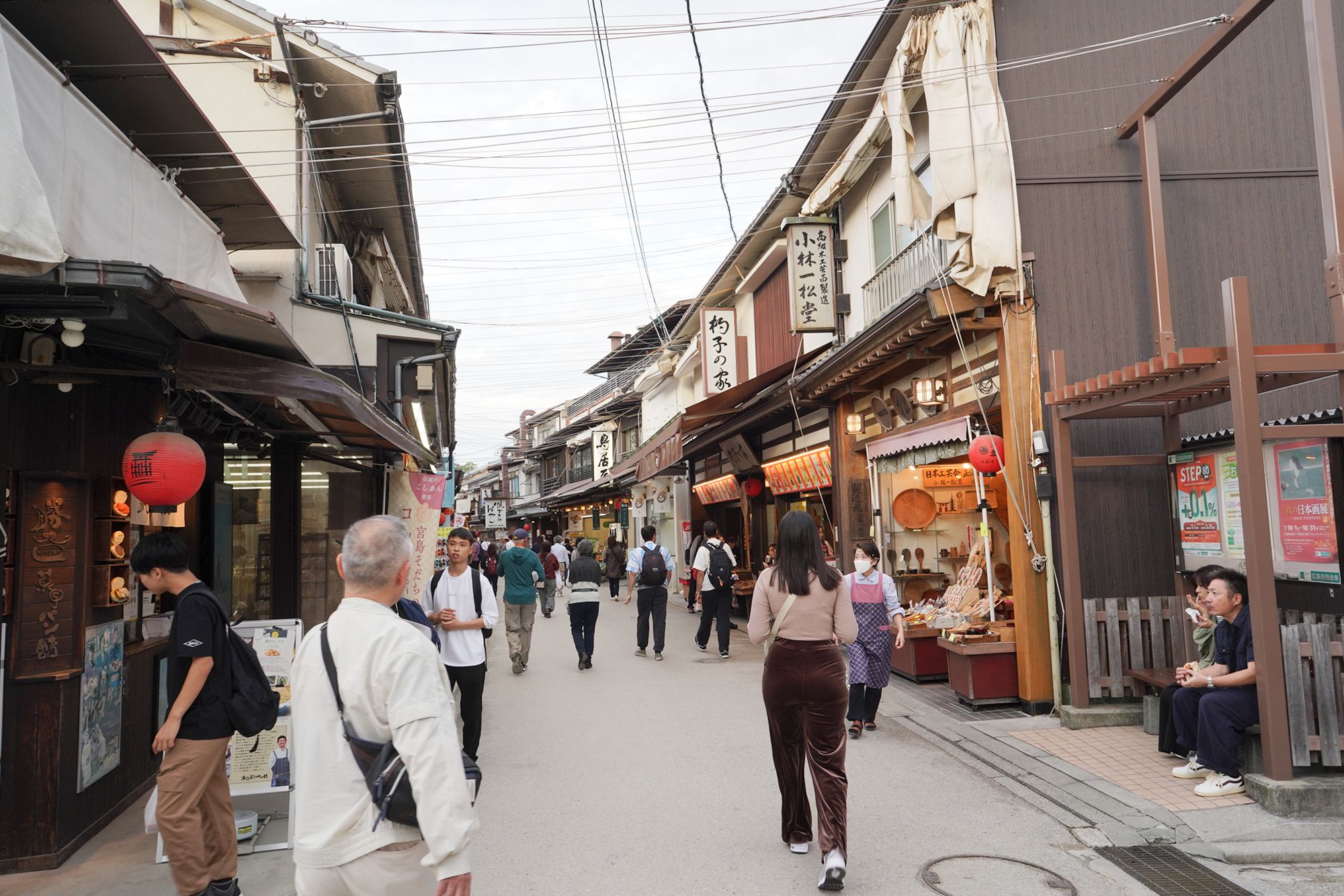
Back side
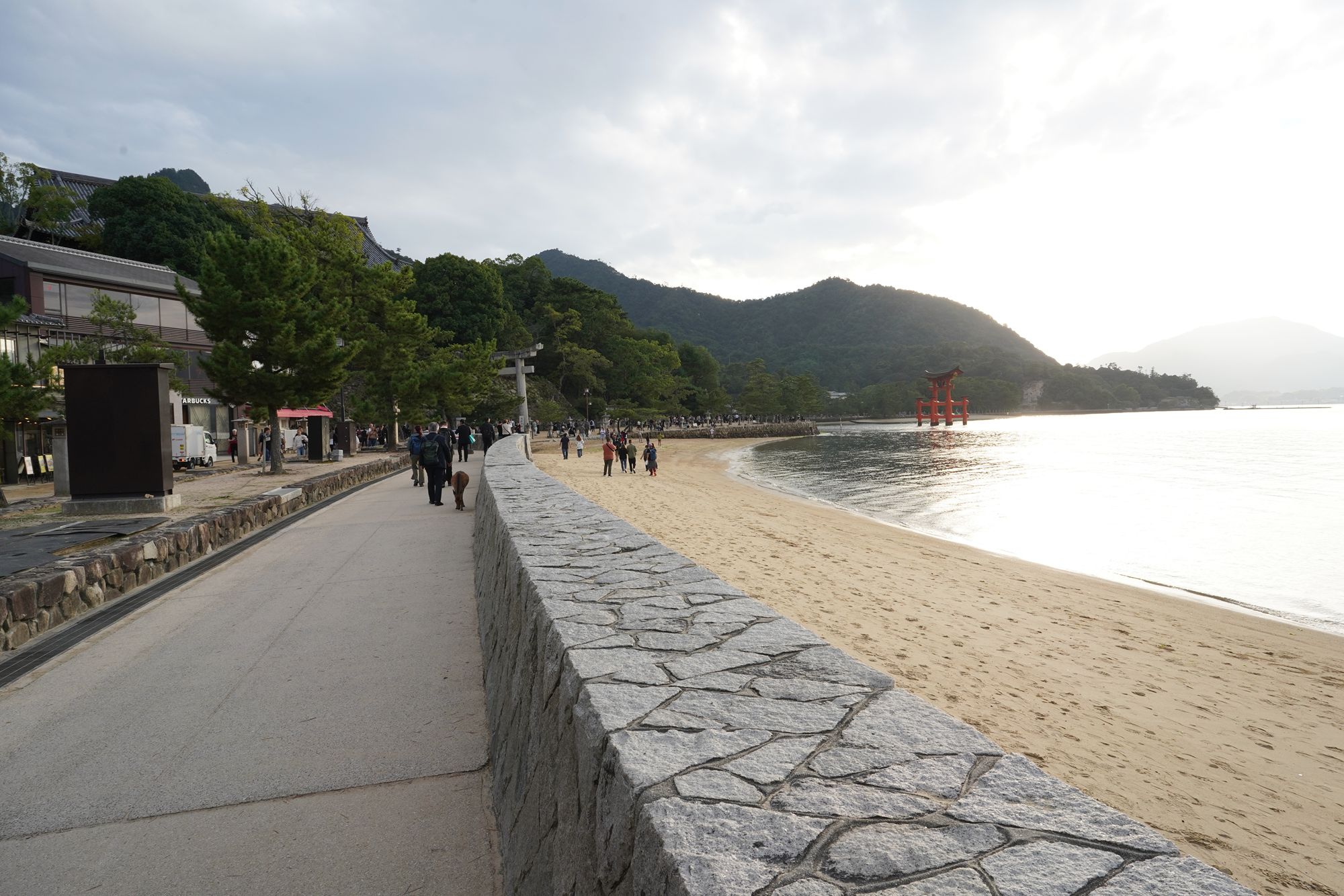
While walking toward the ferry dock station
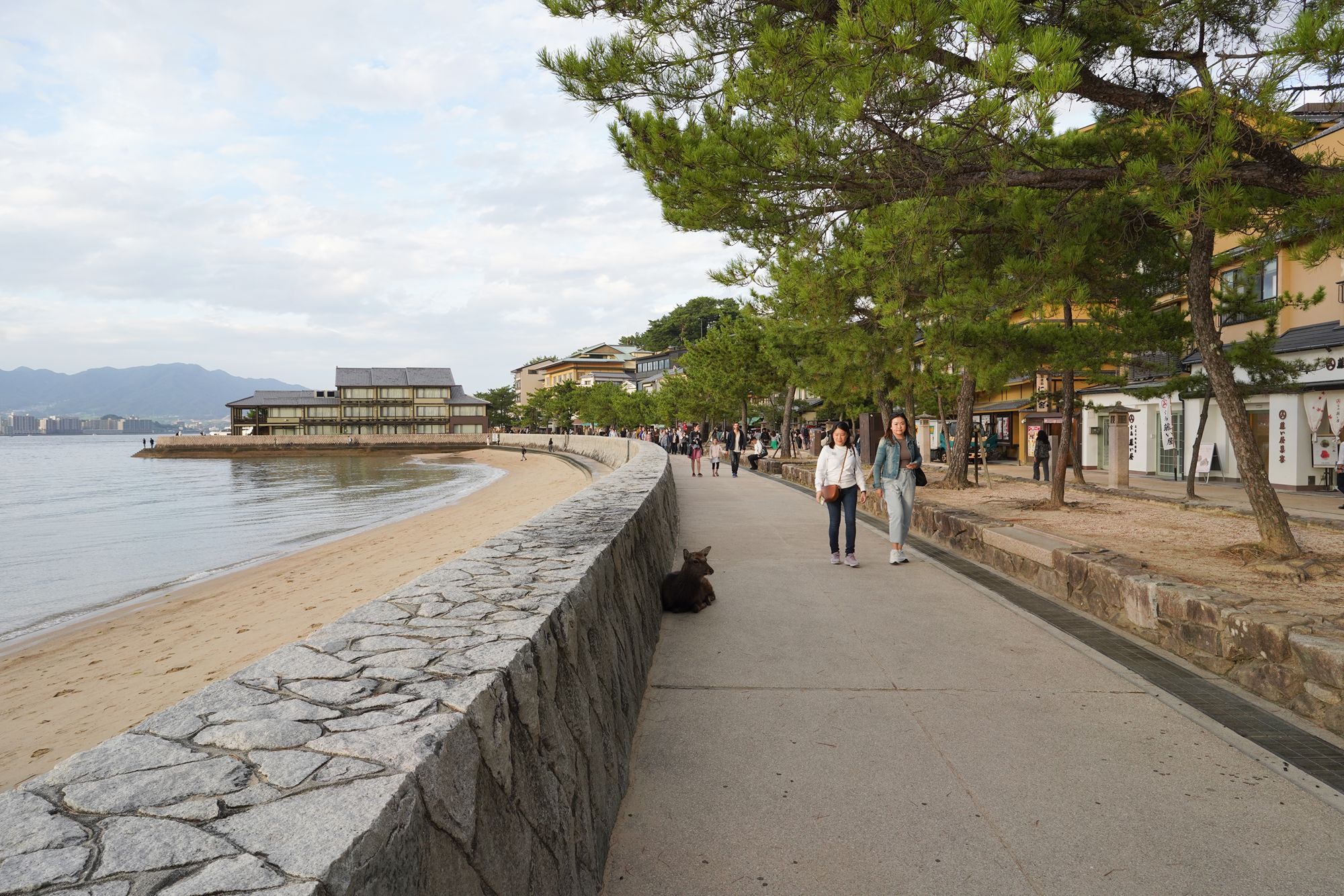
Back side
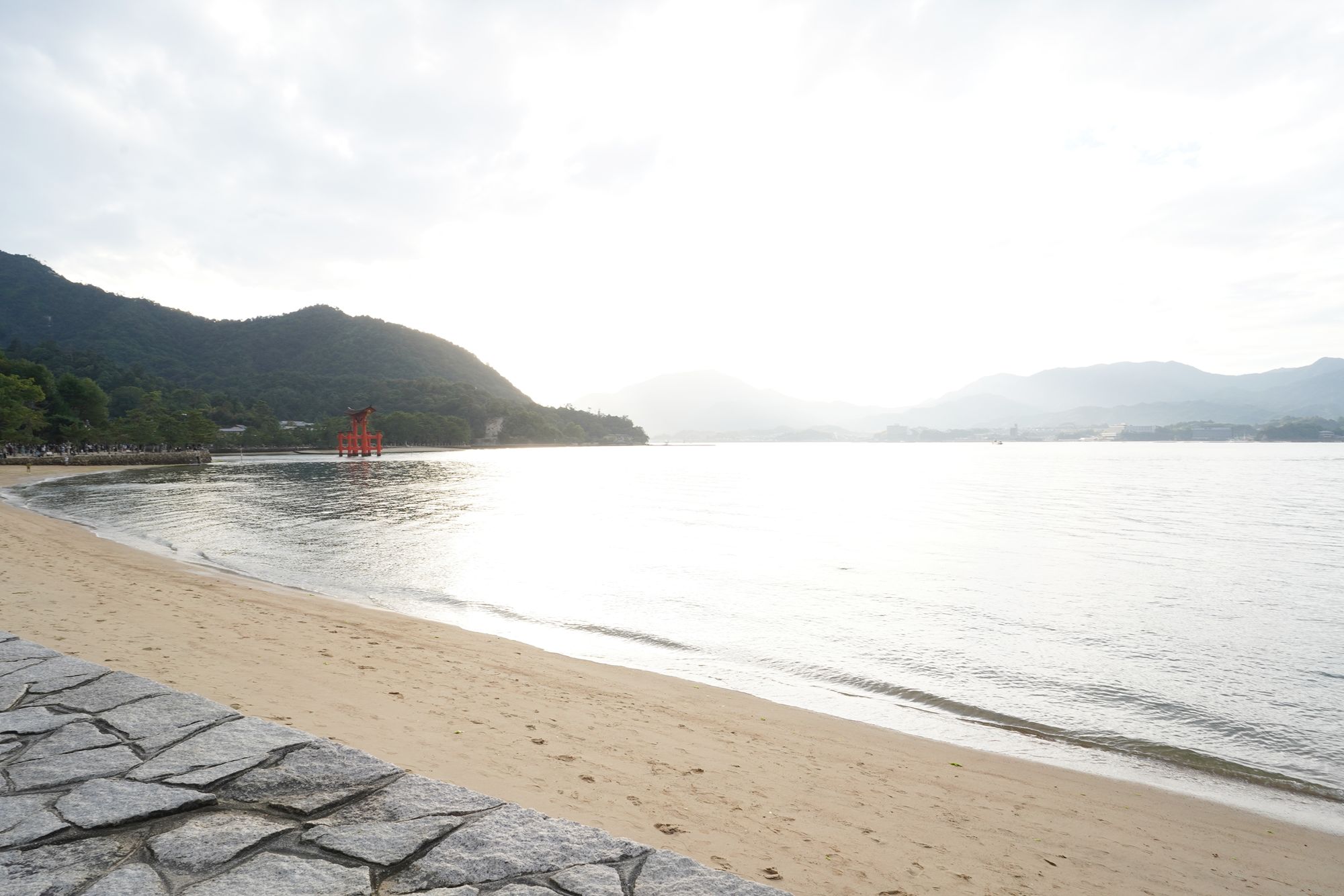
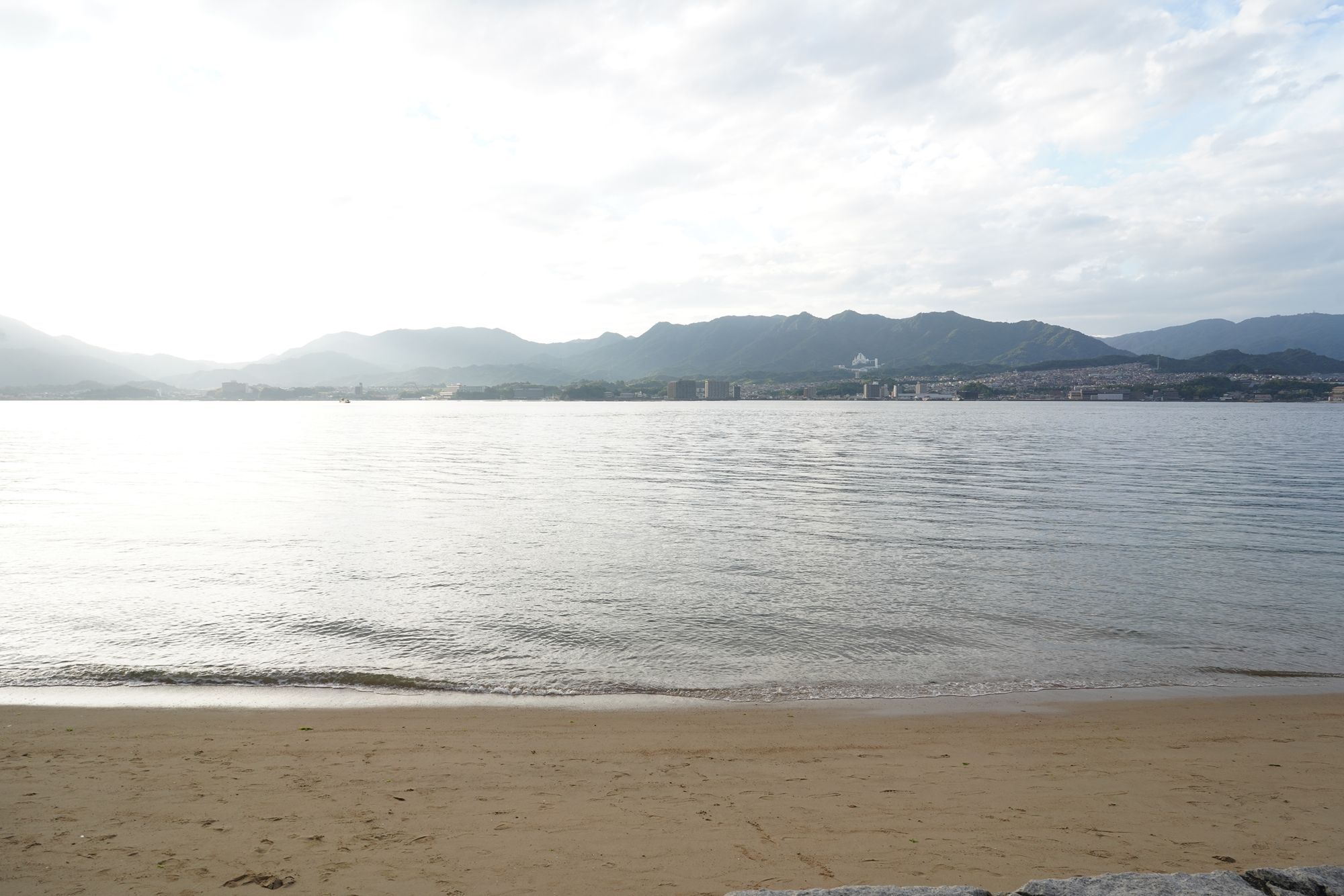
Leaving the island
